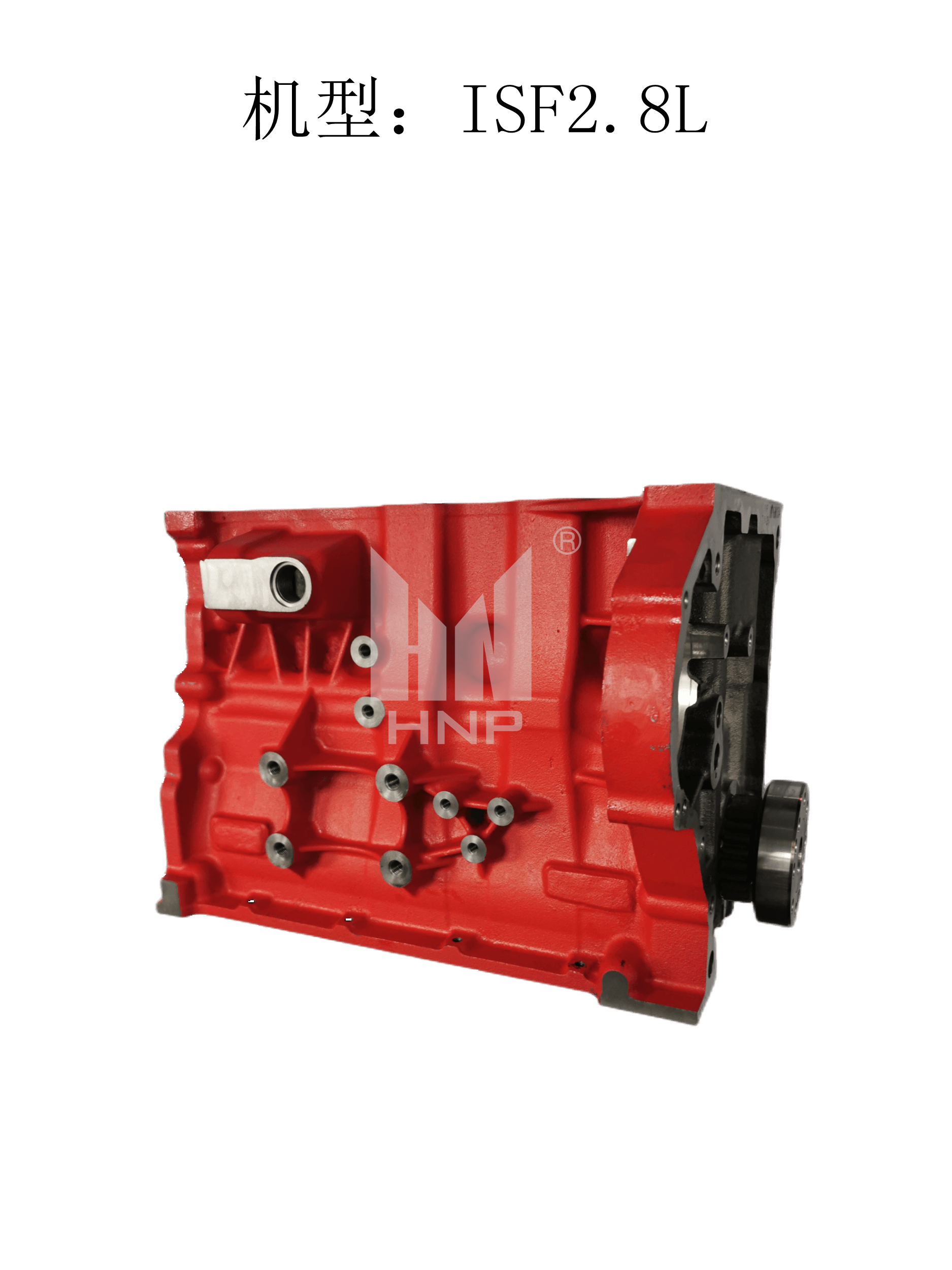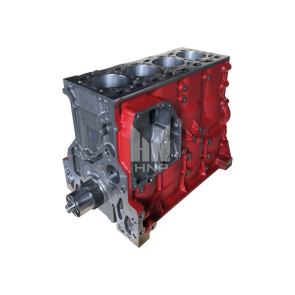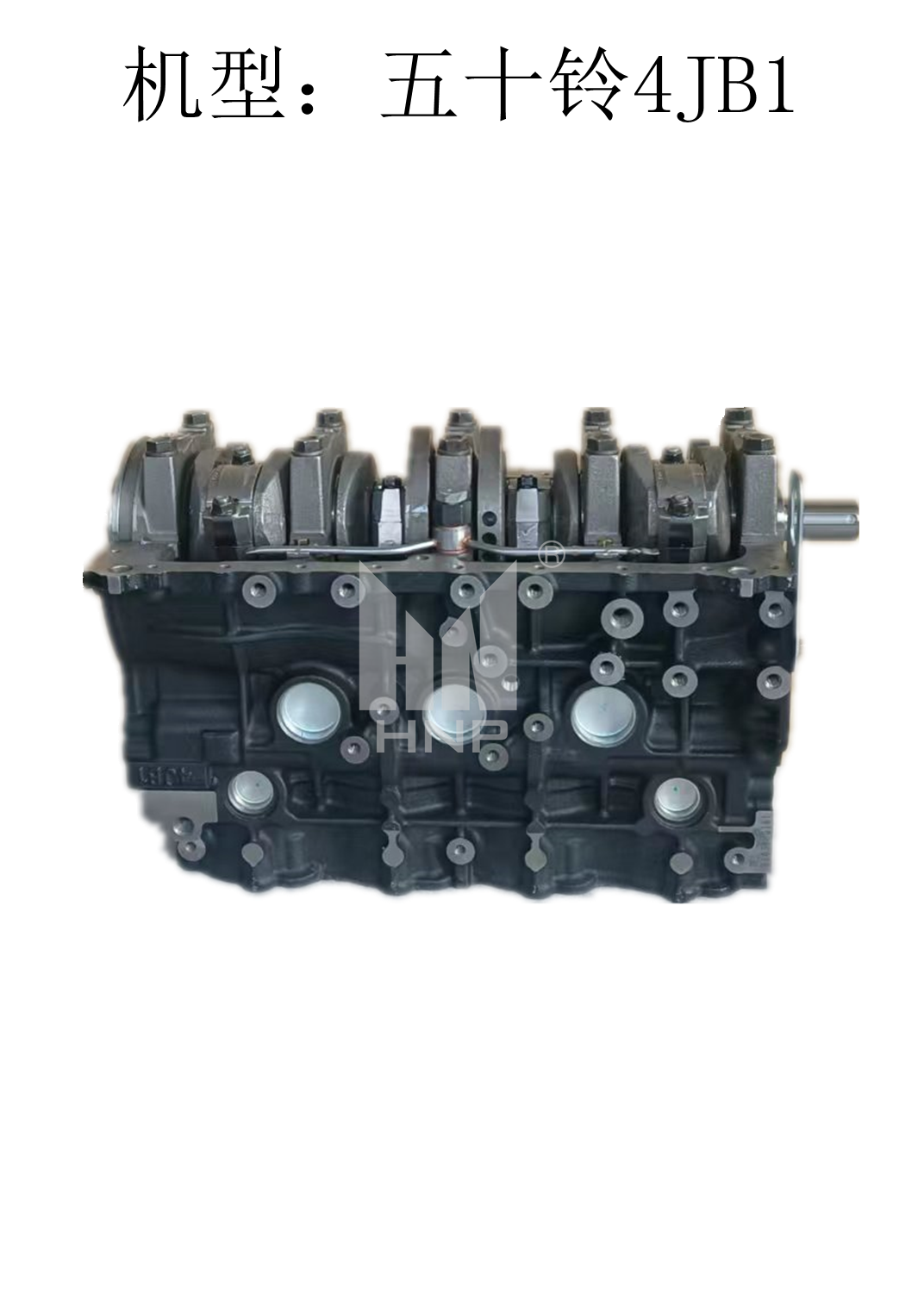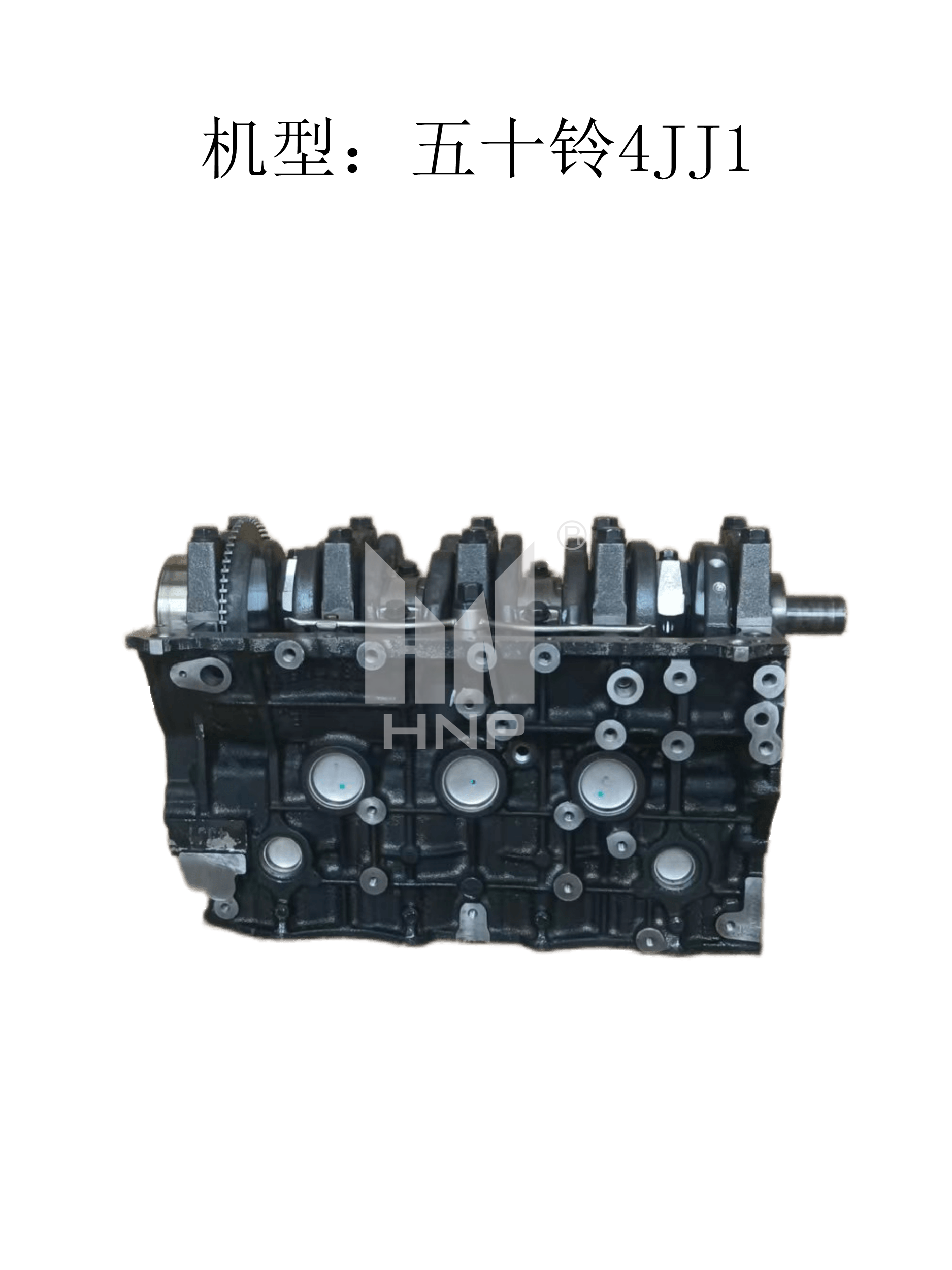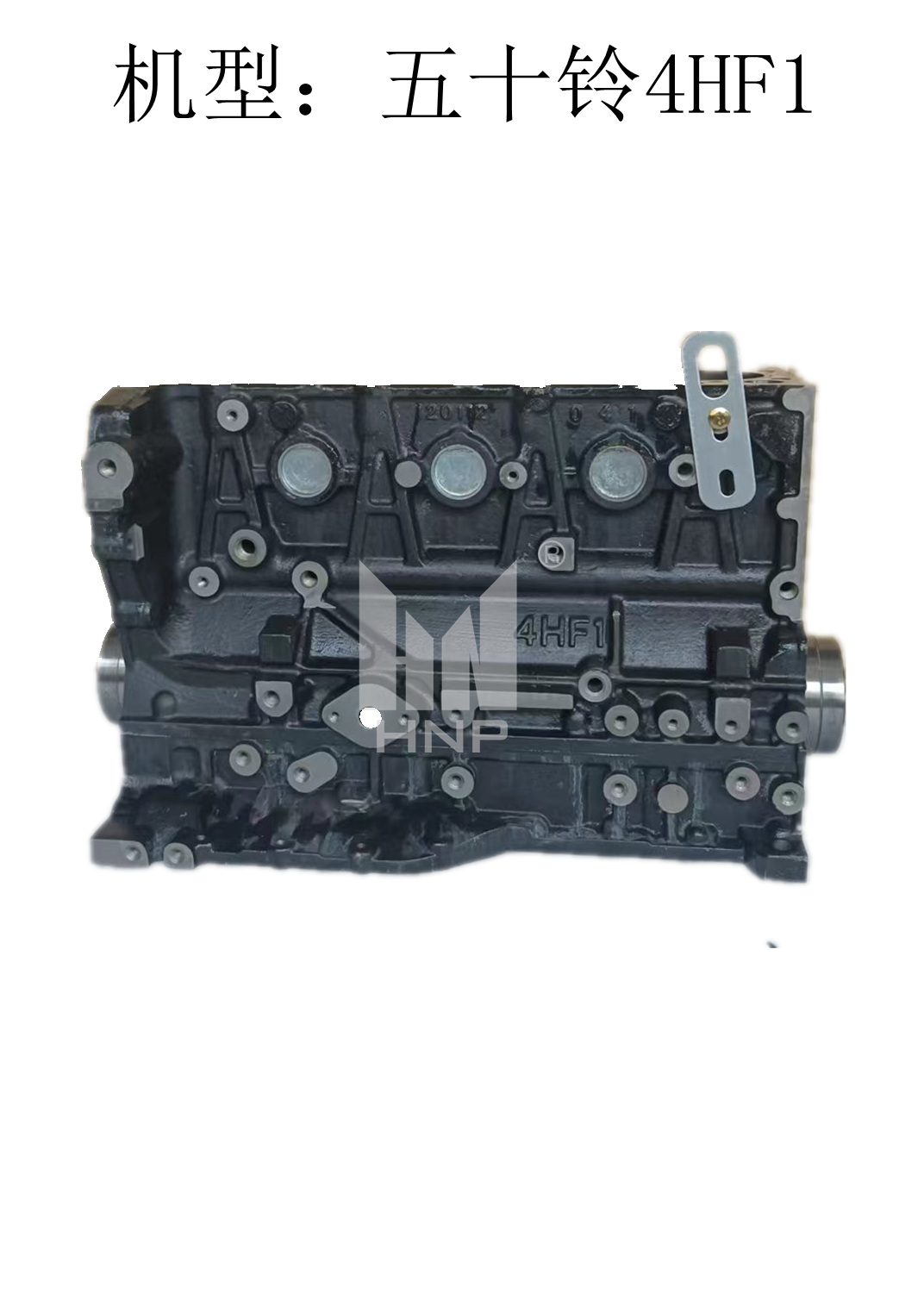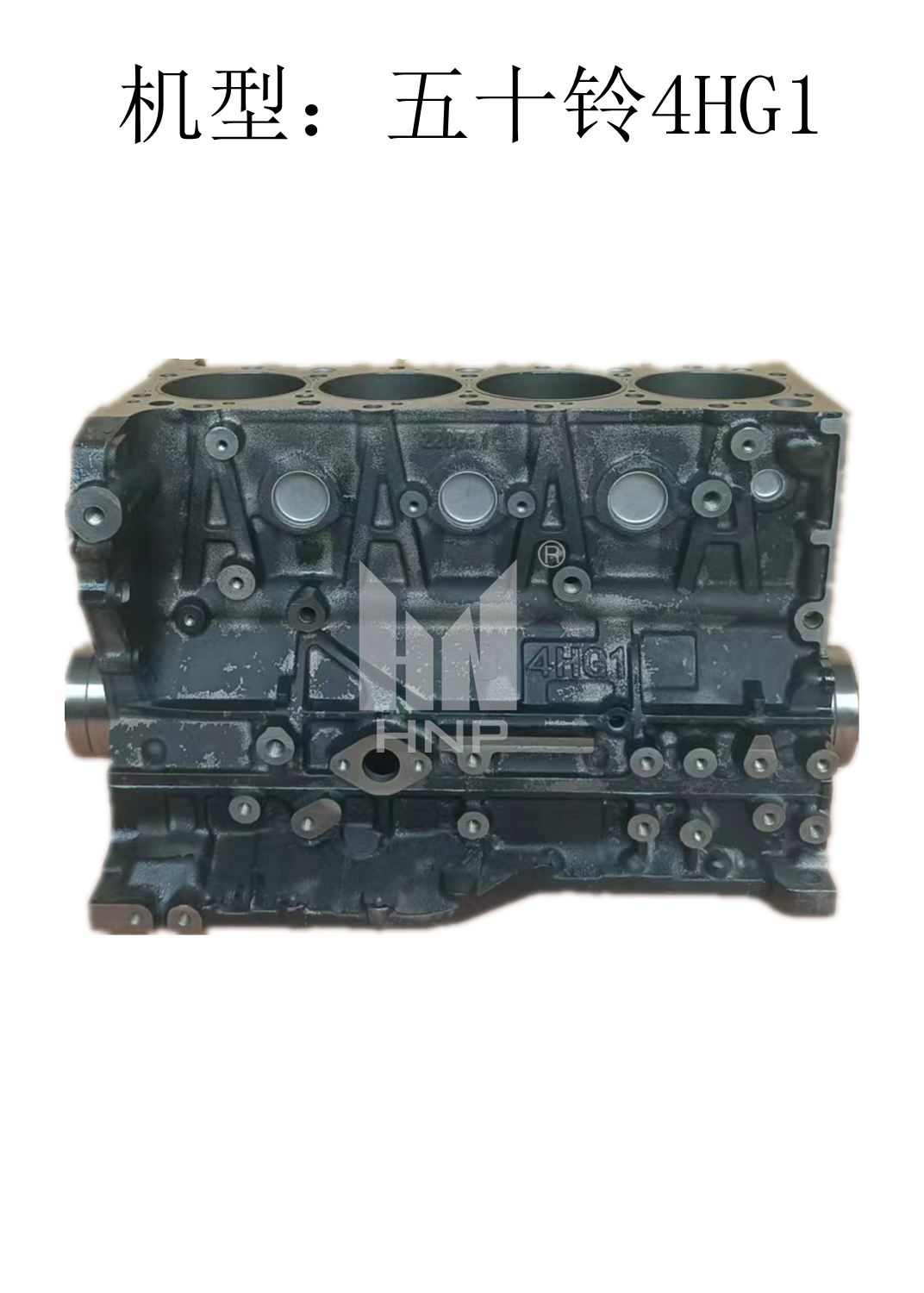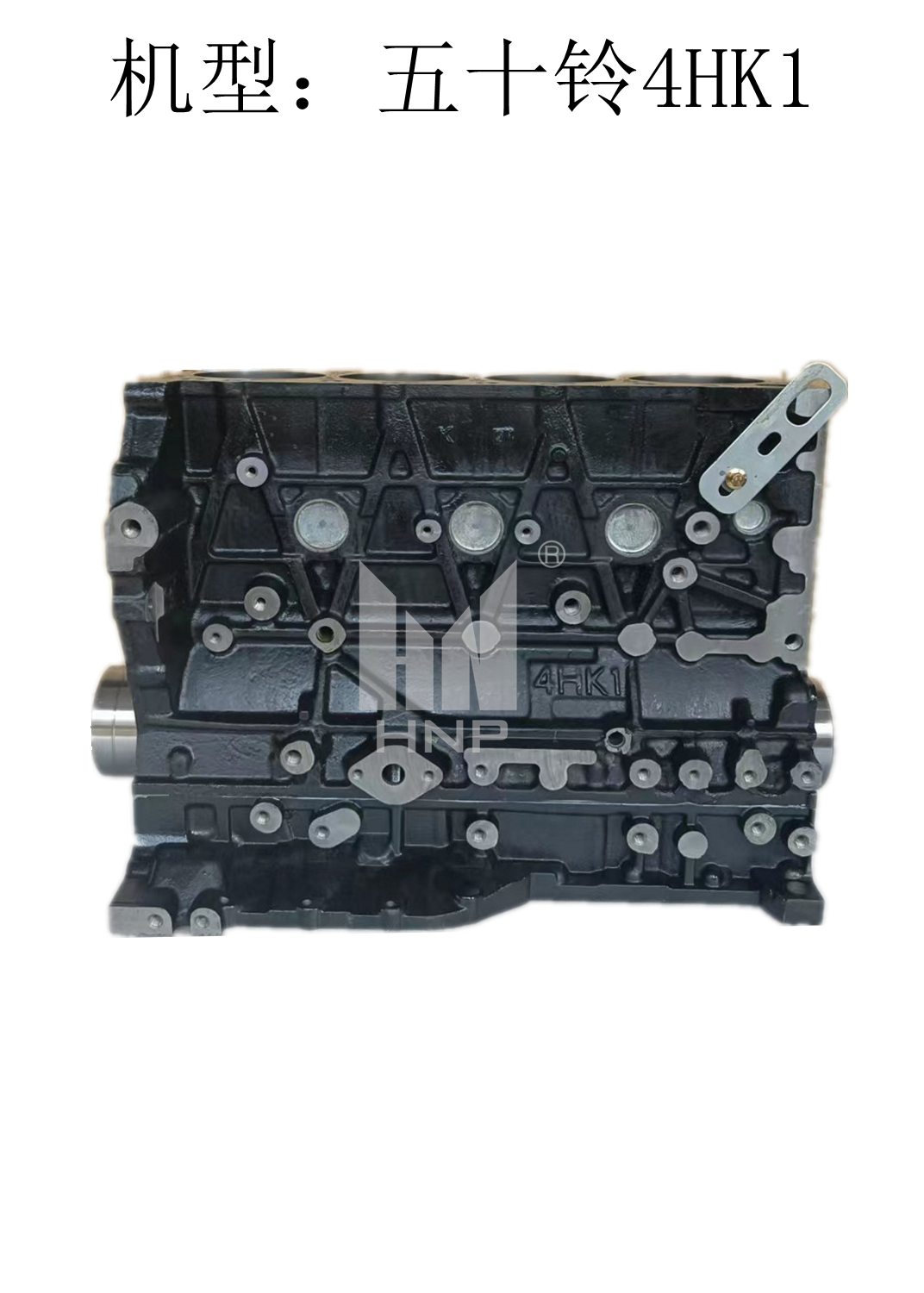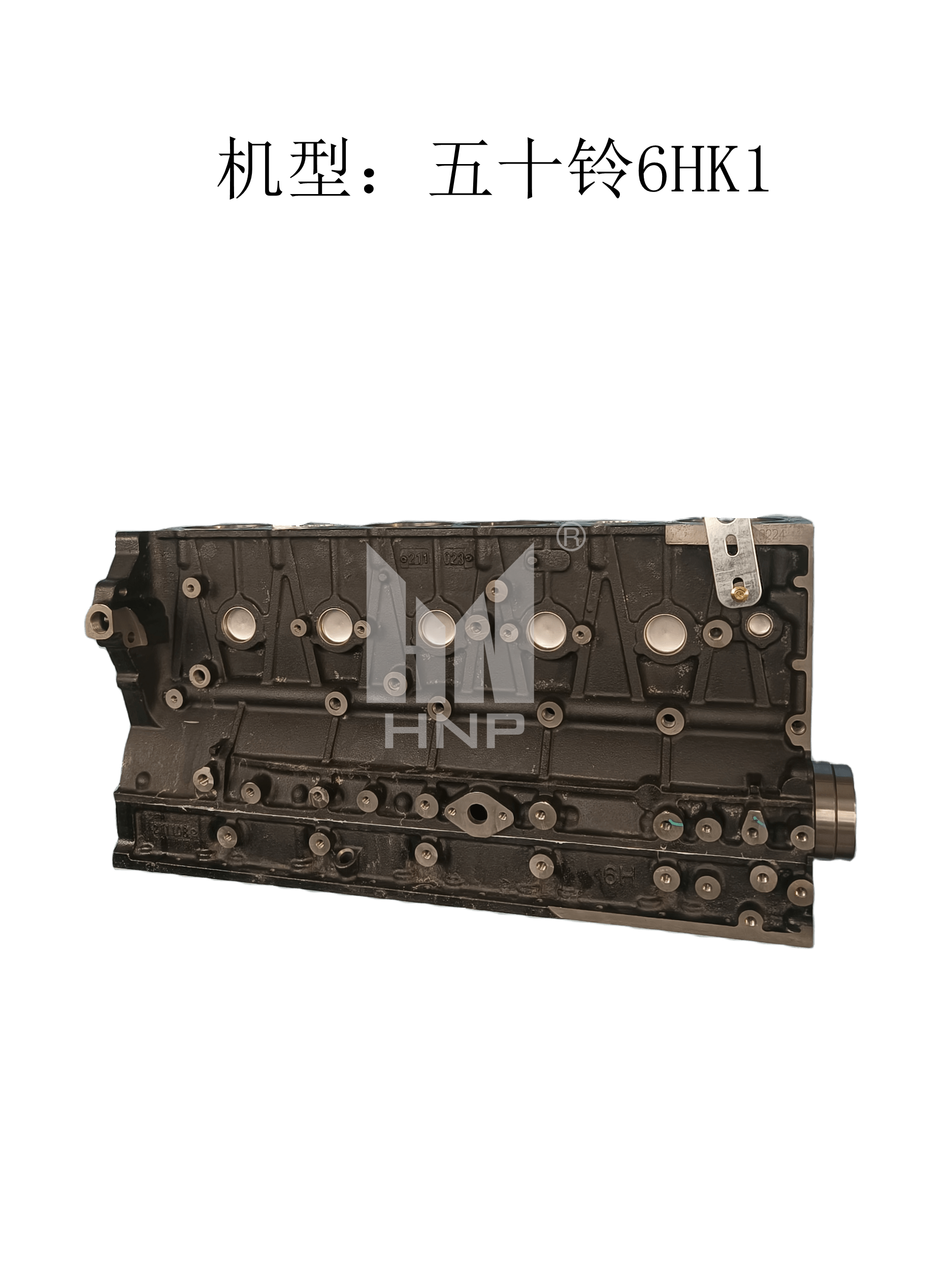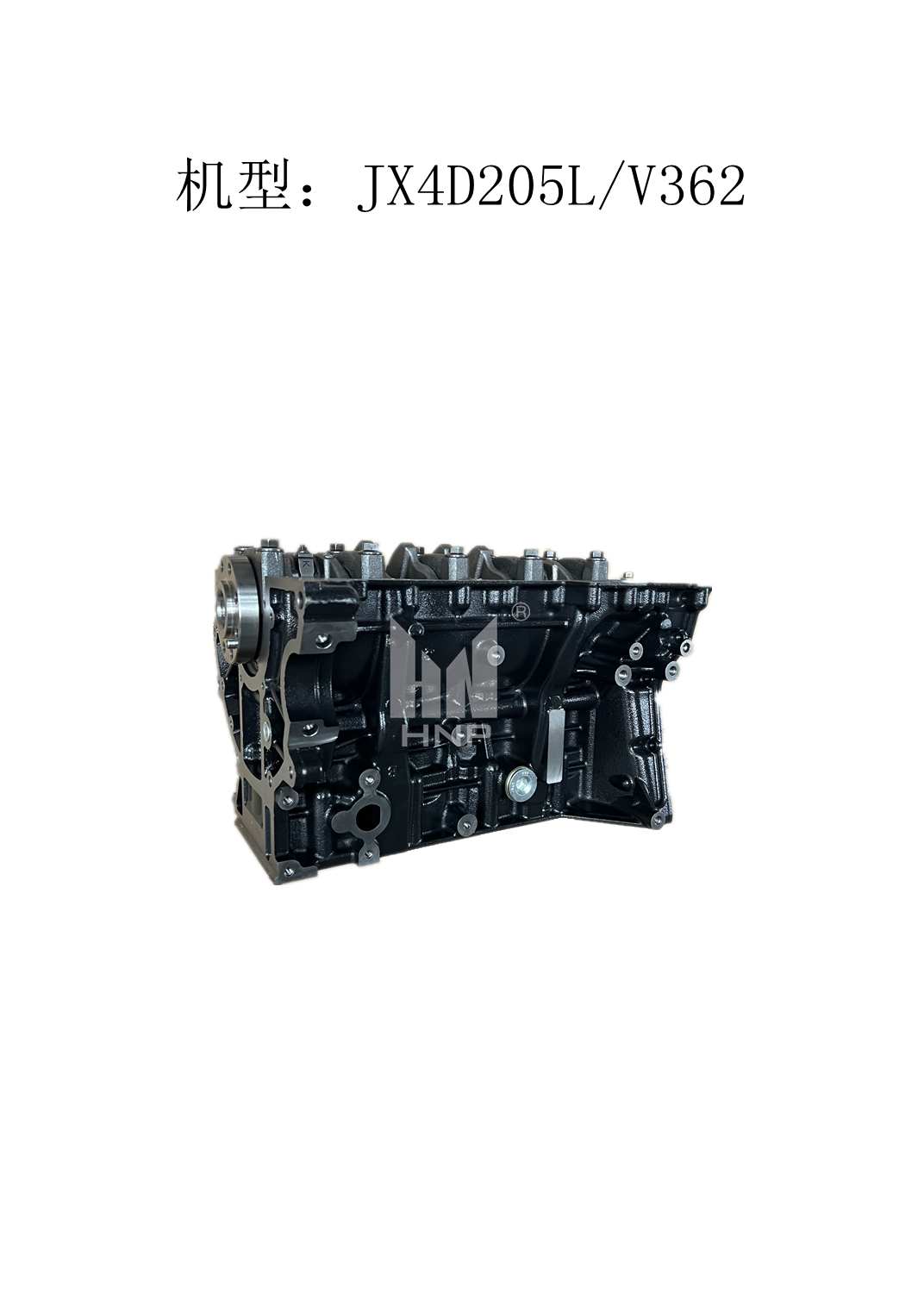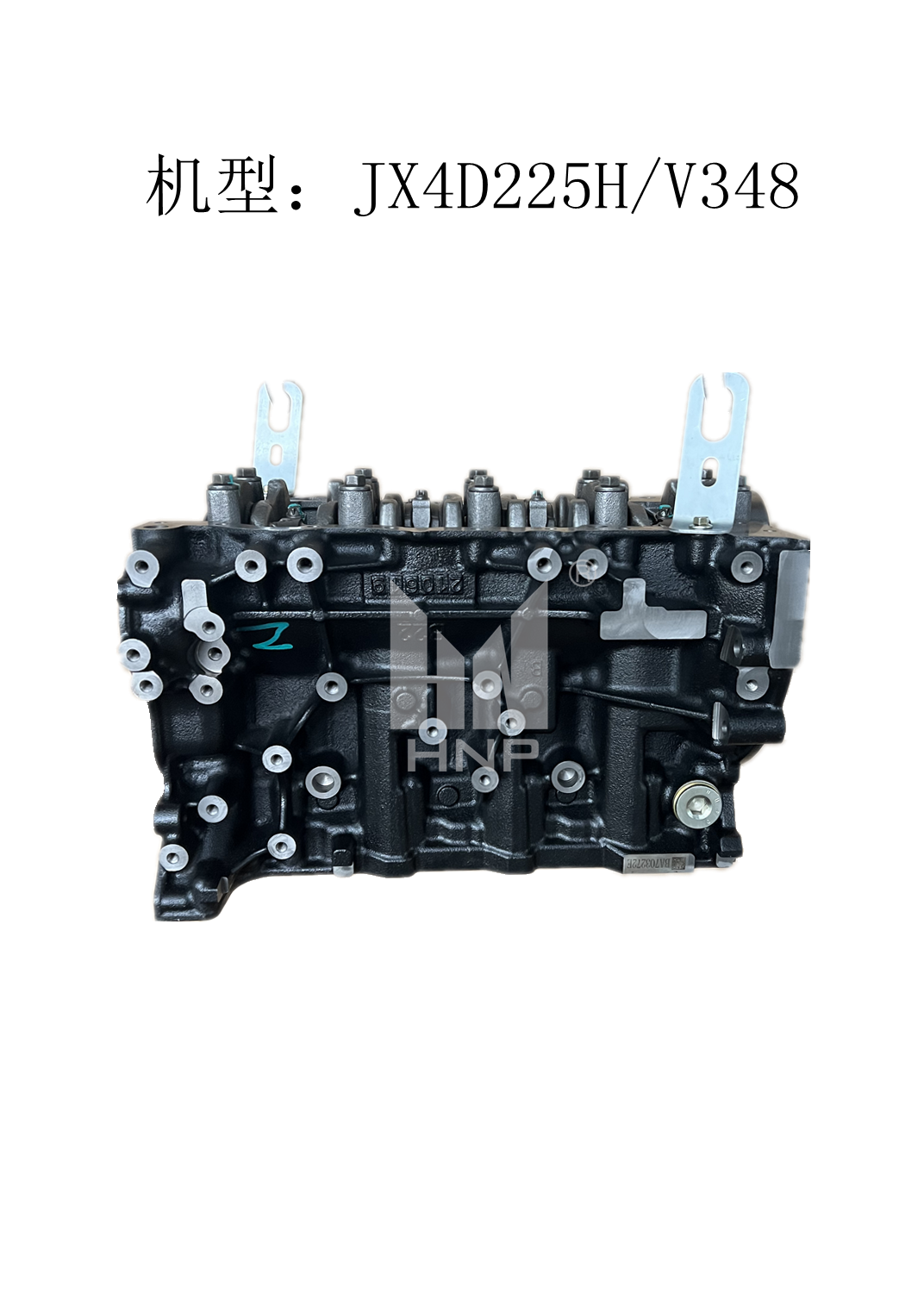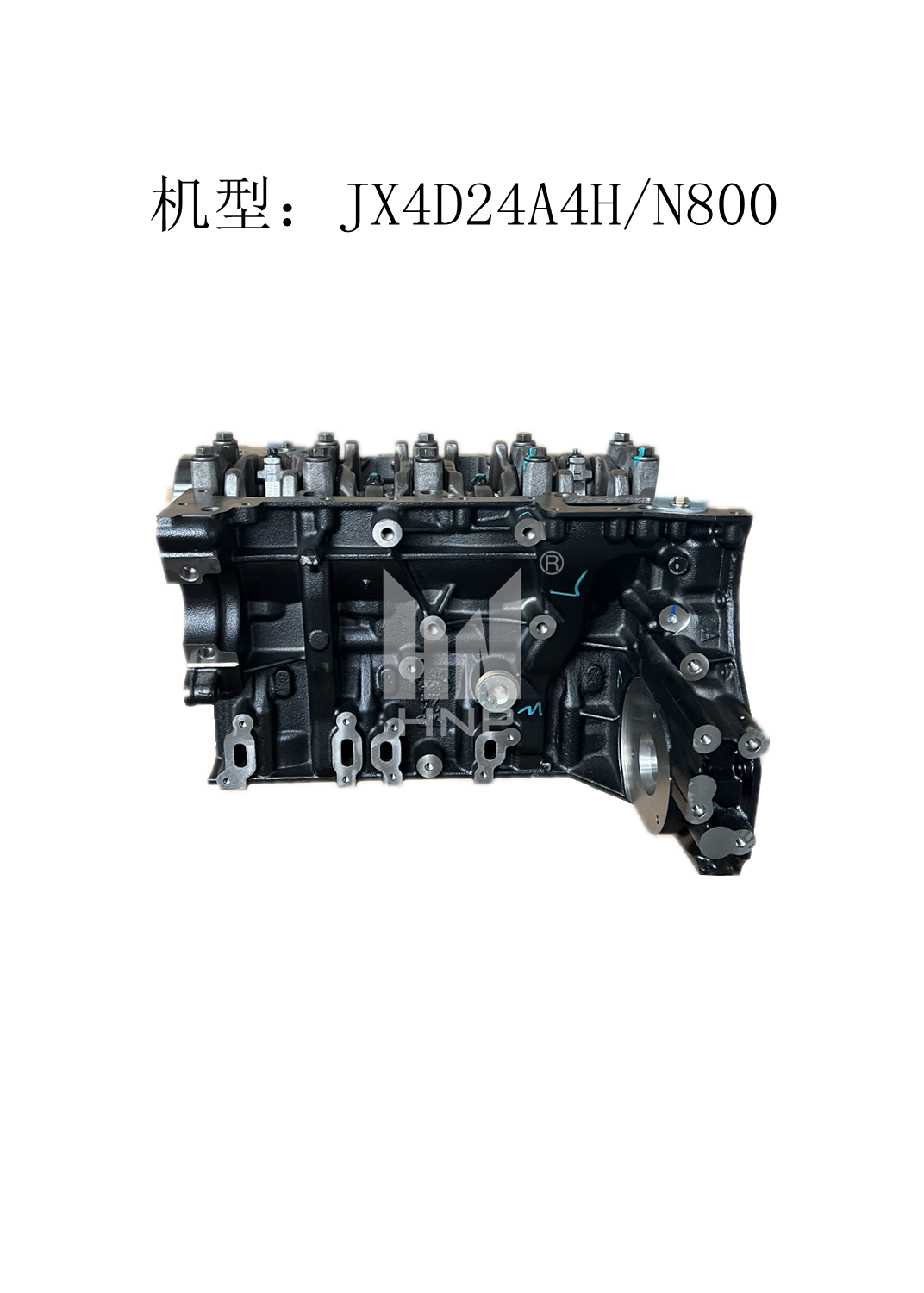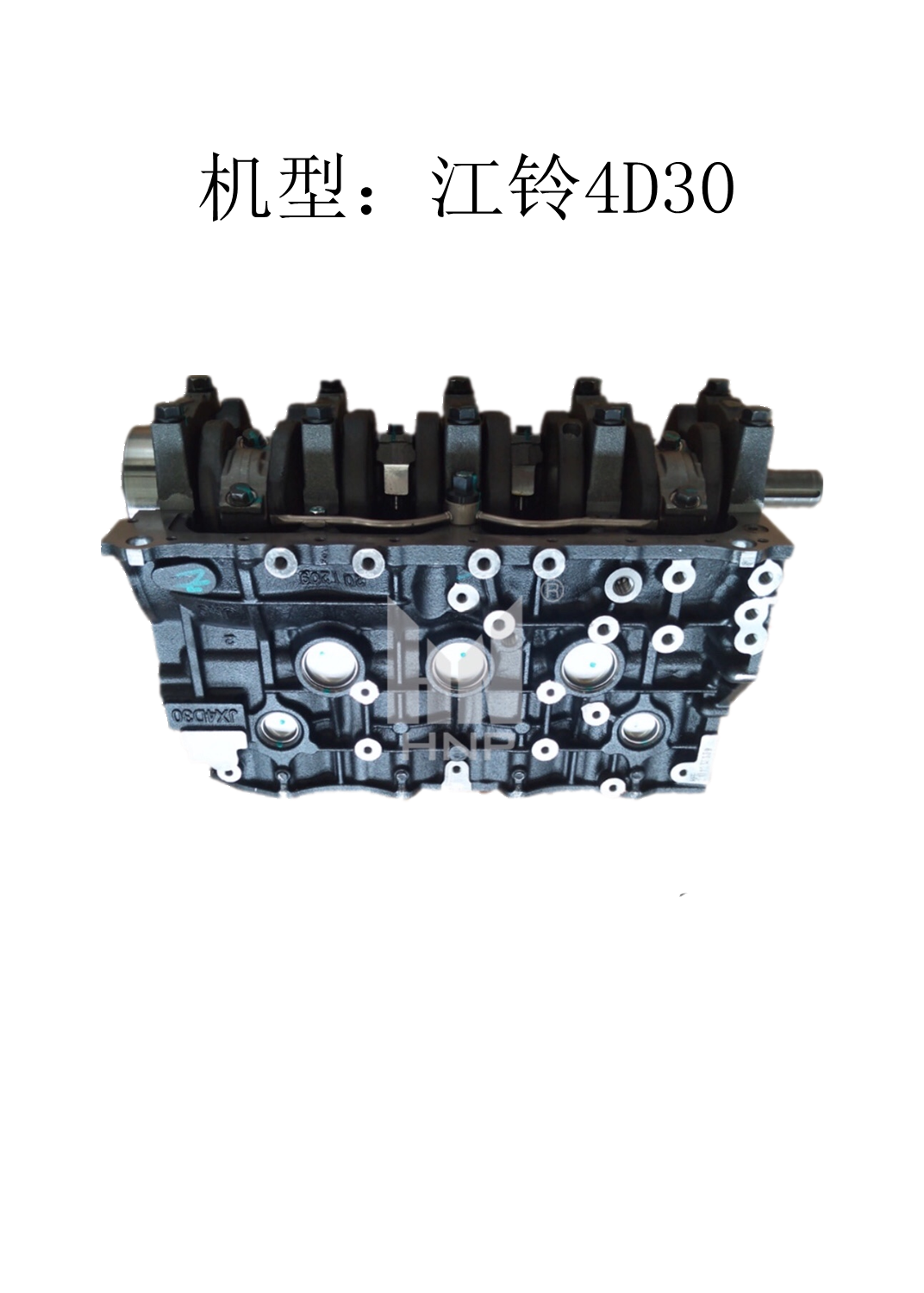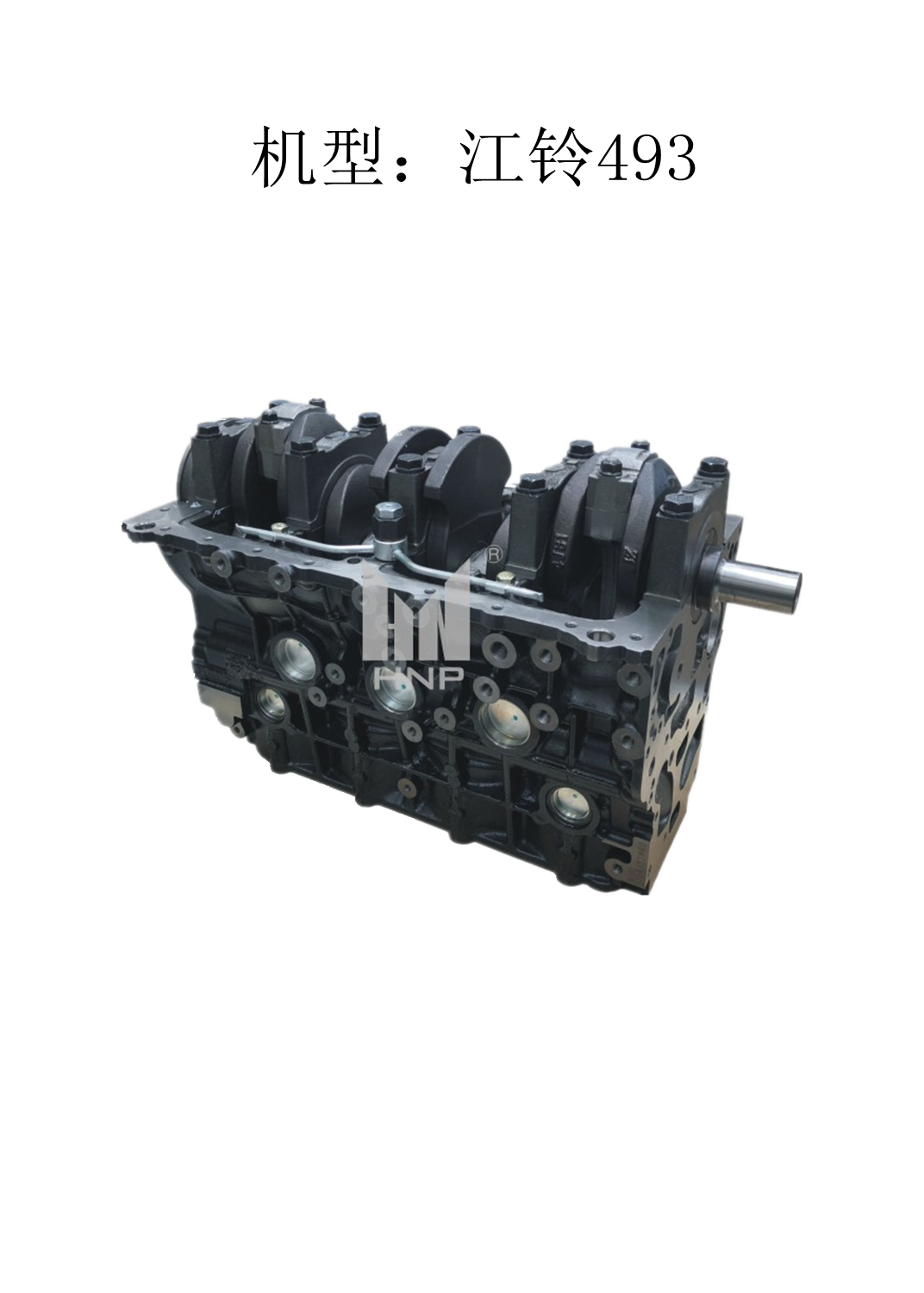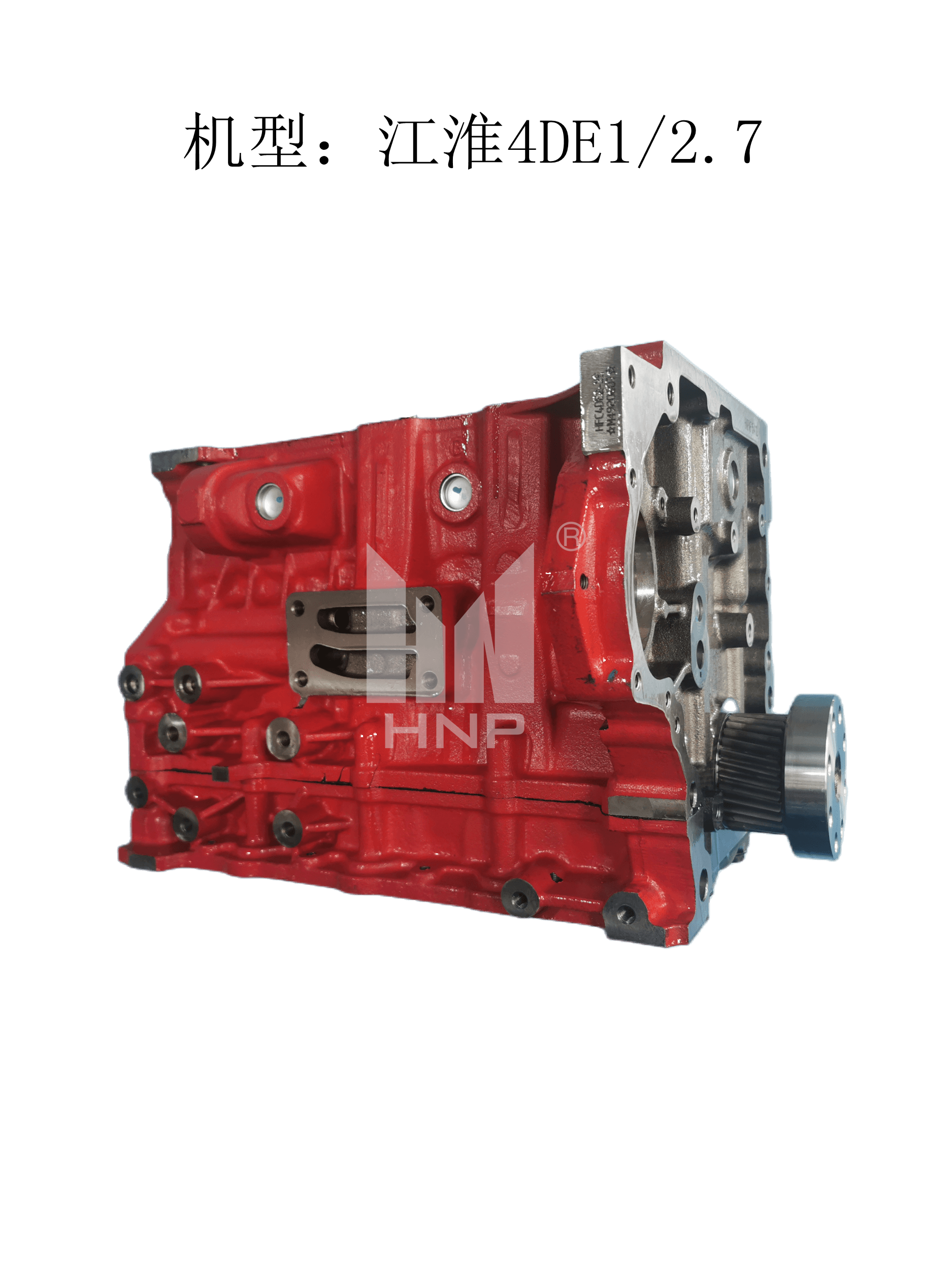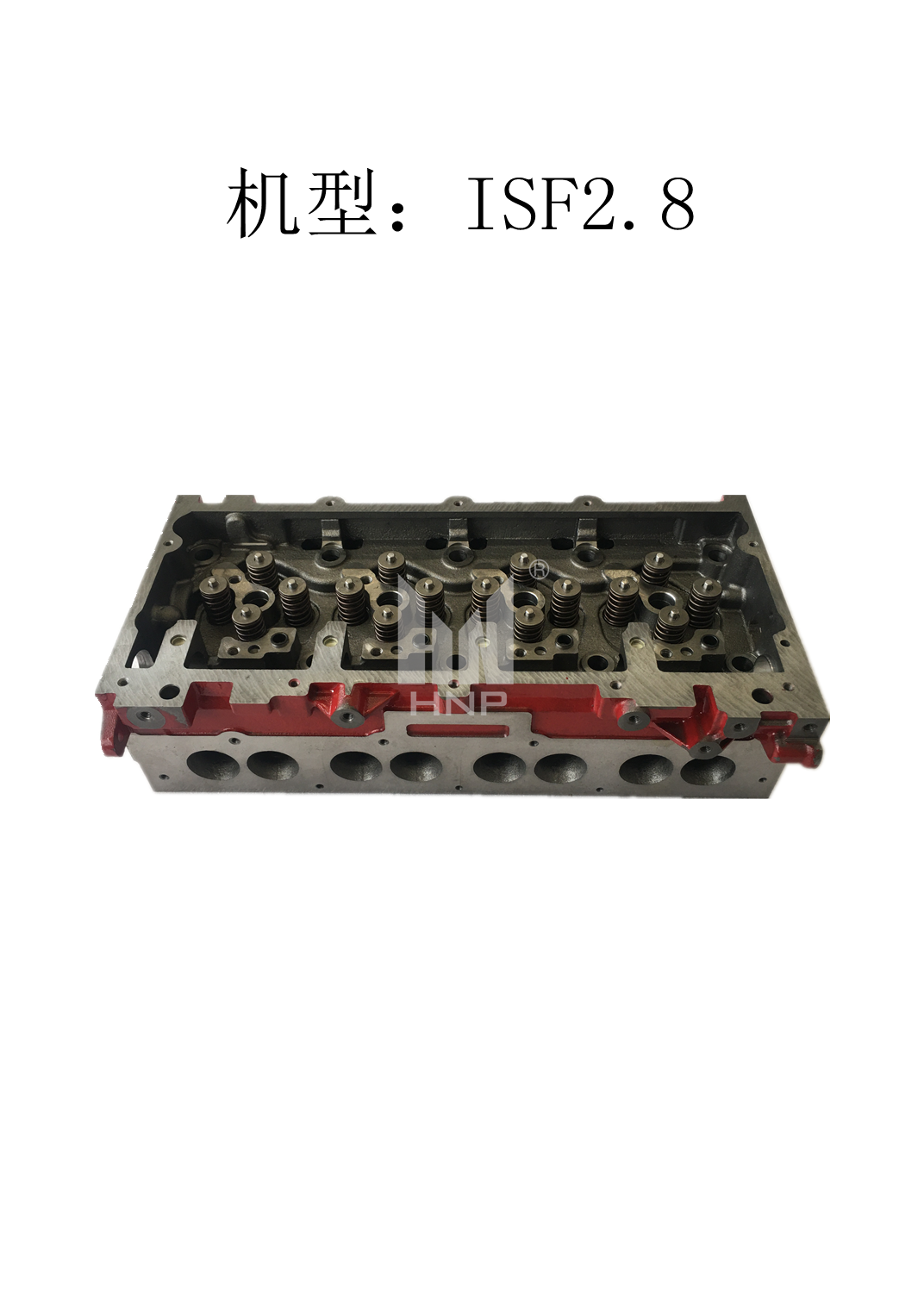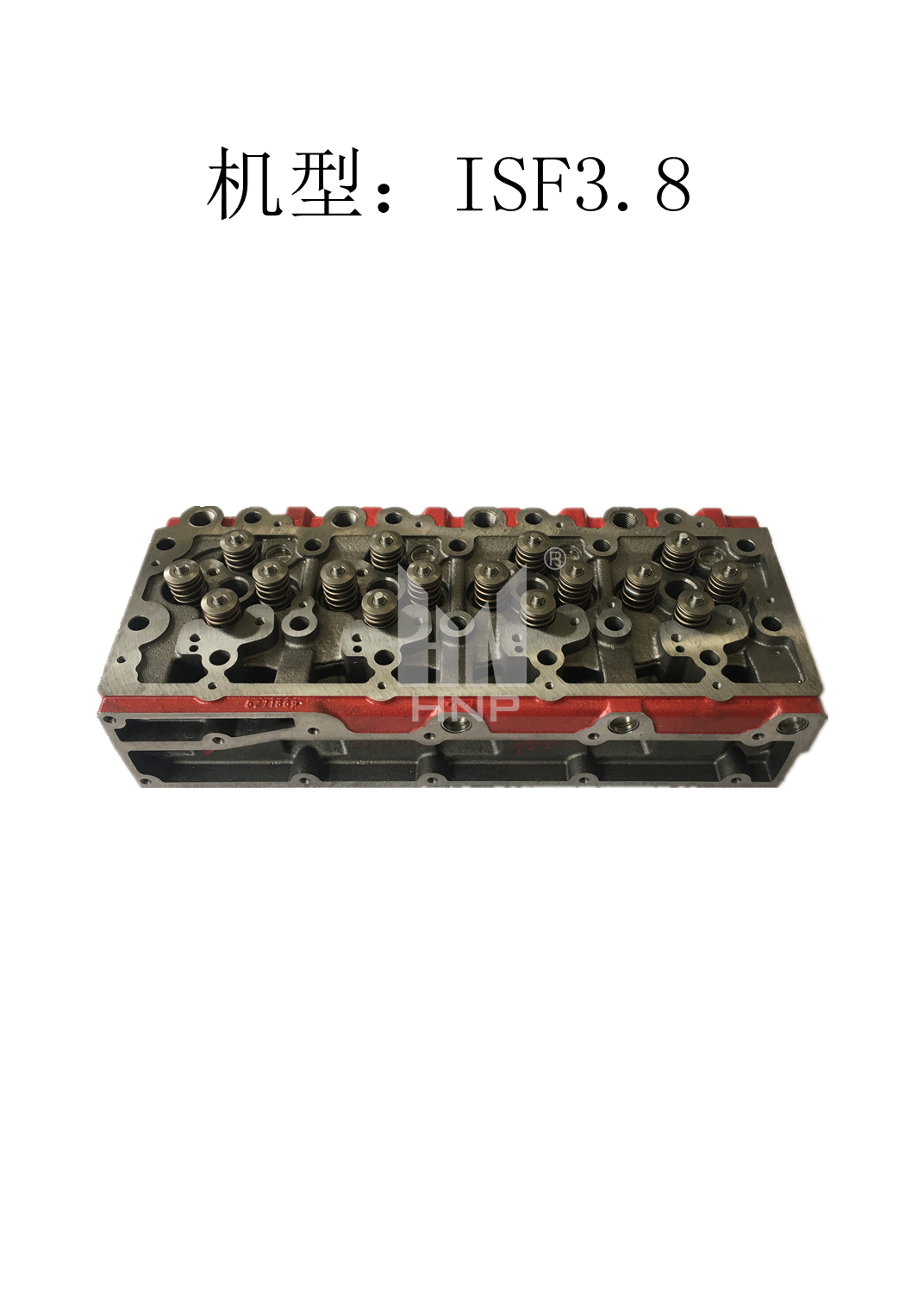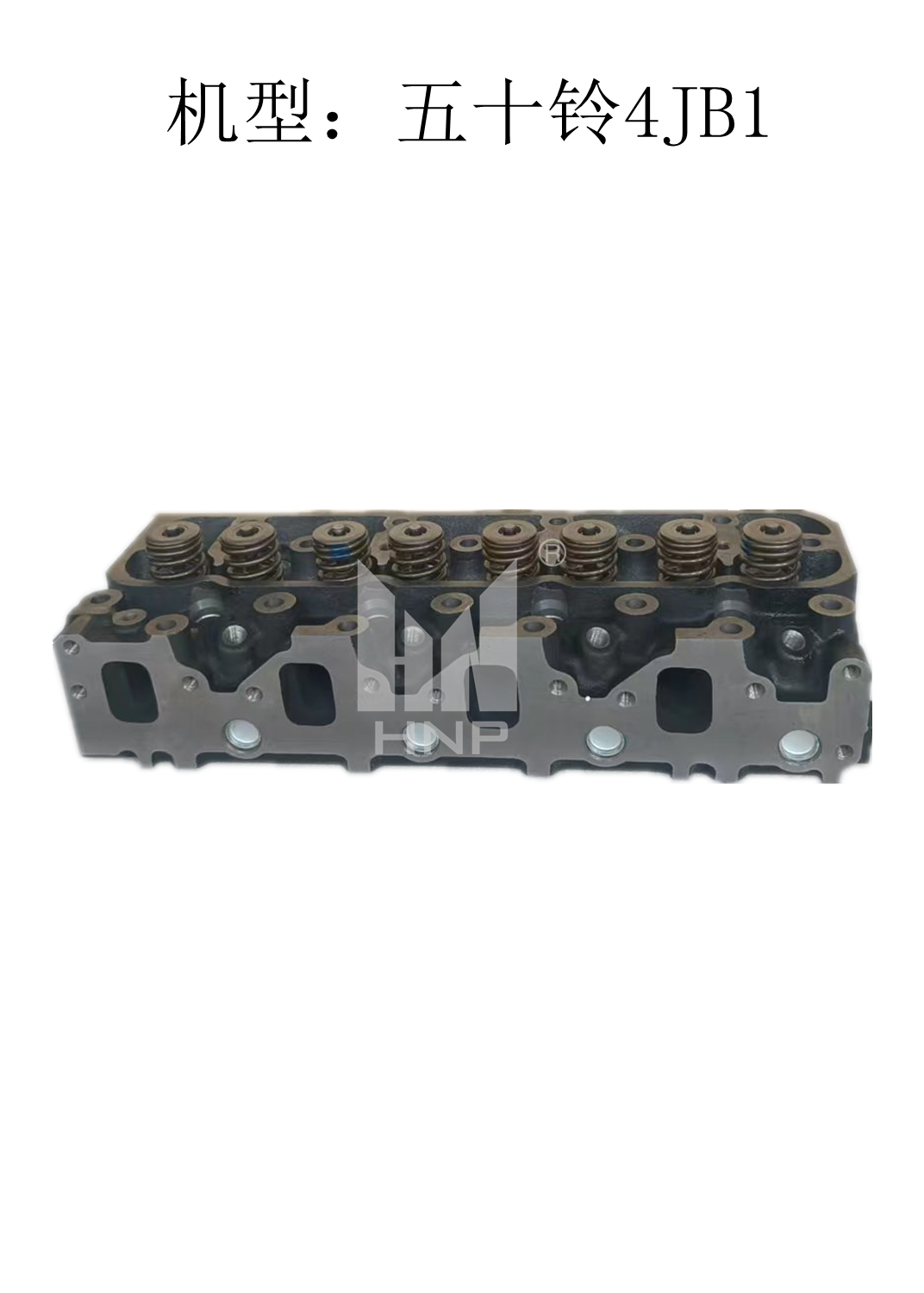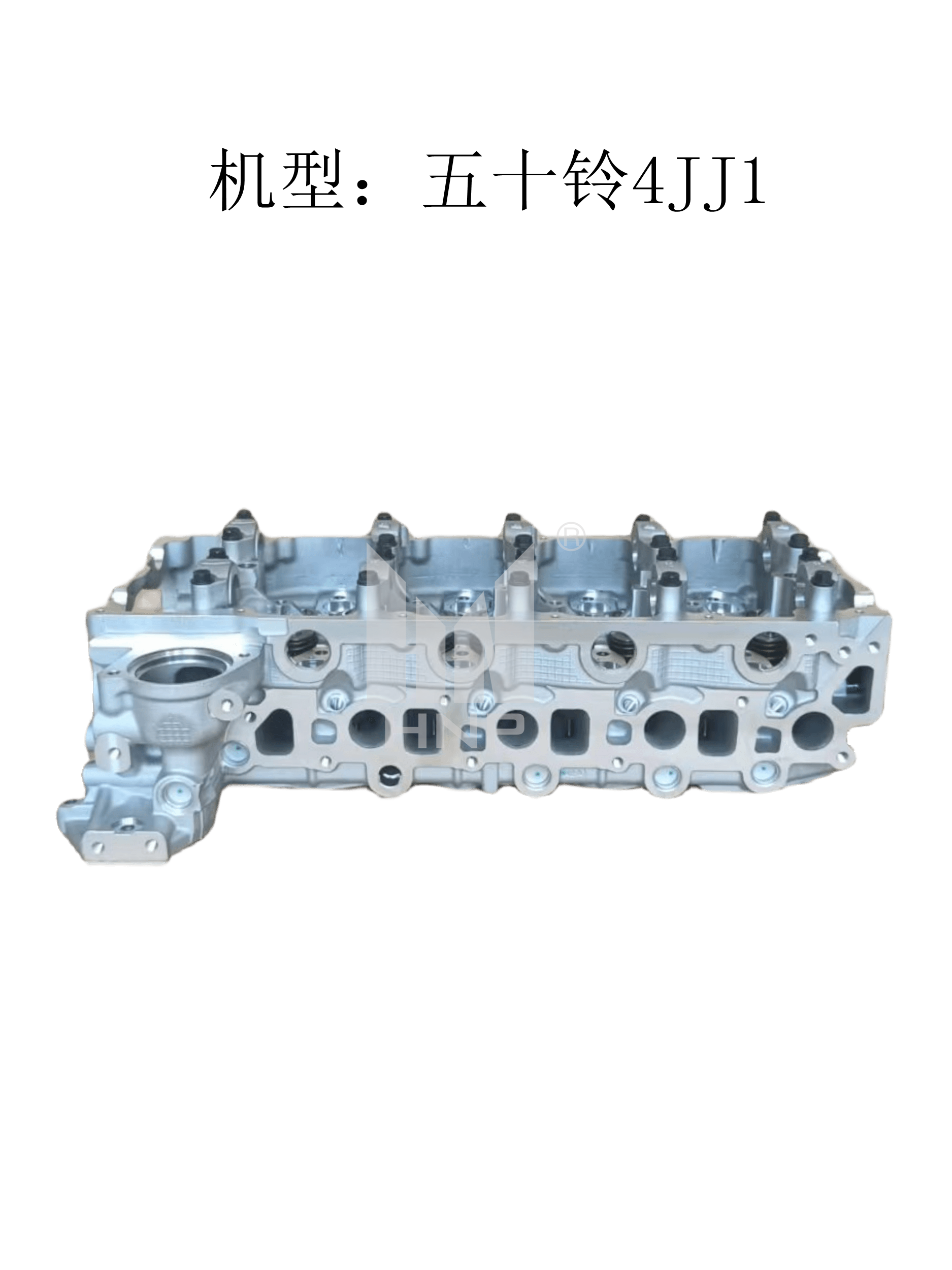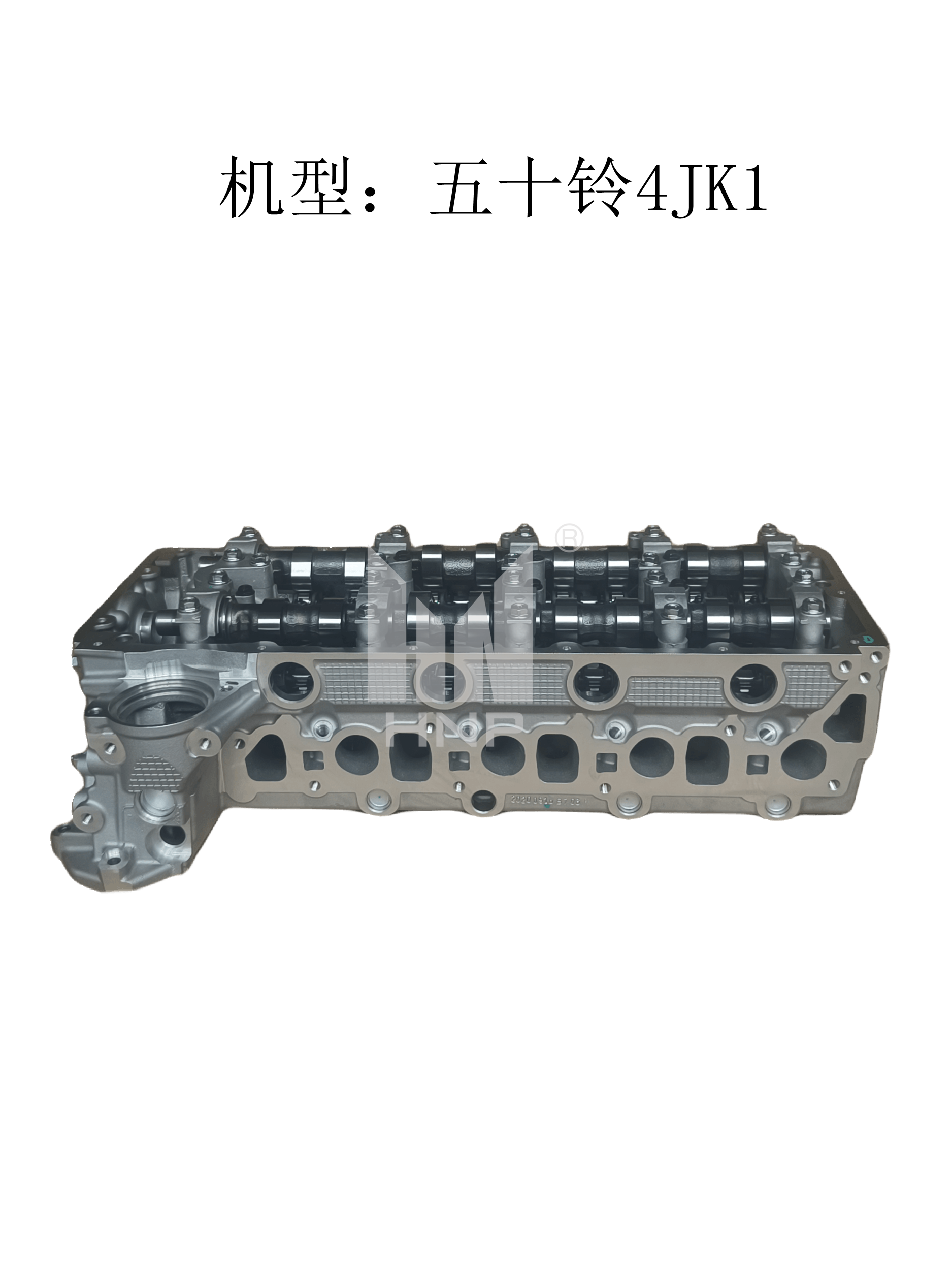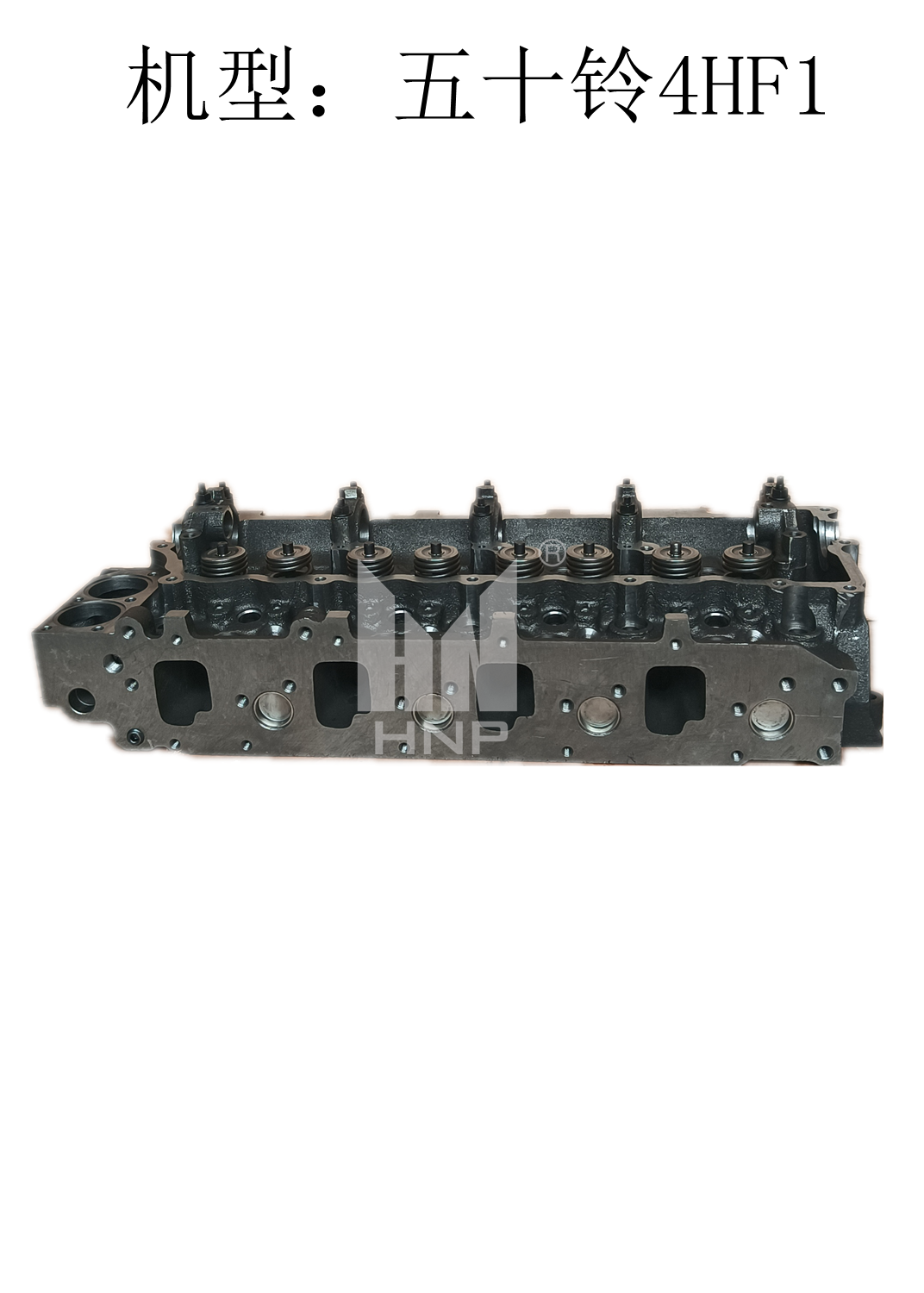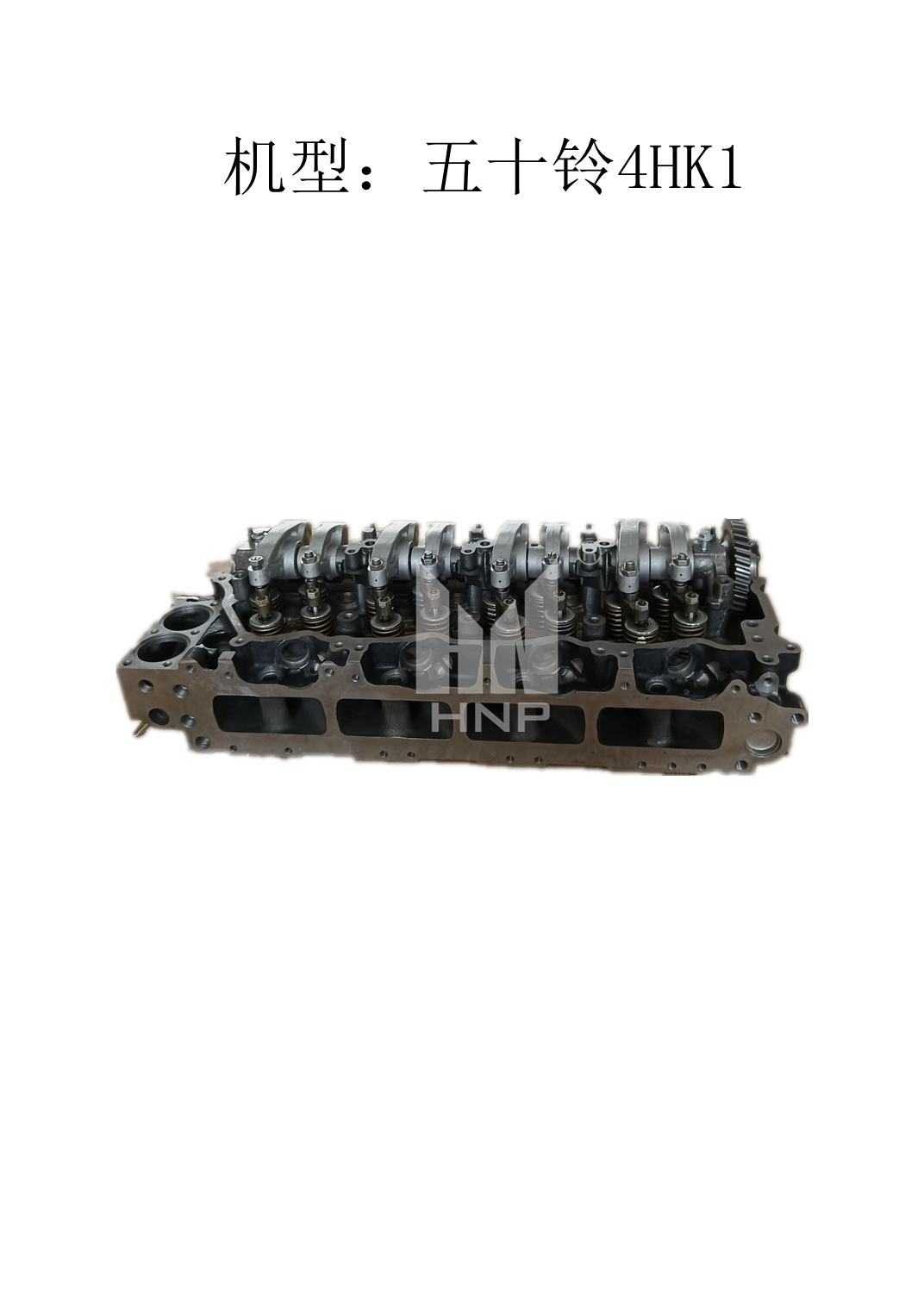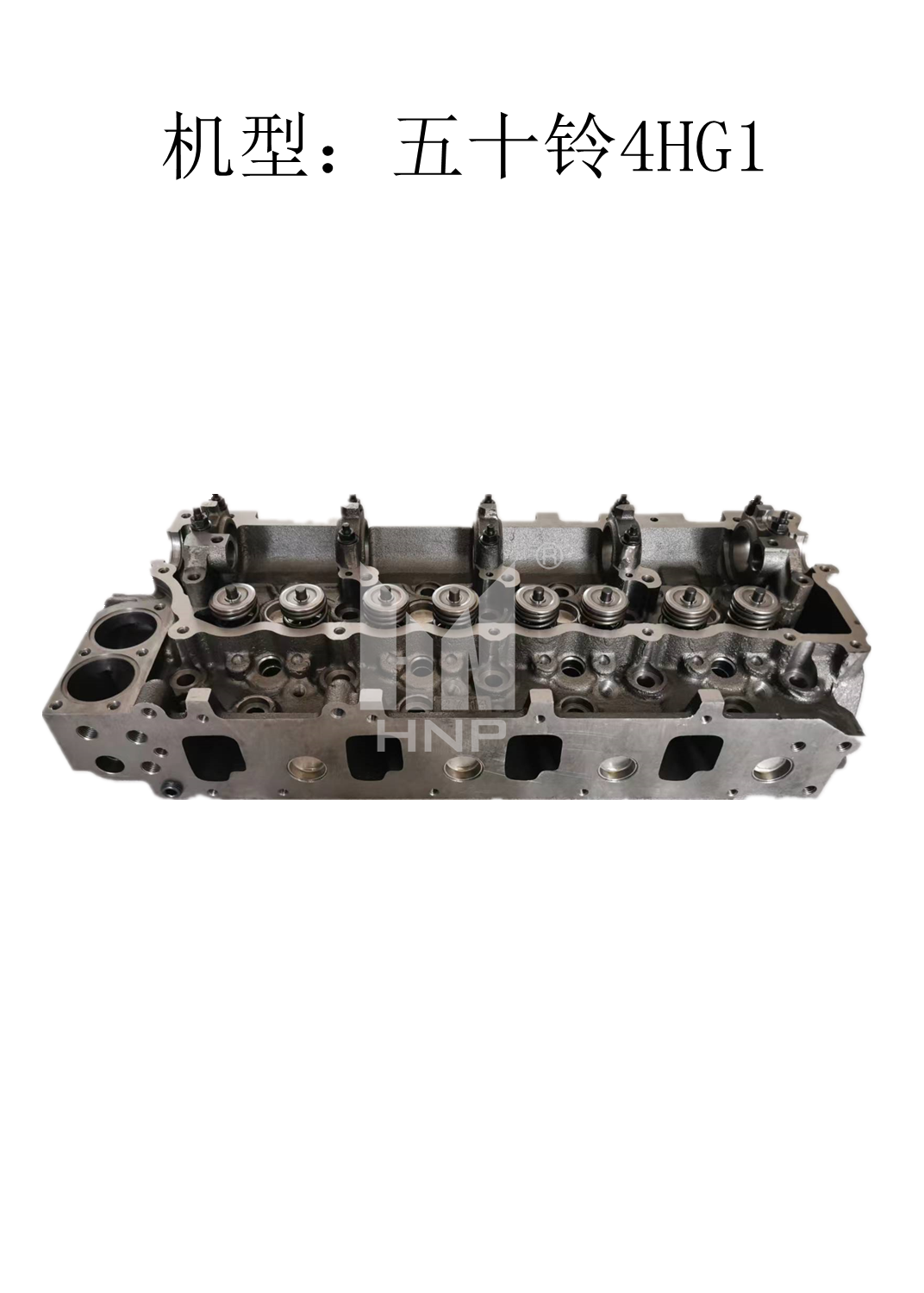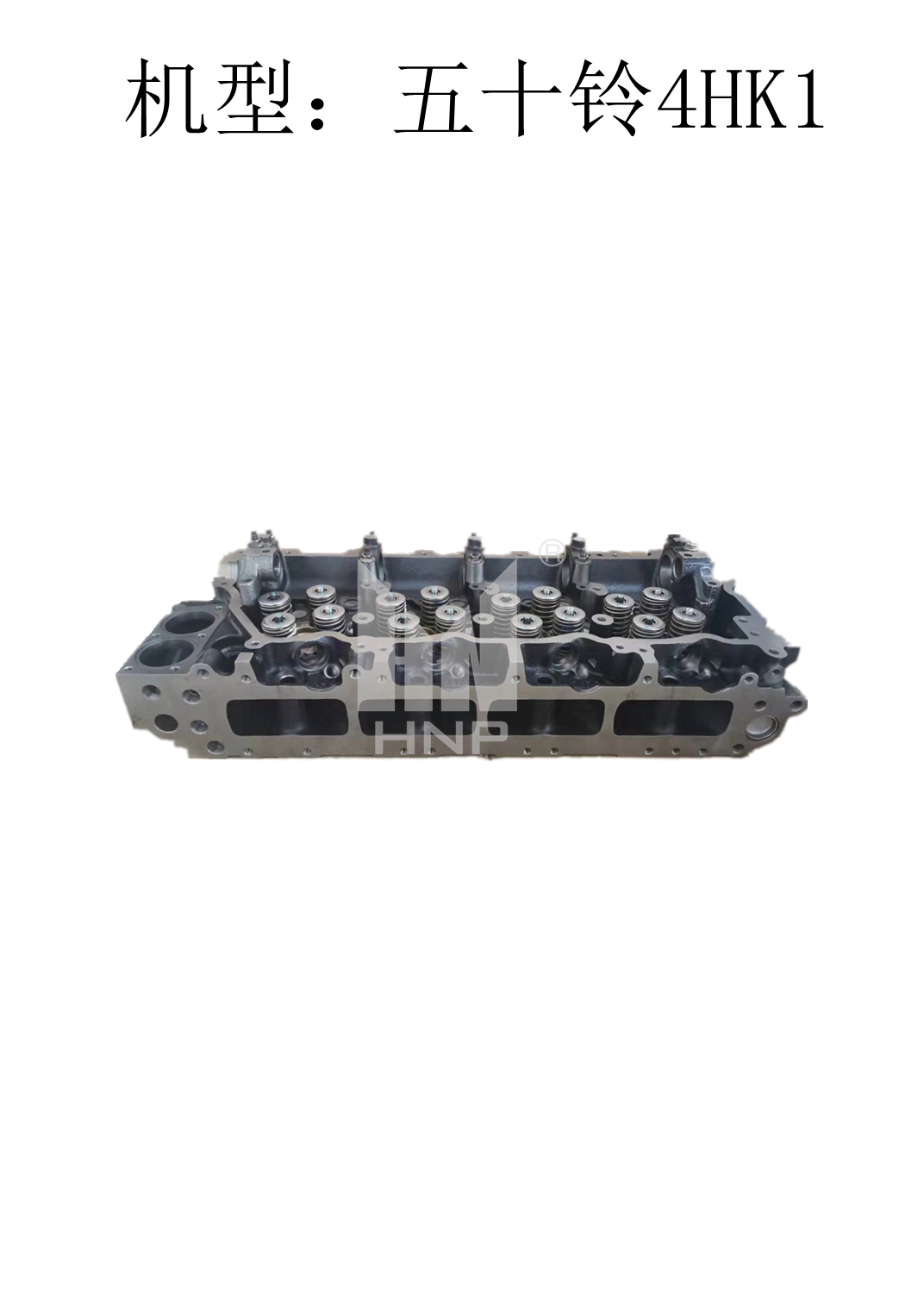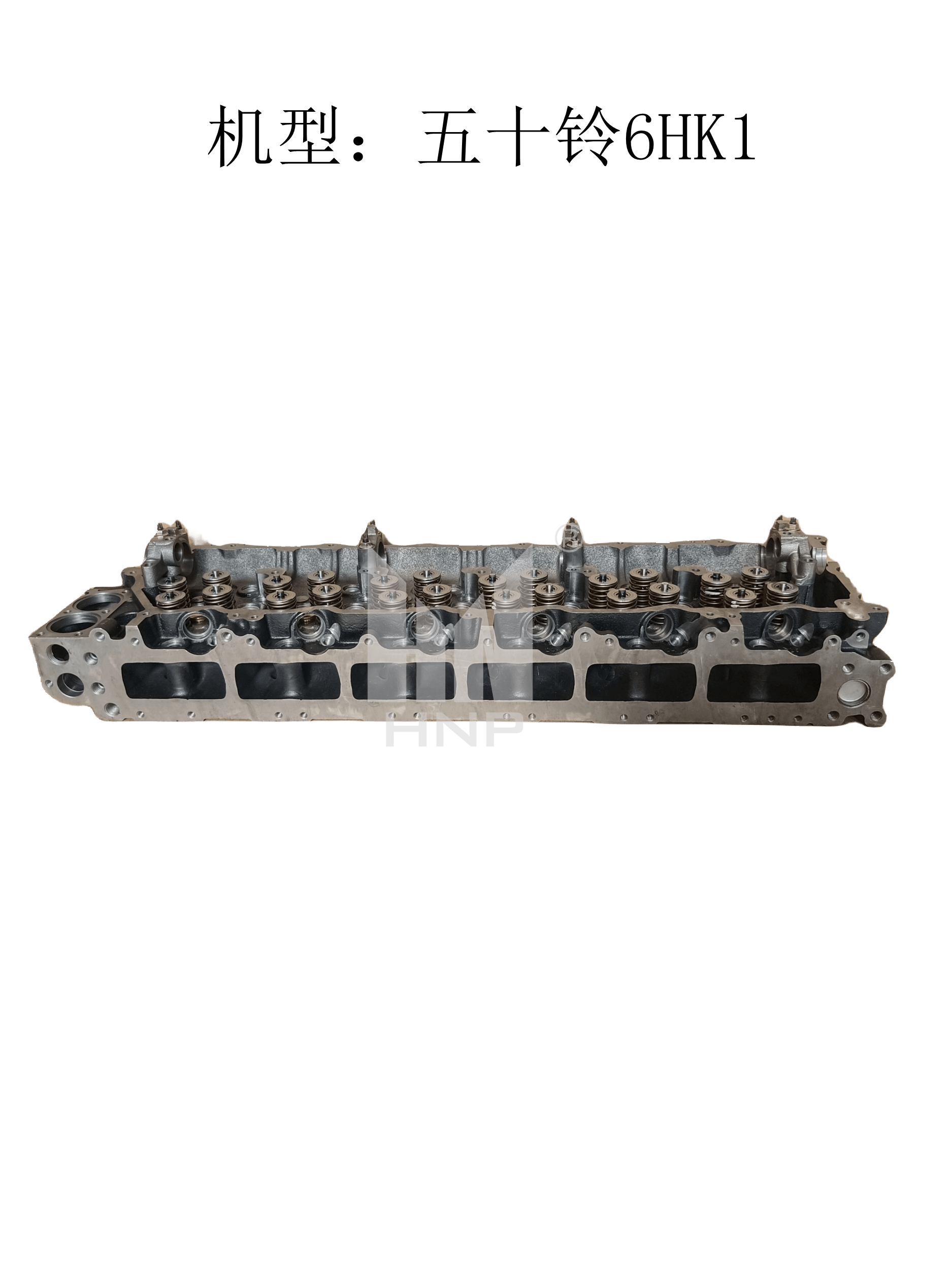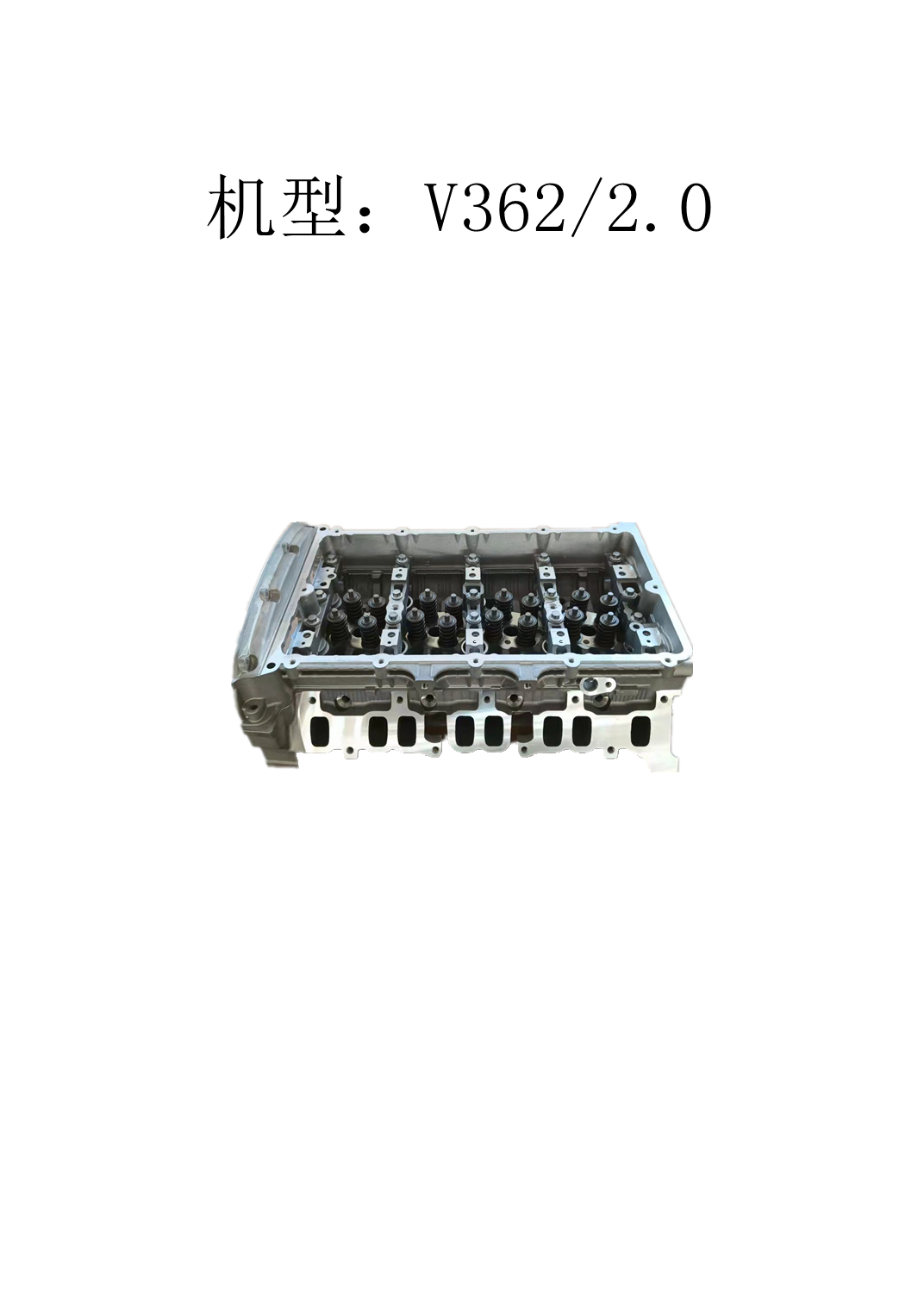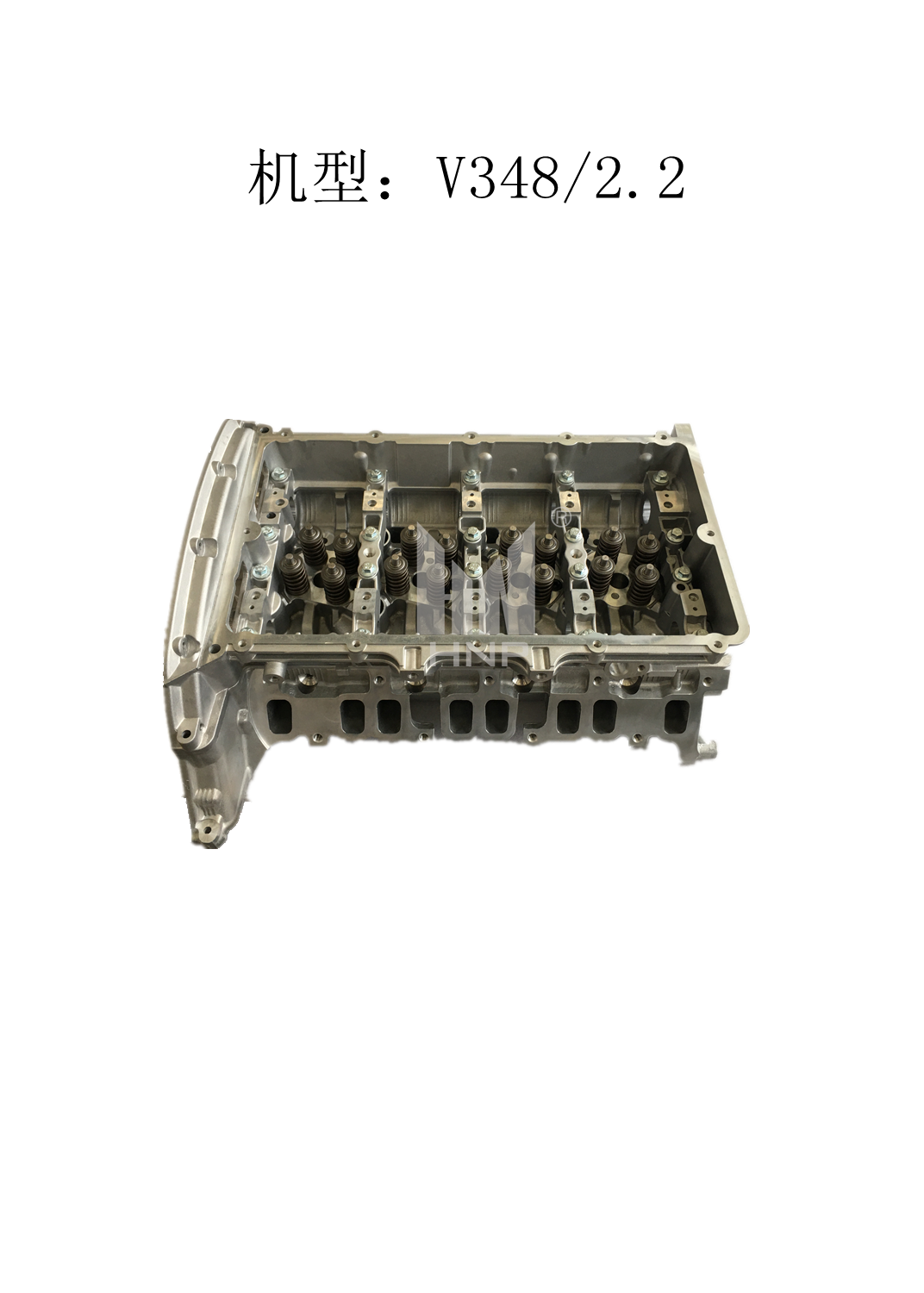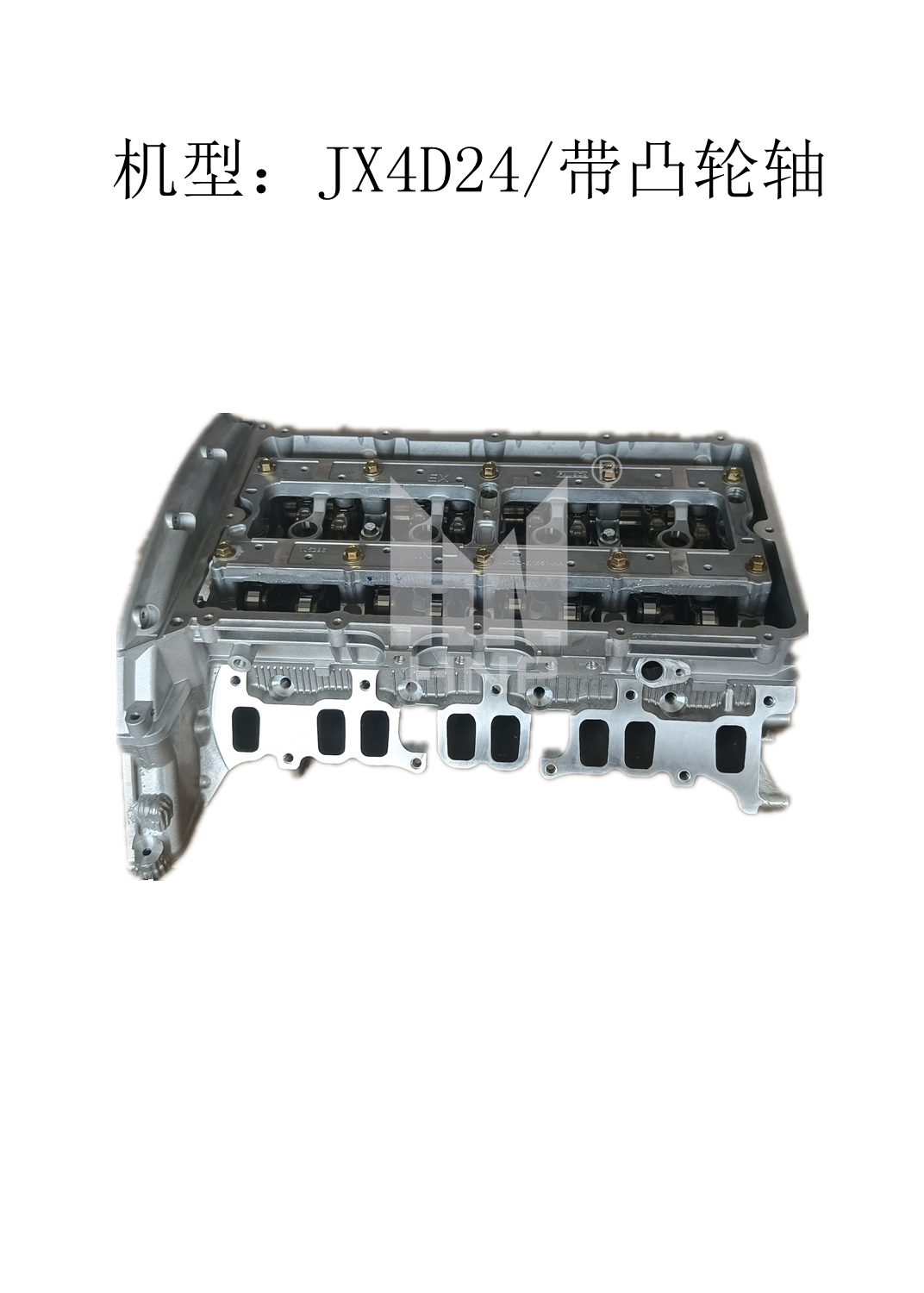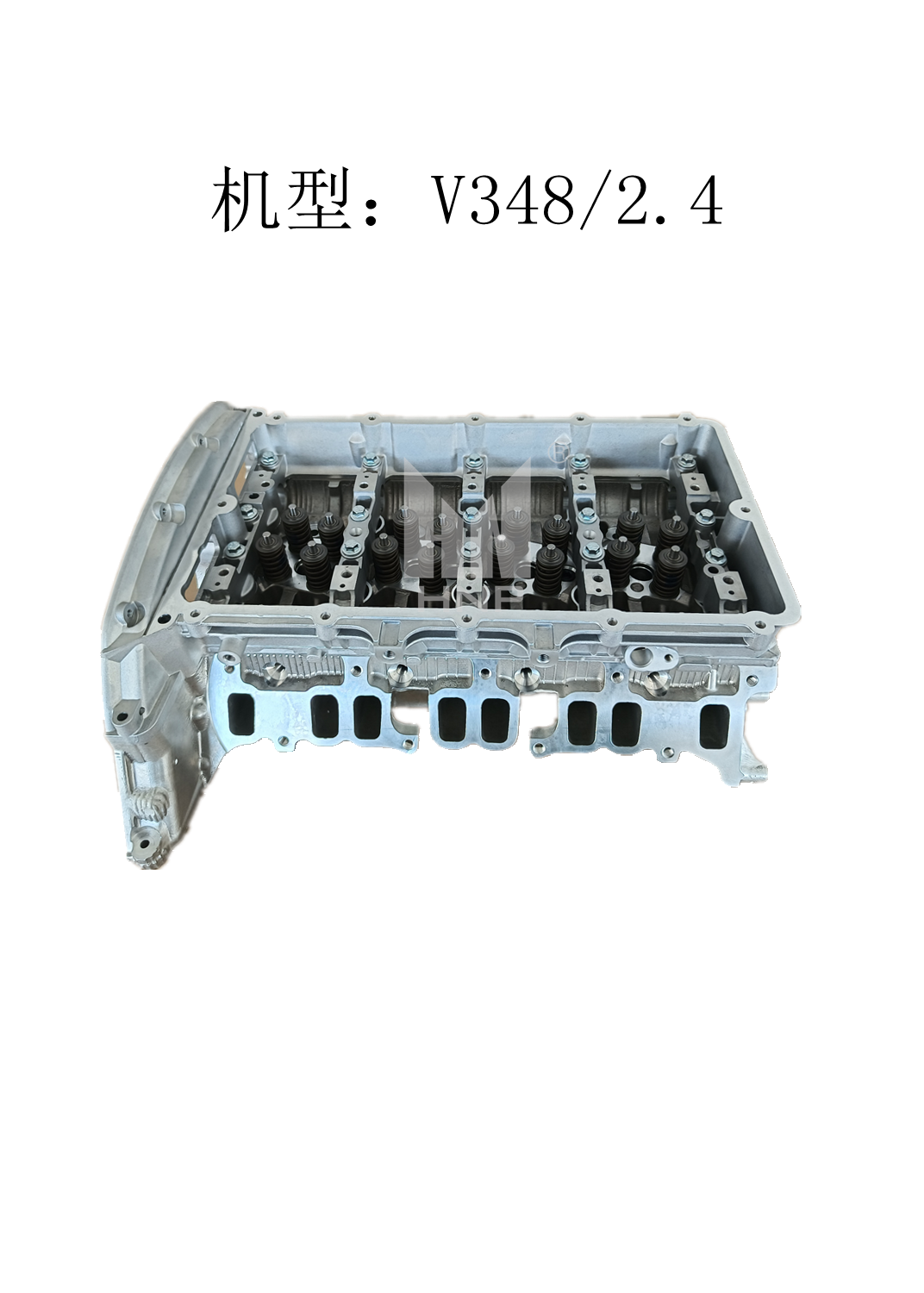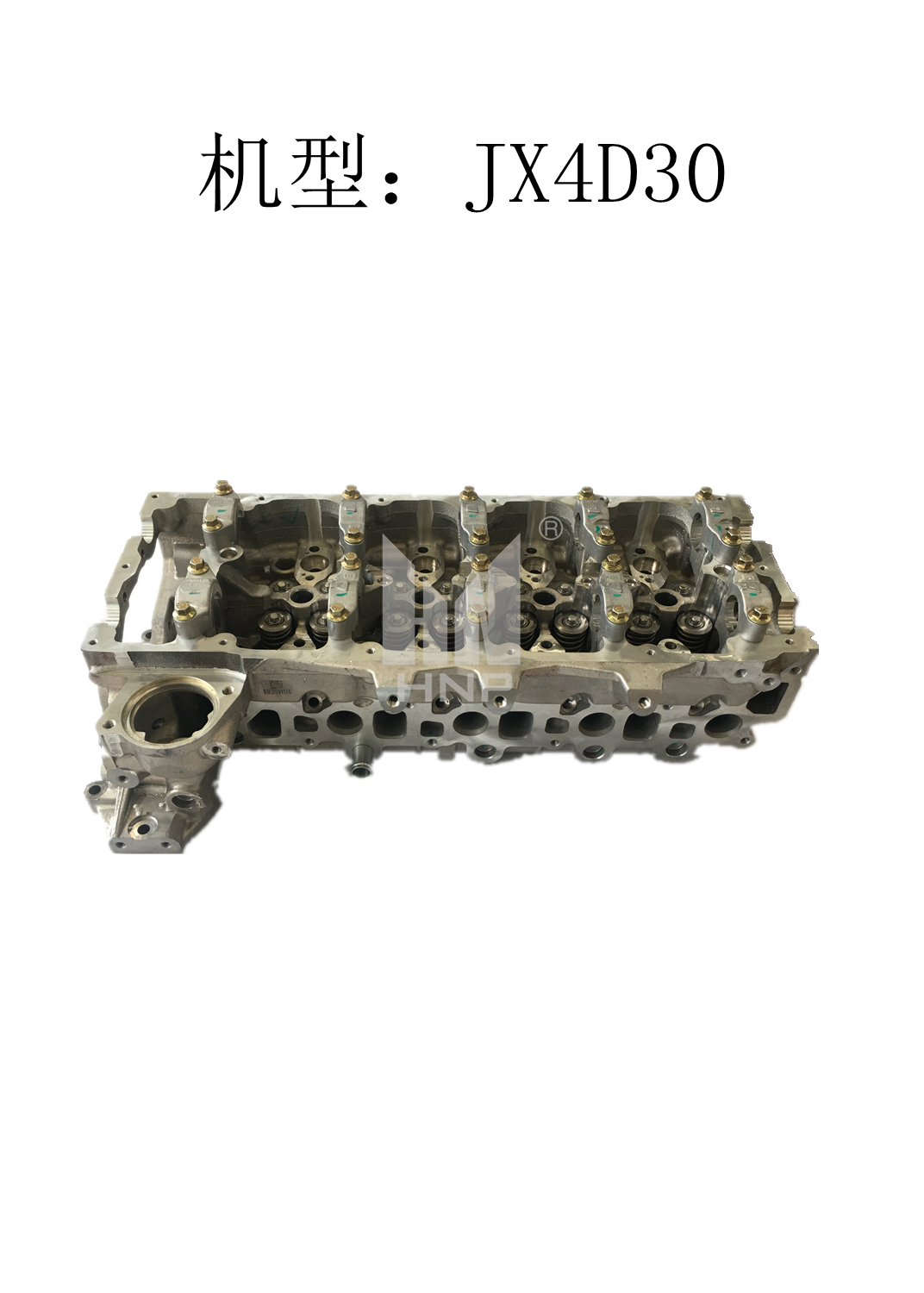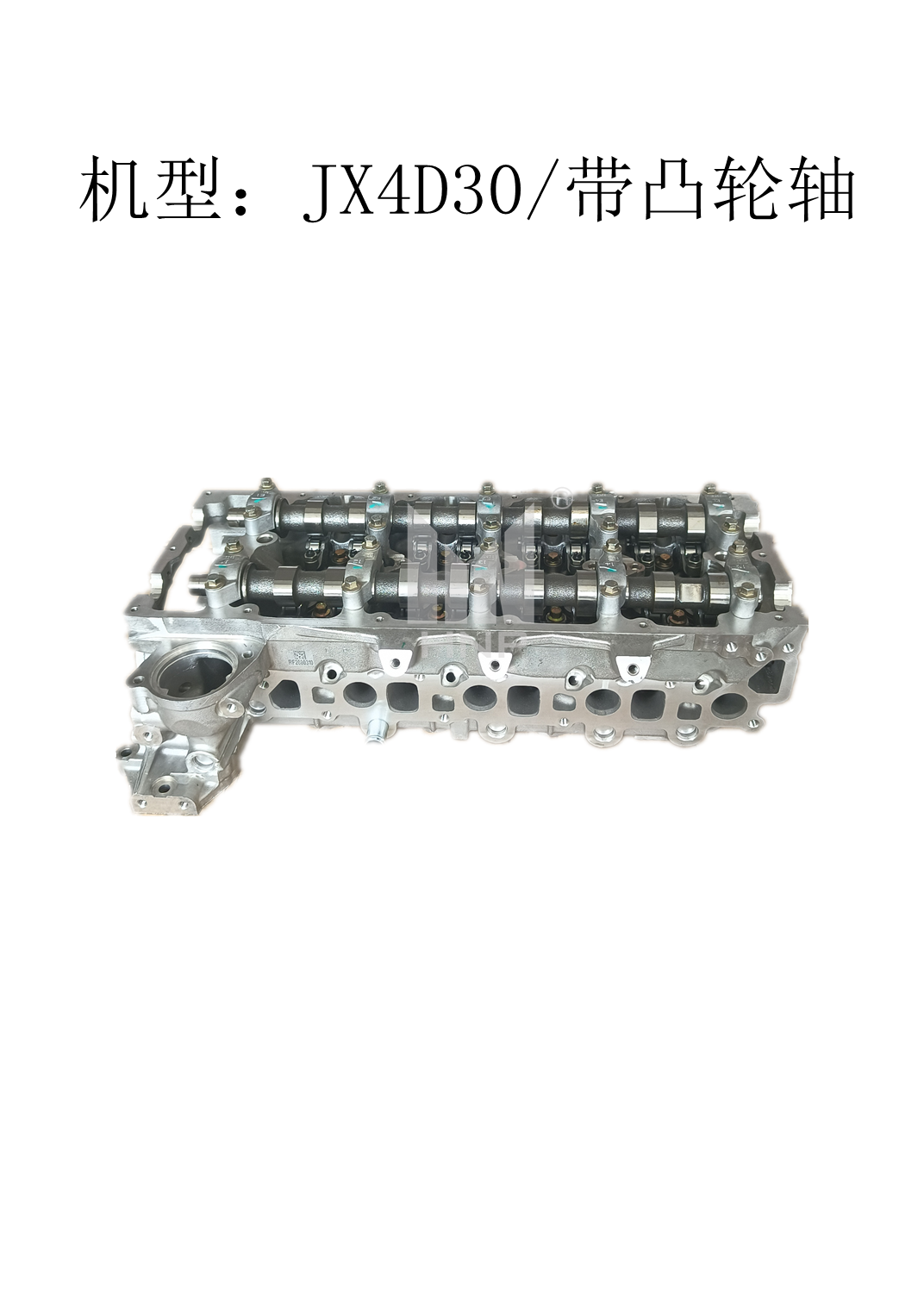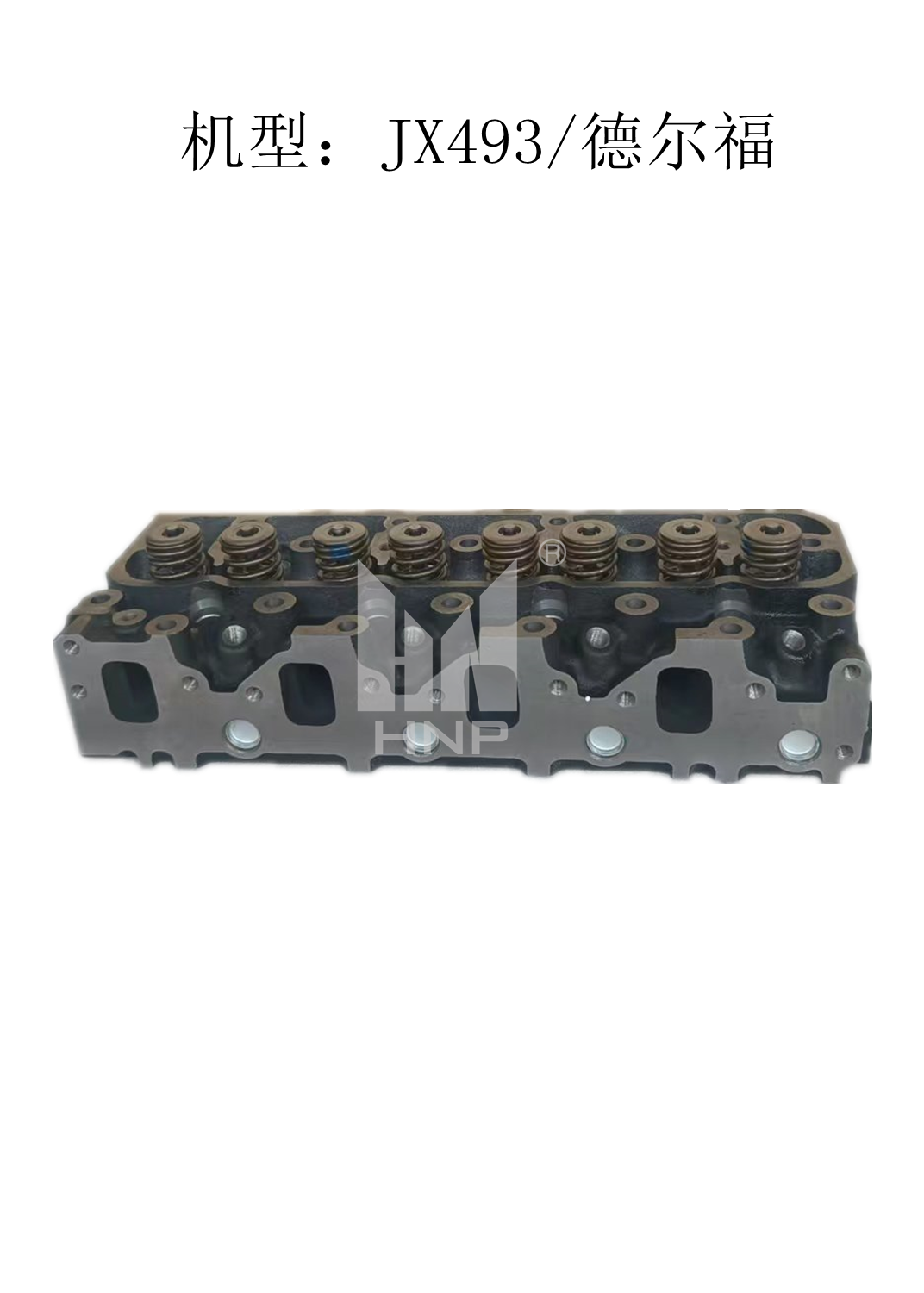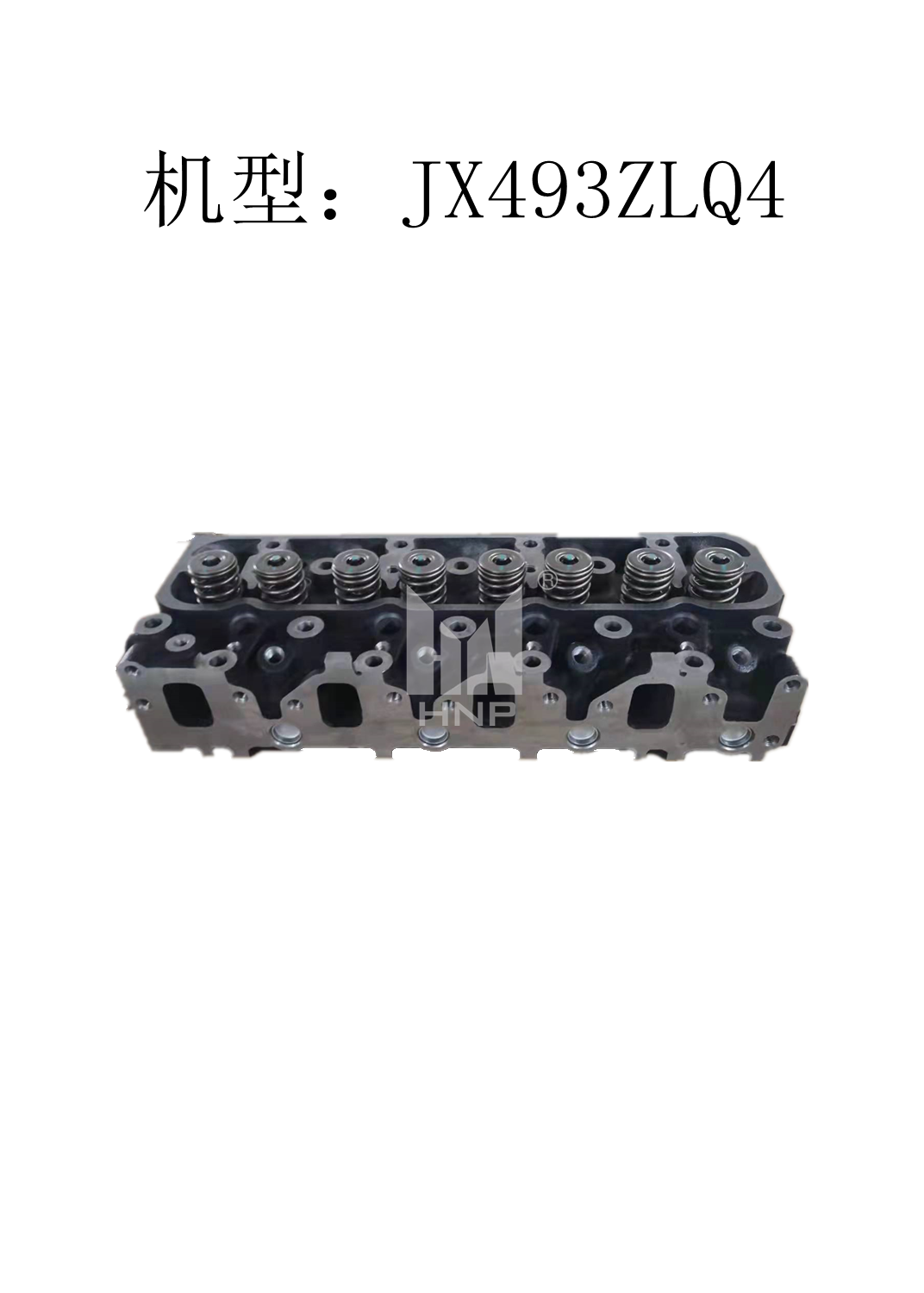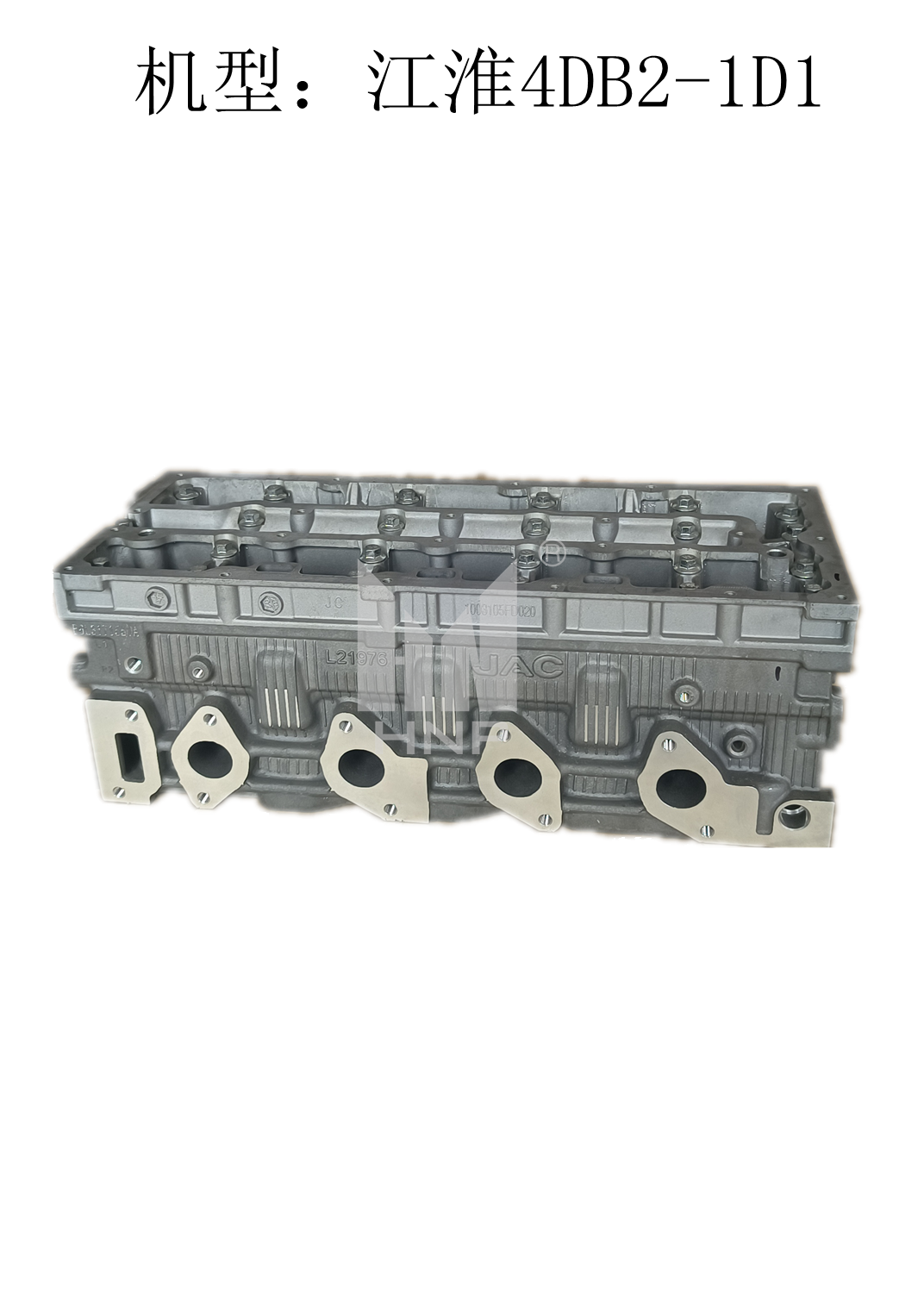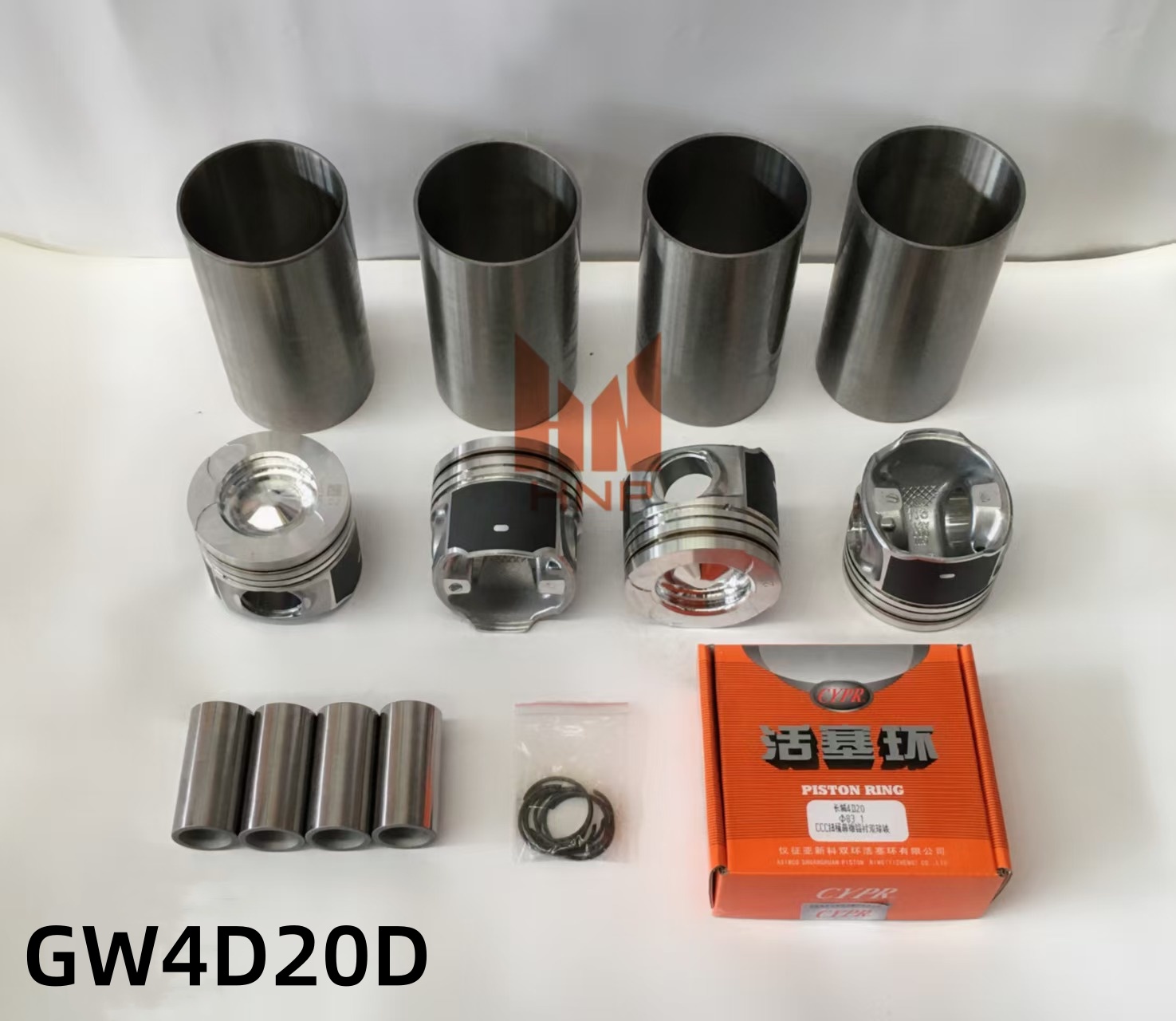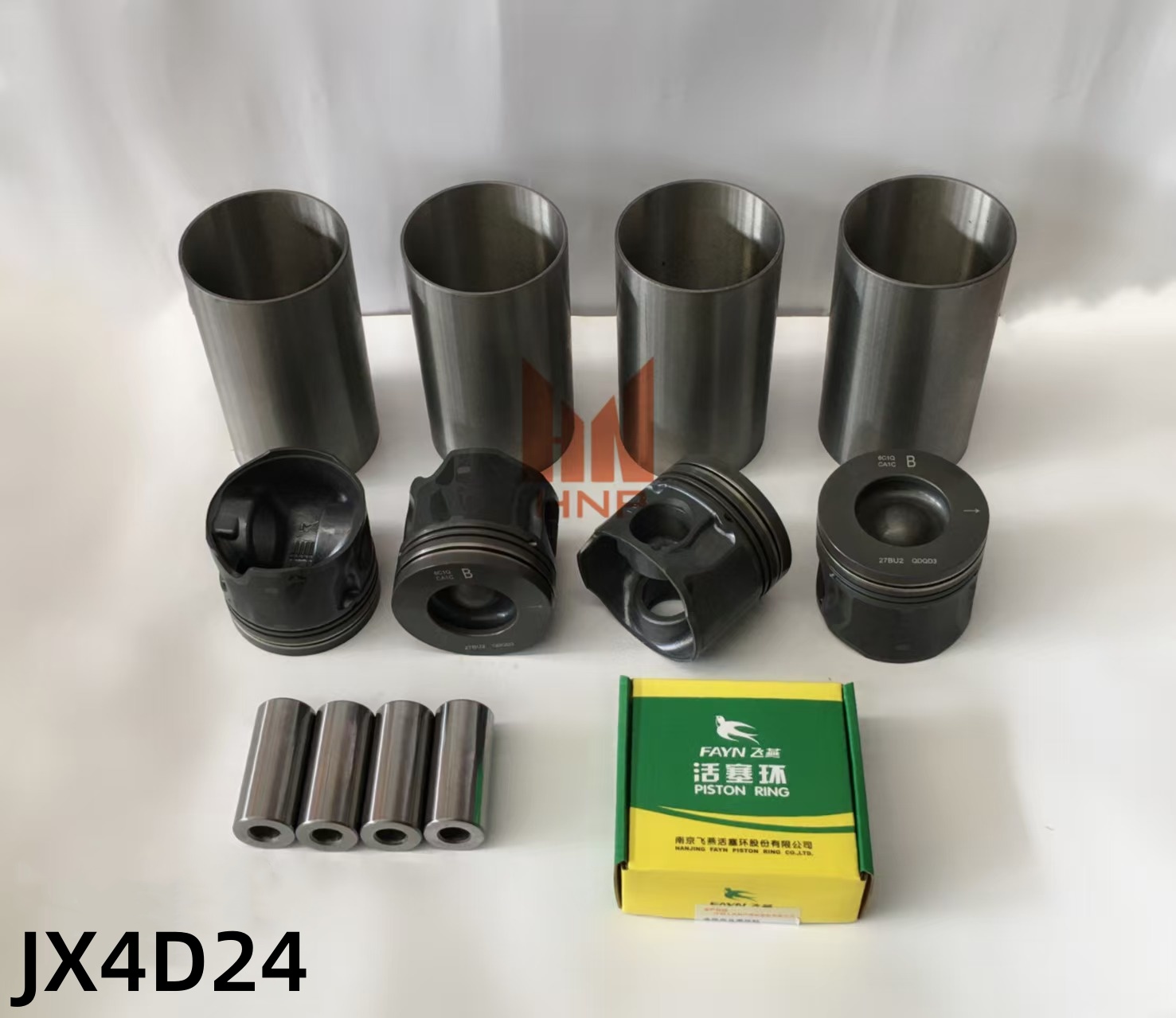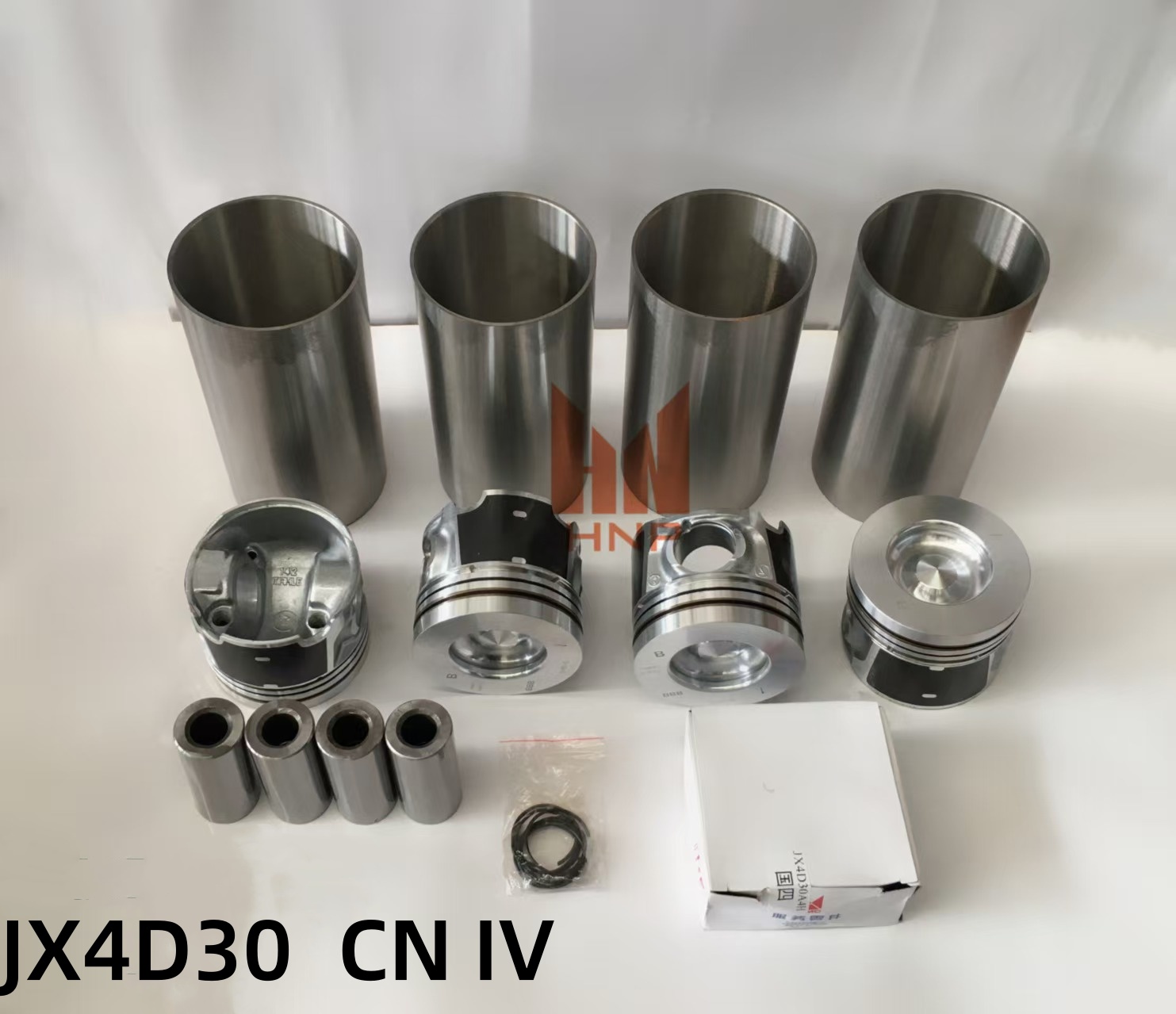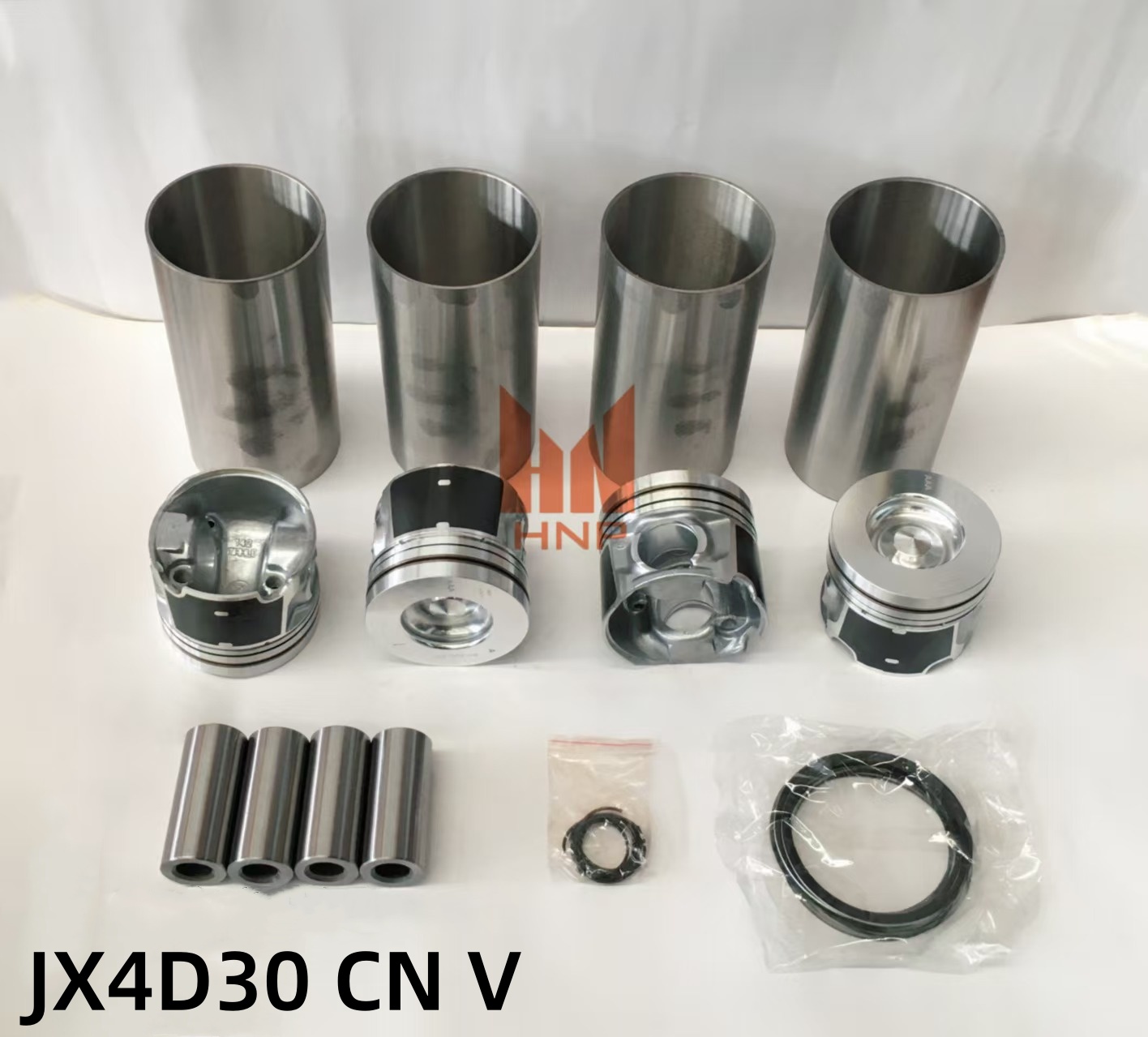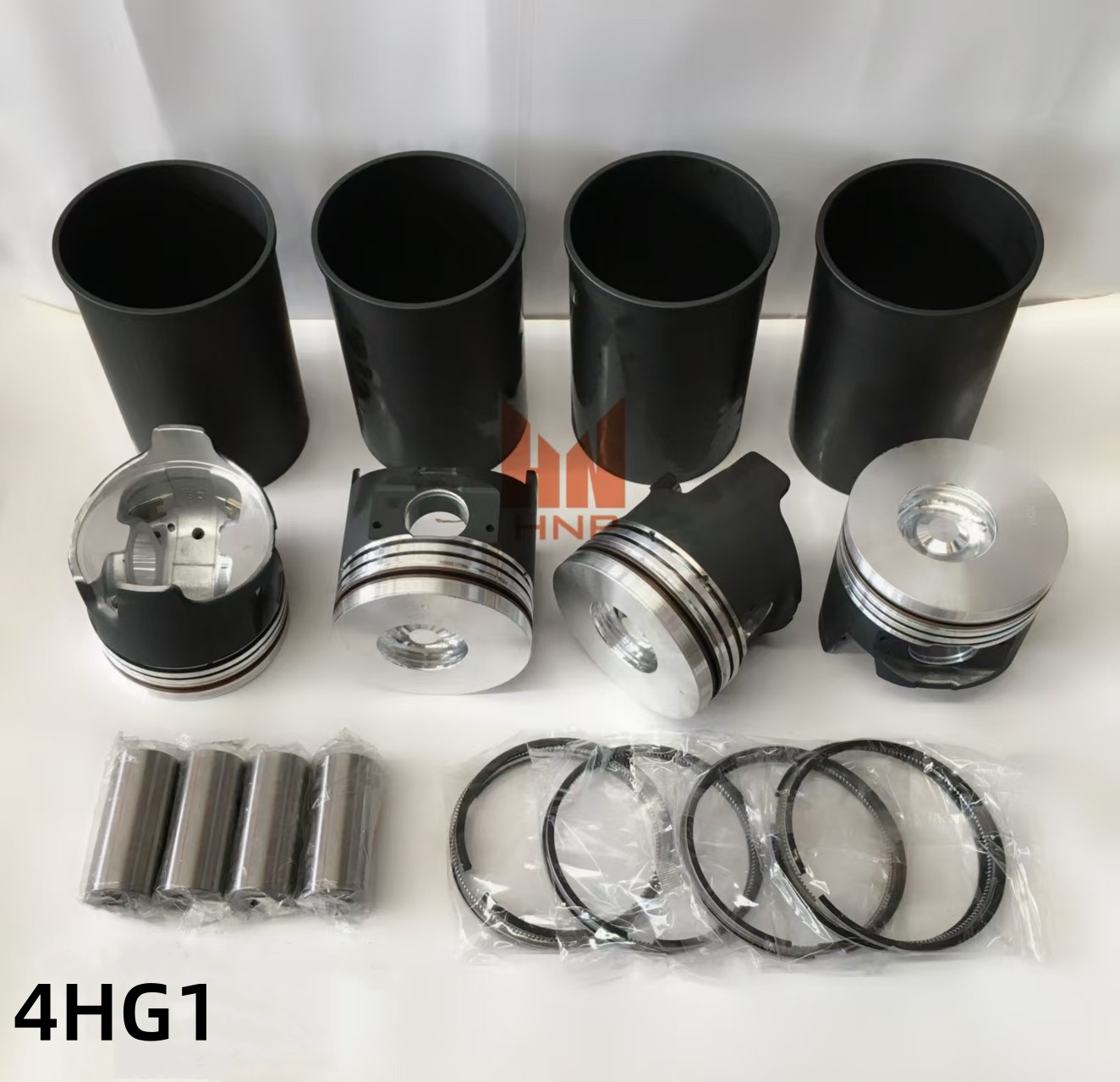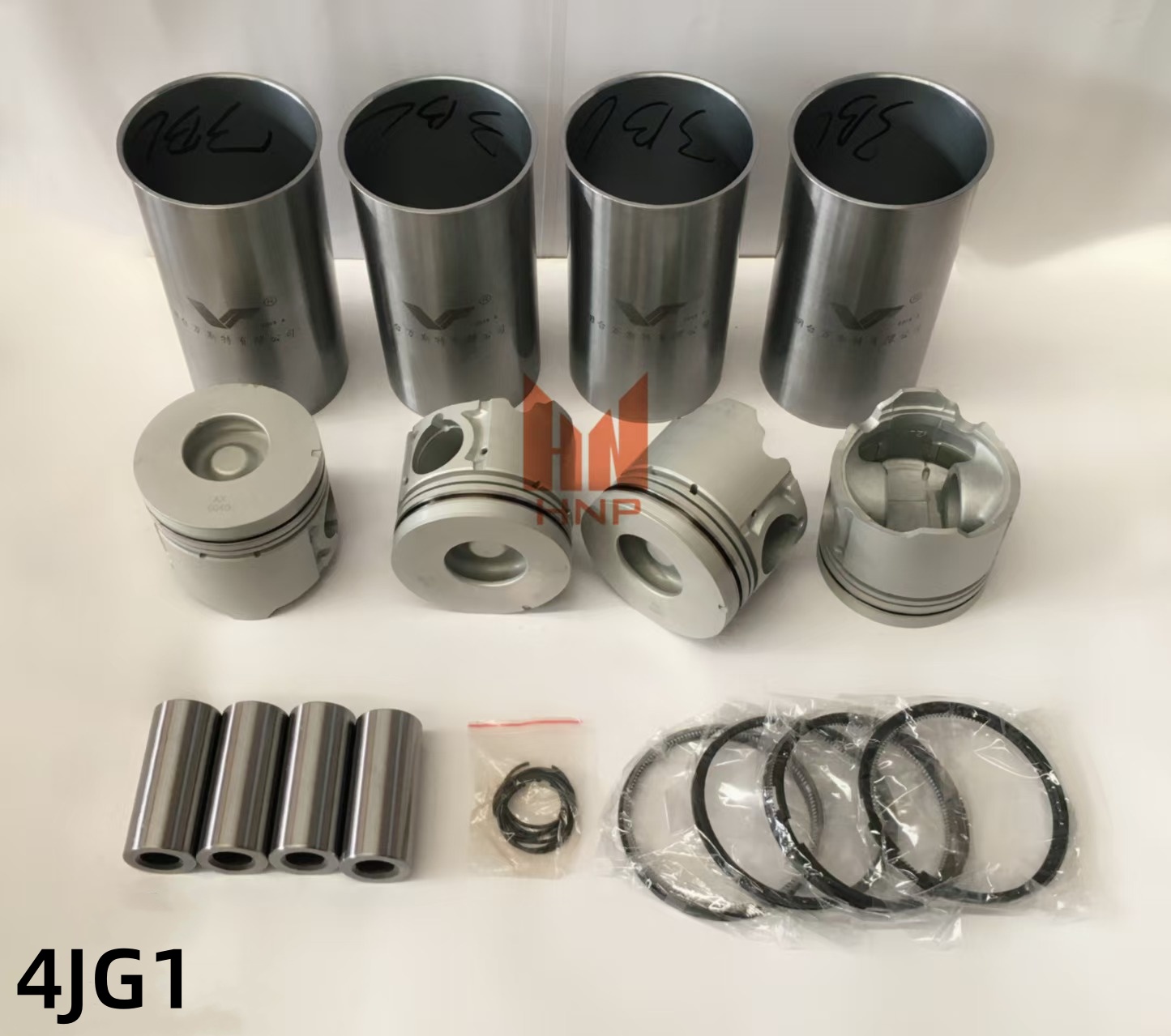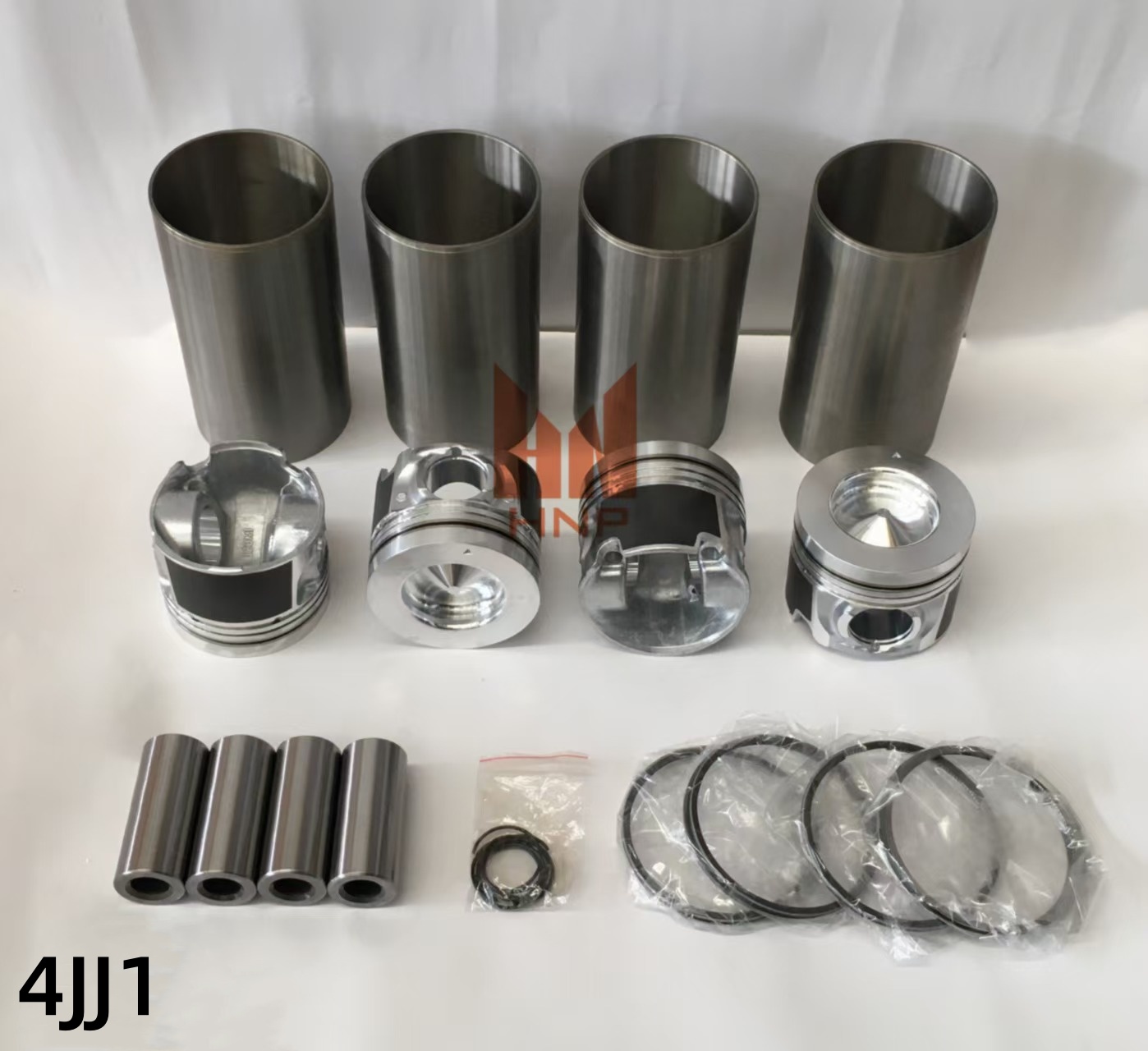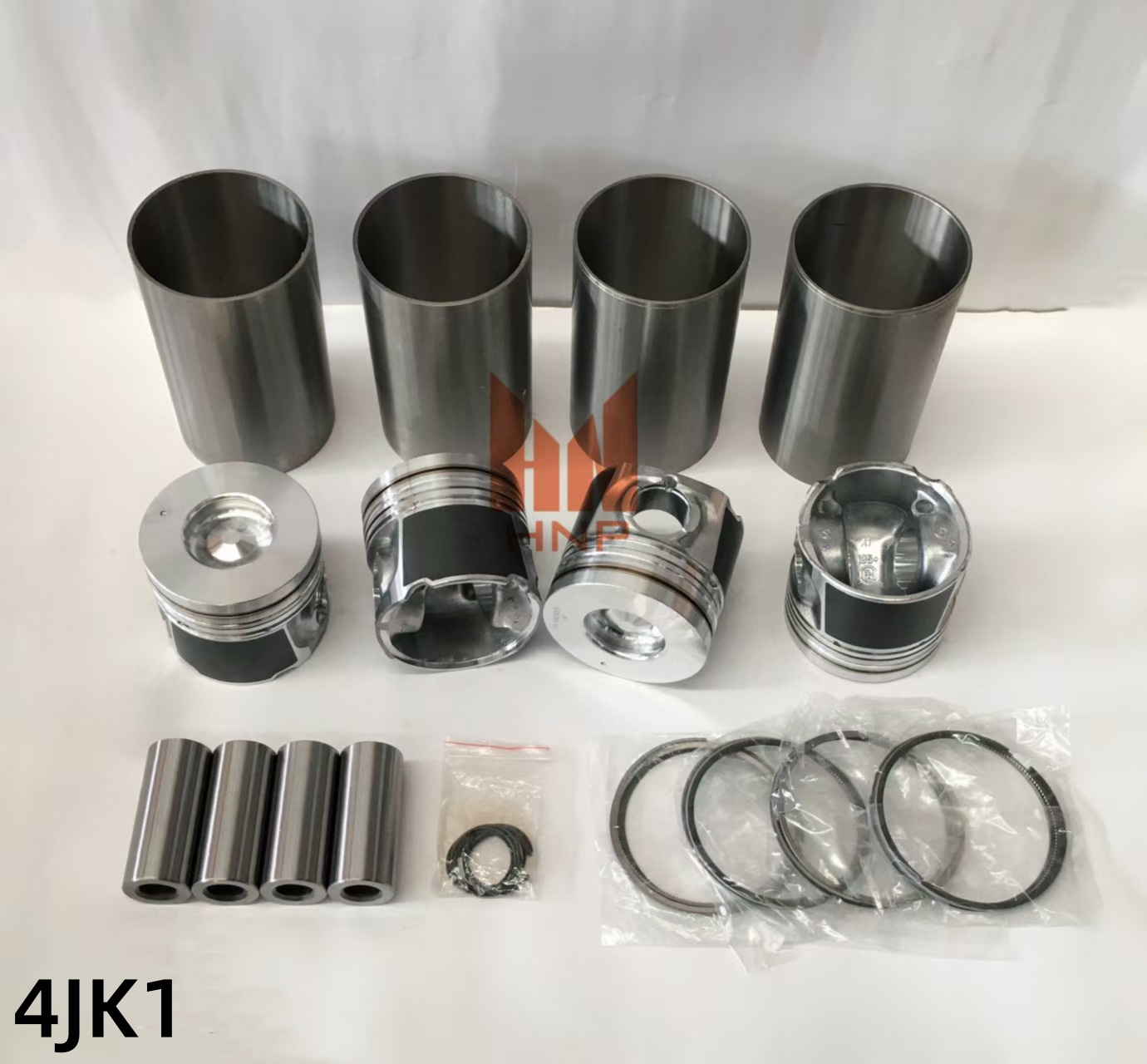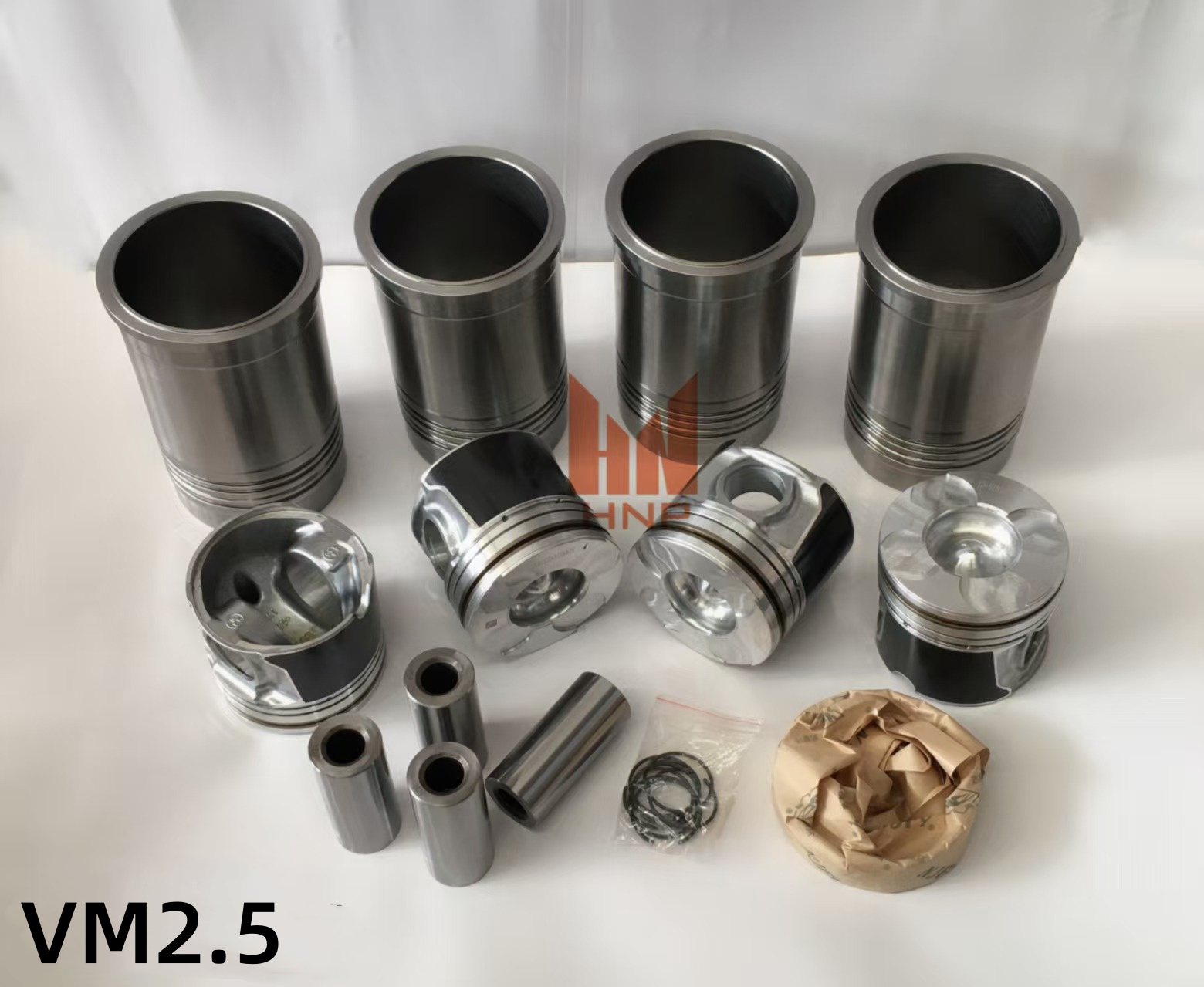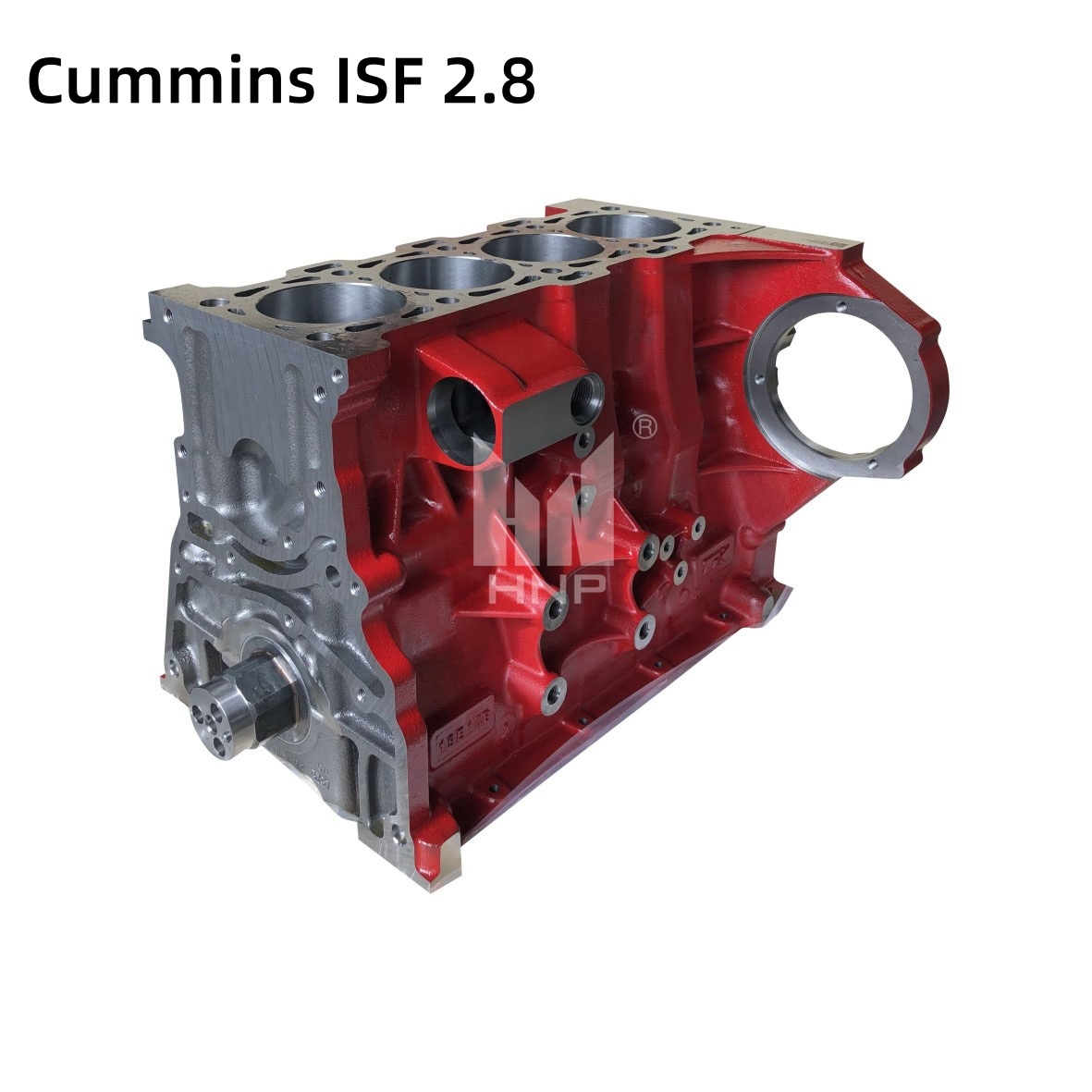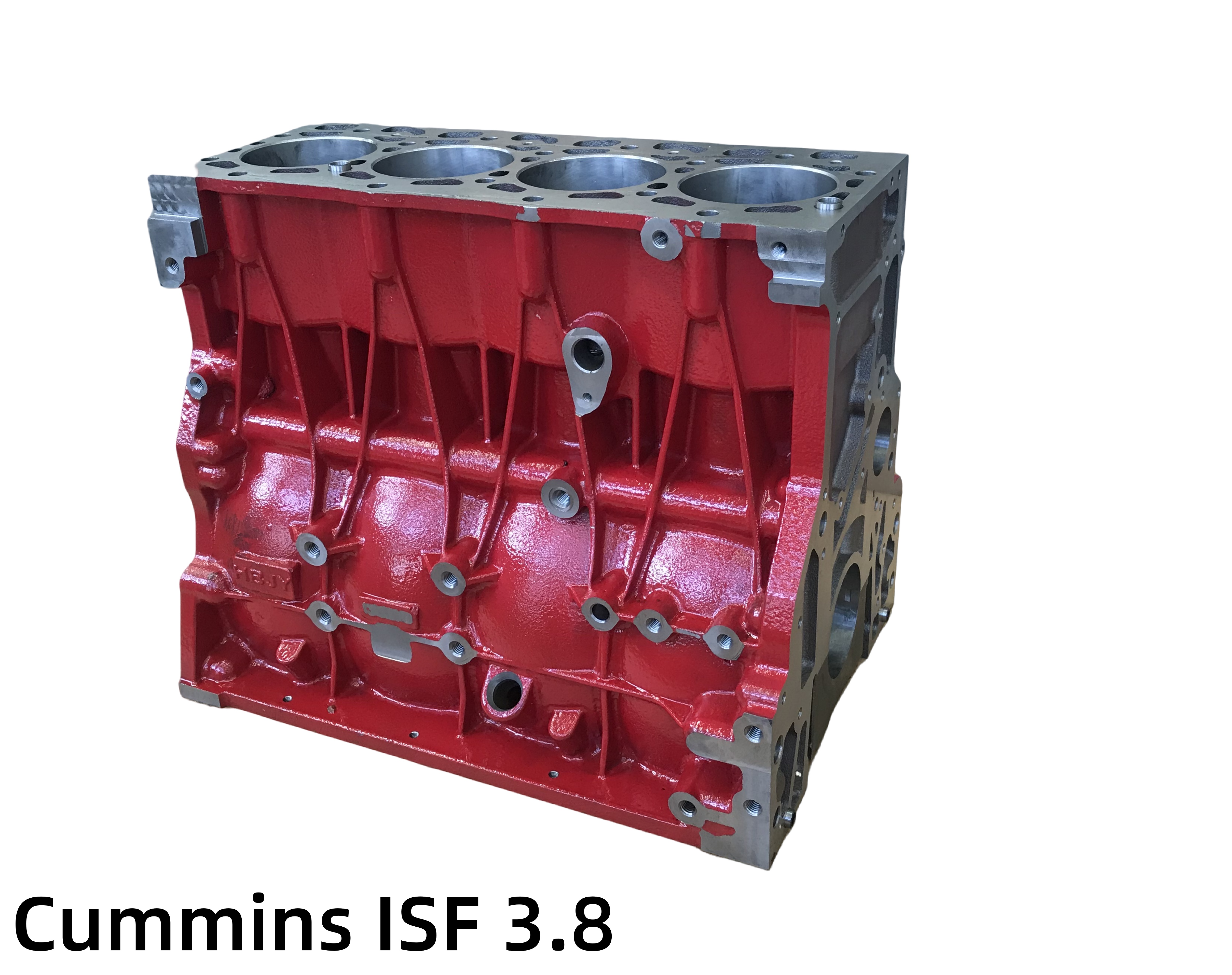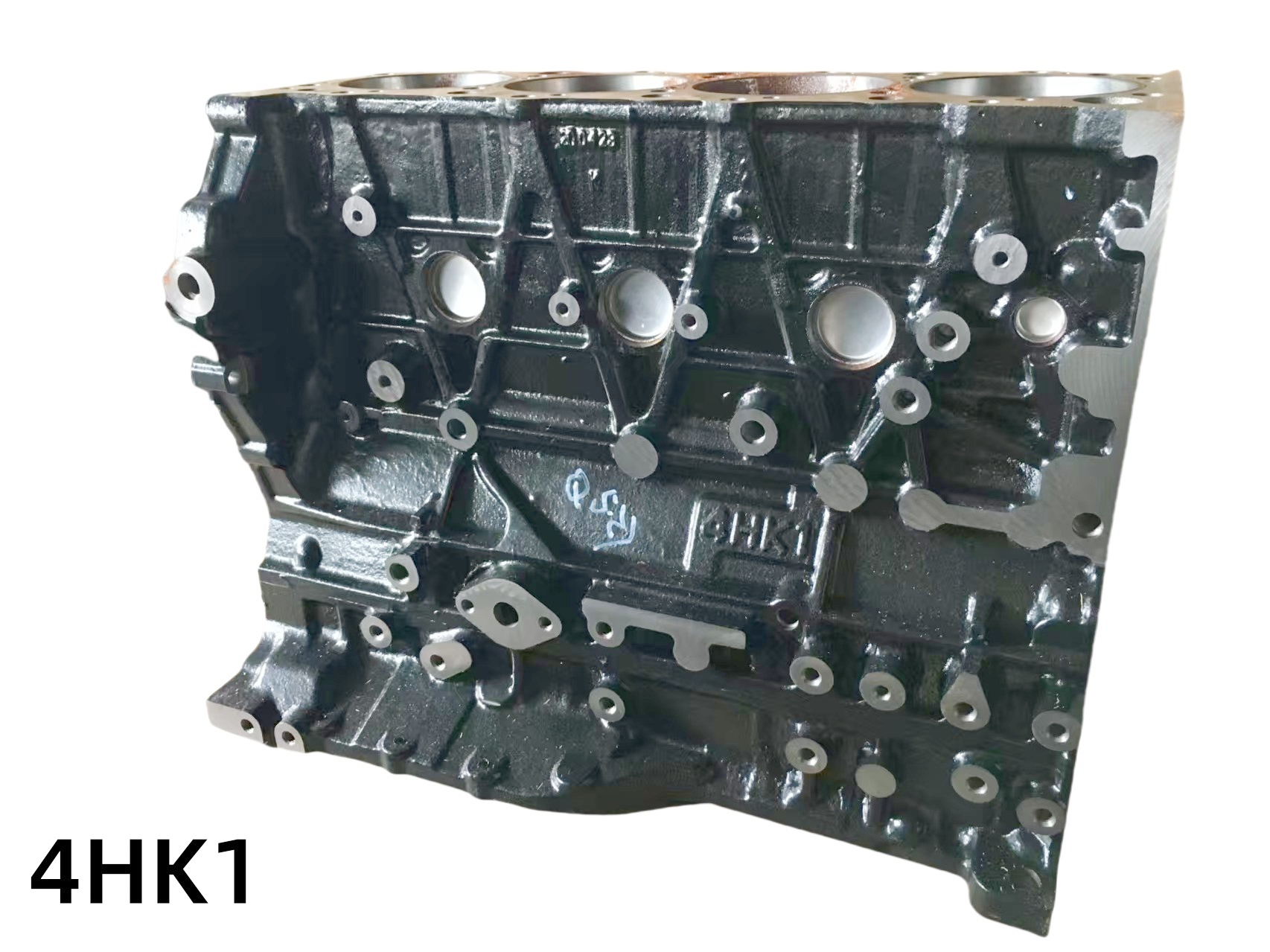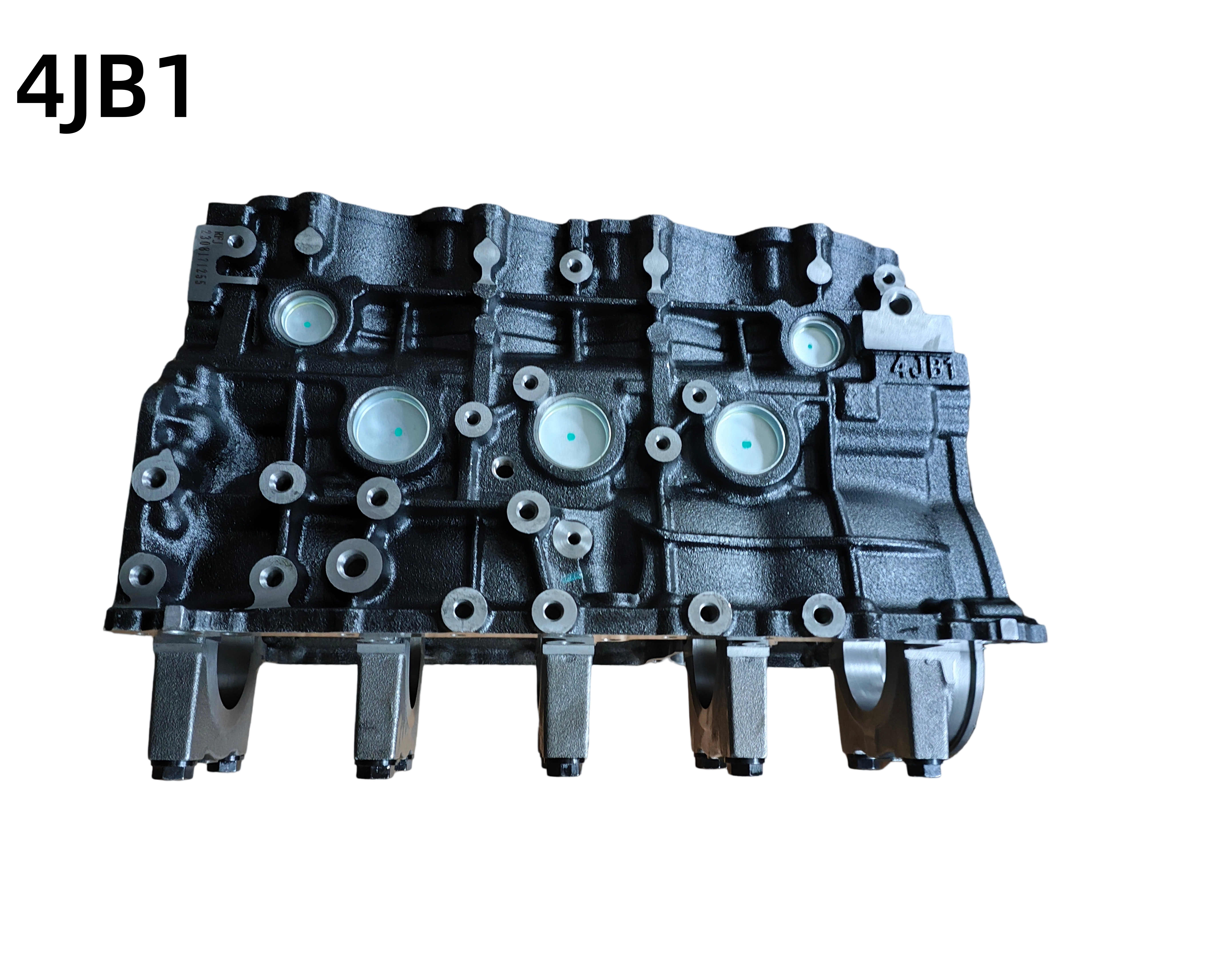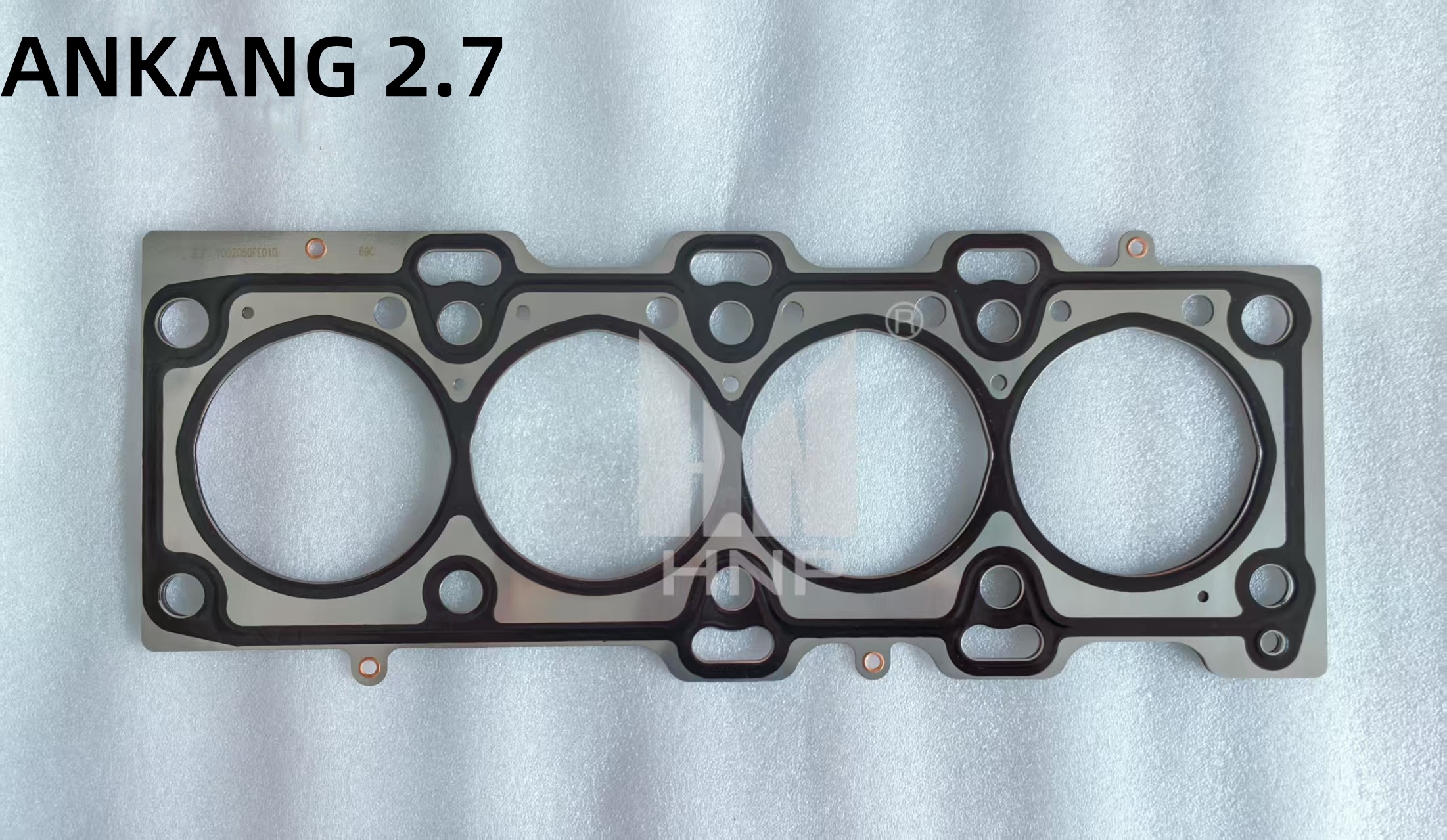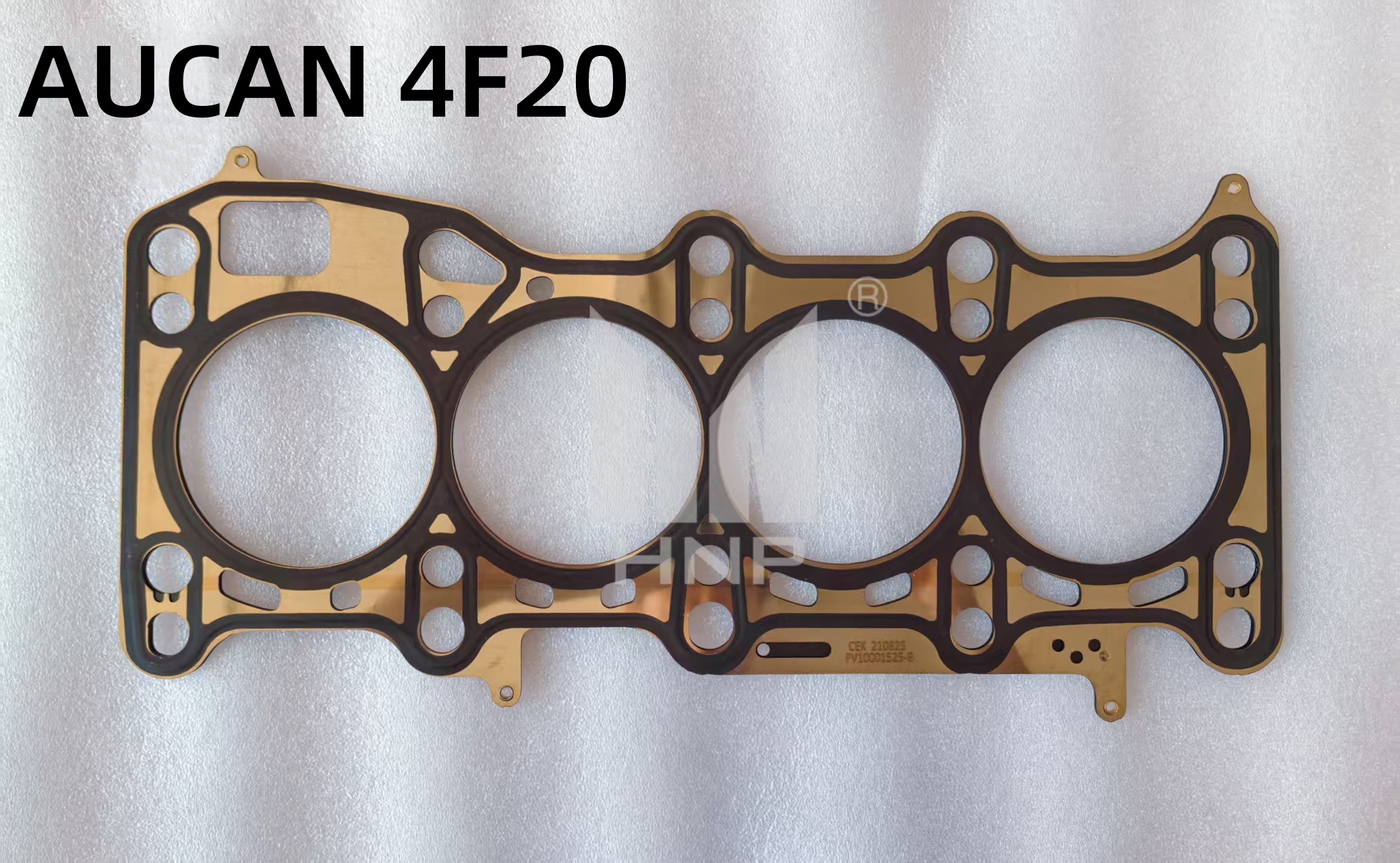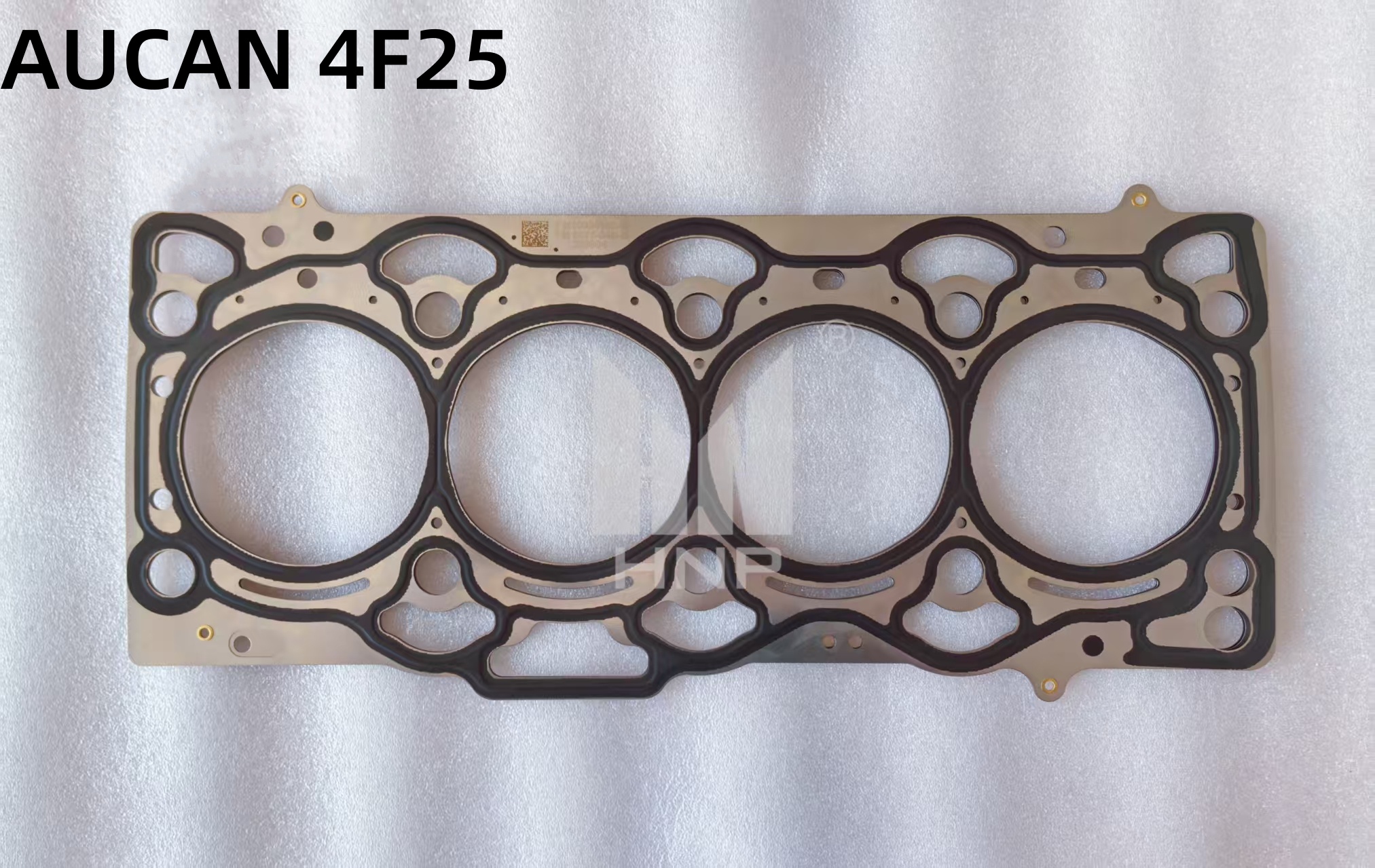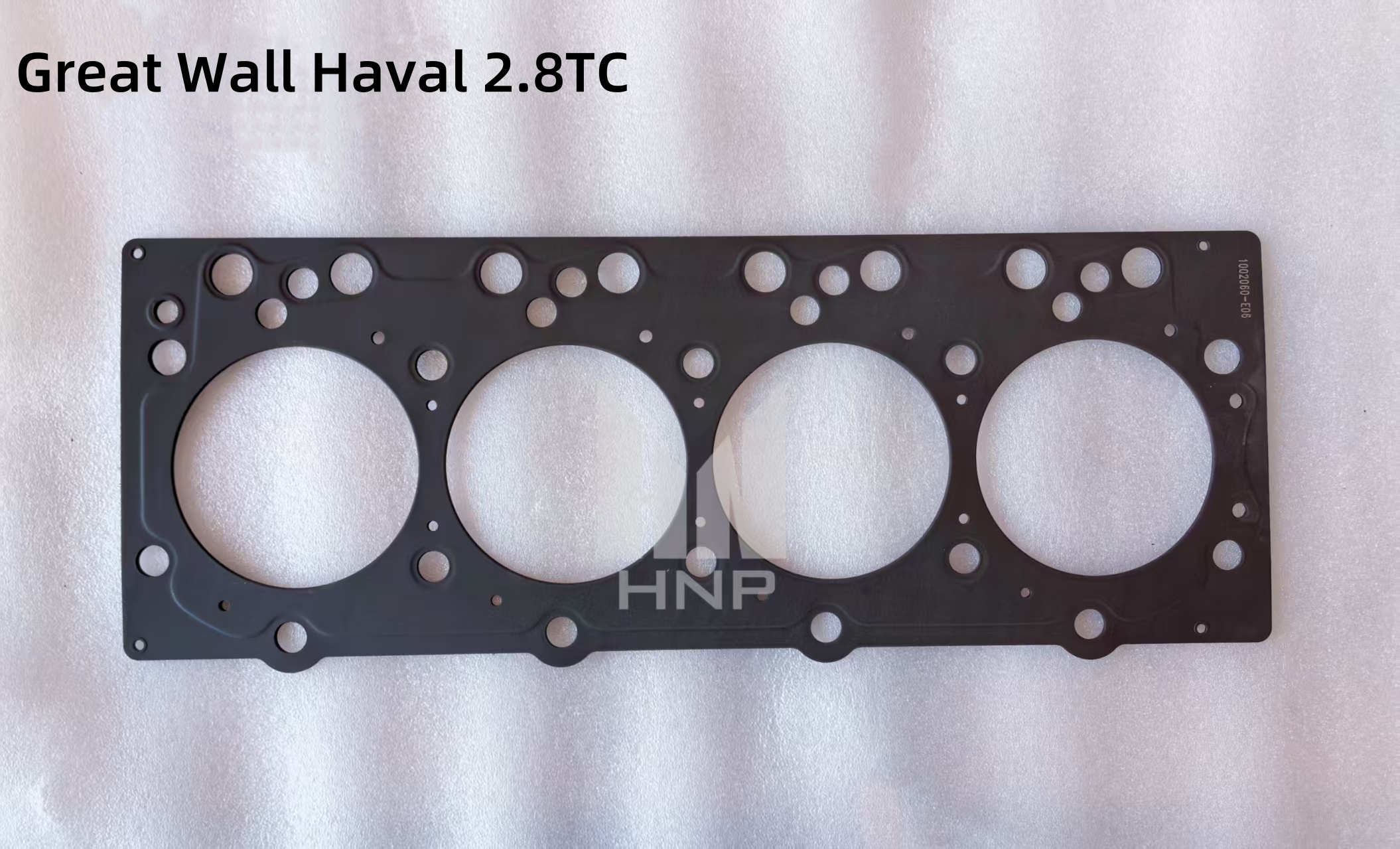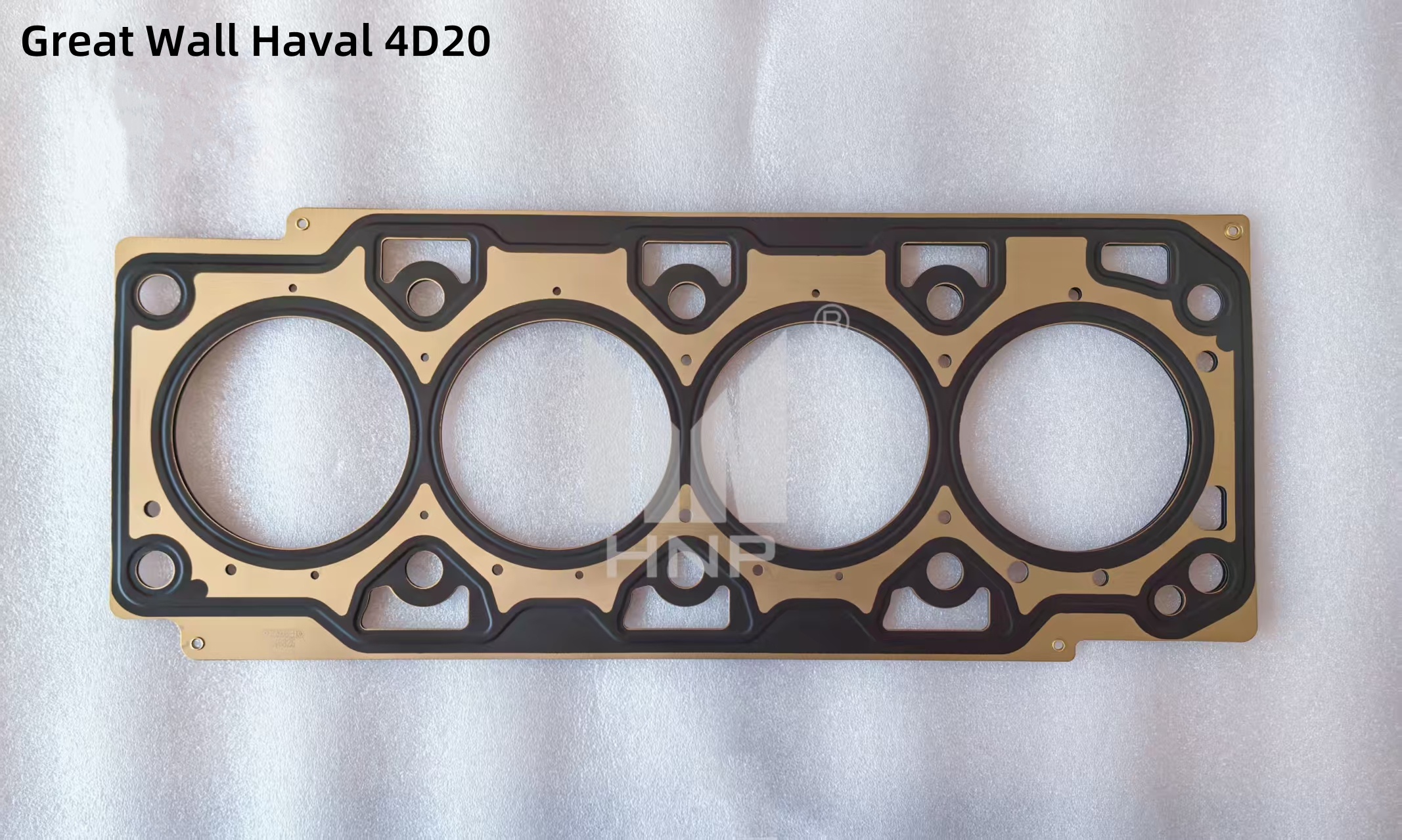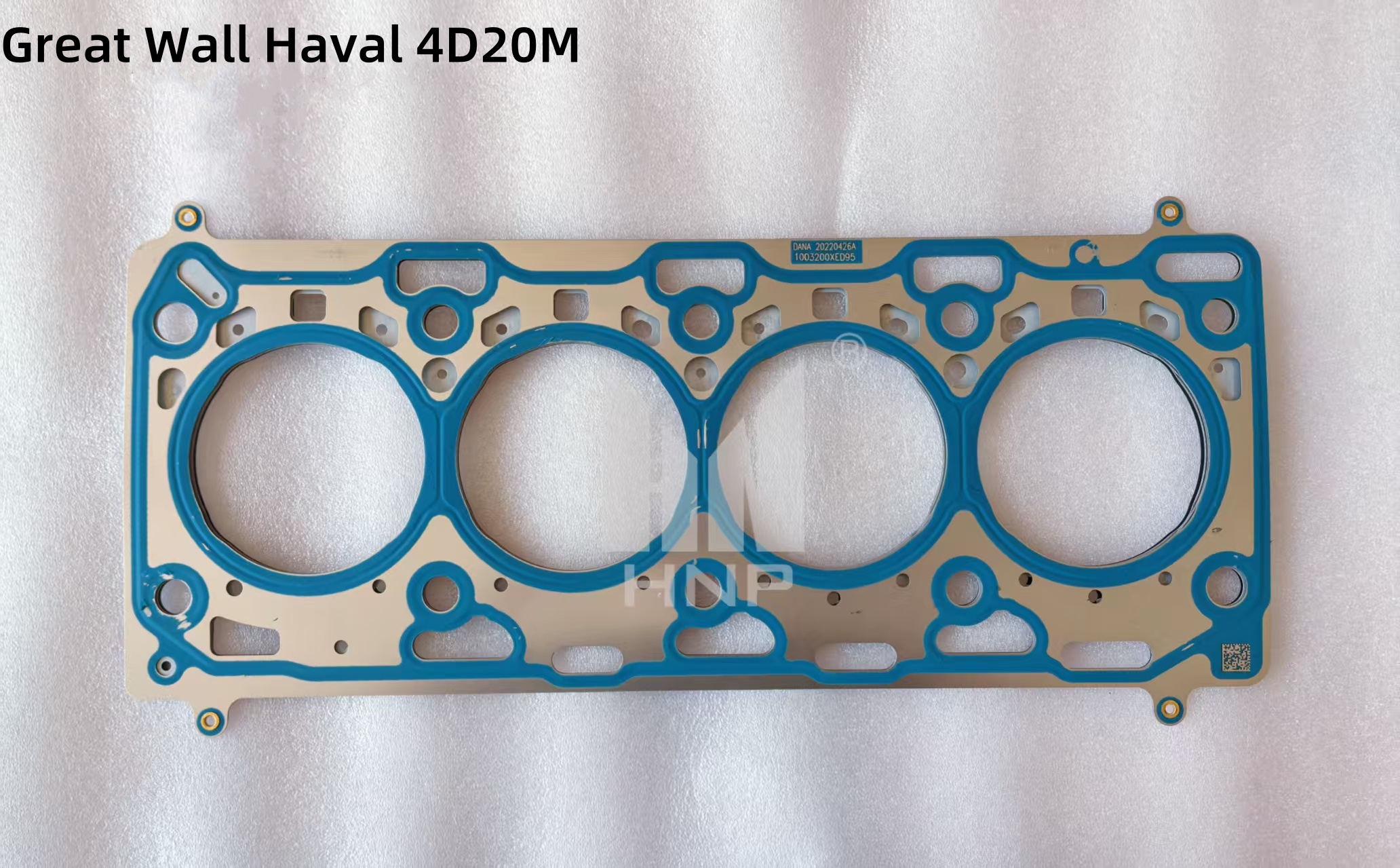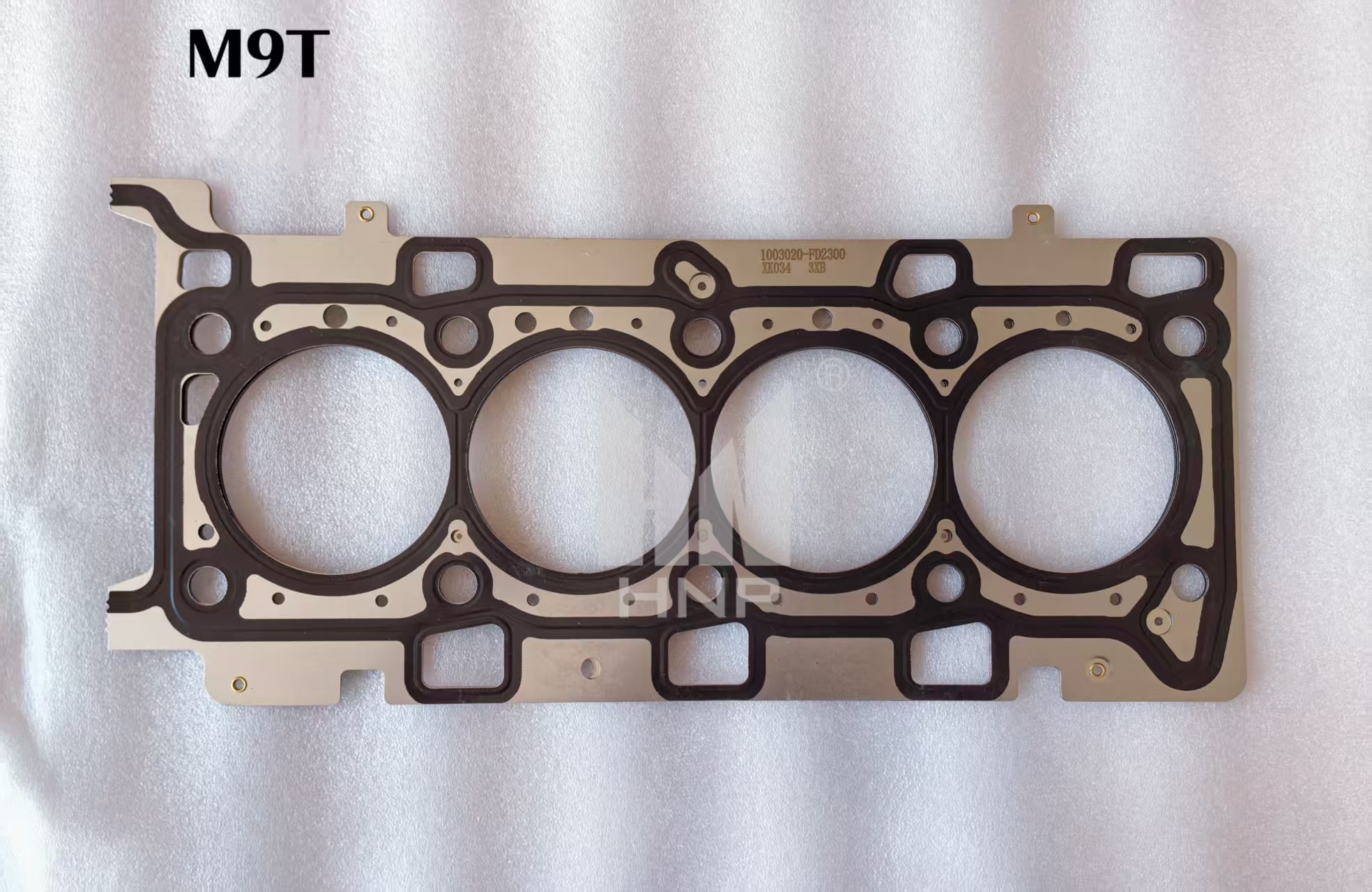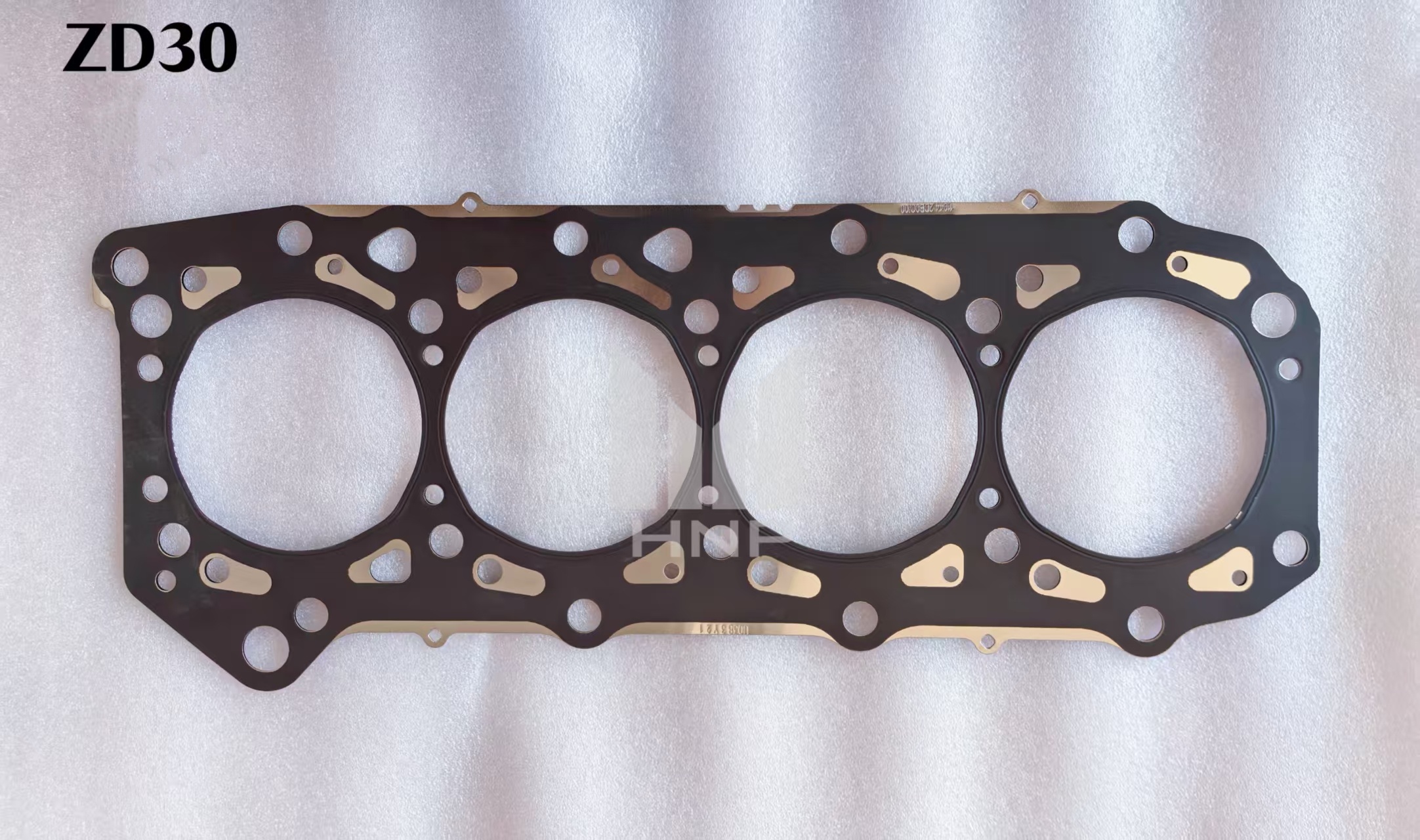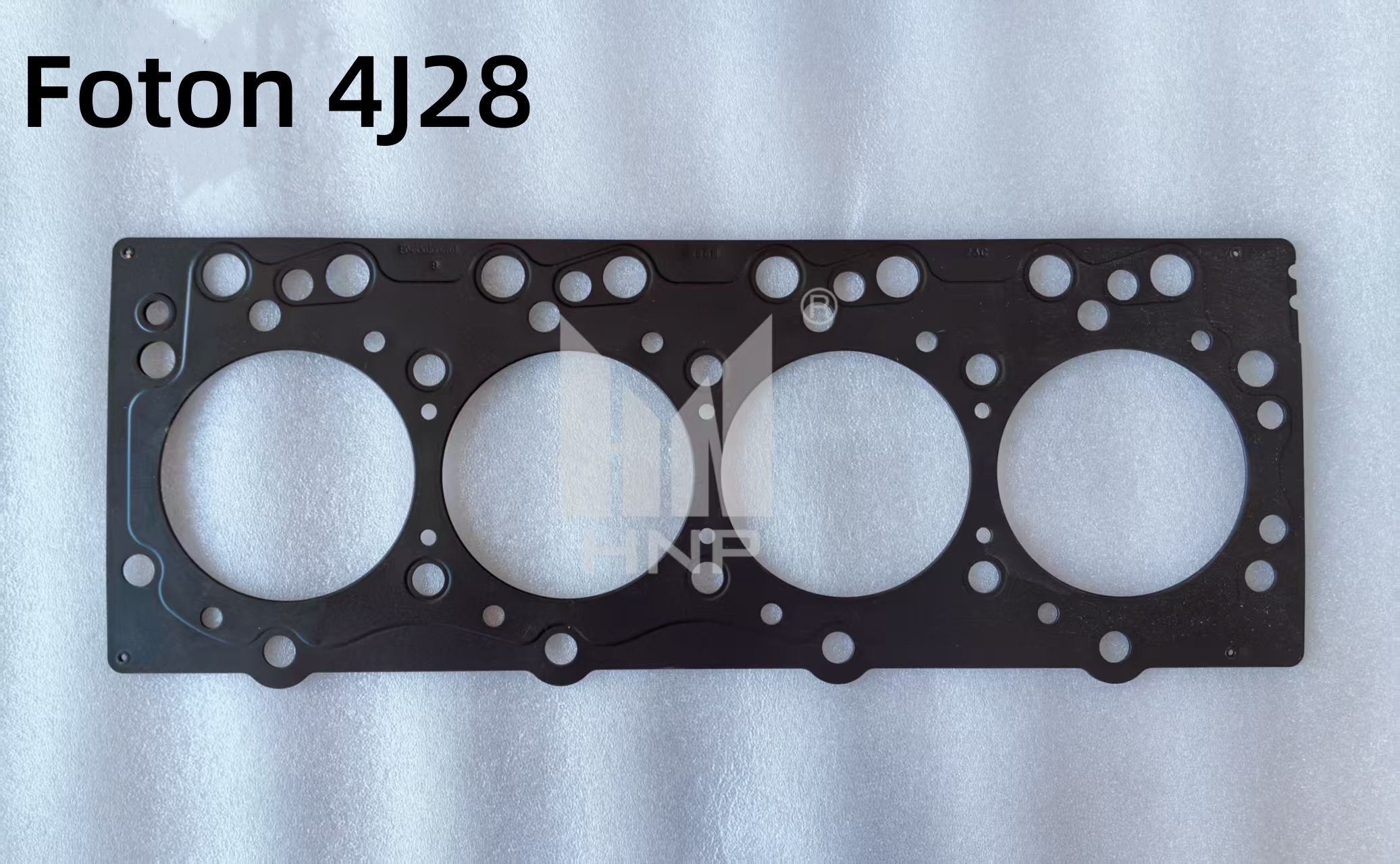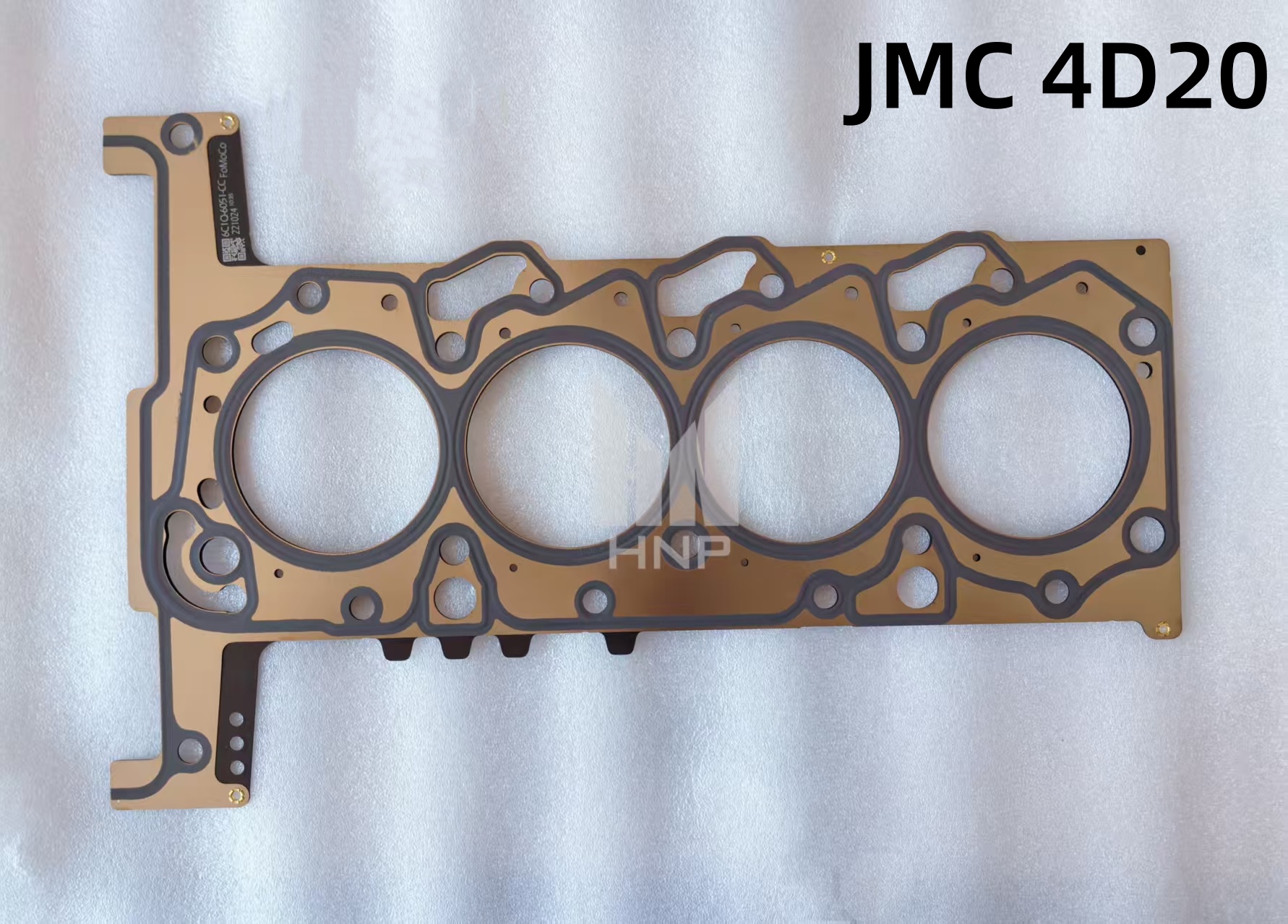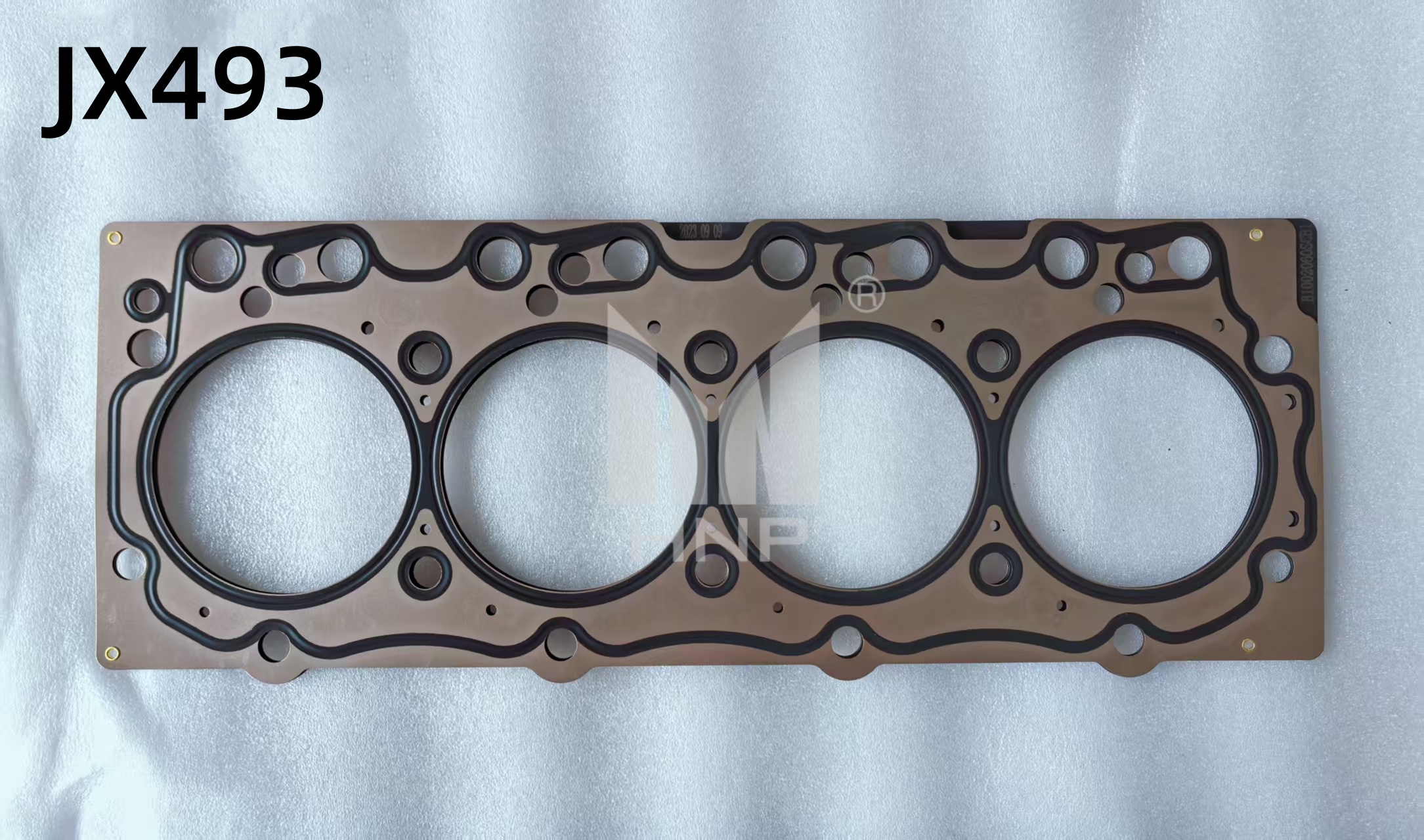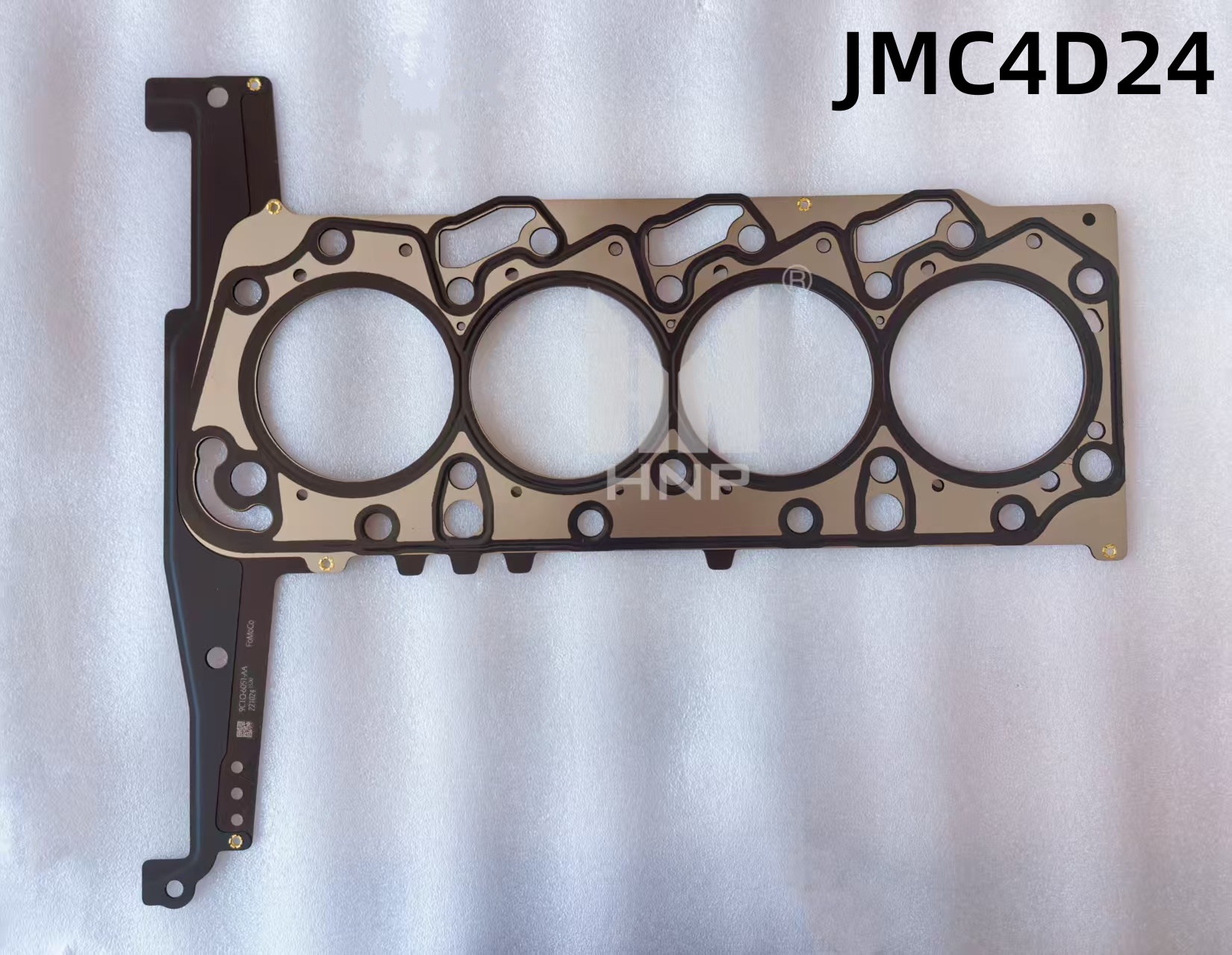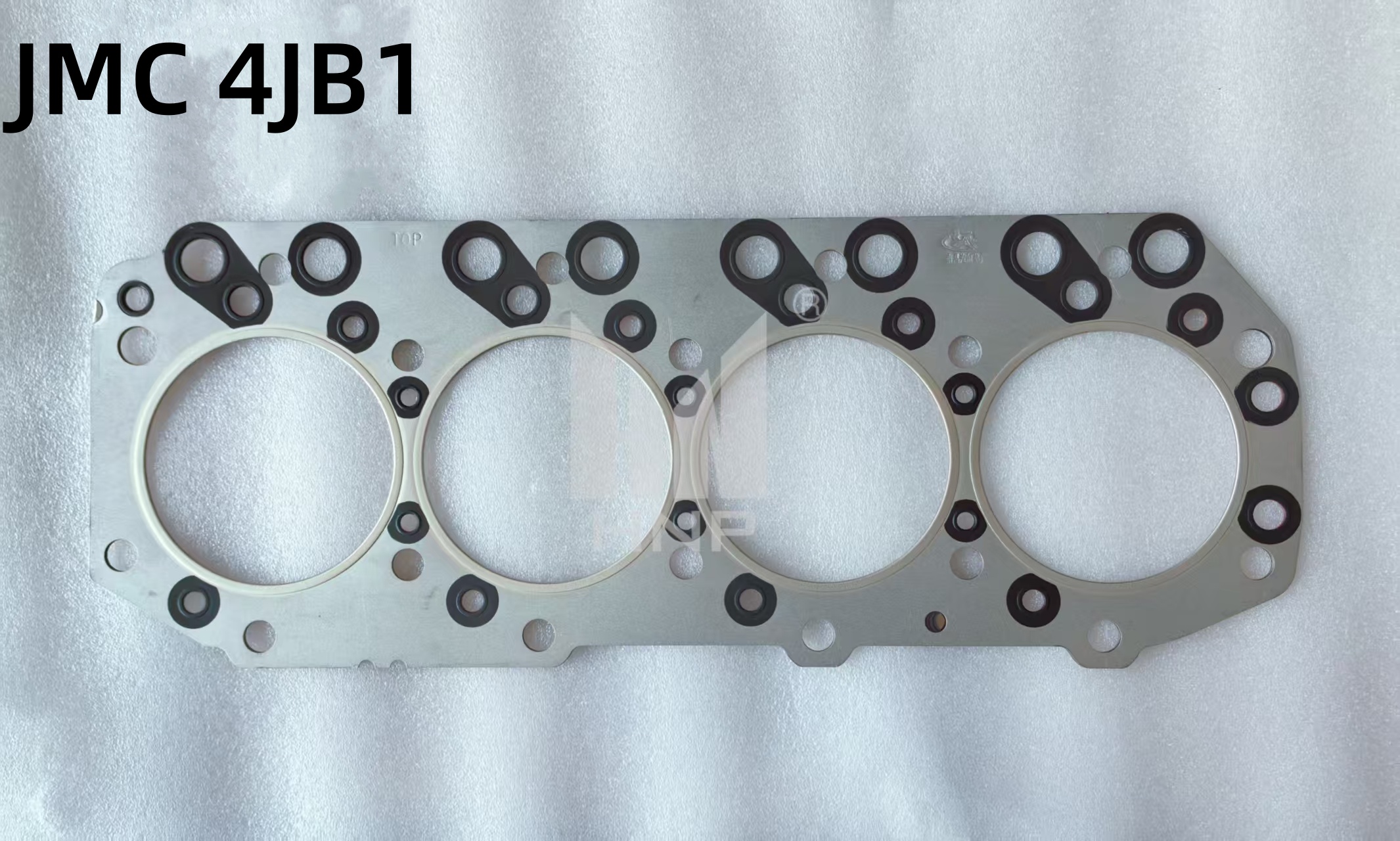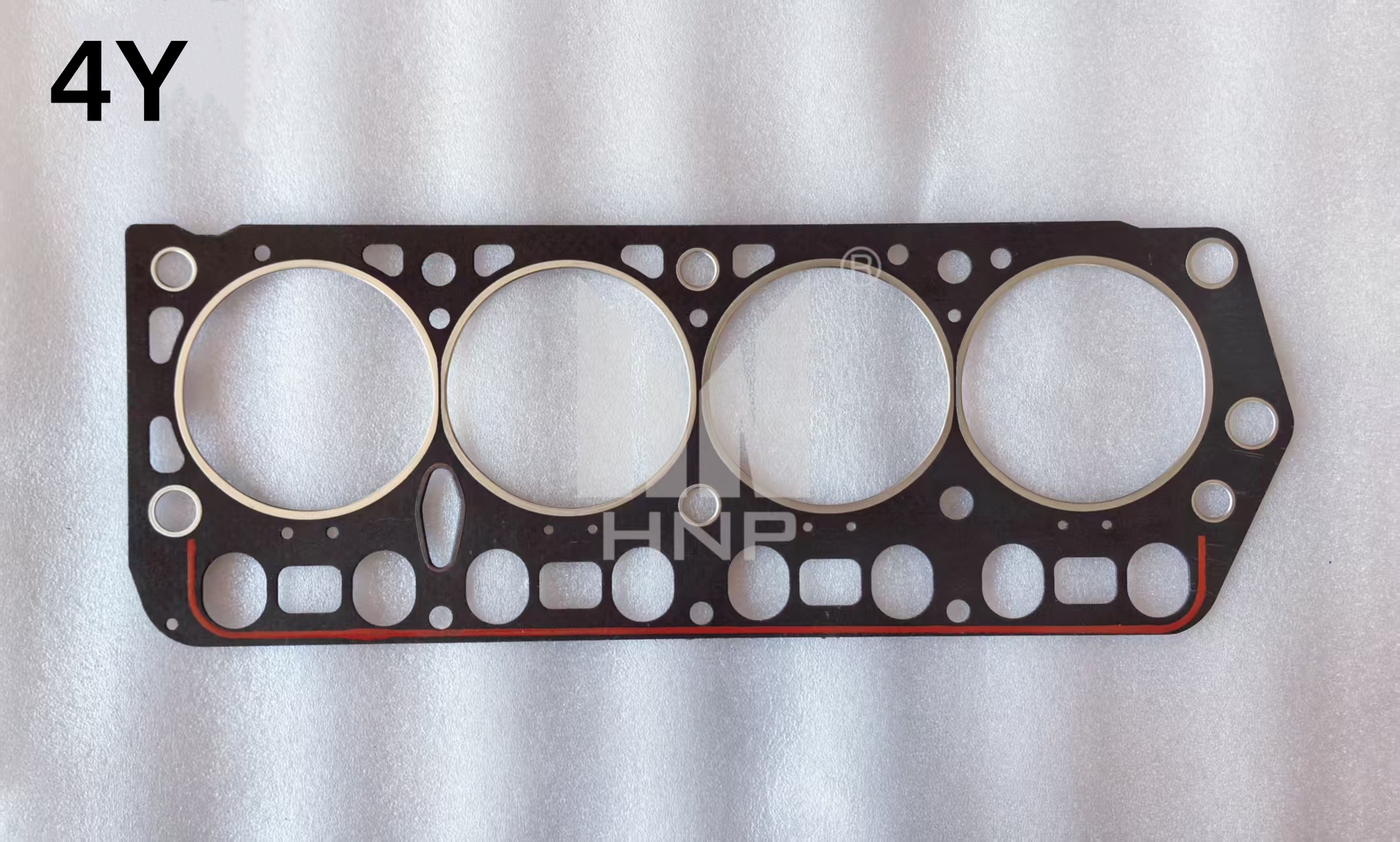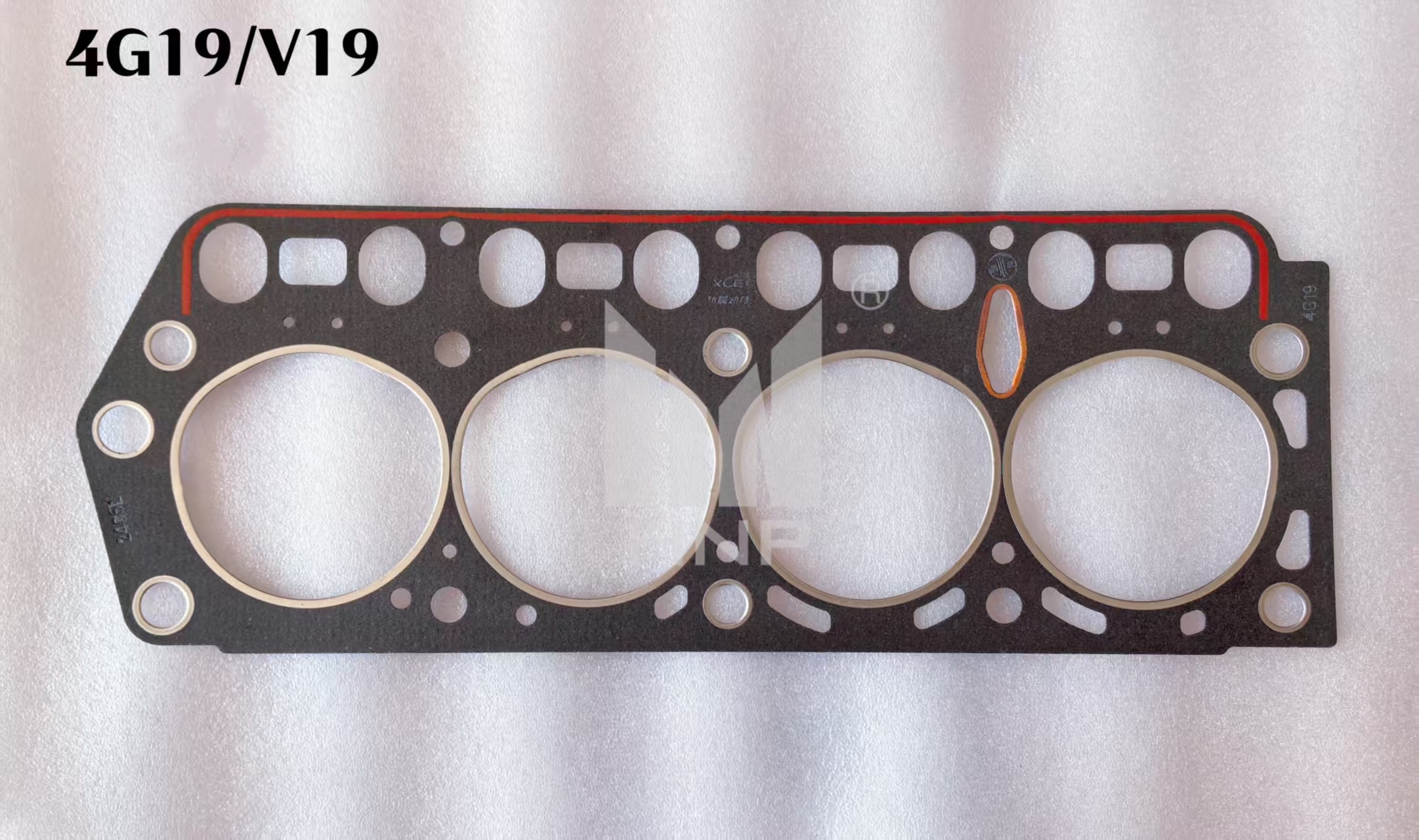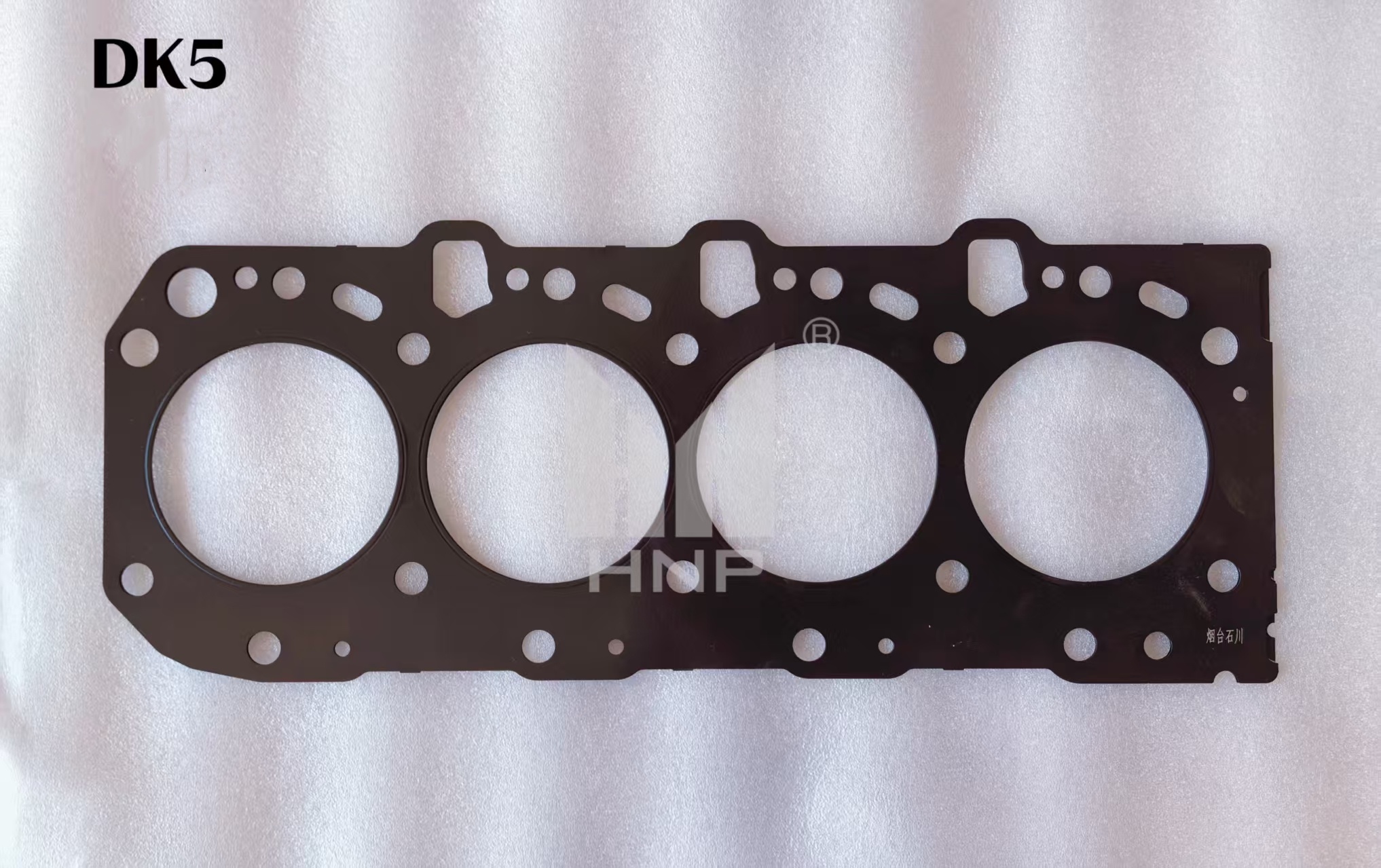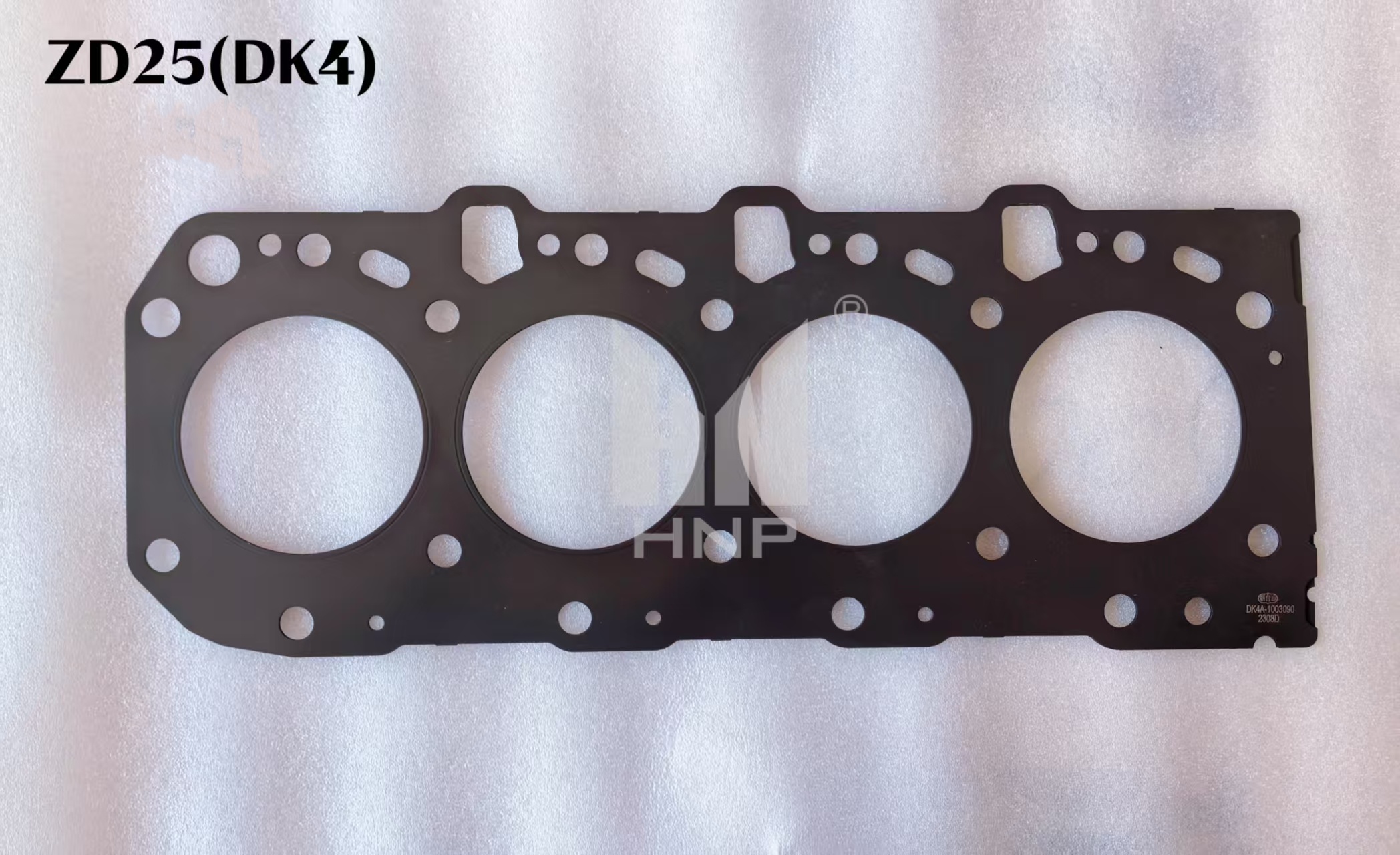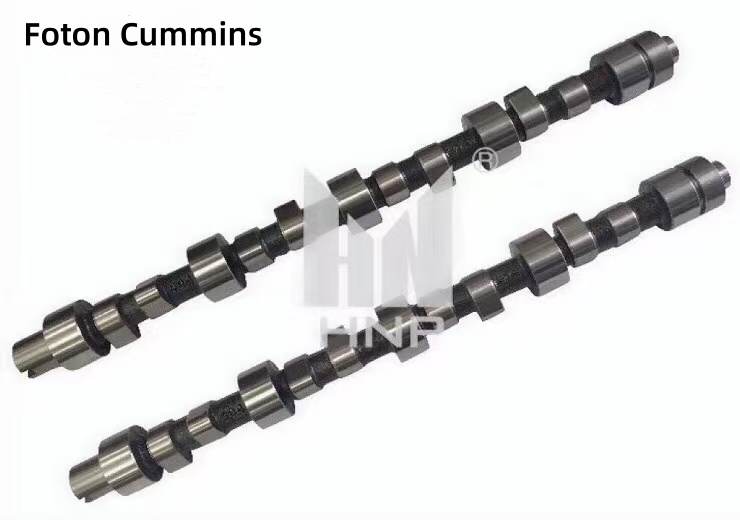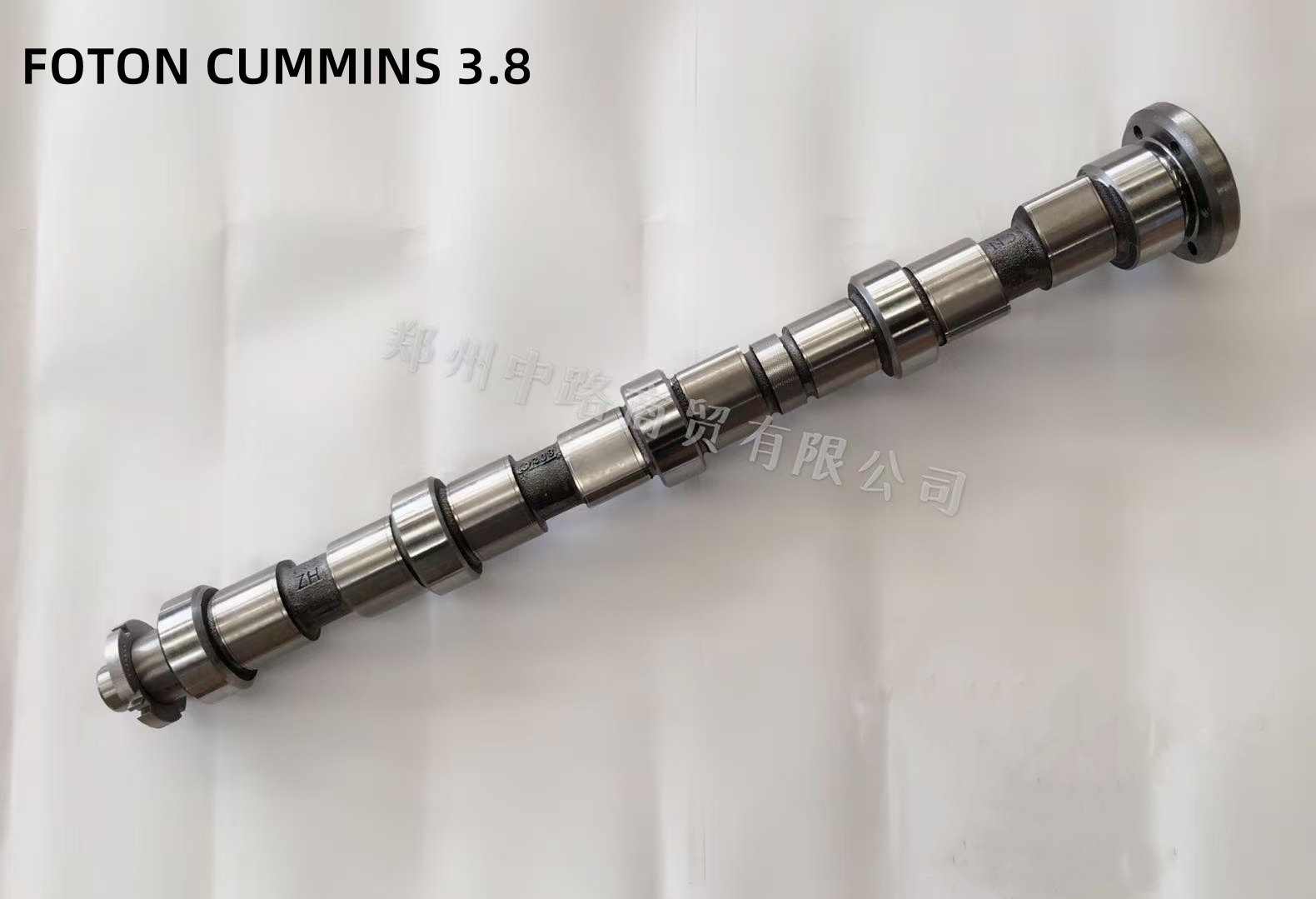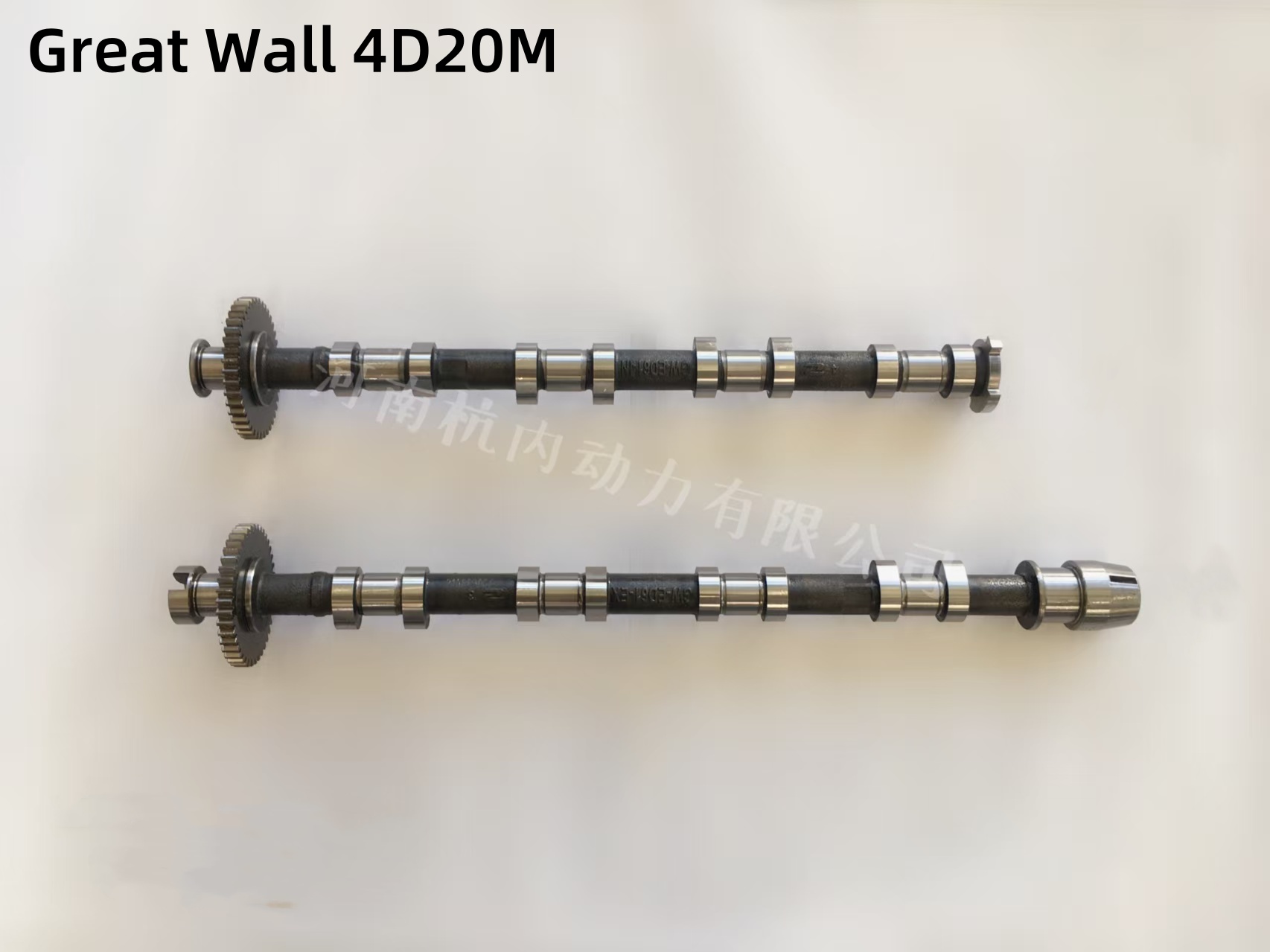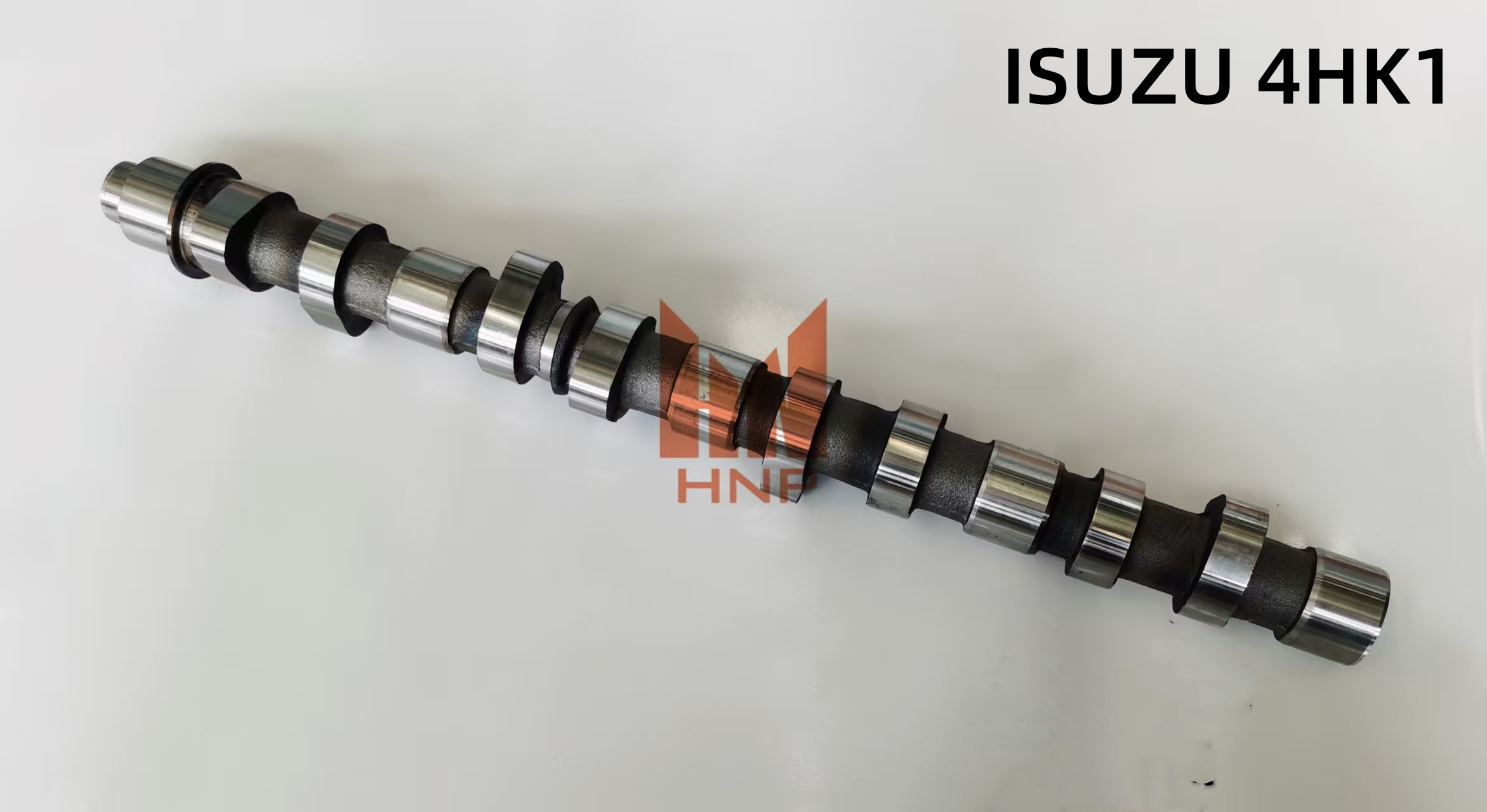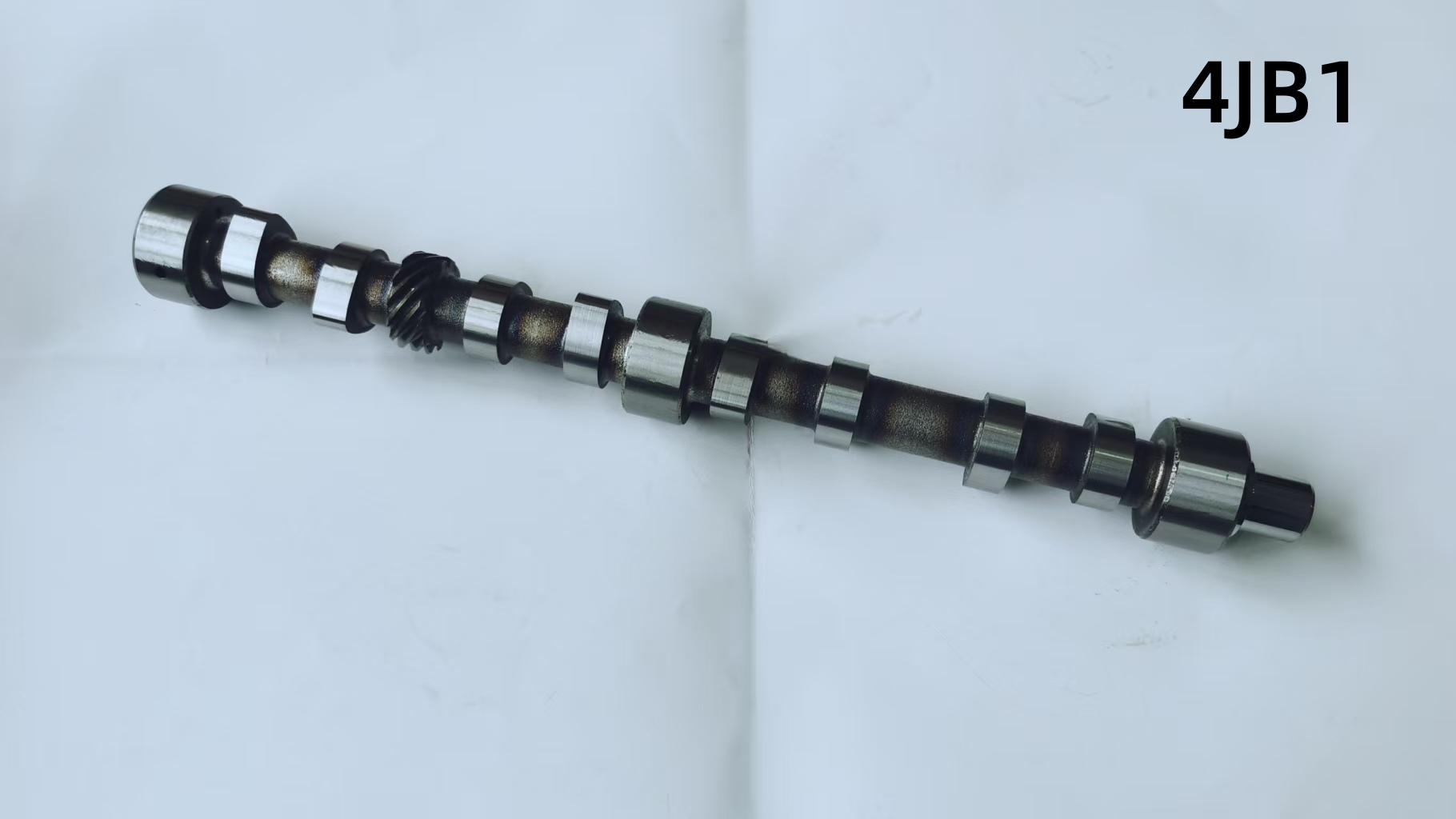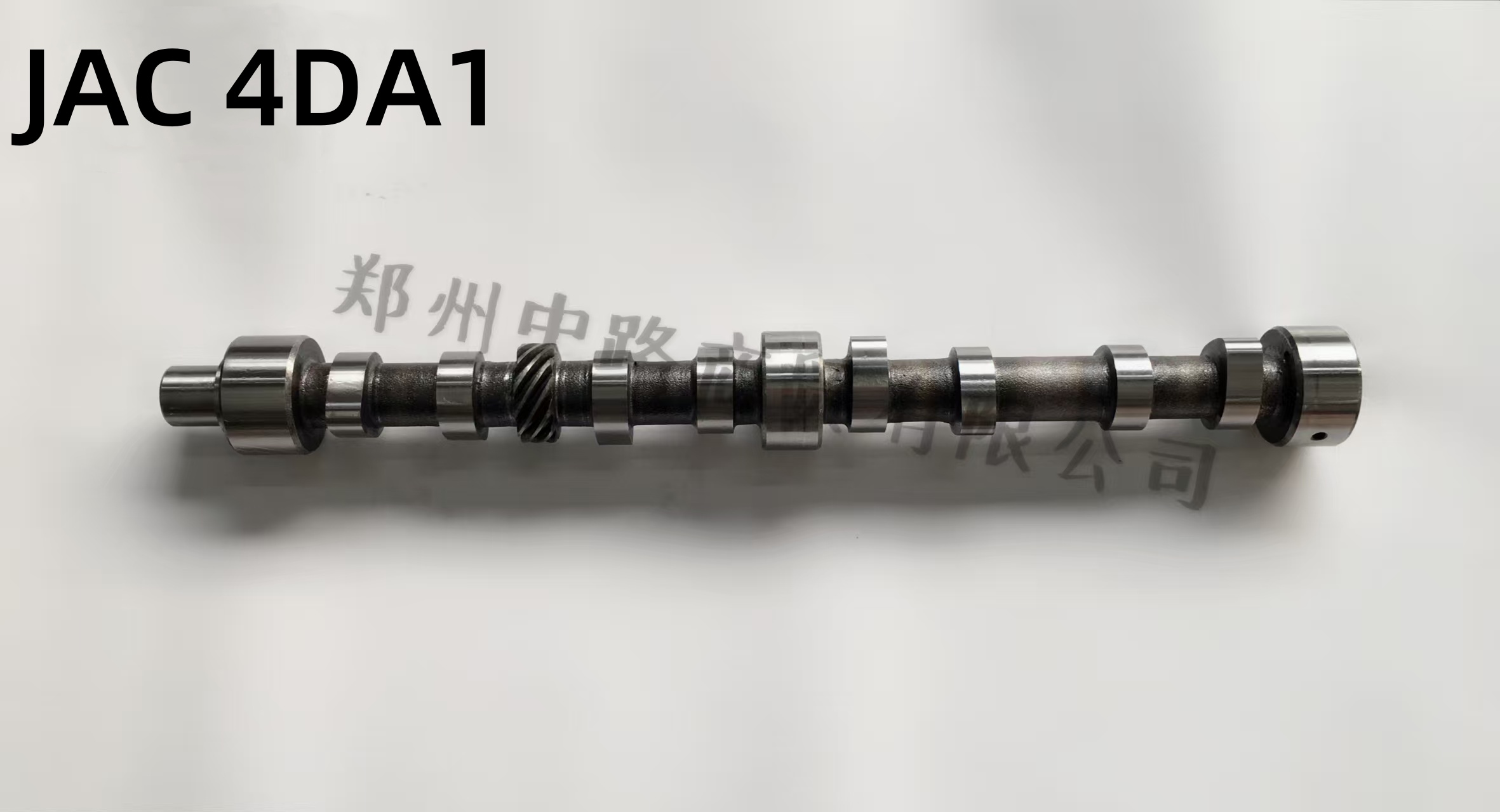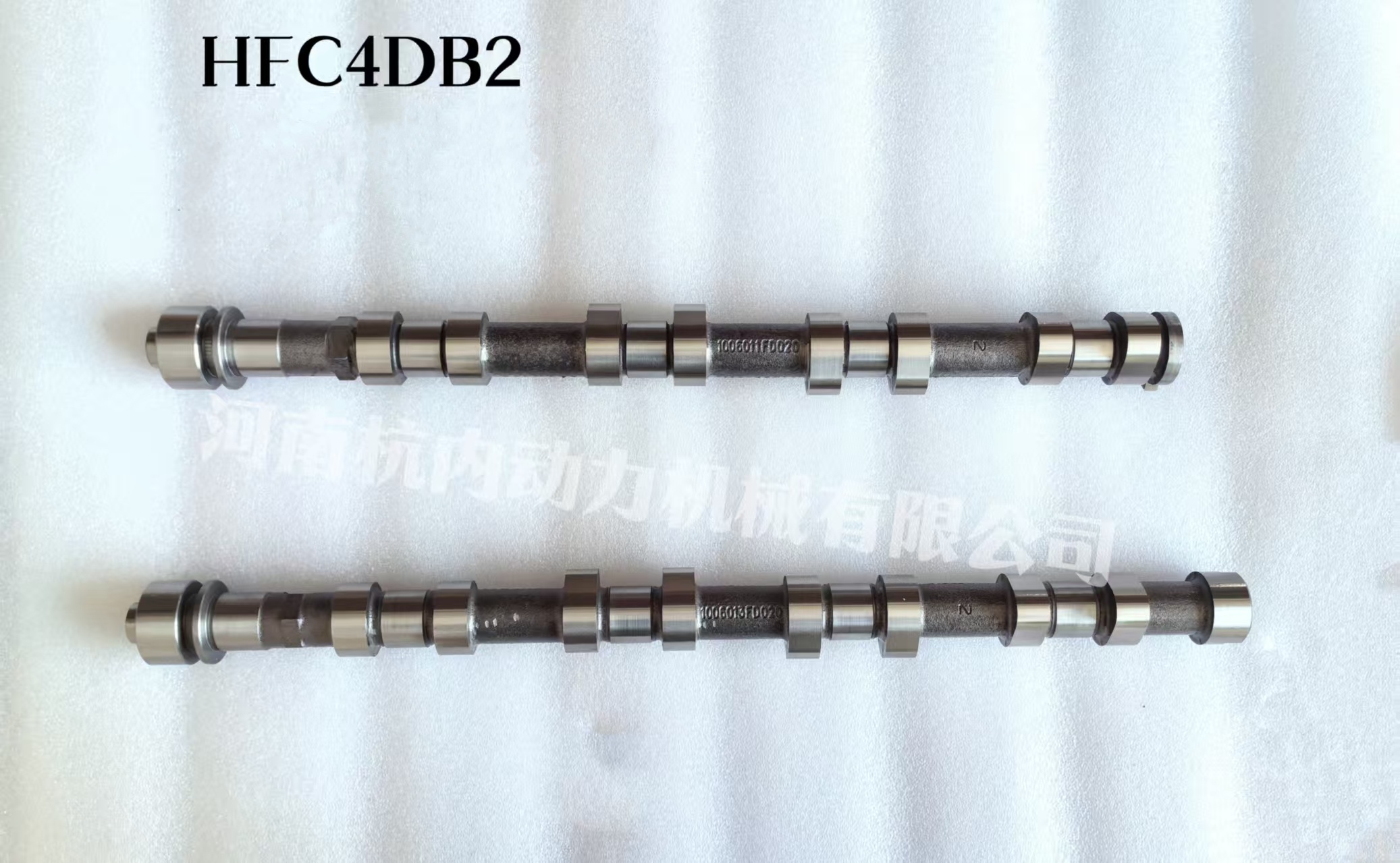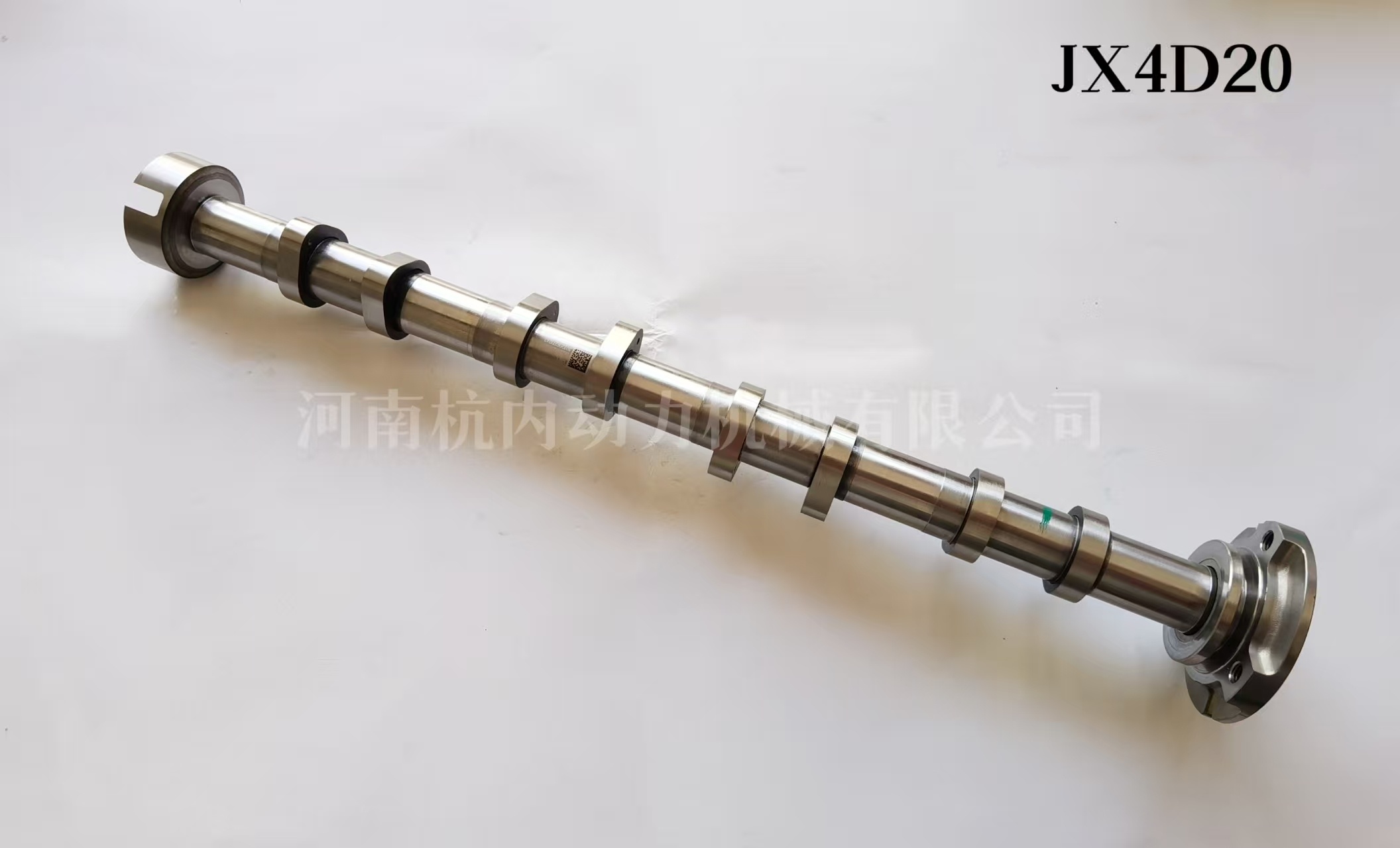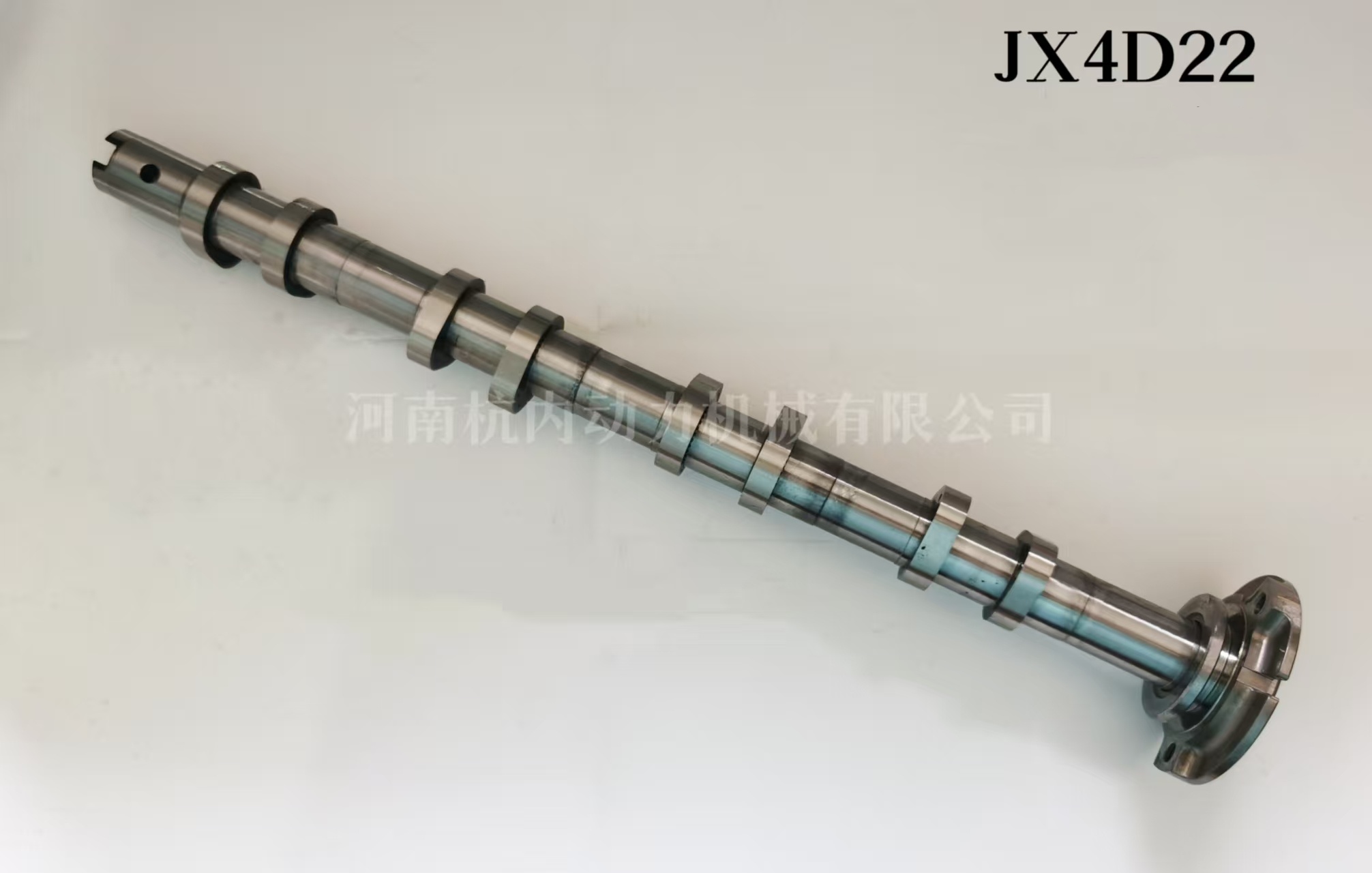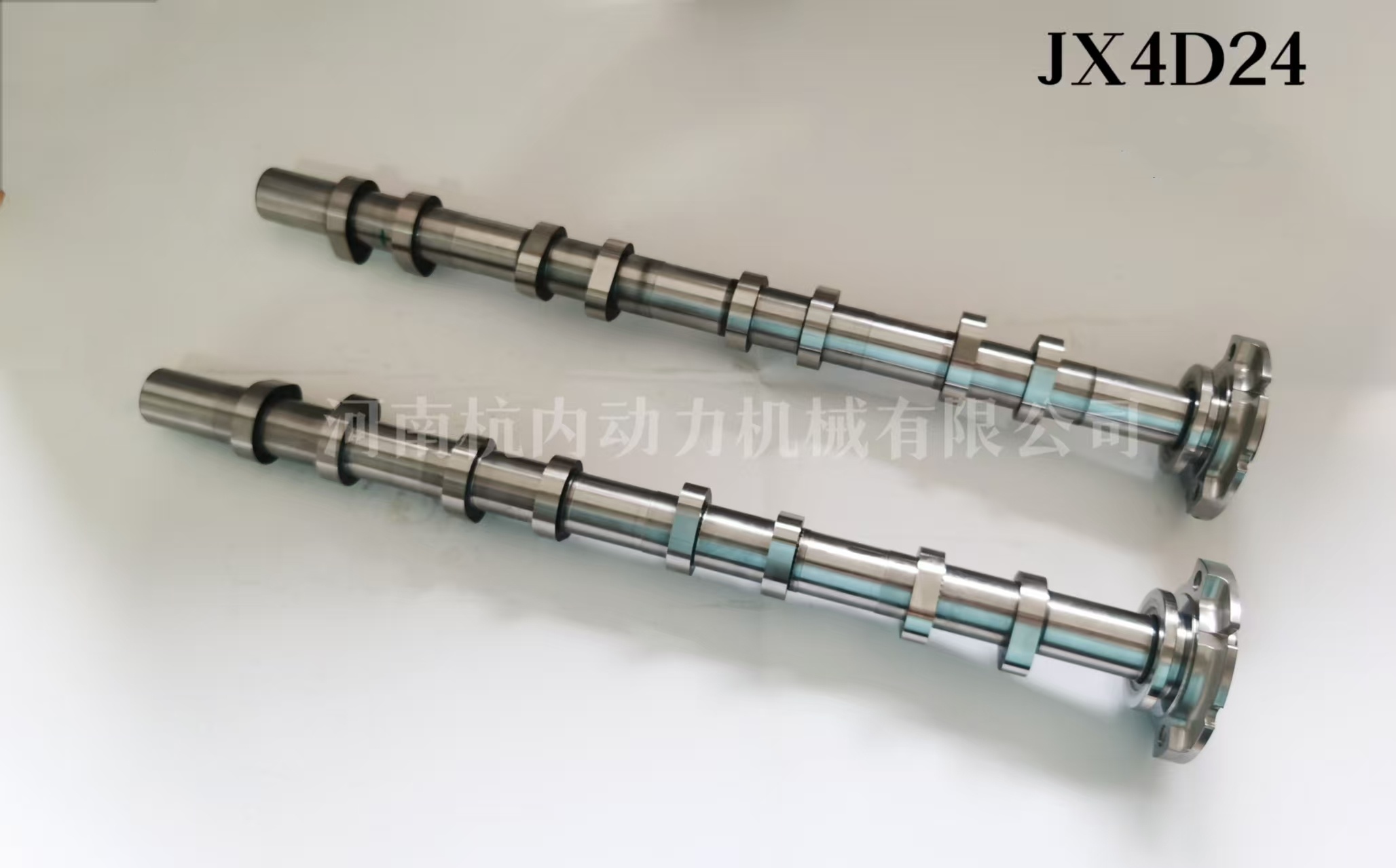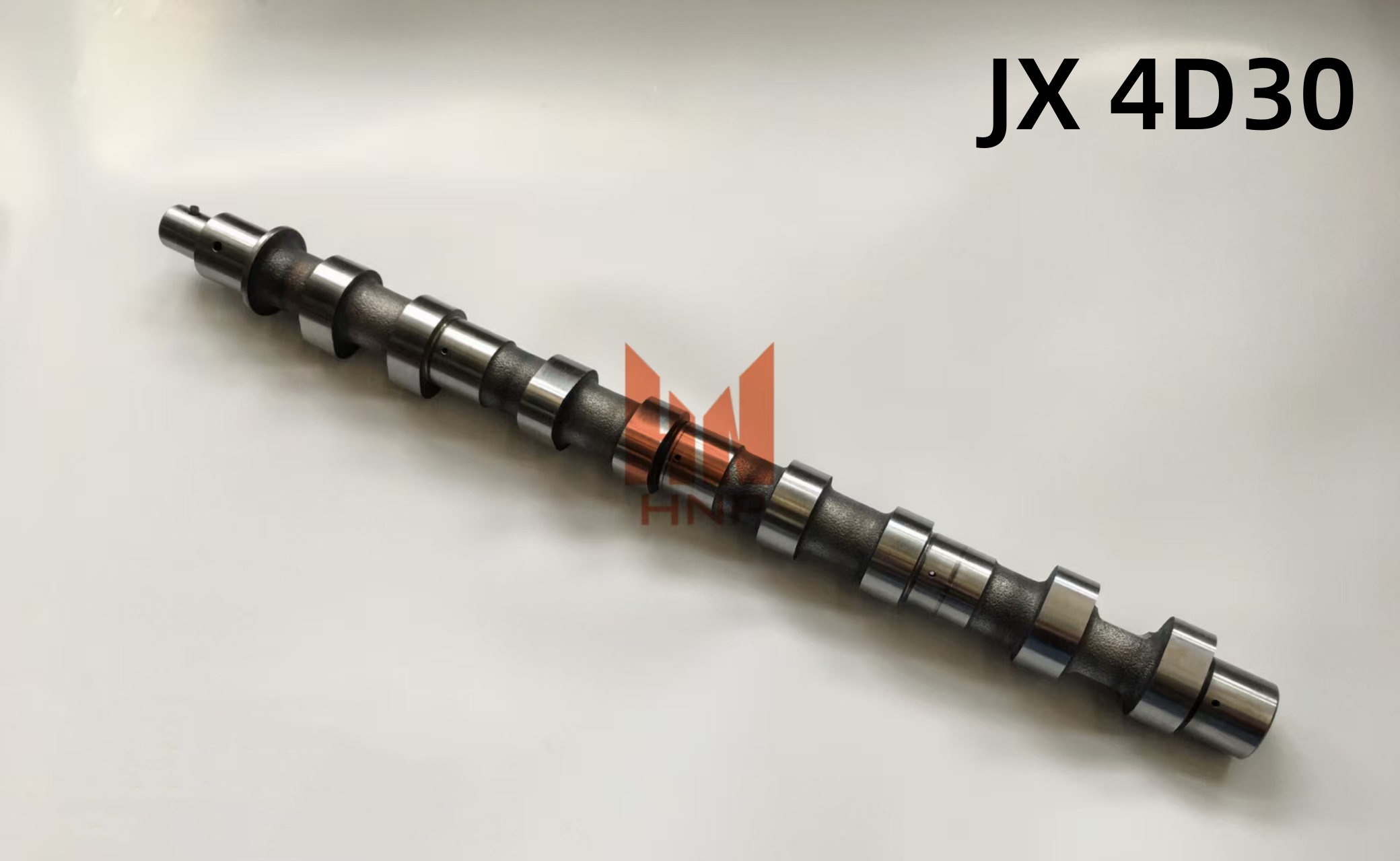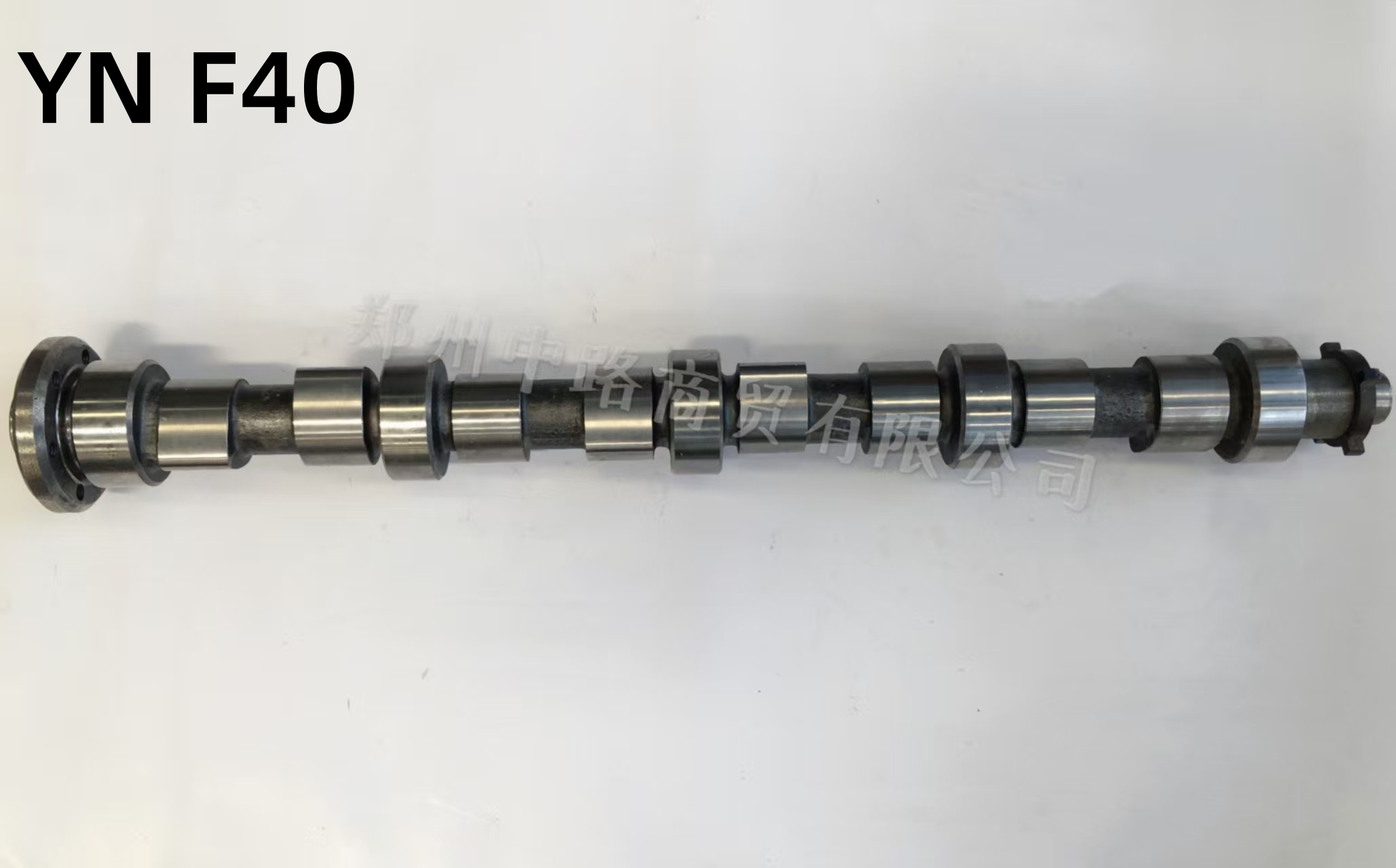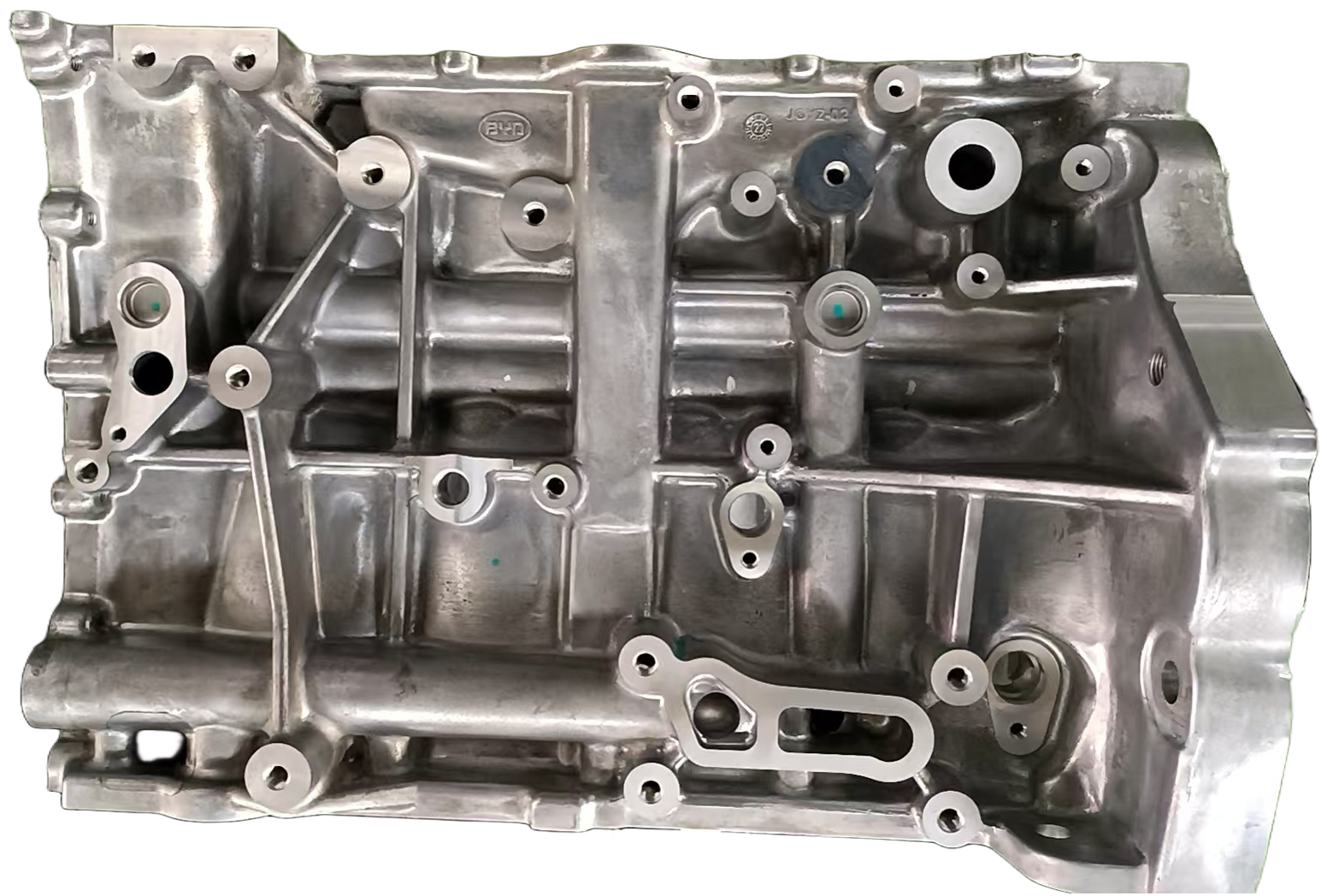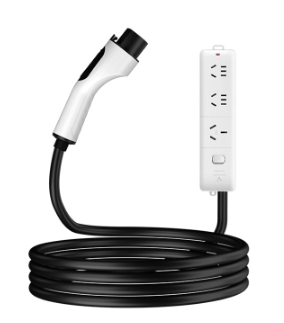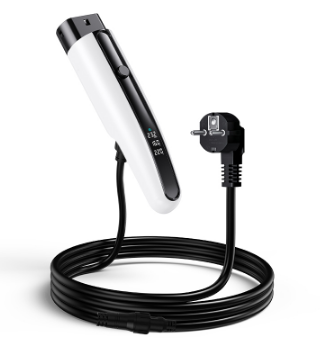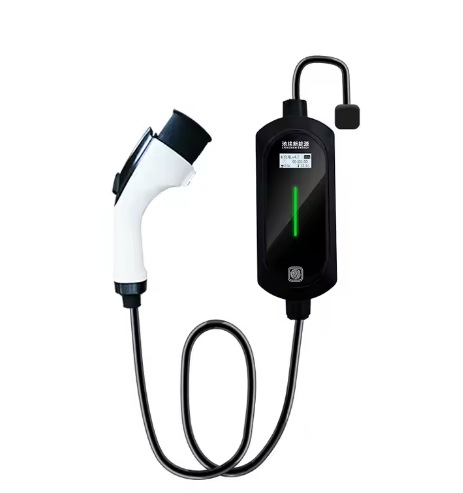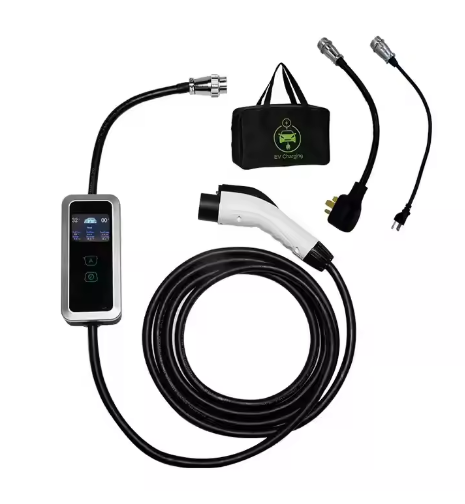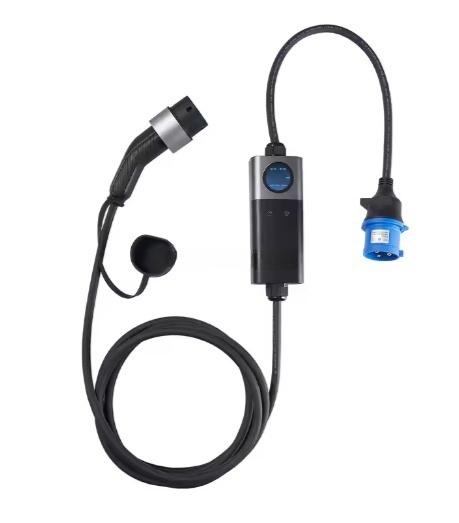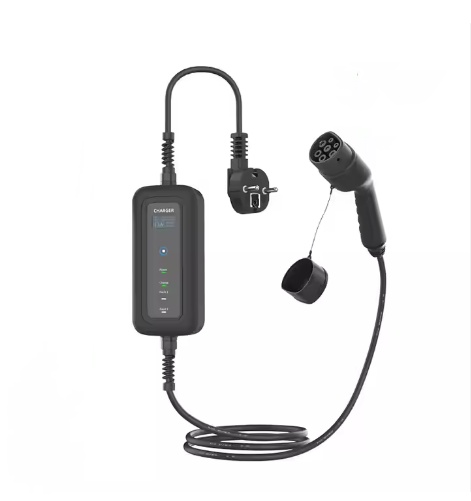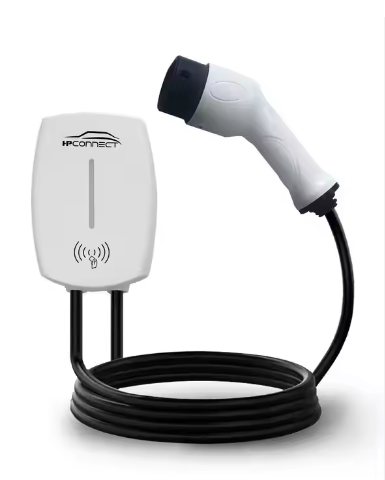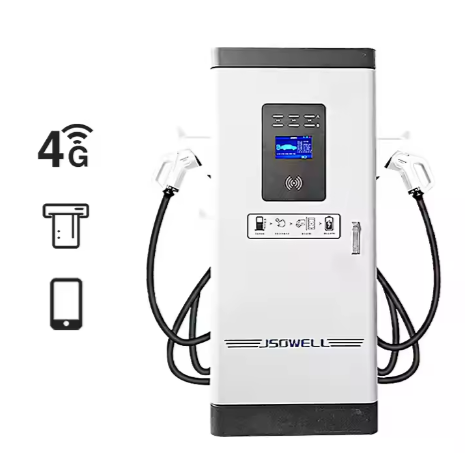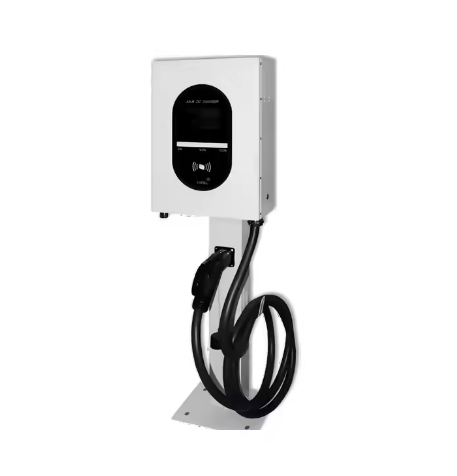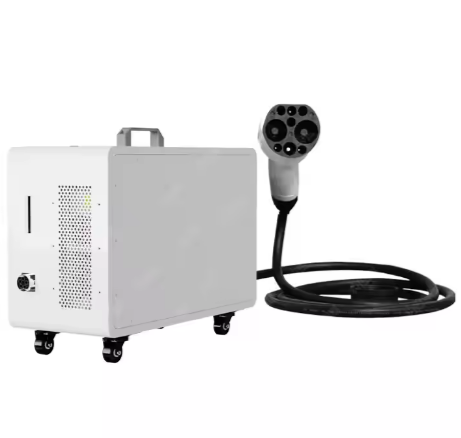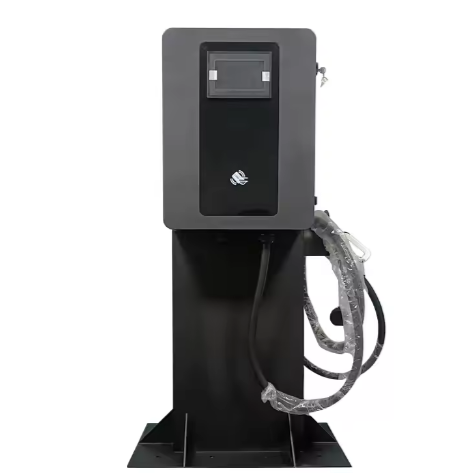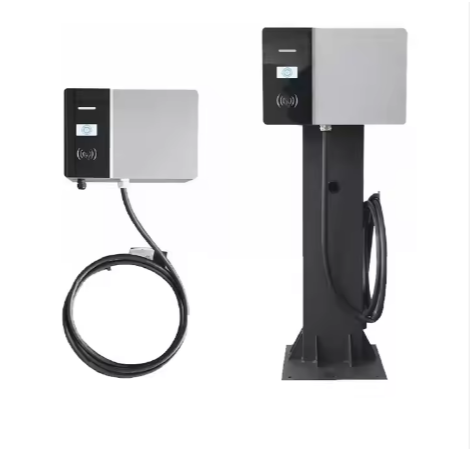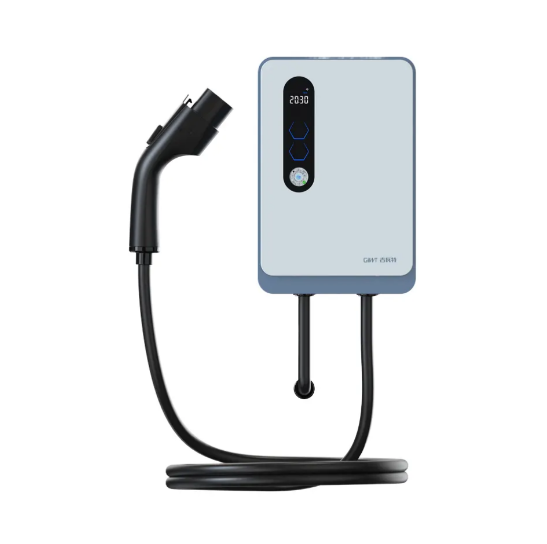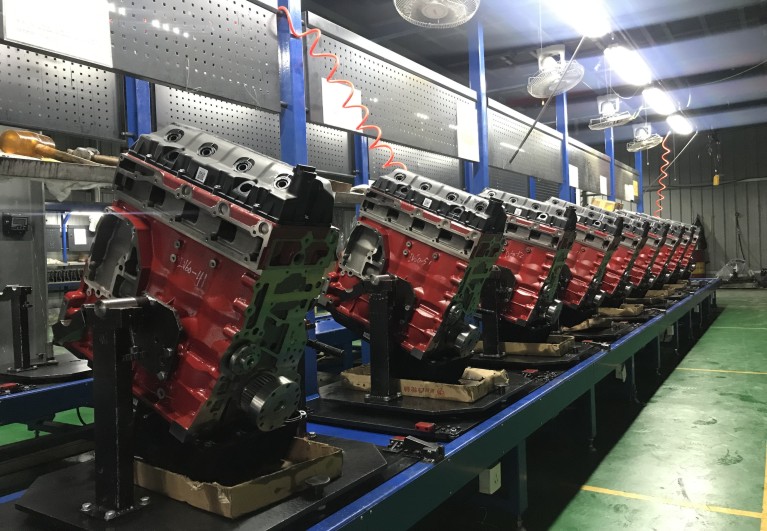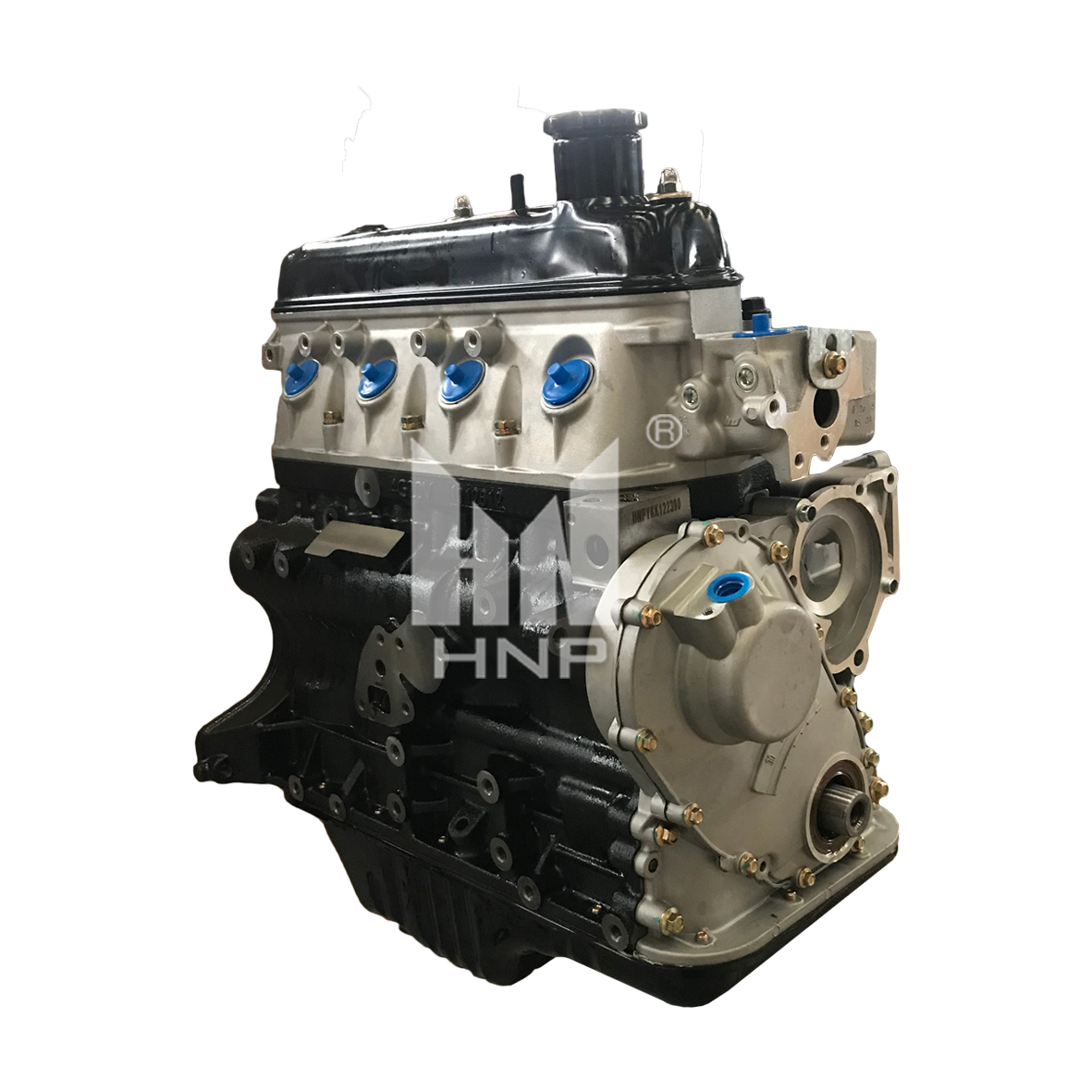Engine Short Block Replacement vs. Long Block Replacement: A Comprehensive Guide
Cover what short block and long block replacements are, their benefits and drawbacks, cost comparisons, installation processes, and tips for choosing the best option for your needs.
When your vehicle’s engine starts to show signs of wear, damage, or failure, replacing it can be a major decision. However, full engine replacement isn't always necessary. Mechanics and vehicle owners often choose between an engine short block replacement and a long block replacement, depending on the extent of the damage, budget, and long-term goals.
Understanding the differences between these two engine replacement options can help you make an informed decision. This guide will cover what short block and long block replacements are, their benefits and drawbacks, cost comparisons, installation processes, and tips for choosing the best option for your needs.
Understanding Engine Blocks: Short Block vs. Long Block
Before deciding on a replacement, it's essential to understand what constitutes a short block and a long block engine.
What Is an Engine Short Block?
- An engine short block refers to the lower section of the engine, which includes:
The engine block (cylinder block)
Crankshaft
Pistons
Connecting rods
Bearings
A short block does not include the cylinder heads, camshaft, timing components, valve train, or any external accessories. These missing components must be transferred from the old engine or purchased separately.
When Is a Short Block Used?
A short block is ideal when the top-end of your engine, such as the cylinder head and valve train, is still in good condition and can be reused. It allows you to replace only the core moving components while retaining everything else.
What Is an Engine Long Block?
- A long block engine includes everything in a short block plus:
Cylinder heads
Camshaft(s)
Valve train (lifters, pushrods, rocker arms)
Timing components
Unlike a short block, a long block is a more complete replacement. It eliminates the need to reuse old cylinder heads or other critical components, making it a better option for vehicles with severe engine damage.
When Is a Long Block Used?
A long block is used when the entire engine has experienced wear or failure, making it necessary to replace both the bottom and top-end components.
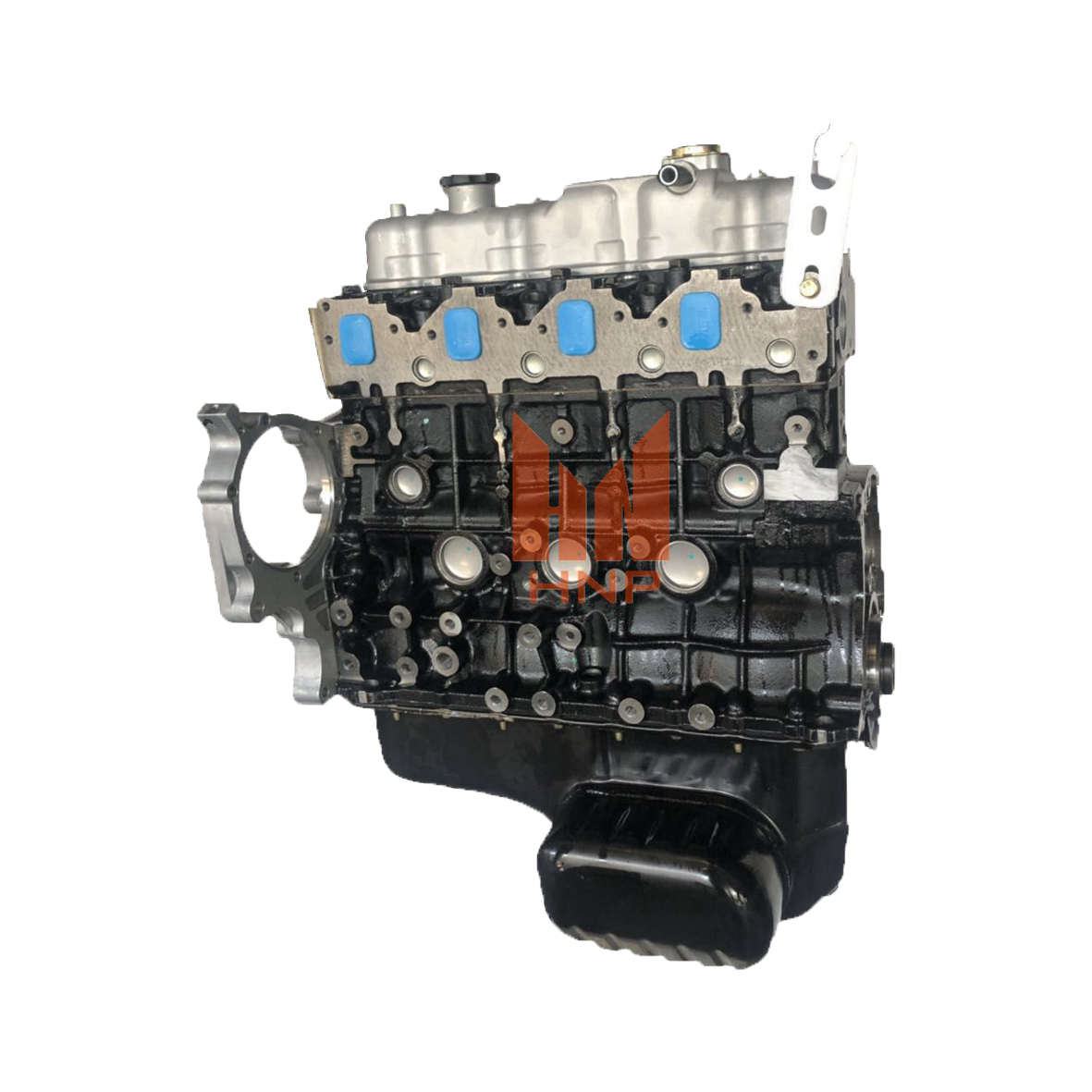
When Should You Choose an Engine Short Block Replacement?
A short block replacement is the right choice in specific scenarios where the engine's top-end is still functional.
Ideal Situations for a Short Block Replacement
Cylinder heads are in good condition – If the cylinder heads are free of cracks, warping, or excessive wear, a short block can be a cost-effective way to repair your engine.
Desire to retain existing components – If the camshaft, valve train, and other top-end parts are still functional, keeping them can help maintain engine compatibility and performance.
Budget-conscious repair – Since a short block consists of fewer parts than a long block, it is usually the cheaper option for an engine replacement.
Performance modifications – Many performance enthusiasts choose a short block replacement because it allows them to install custom cylinder heads and camshafts.
Pros of Choosing a Short Block Replacement
Lower cost – Short blocks are more affordable than long blocks because they include fewer parts.
Allows customization – Performance-focused builds often use short blocks to install aftermarket cylinder heads.
Good for partially damaged engines – If the valve train and camshaft are undamaged, reusing them saves money.
Cons of a Short Block Replacement
More labor required – The old engine's top-end must be removed and reinstalled, which increases labor costs.
Risk of compatibility issues – Older parts may not work well with the new short block, leading to potential performance problems.
Hidden engine problems – If the cylinder head has undetected cracks or damage, using it with a new short block could result in future failures.
When Should You Choose a Long Block Replacement?
A long block engine replacement is the better option for more extensive engine damage or when you want a near-complete replacement.
Ideal Situations for a Long Block Replacement
Cylinder heads or valve train are damaged – If the top-end components are worn out, cracked, or warped, replacing them with a long block ensures long-term reliability.
Desire for a plug-and-play solution – Long blocks are pre-assembled with cylinder heads and valve train components, making installation easier.
Minimizing risk of future engine issues – Since long blocks replace more components, they reduce the risk of future failures caused by old, worn-out parts.
Time-saving installation – Because a long block is pre-assembled, it requires less labor compared to swapping a short block and reusing old parts.
Pros of Choosing a Long Block Replacement
More complete solution – Replaces both bottom-end and top-end components, improving reliability.
Less risk of failure – Since all major components are new or remanufactured, the chances of unexpected breakdowns are lower.
Easier installation – A long block eliminates the need to transfer old cylinder heads, camshafts, and timing components.
Cons of a Long Block Replacement
Higher cost – A long block is more expensive than a short block because it includes more components.
May require additional parts – Some long blocks do not come with intake manifolds, fuel injectors, or exhaust headers, requiring additional purchases.
Not always necessary – If the cylinder heads and valve train are still in good condition, a short block replacement may be a more cost-effective option.
Cost Comparison: Short Block vs. Long Block Replacement
The cost of replacing an engine varies depending on factors like vehicle make and model, labor costs, and whether the replacement is new or remanufactured.
|
Engine Type |
Price Range (Parts Only) |
Total Cost (Including Labor) |
|
Short Block Replacement |
$1,500 - $4,000 |
$2,500 - $6,000 |
|
Long Block Replacement |
$2,500 - $7,000 |
$4,000 - $10,000 |
Factors Affecting the Cost
Labor costs – Short block replacements require more work since old components must be transferred, increasing labor charges.
OEM vs. aftermarket parts – OEM (Original Equipment Manufacturer) parts are usually more expensive than aftermarket alternatives.
Additional components – Some engines may need new gaskets, oil pumps, or timing components, increasing the total cost.
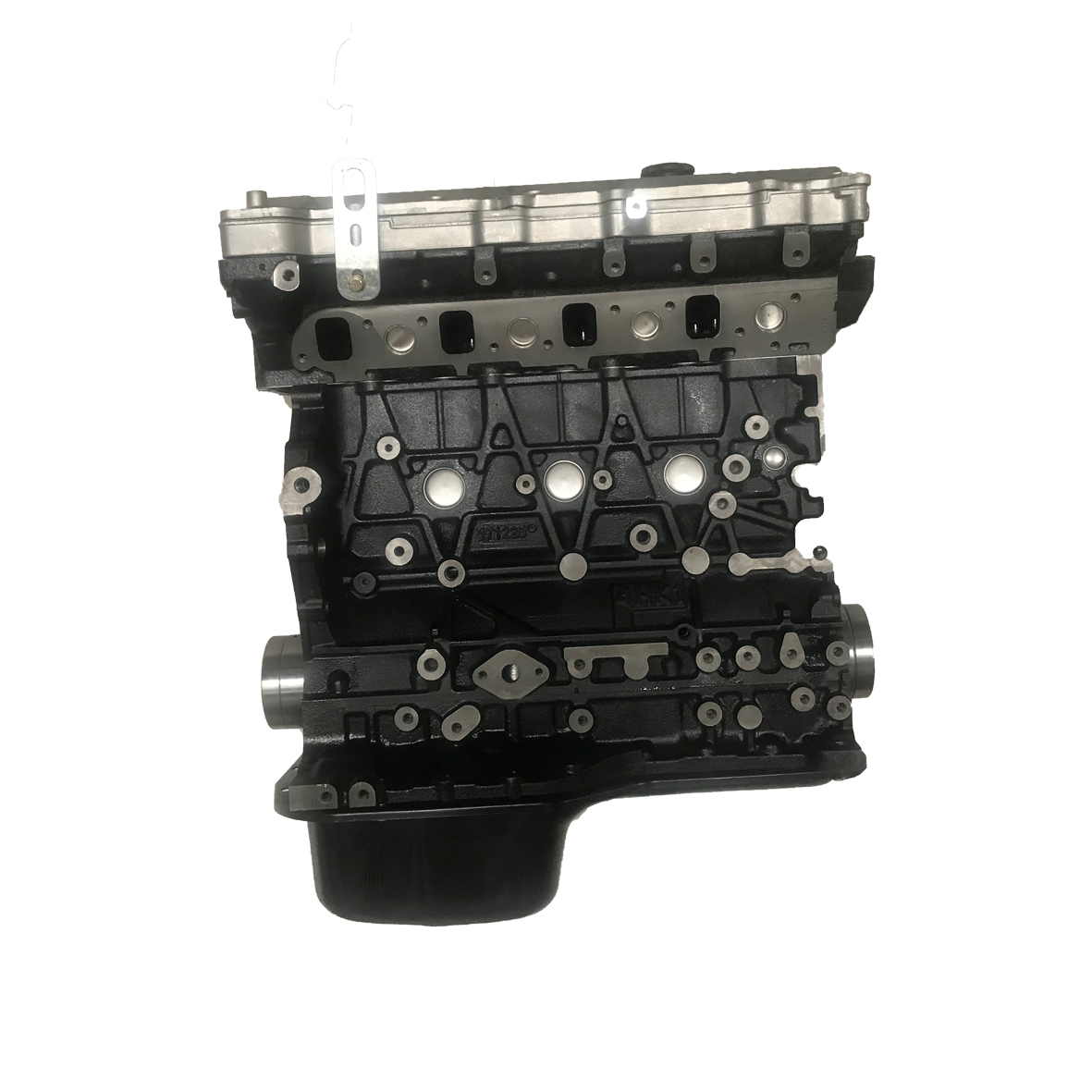
Installation Process and Tips
Whether you choose a short block or long block replacement, proper installation is crucial for engine longevity.
Pre-Installation Checklist
Inspect all components before installation.
Ensure proper gasket sealing to prevent oil and coolant leaks.
Check compatibility between the new engine block and existing components.
Replace wear items like timing belts, water pumps, and oil seals.
Installation Steps
1.Remove the old engine – Disconnect hoses, wiring, and mounting brackets before lifting out the old engine.
2.Inspect and clean – Ensure the engine bay and all connecting parts are free of debris and contaminants.
3.Install the new engine block – Position the block carefully and secure it to the motor mounts.
4.Transfer old parts (if using a short block) – Attach the cylinder head, valve train, and other components.
5.Reconnect essential components – Install the intake manifold, exhaust system, and sensors.
6.Refill fluids and test – Add engine oil, coolant, and test for leaks before starting the vehicle.
Conclusion
Choosing between an engine short block replacement and a long block replacement depends on your budget, engine condition, and long-term vehicle plans.
- Choose a short block if: You want to save money and your cylinder heads are still in good condition.
Choose a long block if: Your engine has severe wear and you want a more complete, reliable solution.
Whichever option you choose, ensuring proper installation and regular maintenance will help keep your vehicle running smoothly for years to come.
Read More: Engine Long Block Assembly: Everything You Need to Know
Hot Products


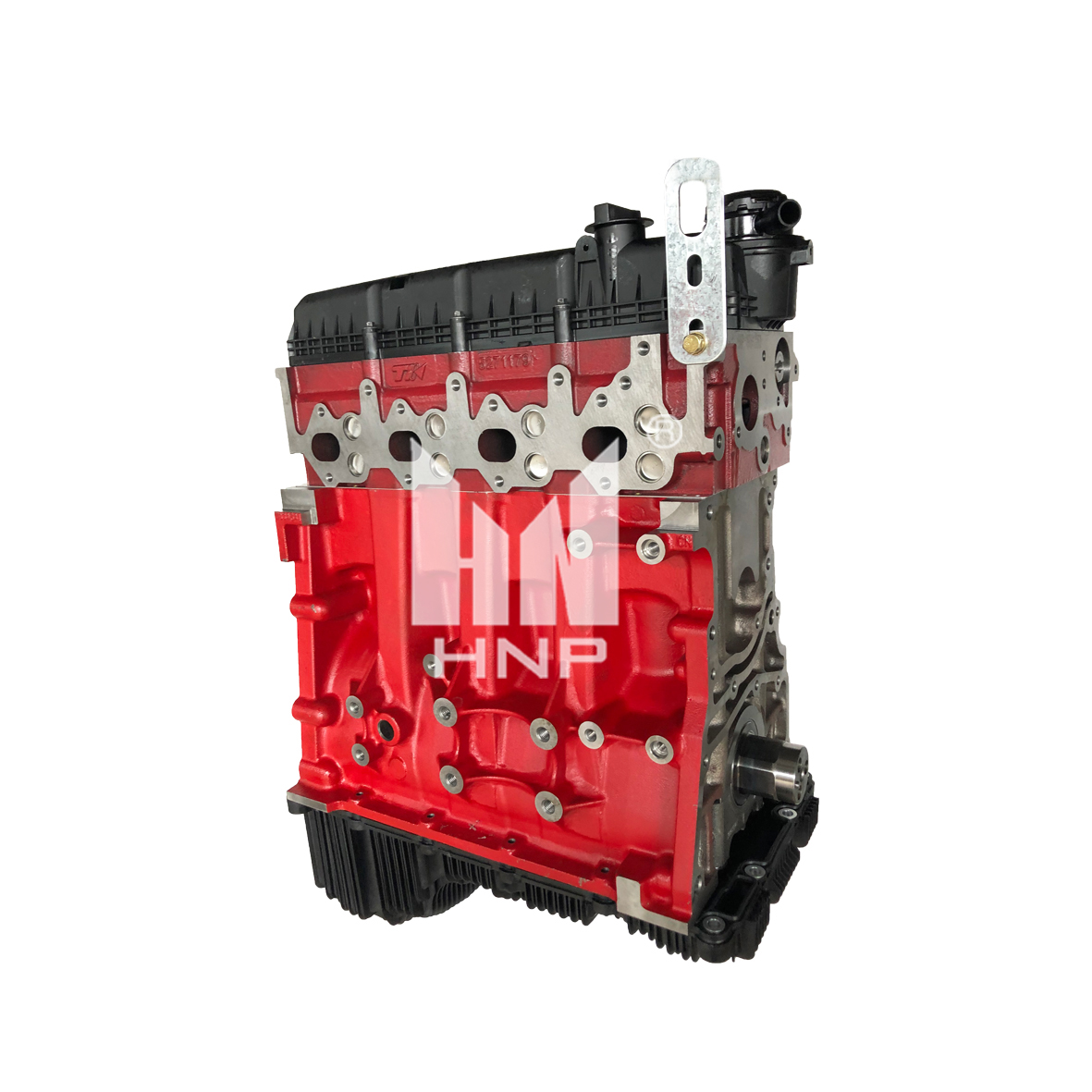

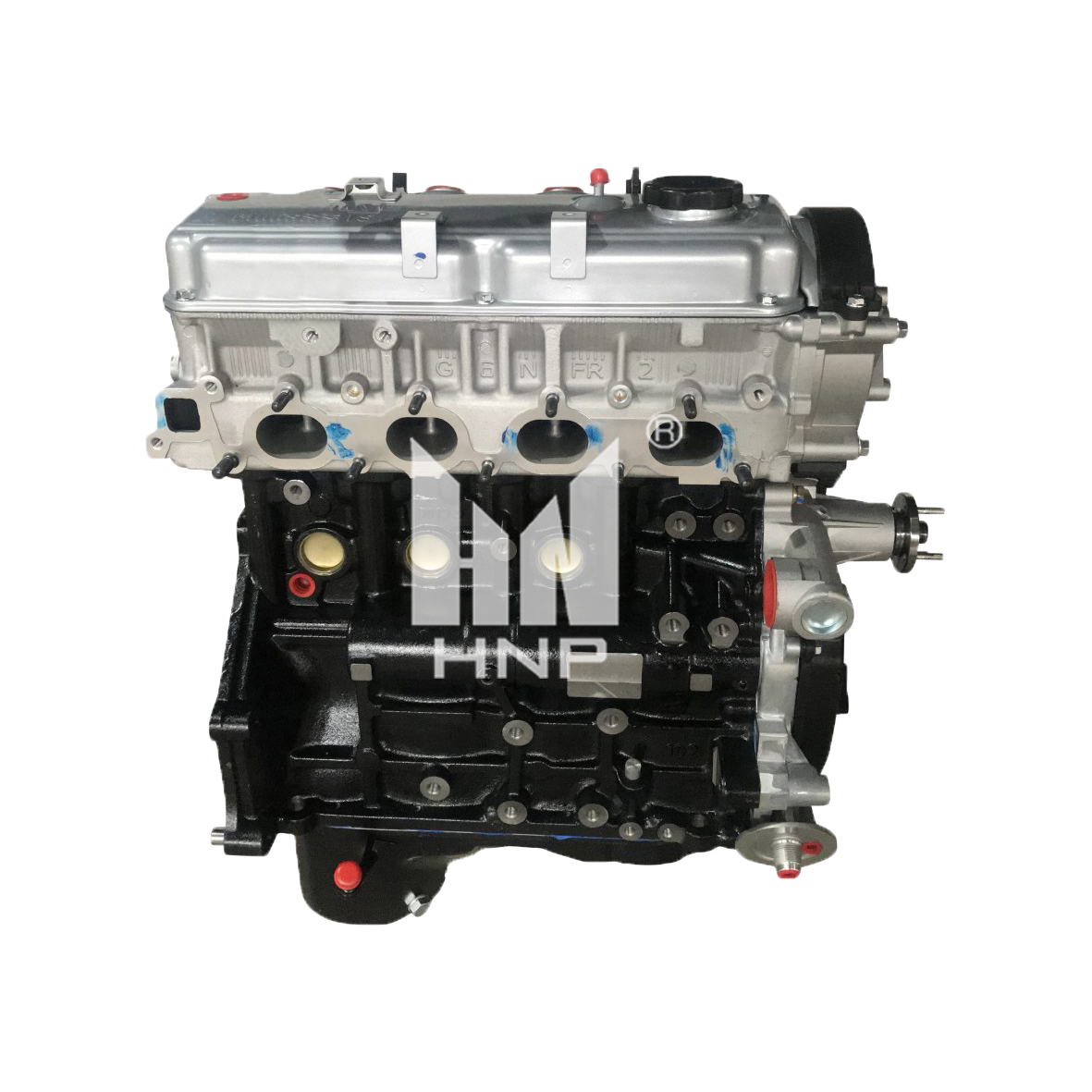
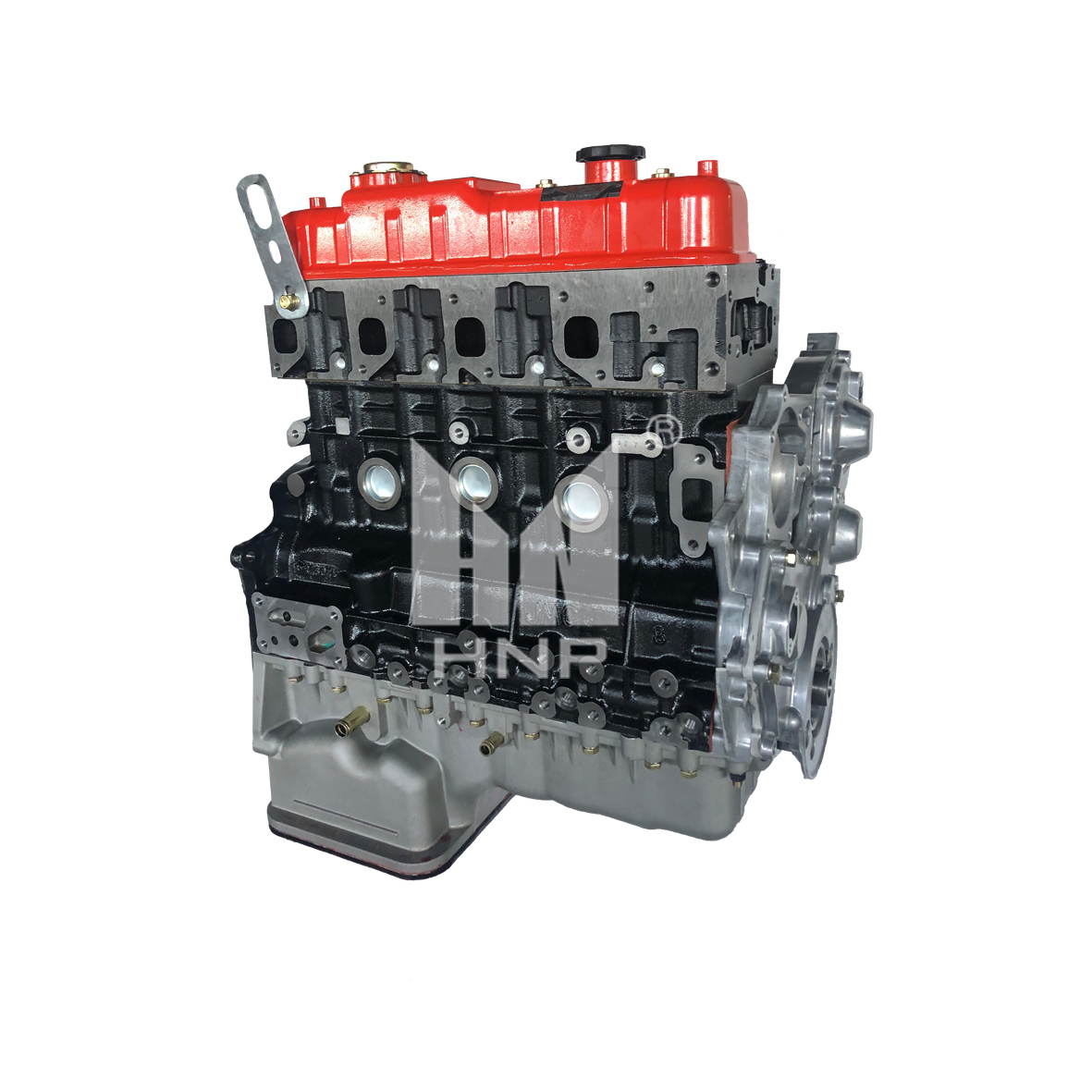
 1.jpg)
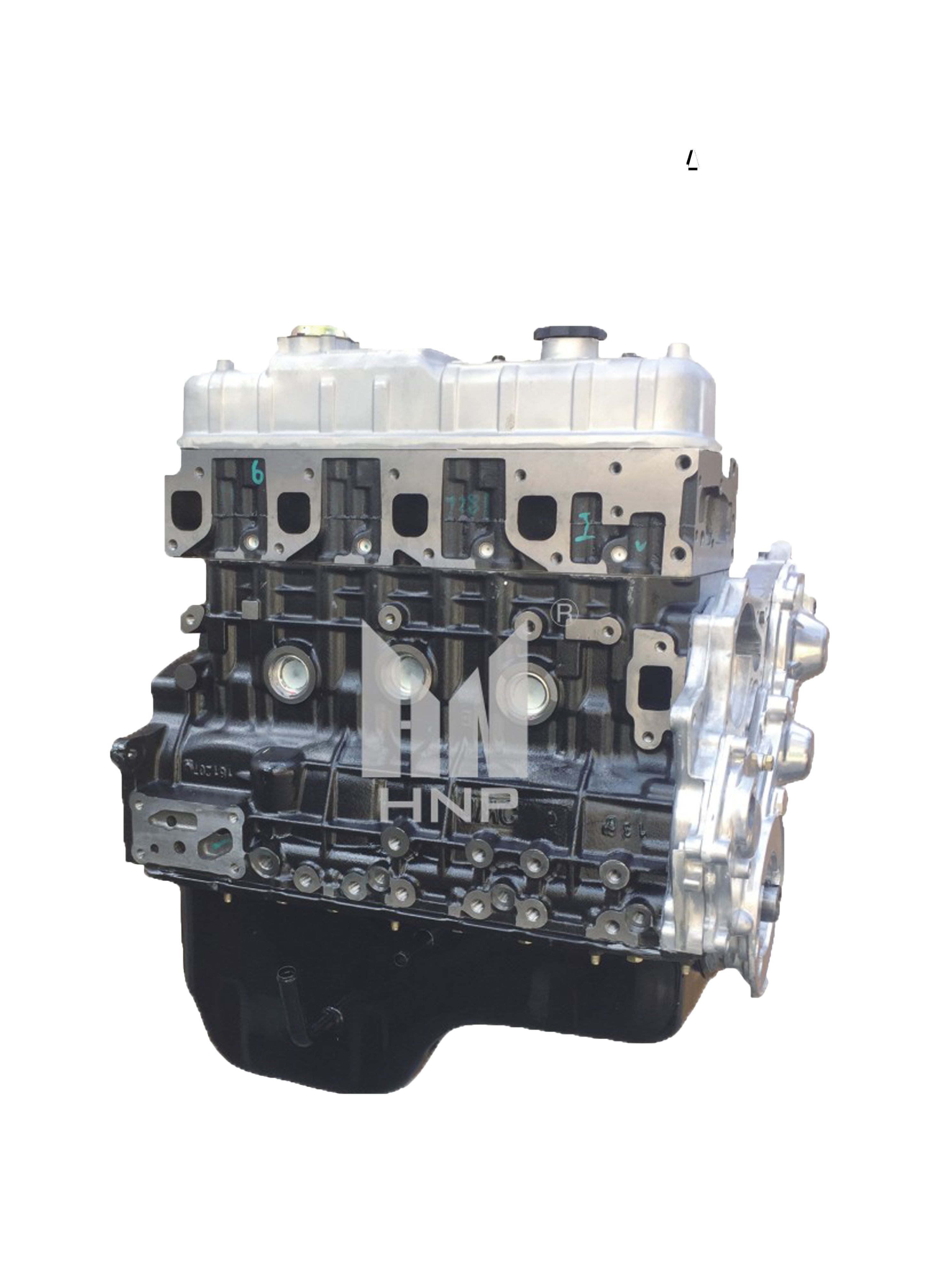
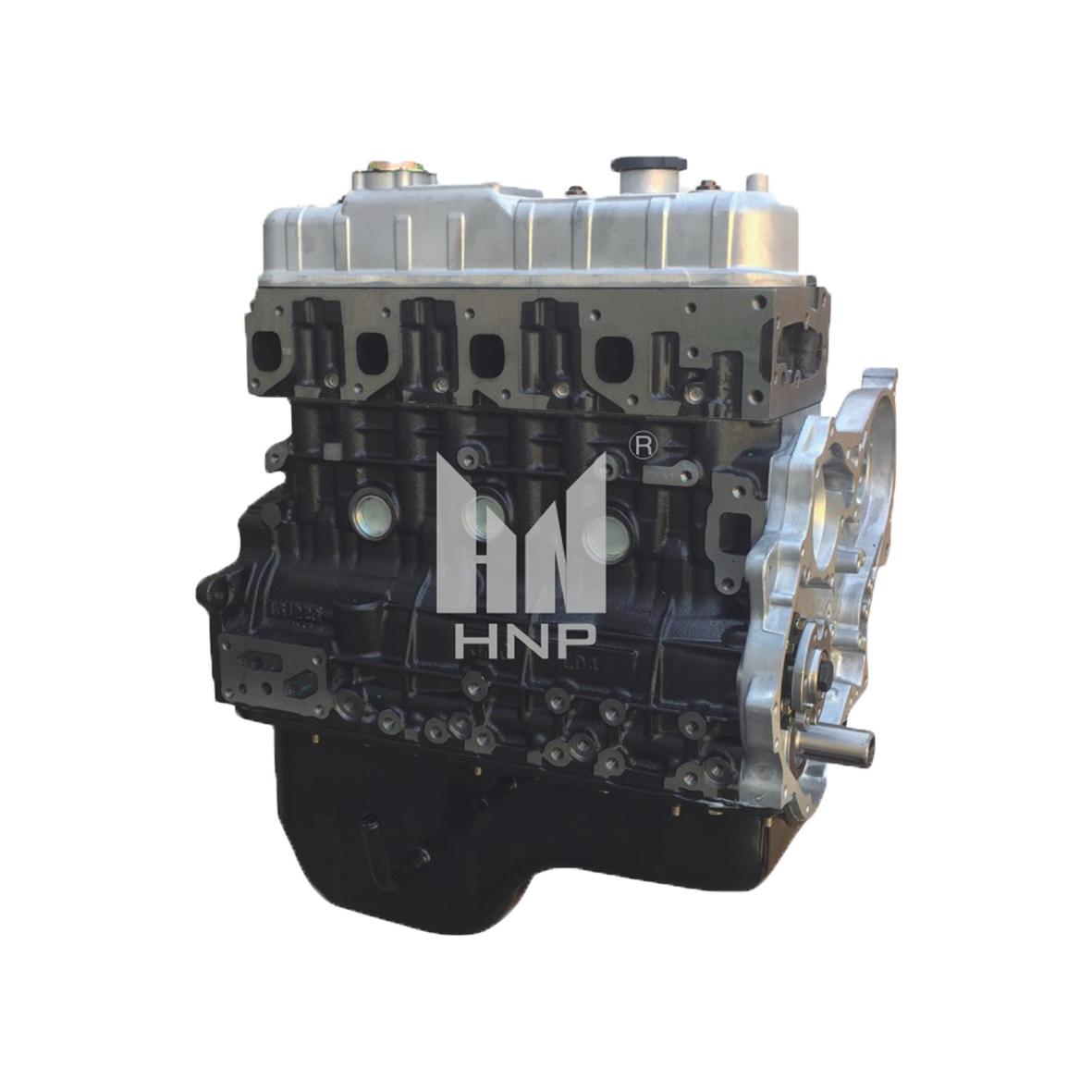

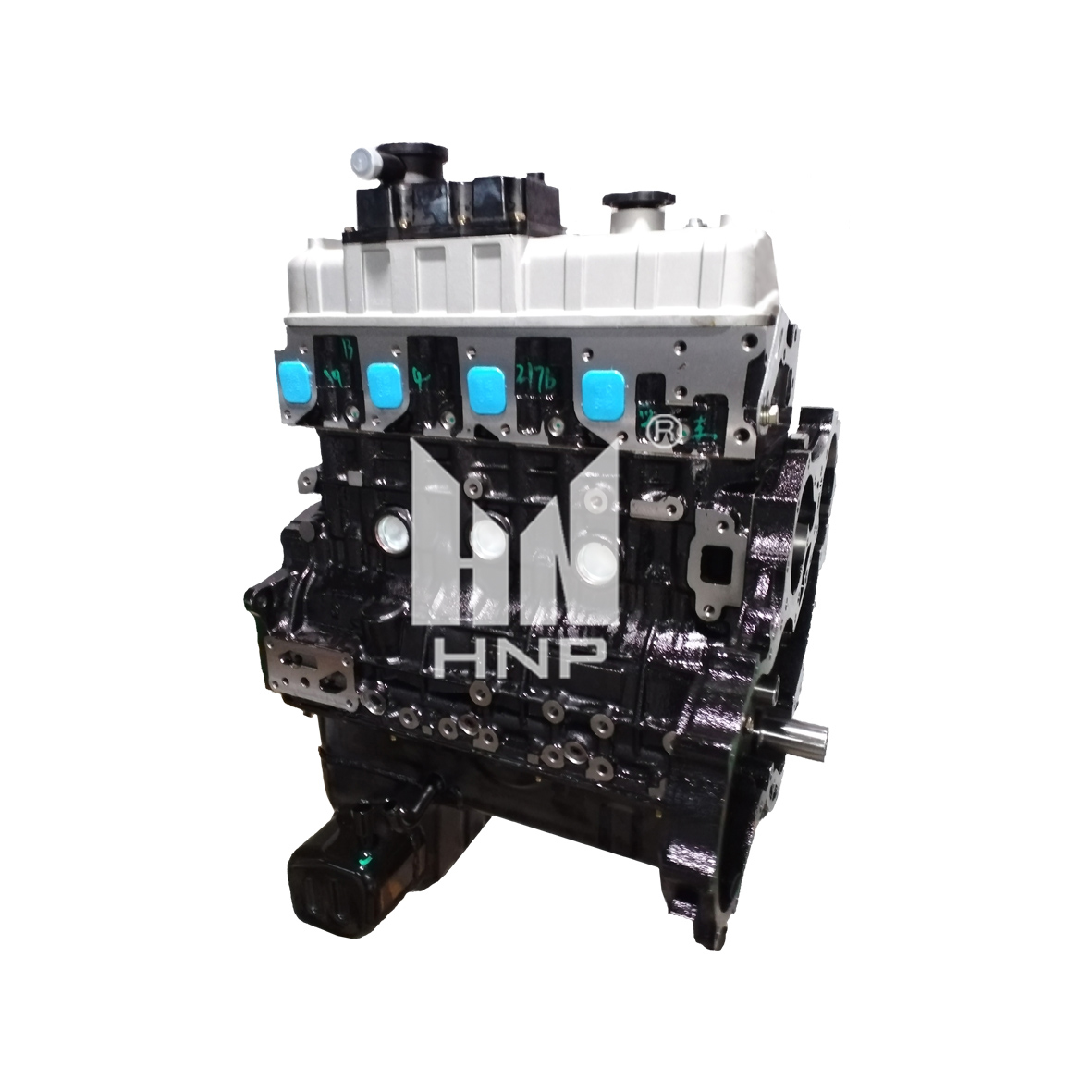
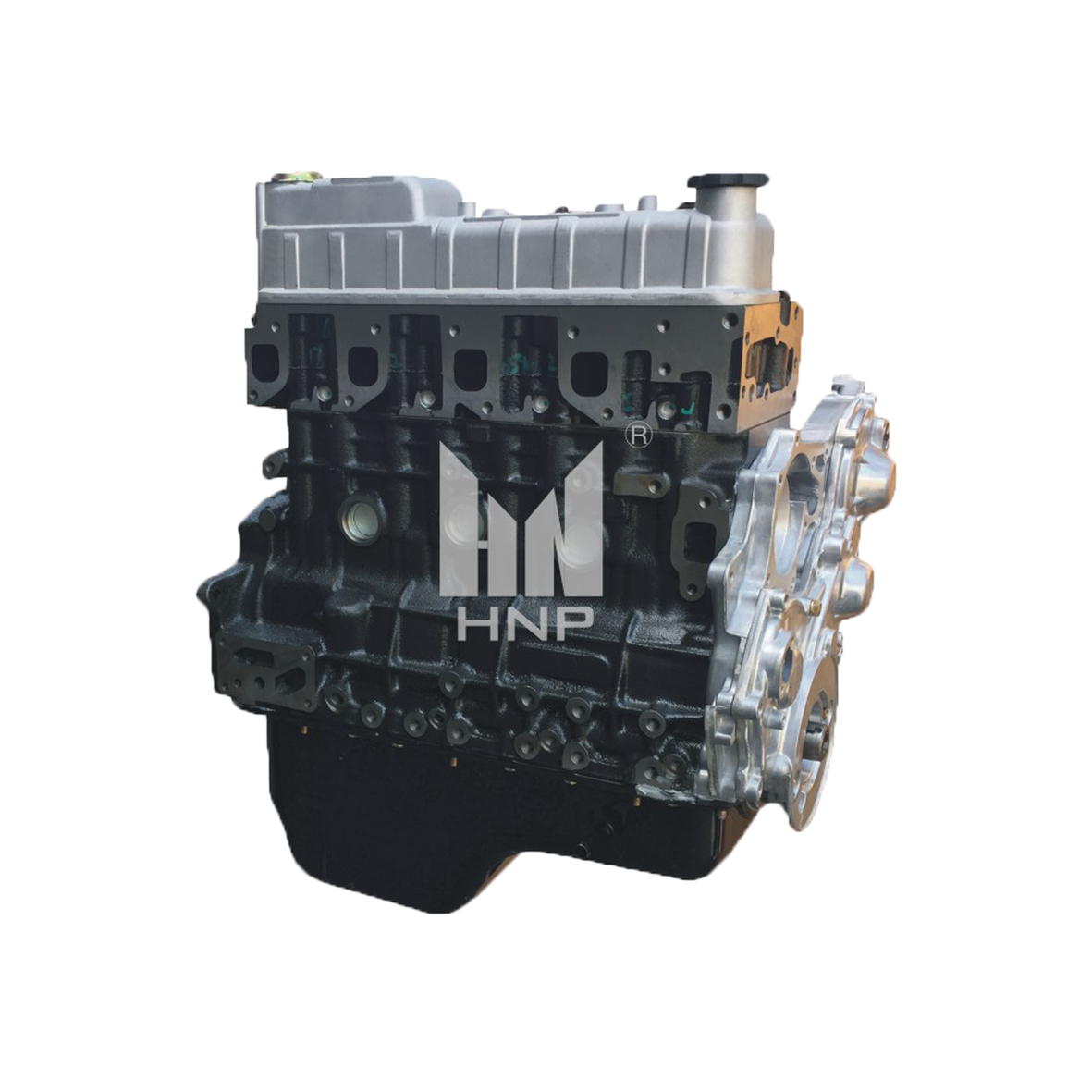
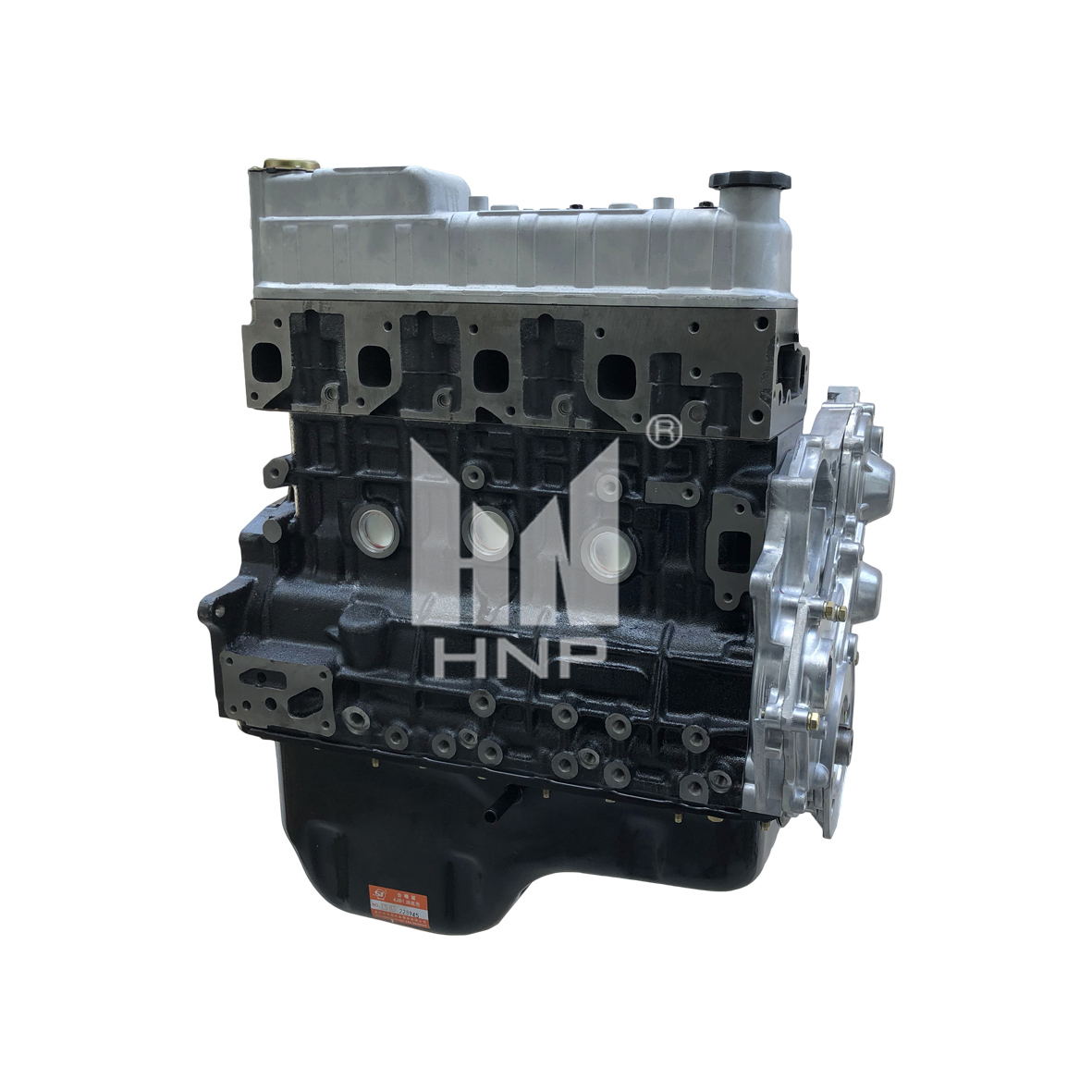
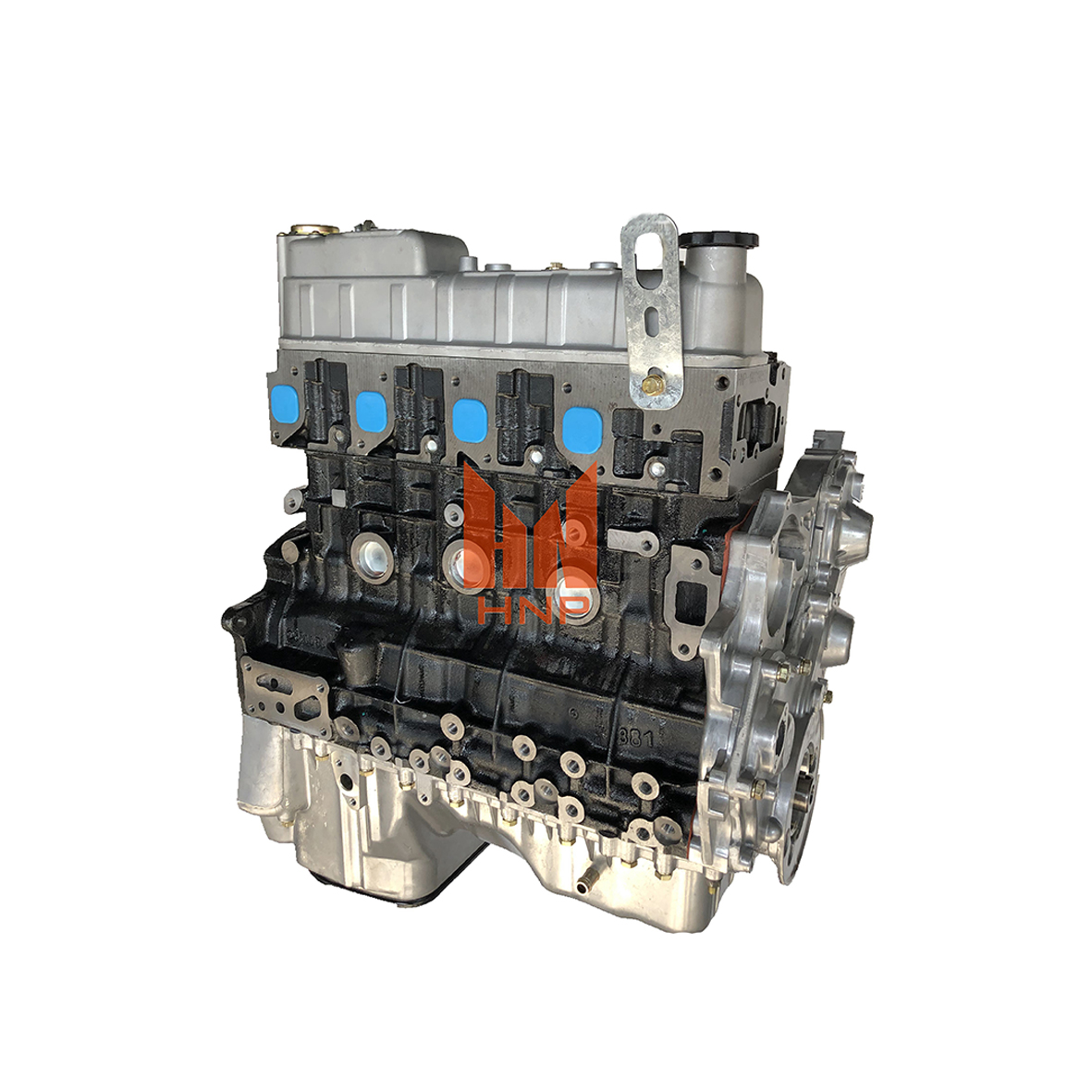
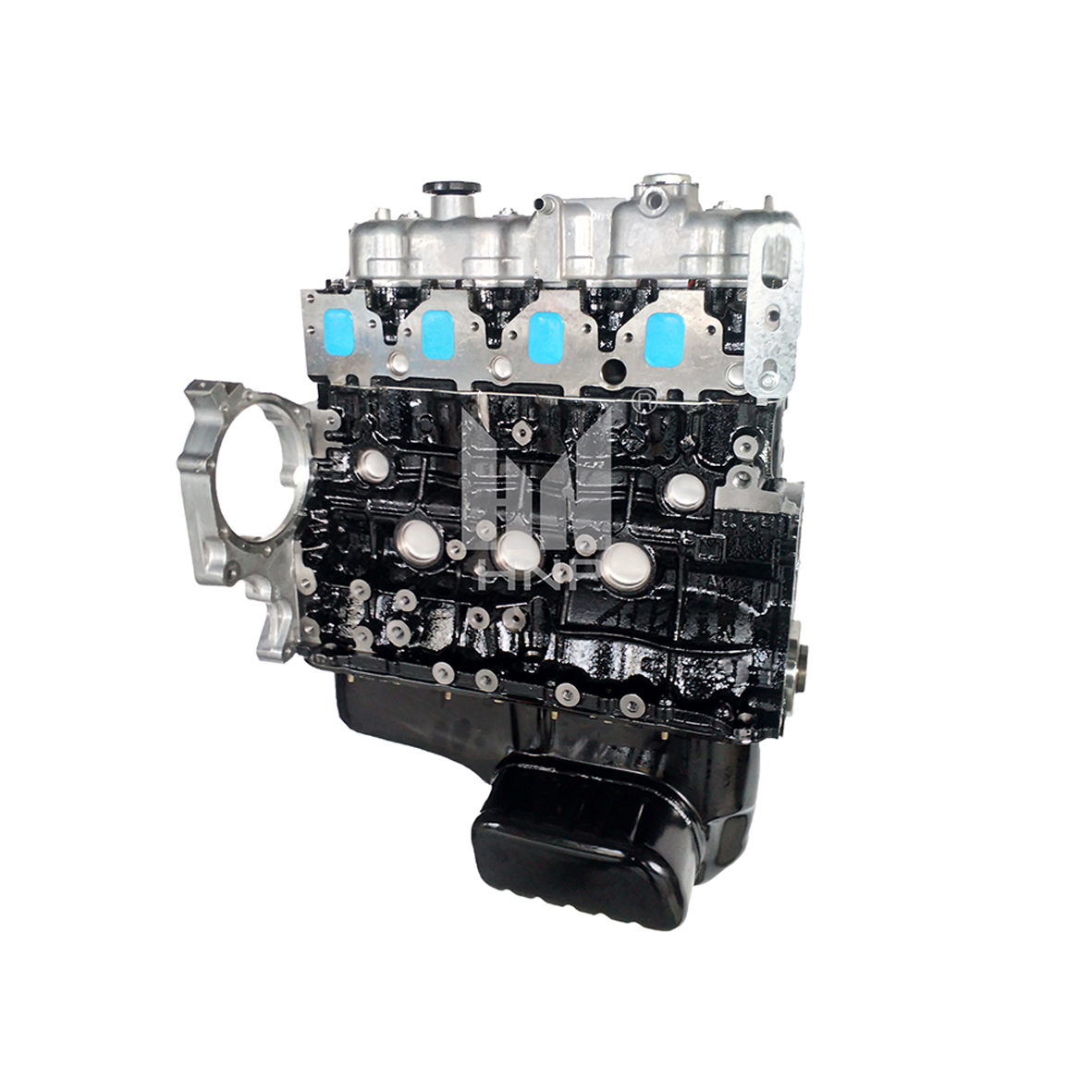
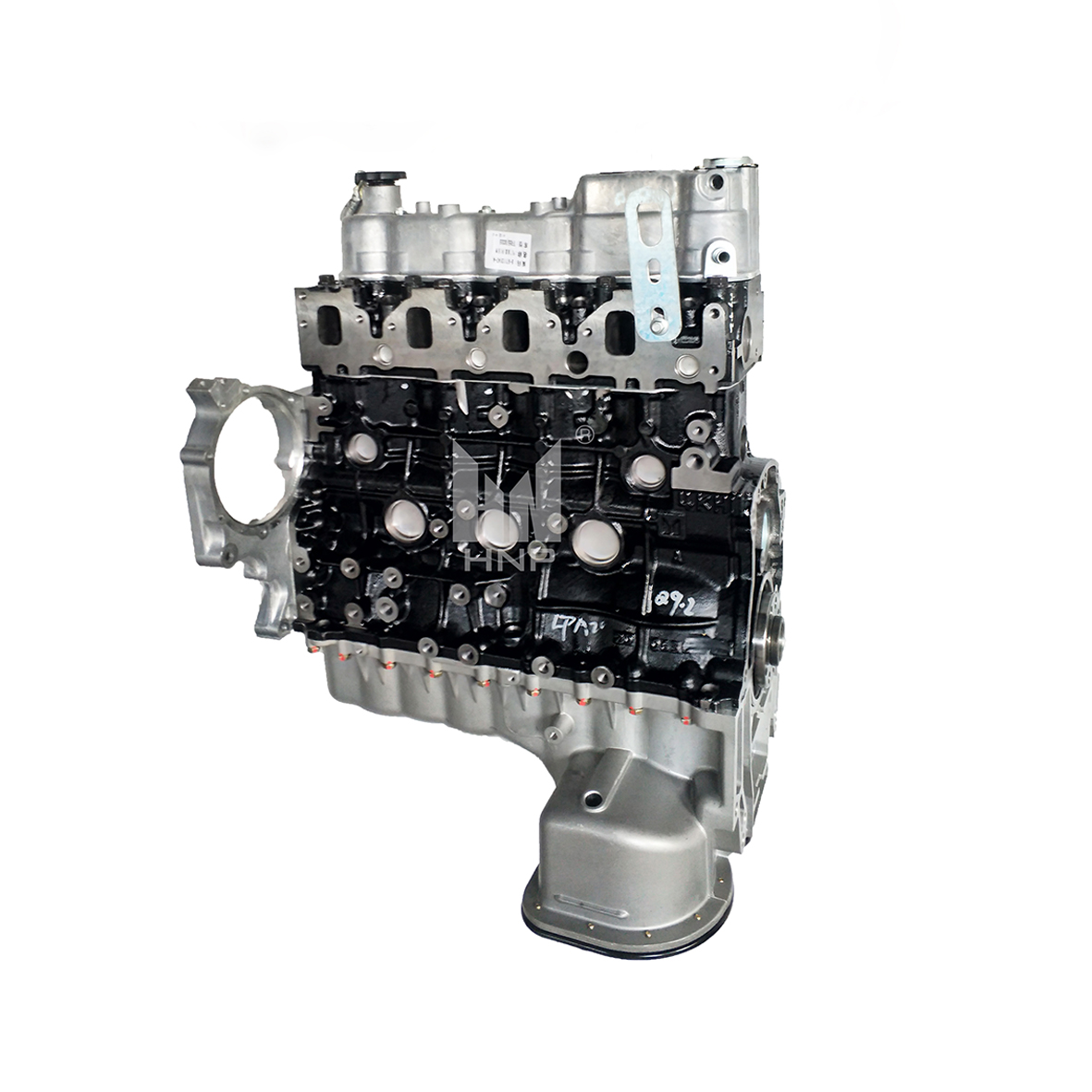
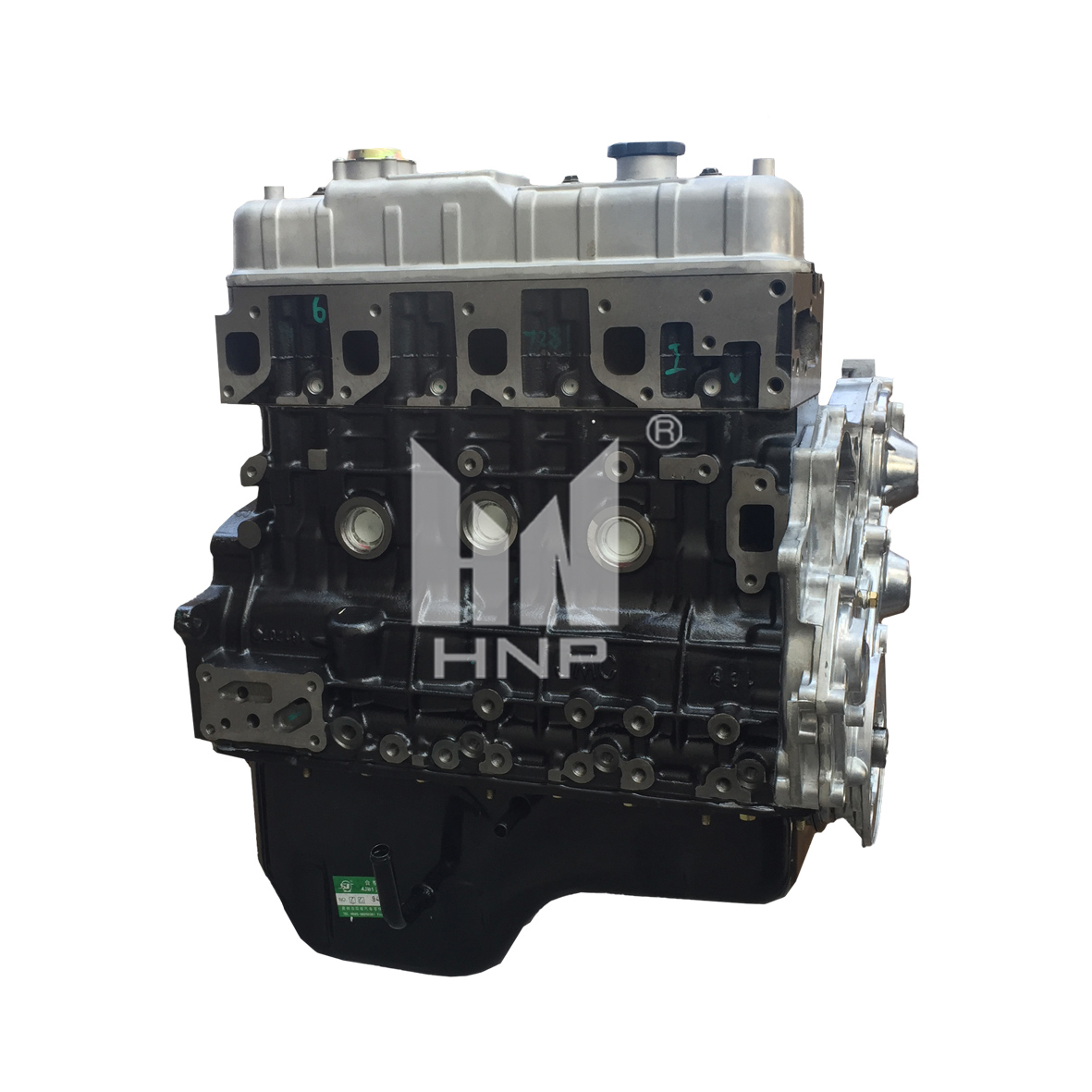
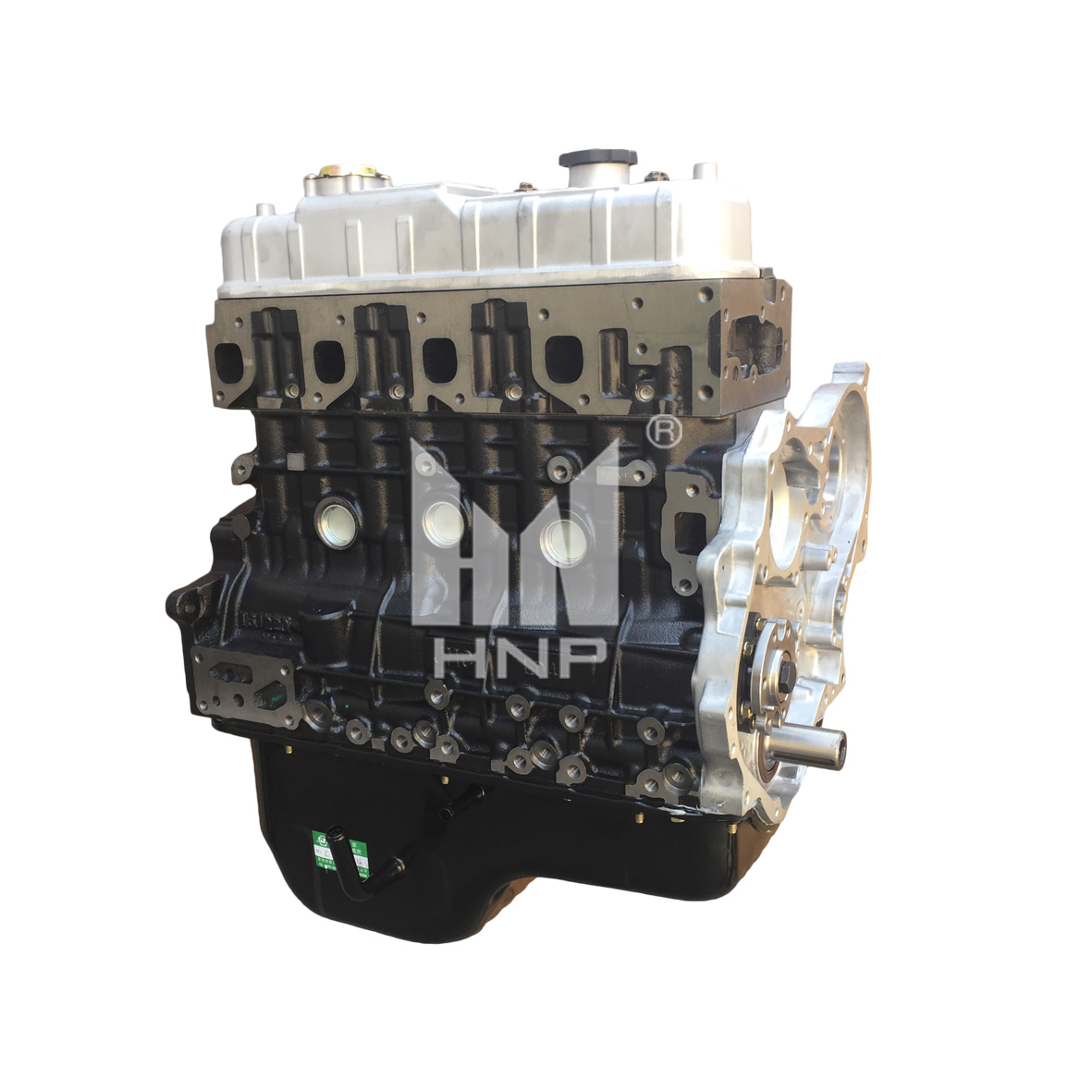
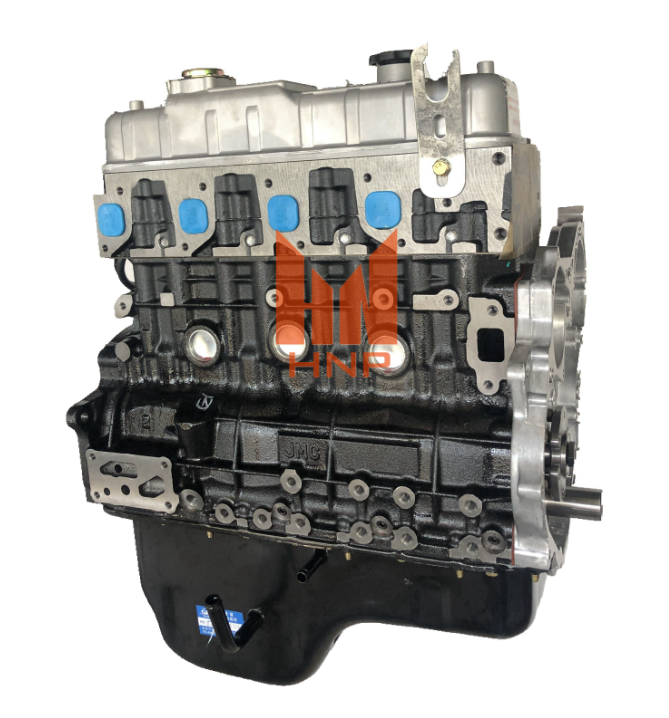

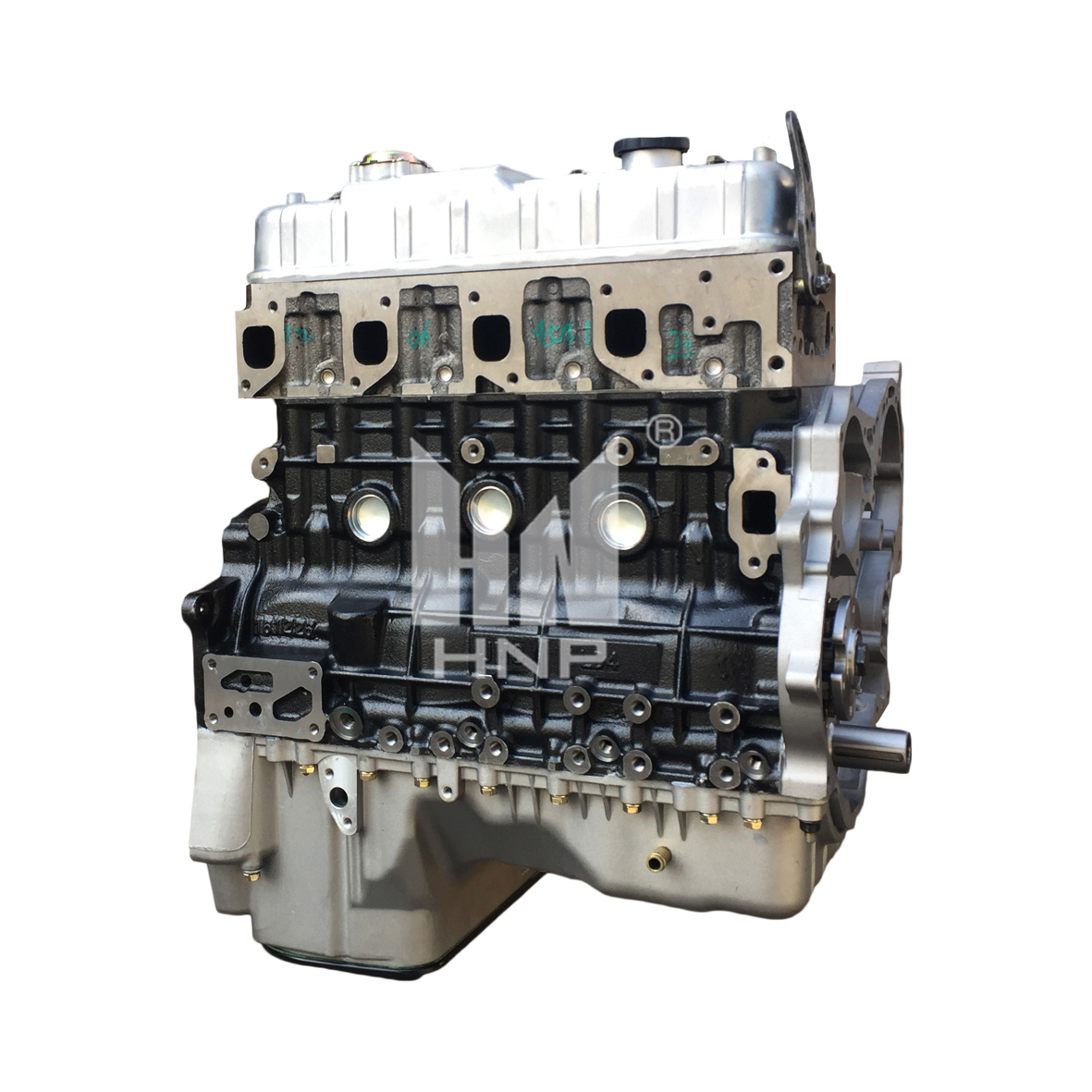

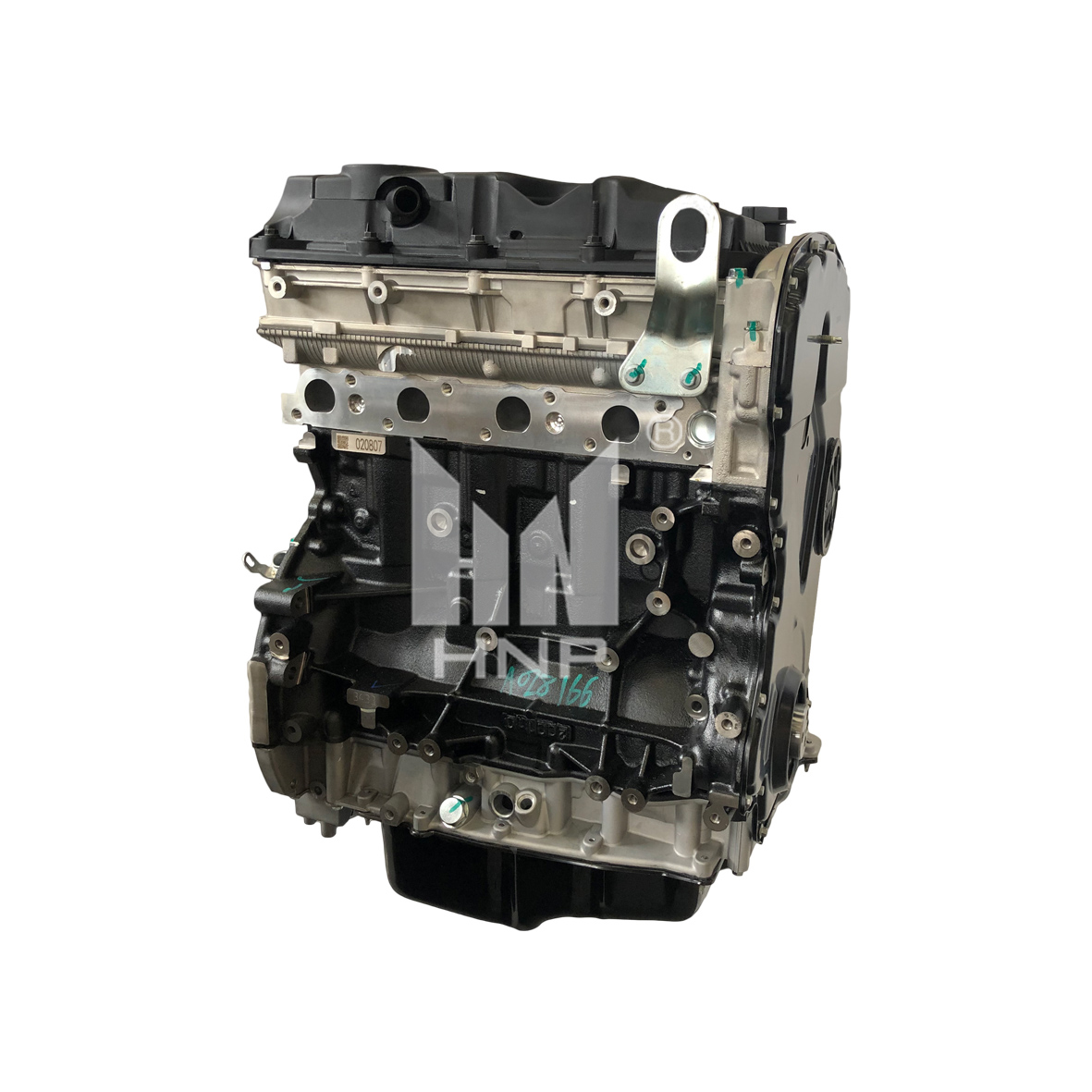
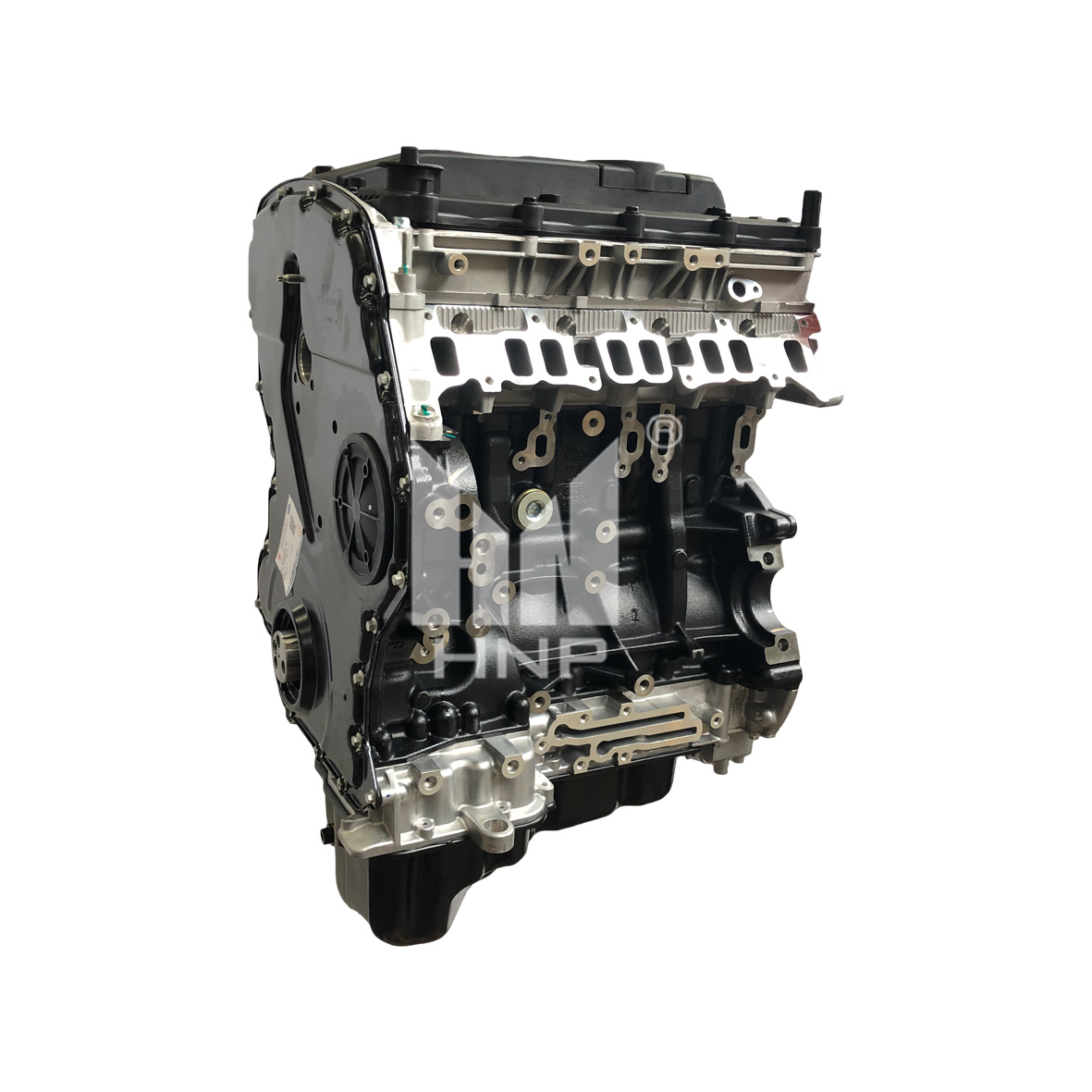
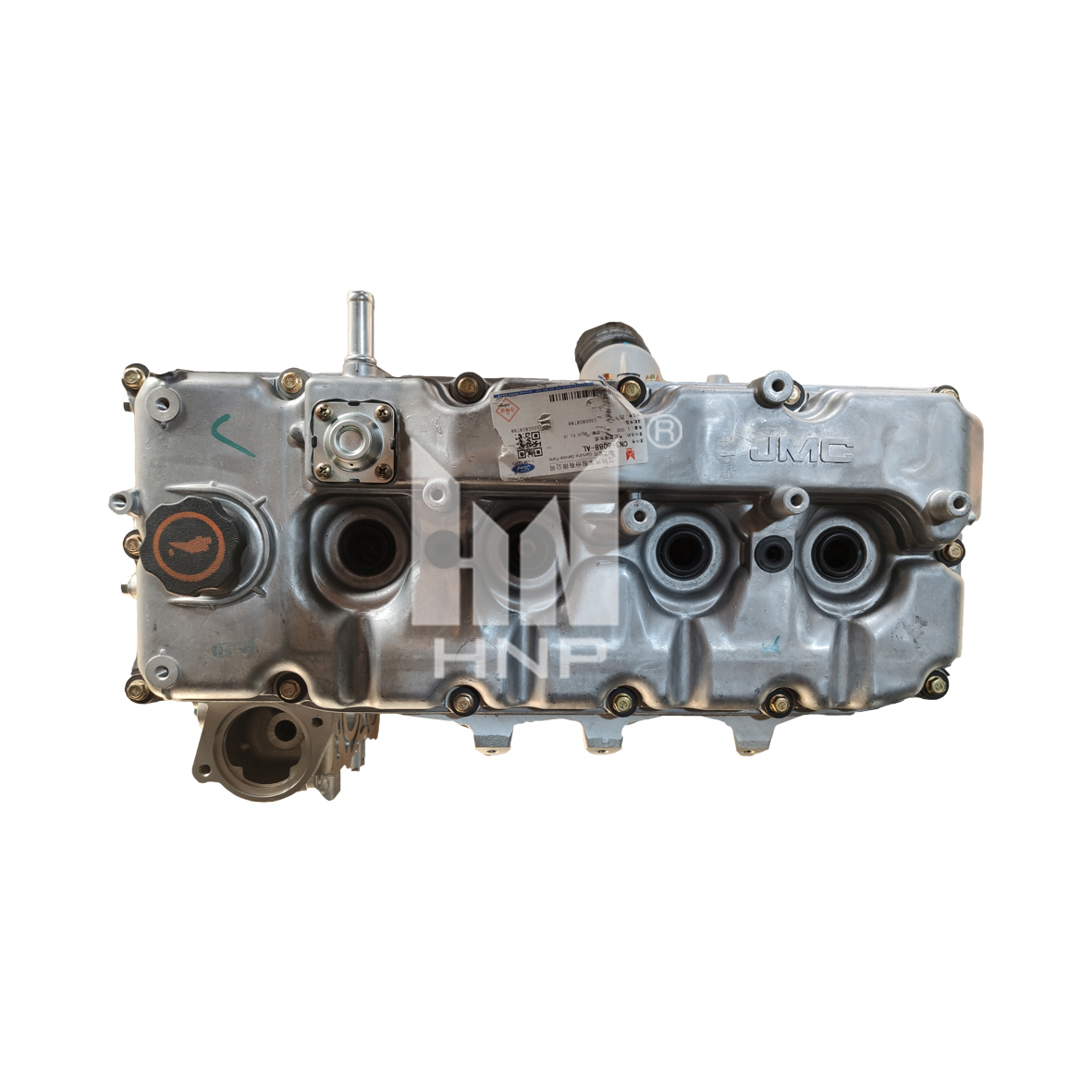
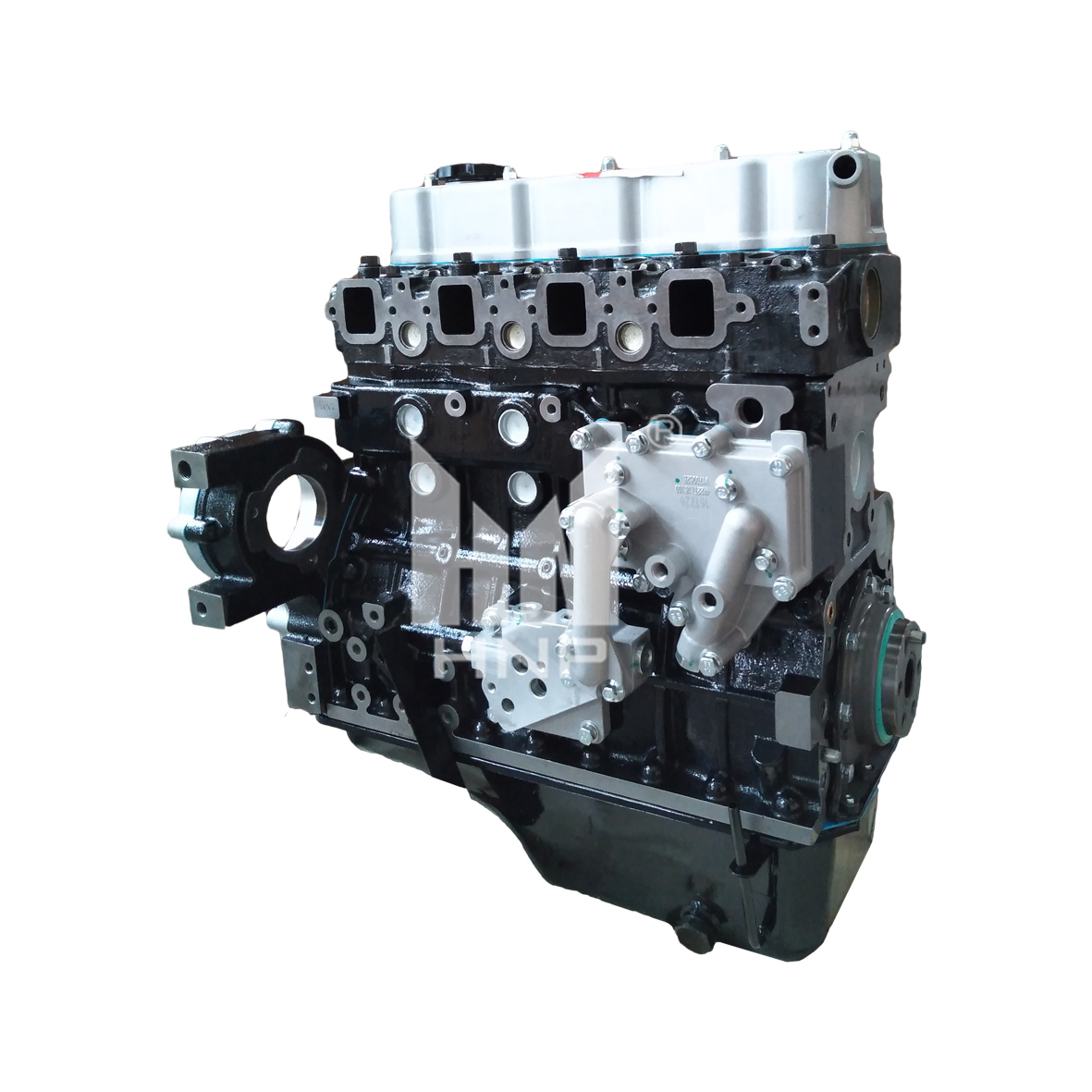
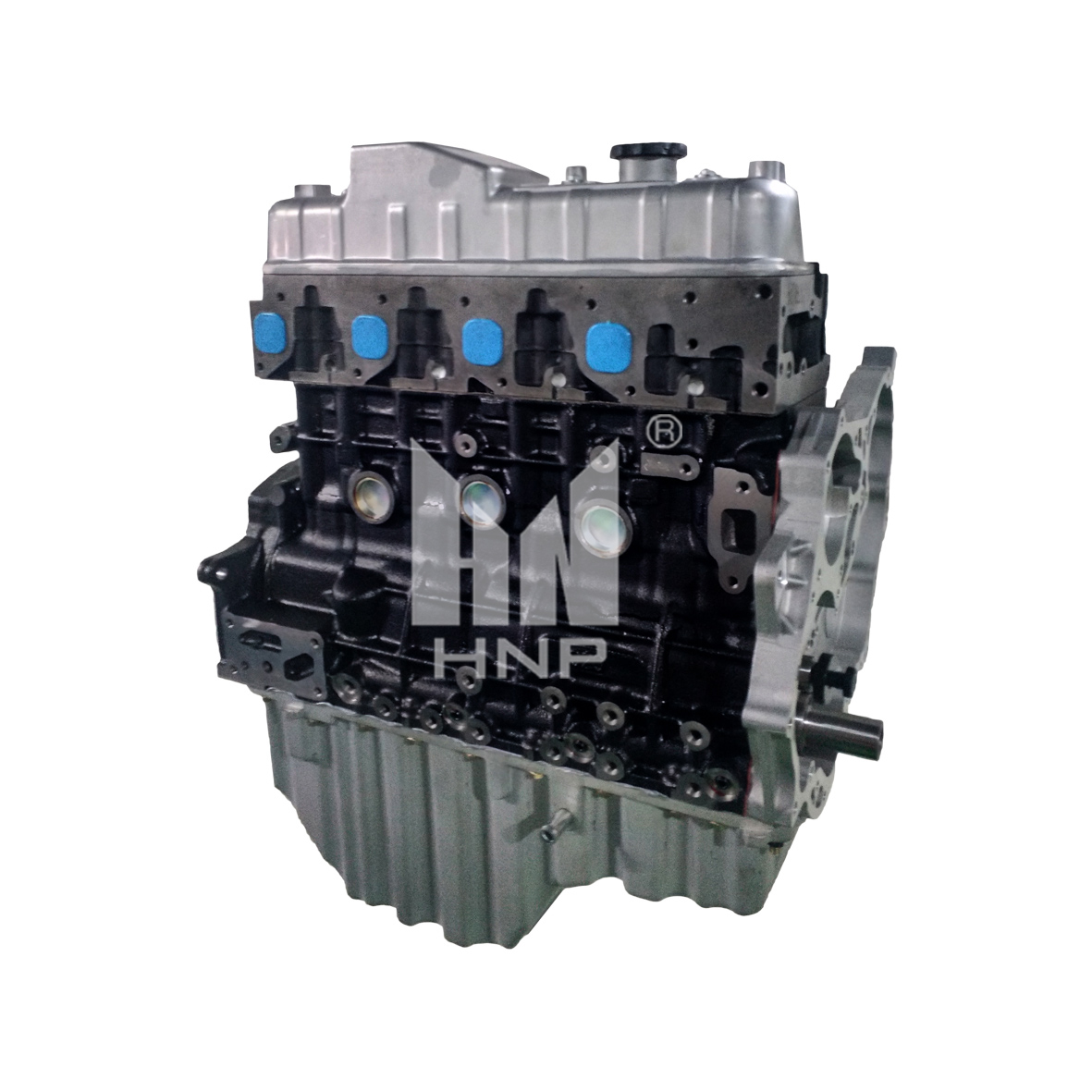
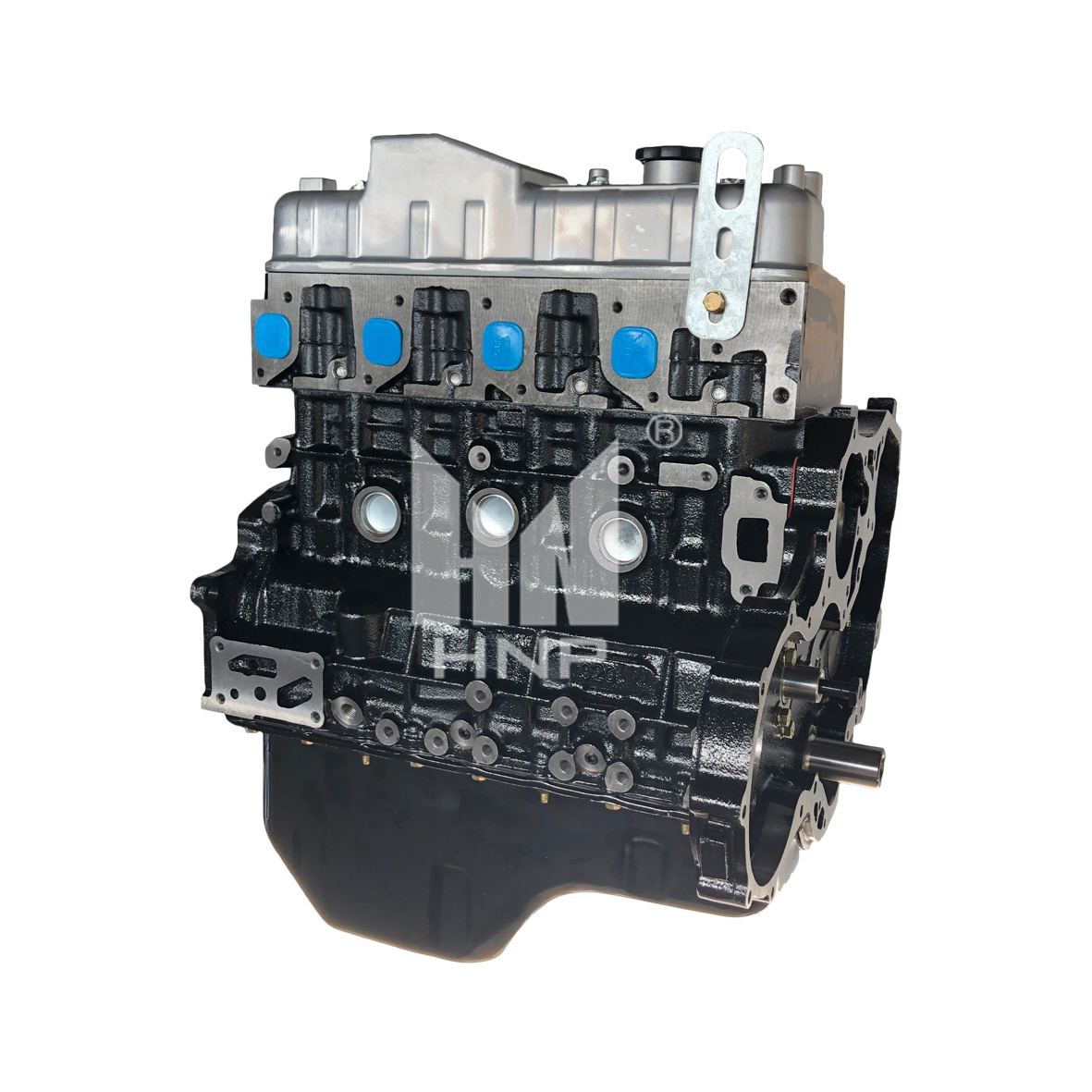
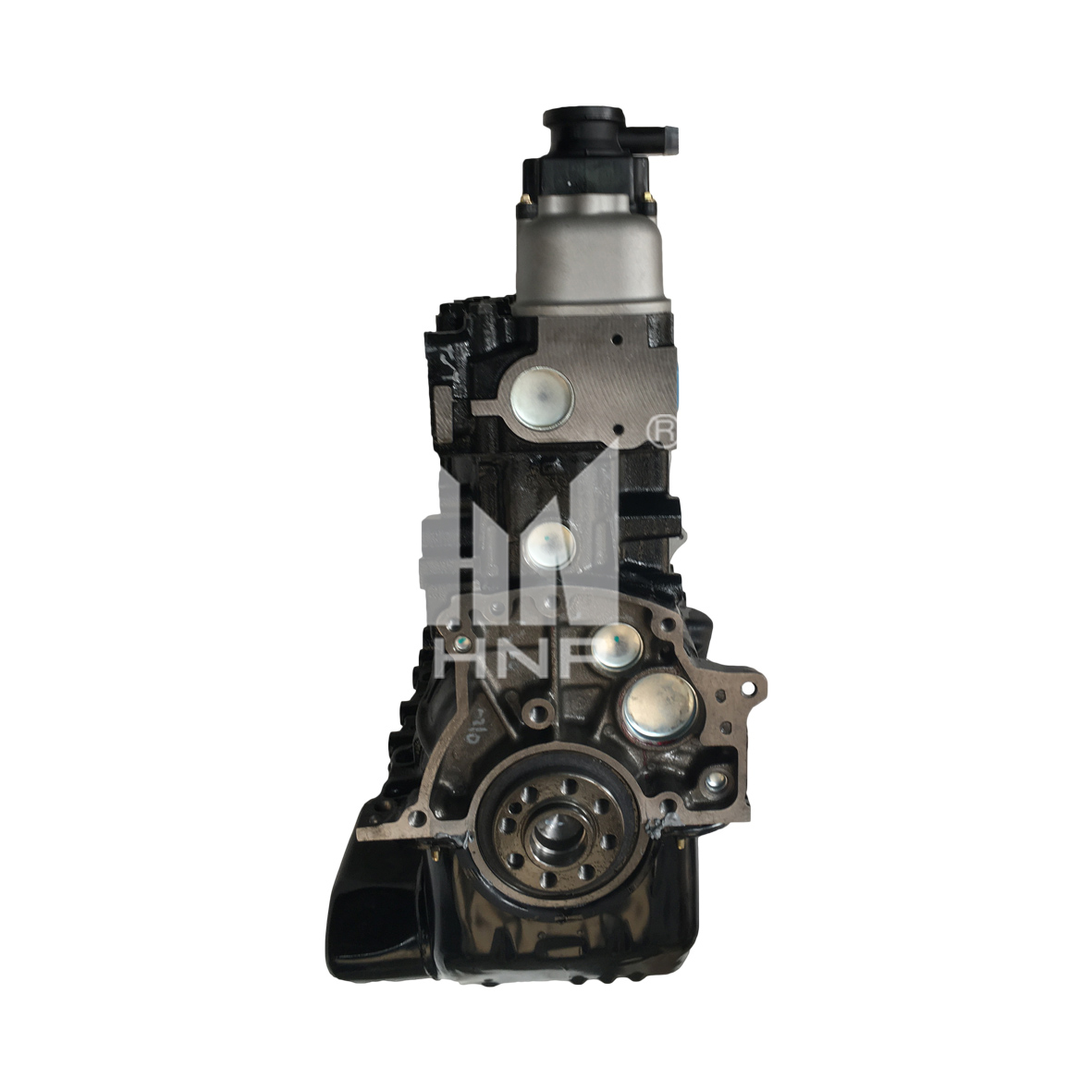
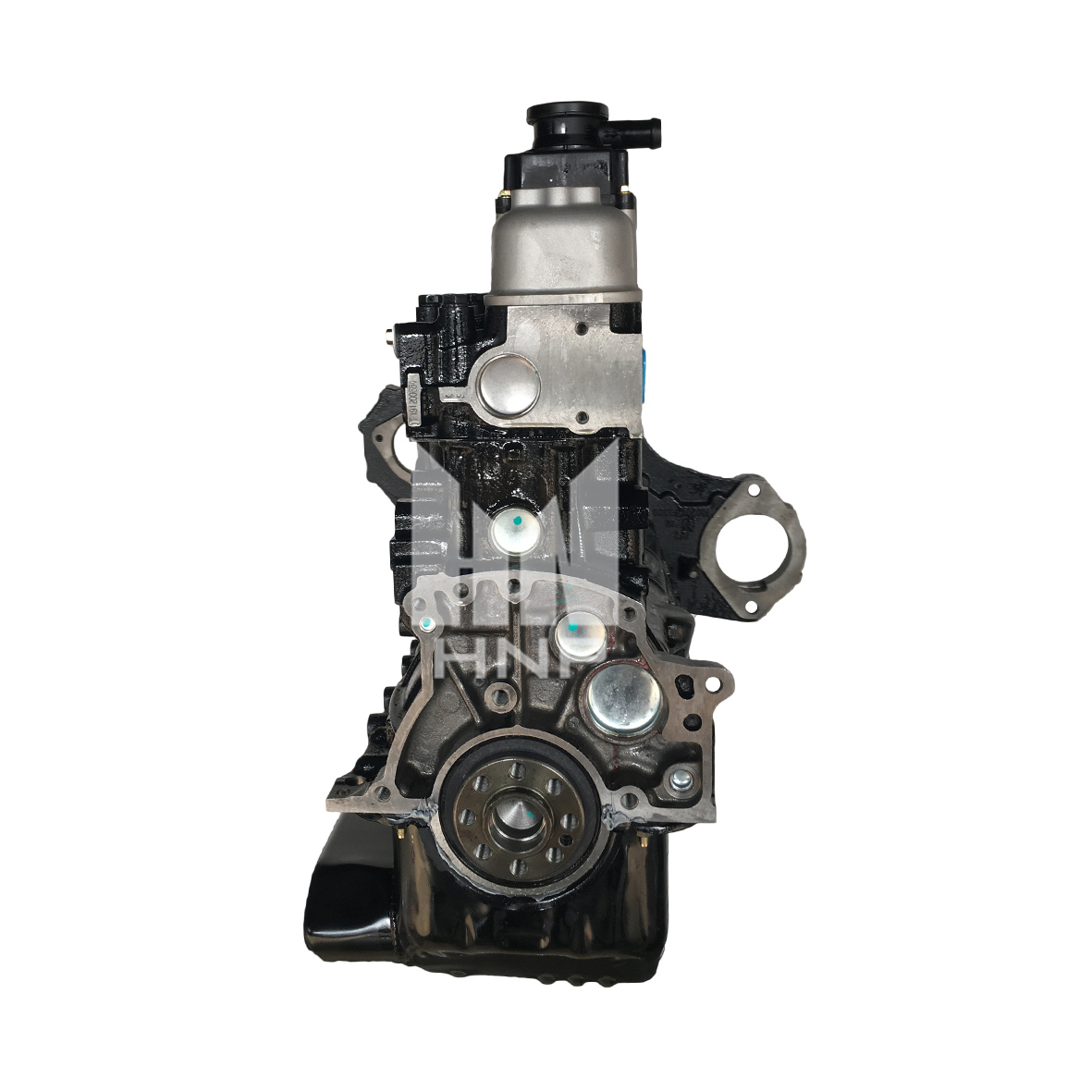
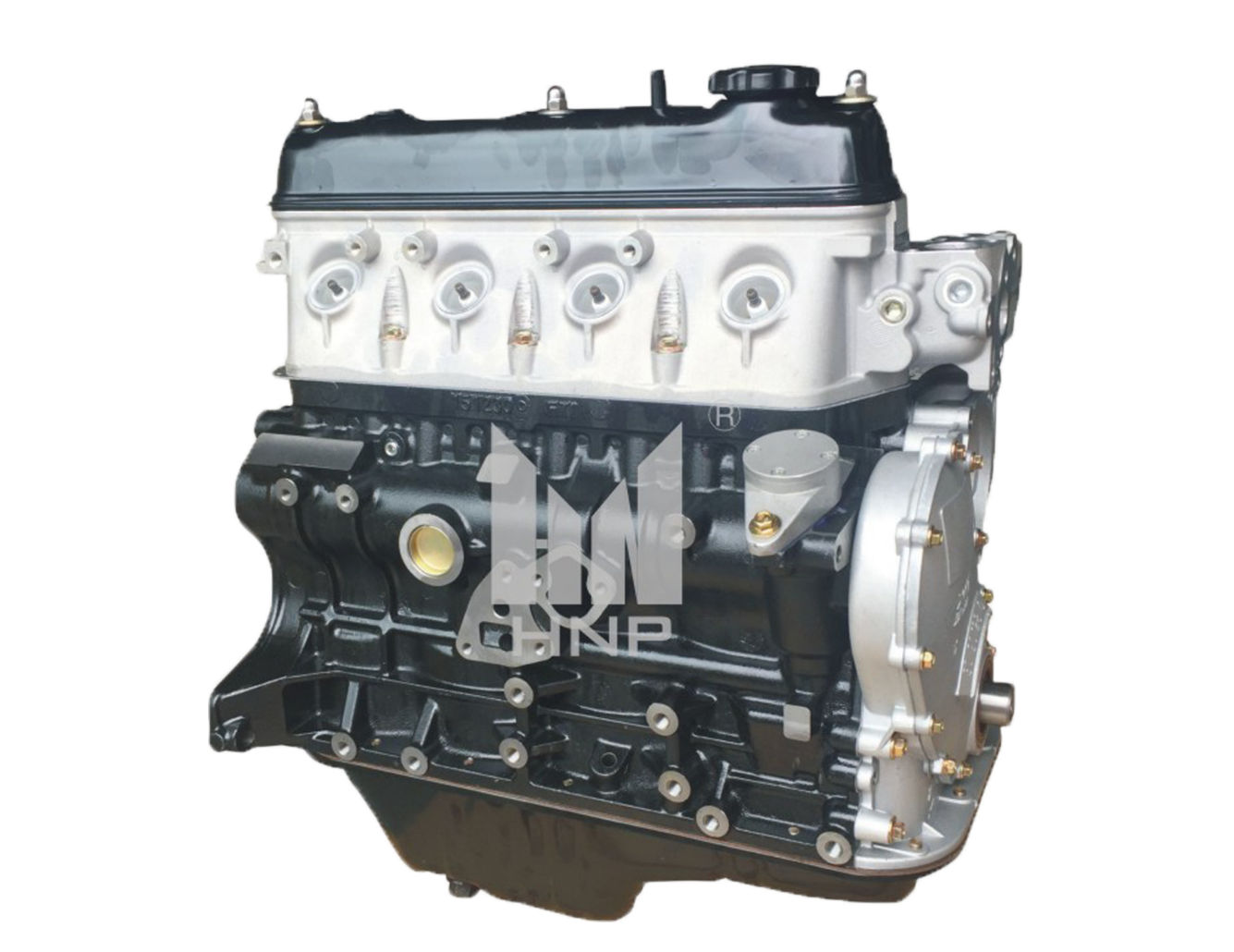
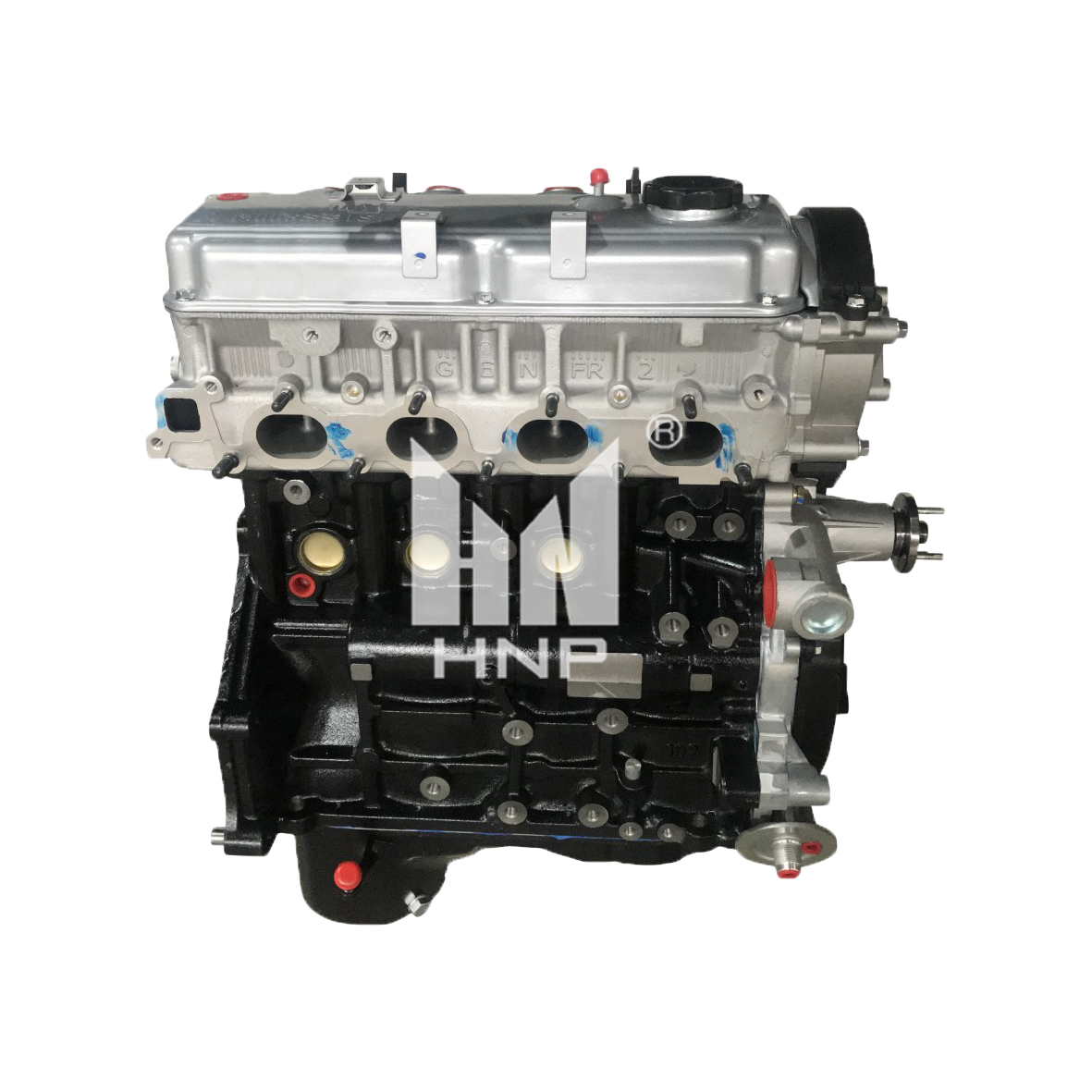
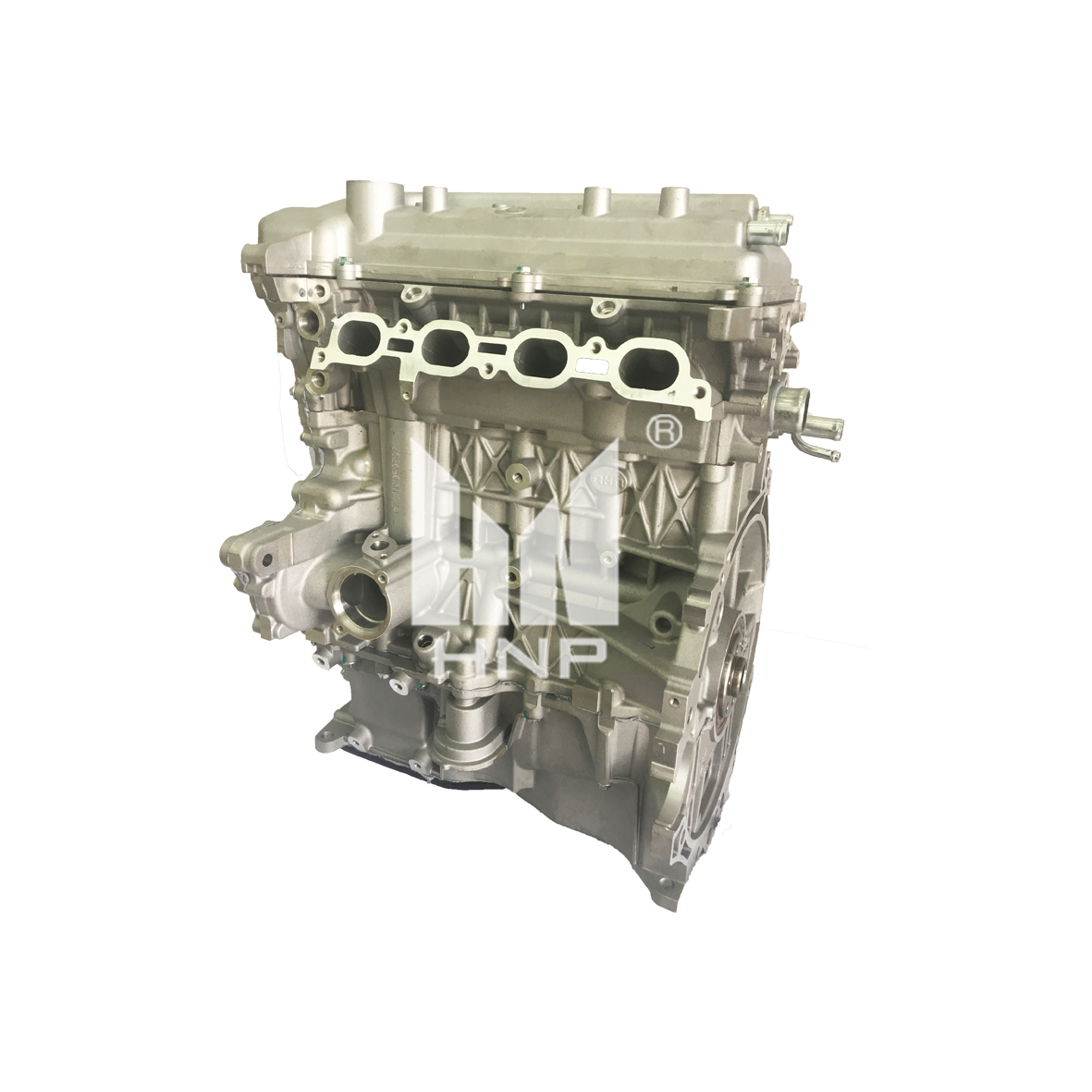
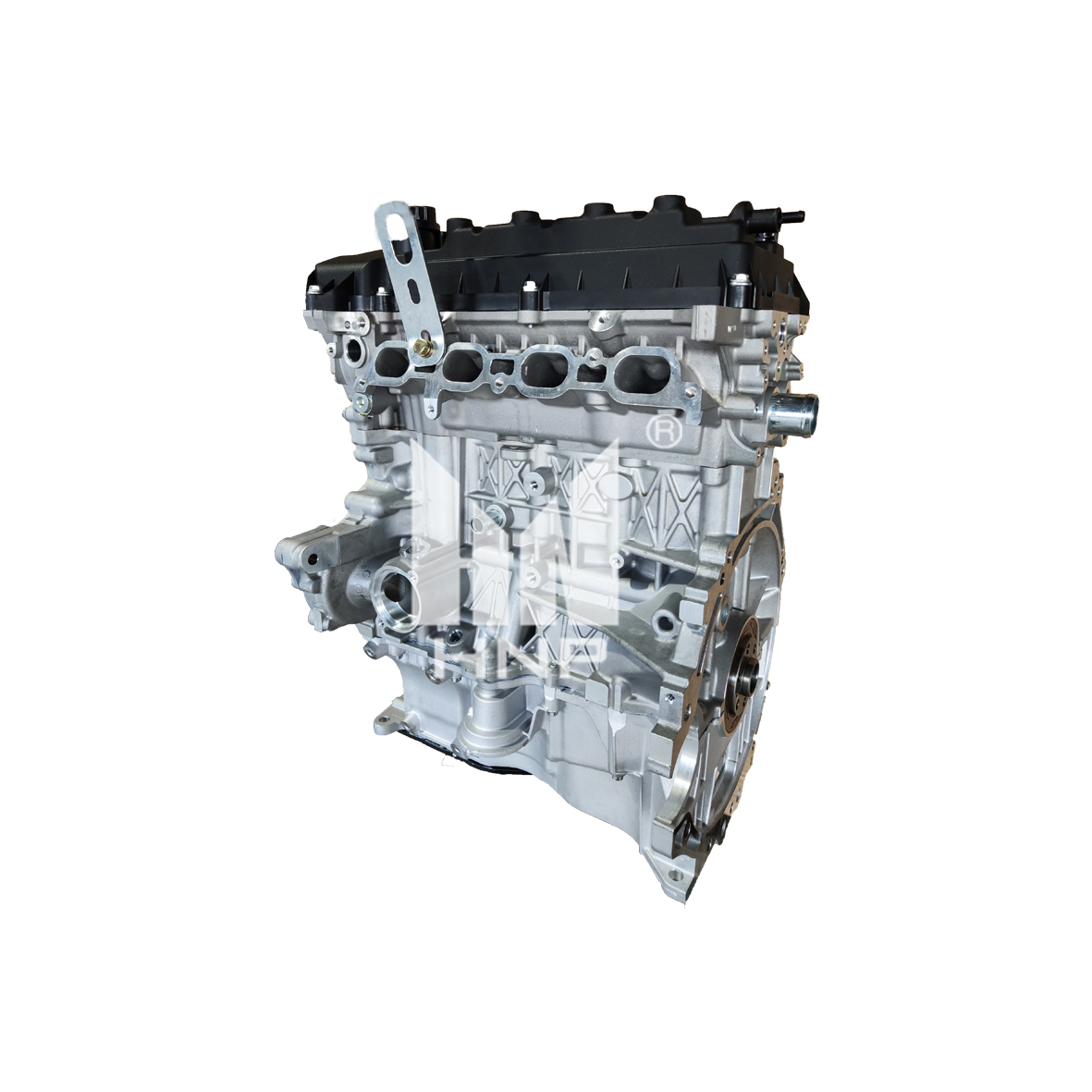
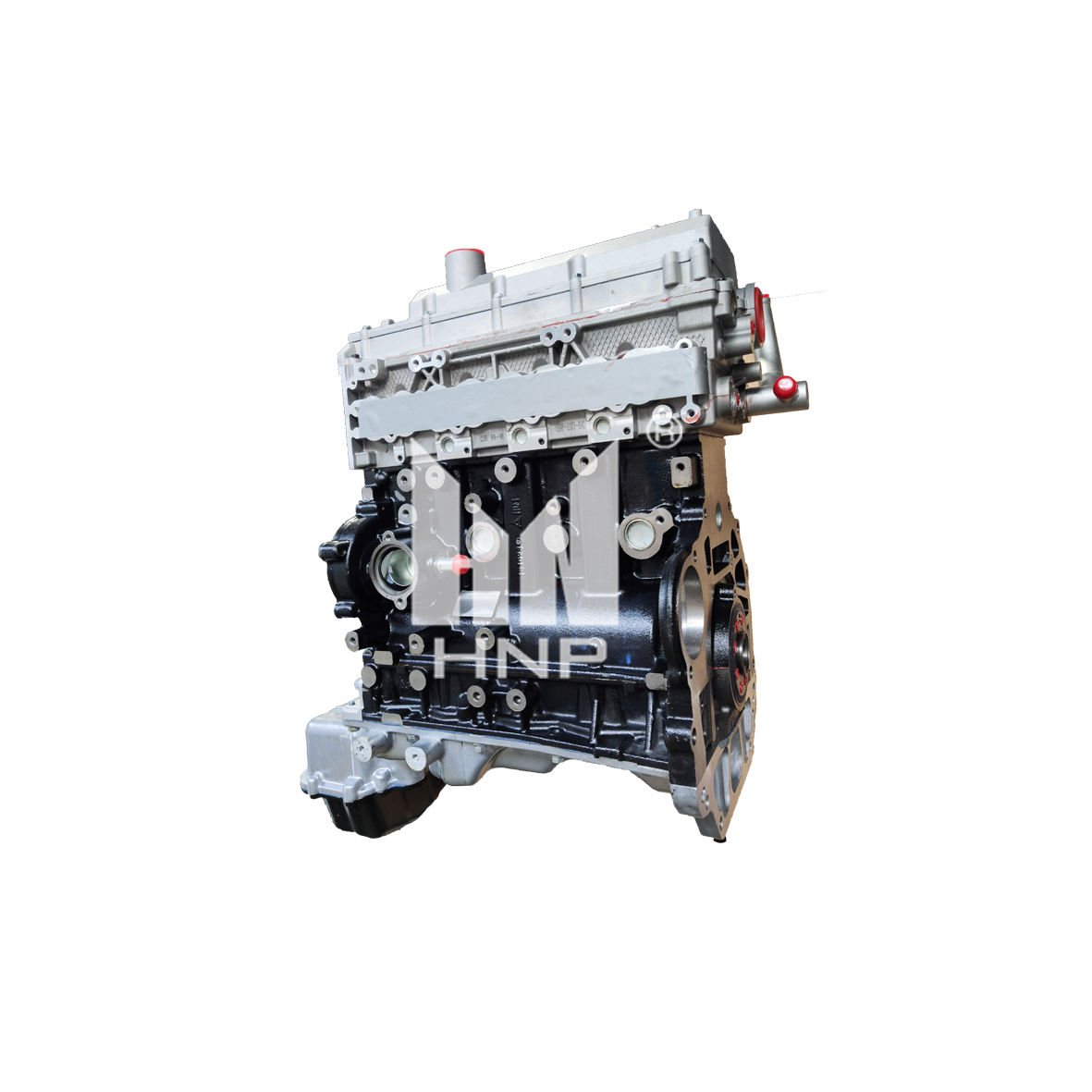
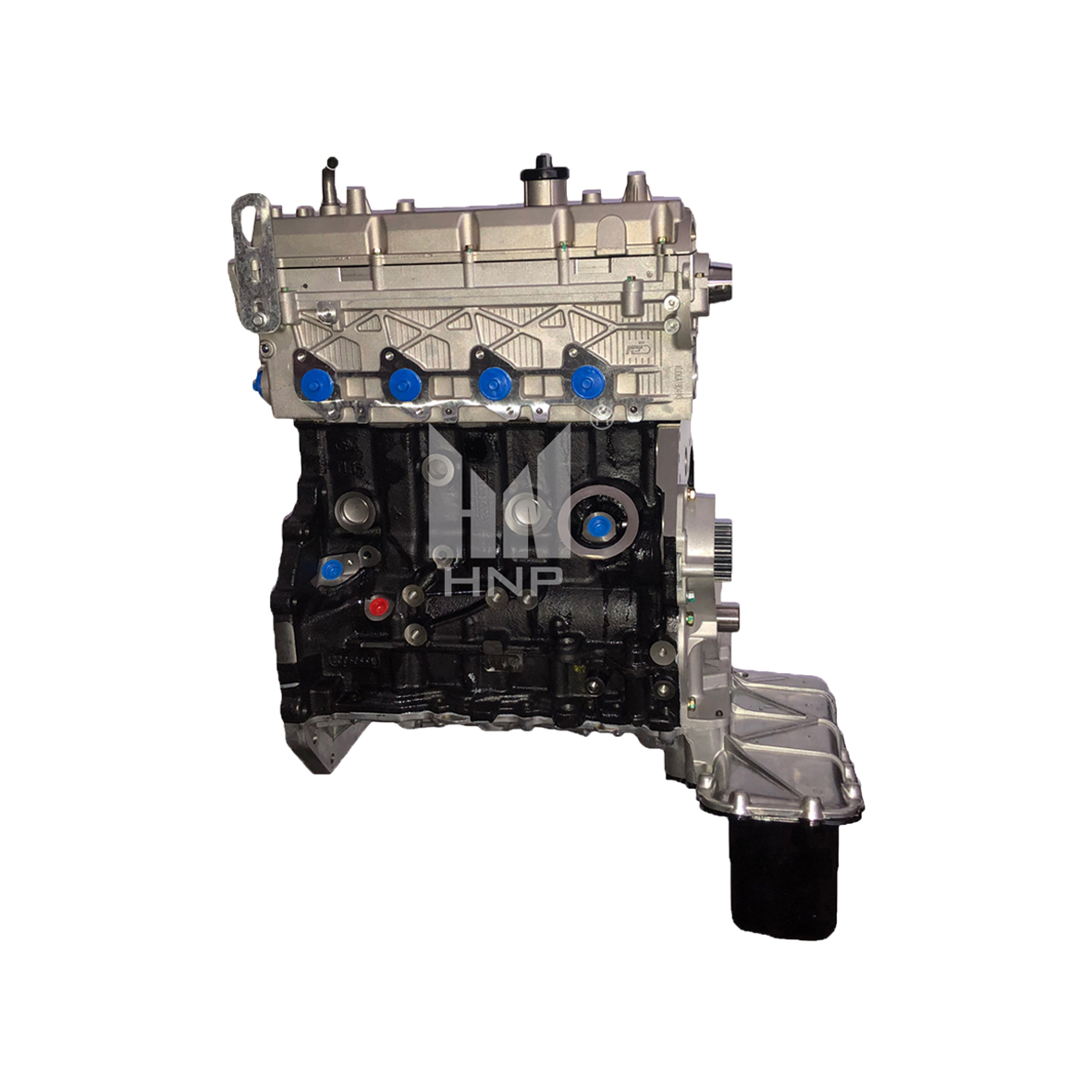
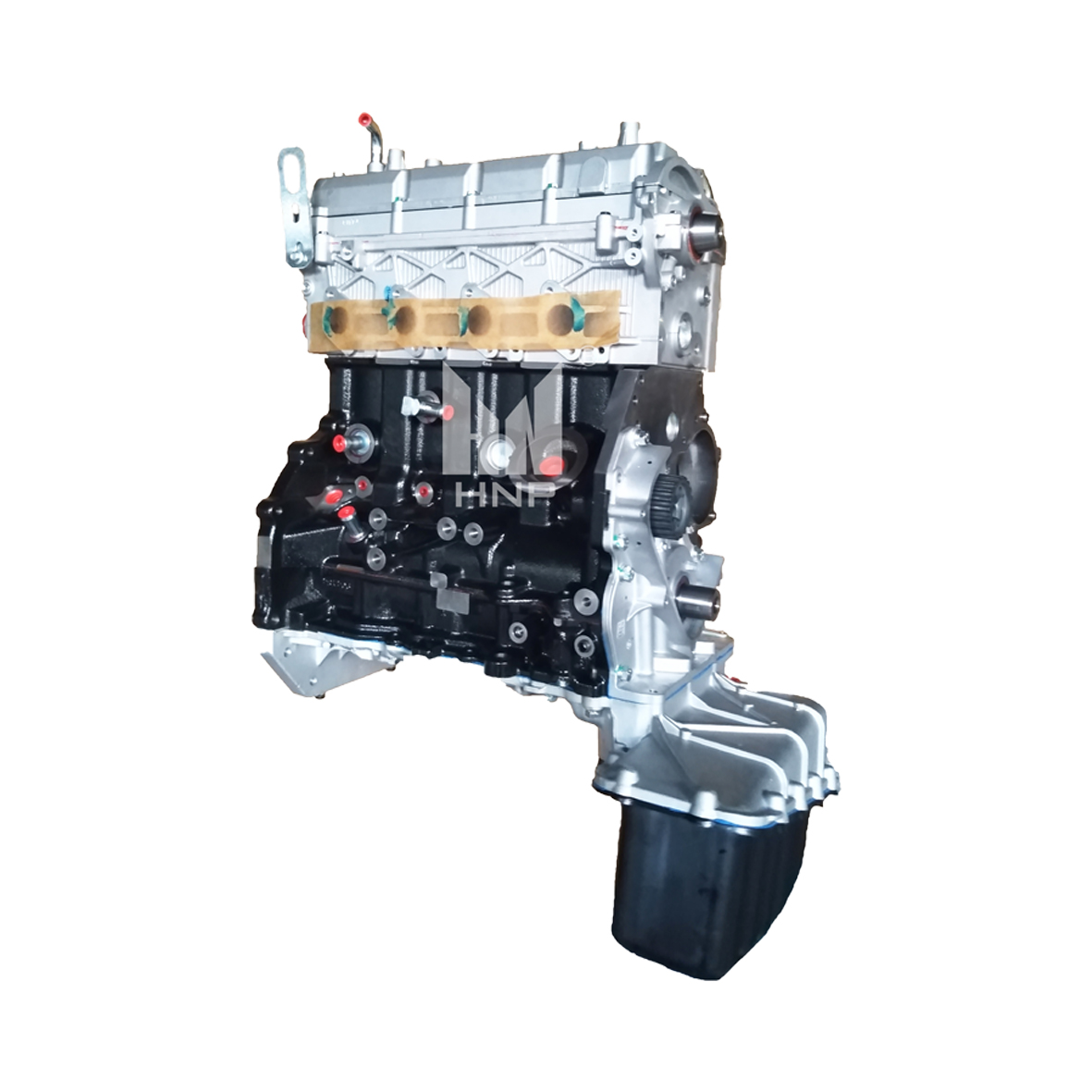
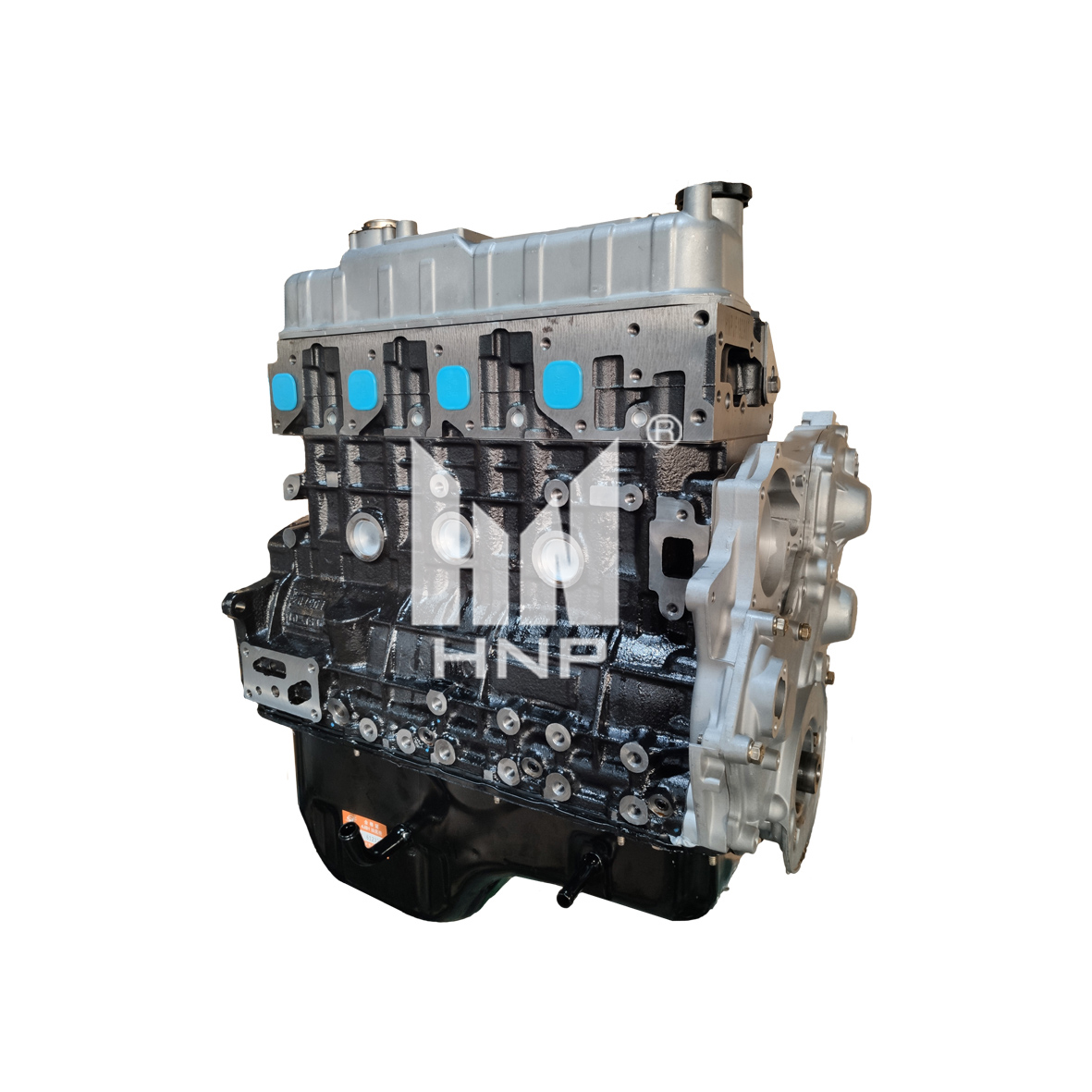
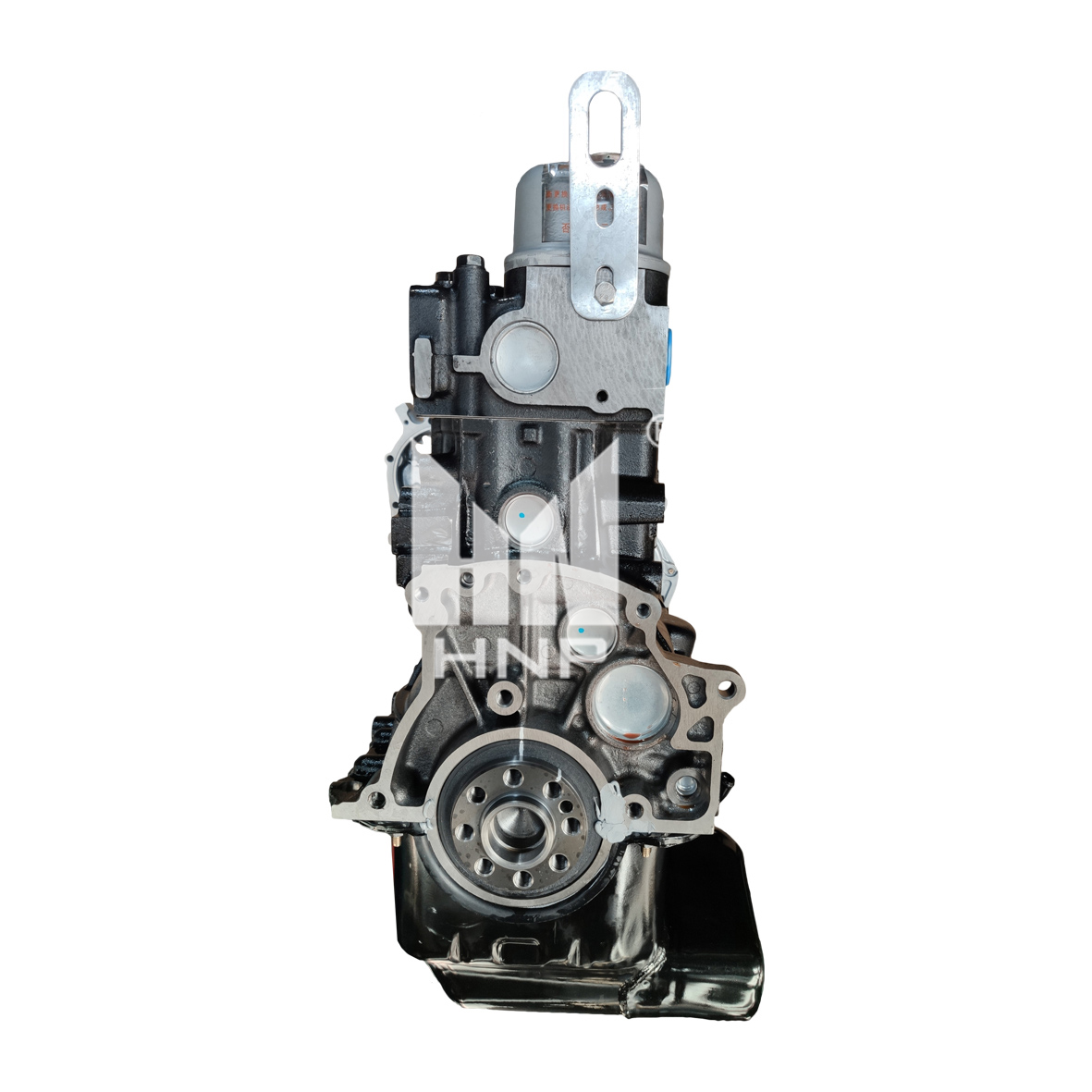
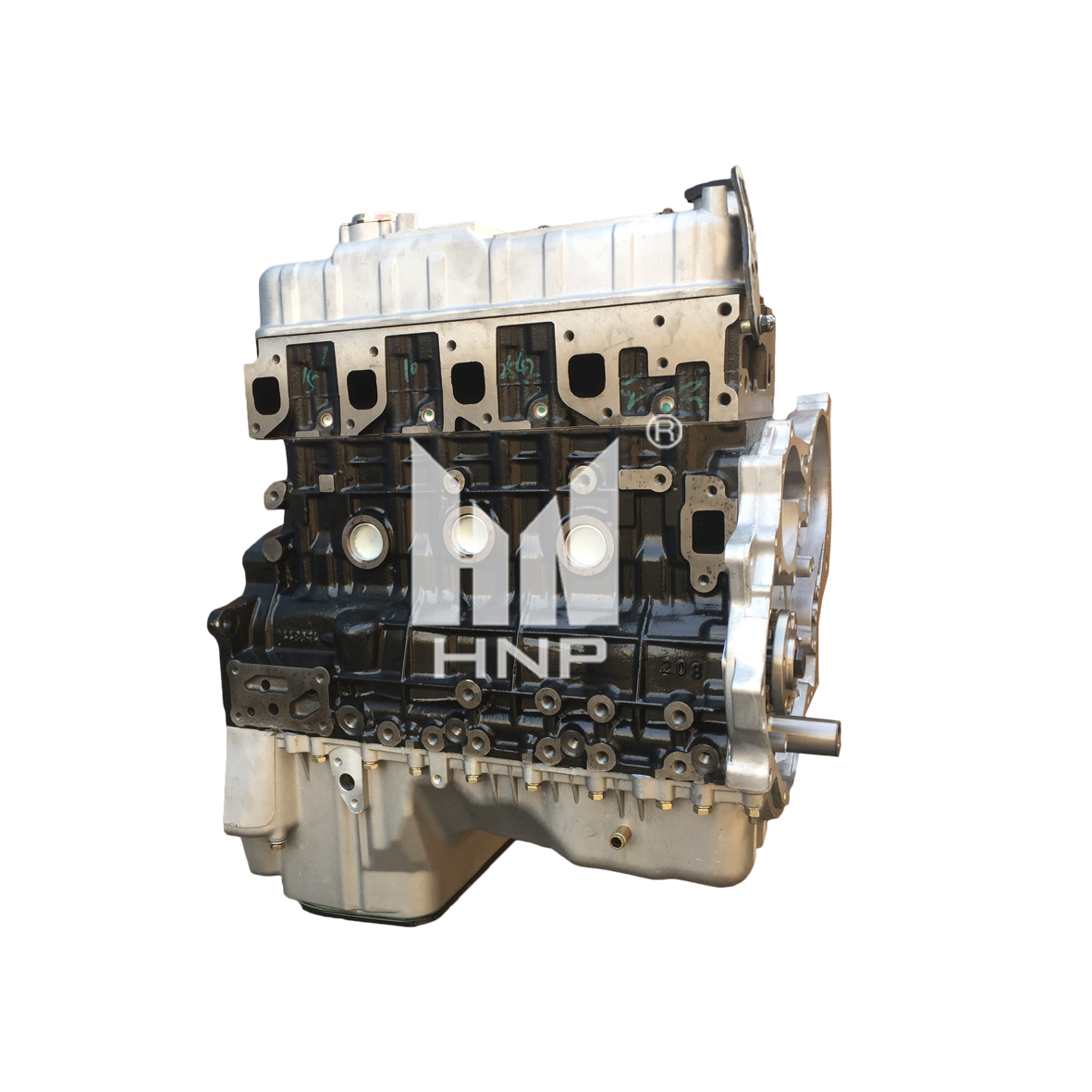
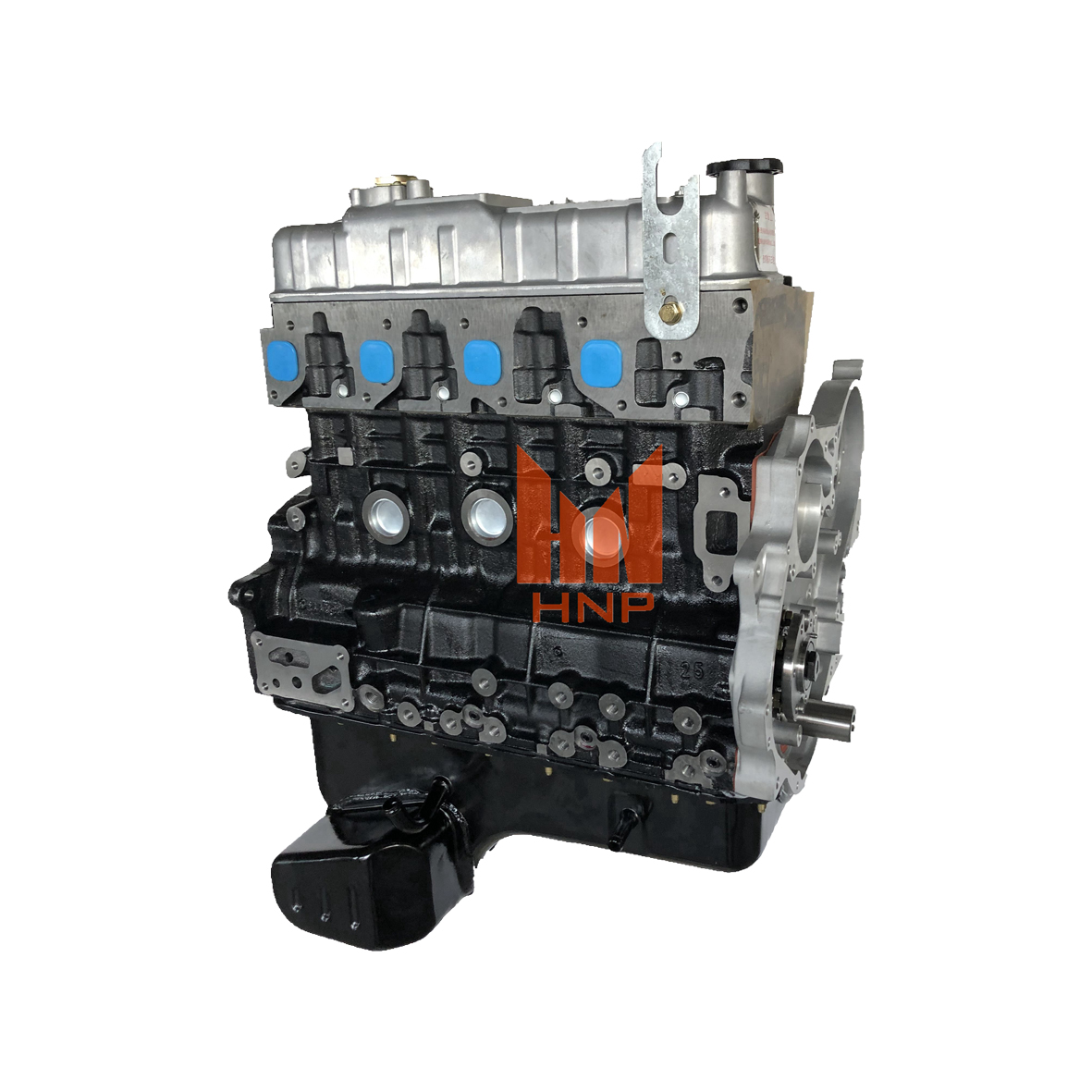

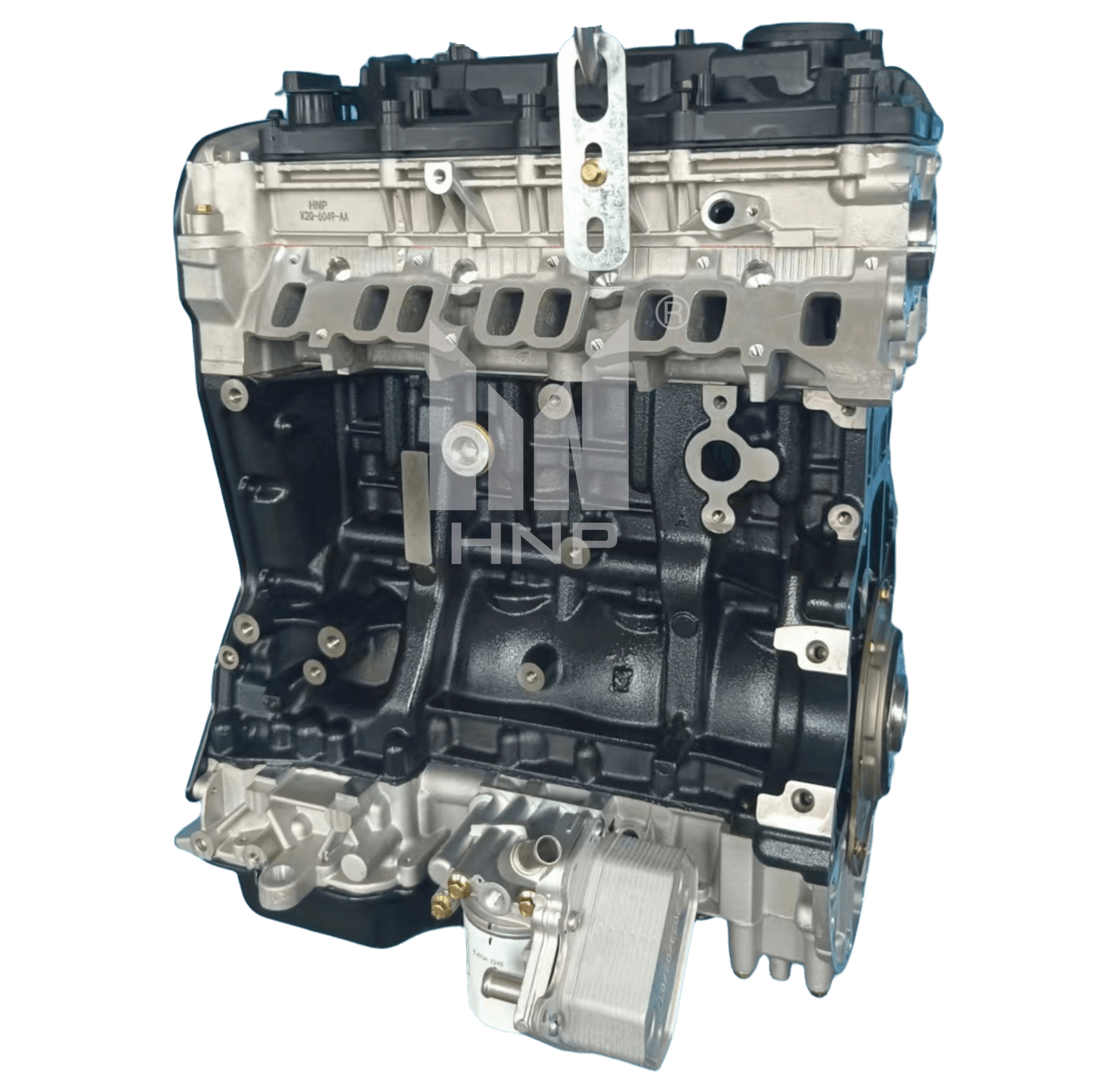
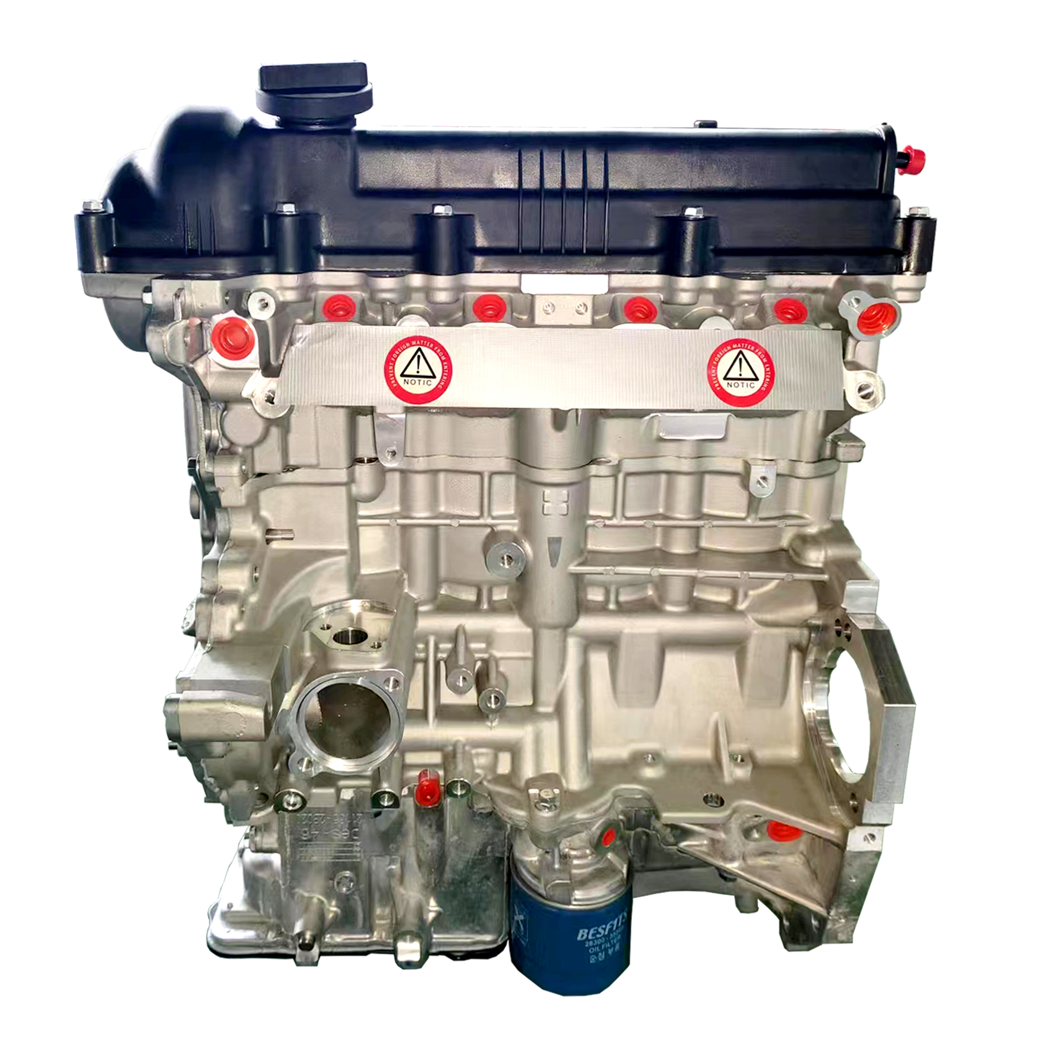
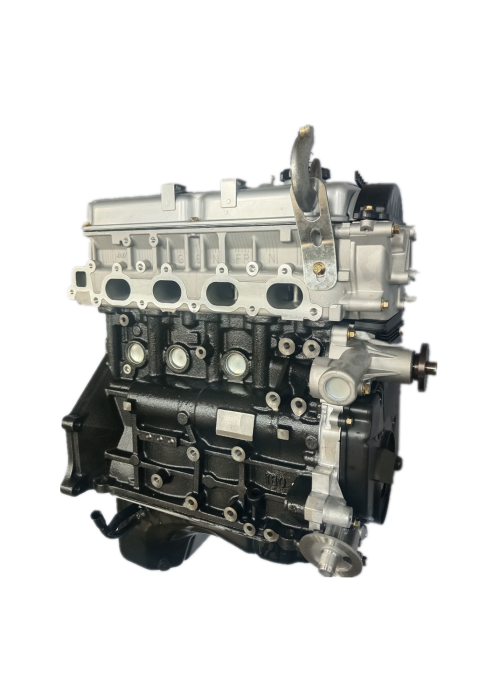
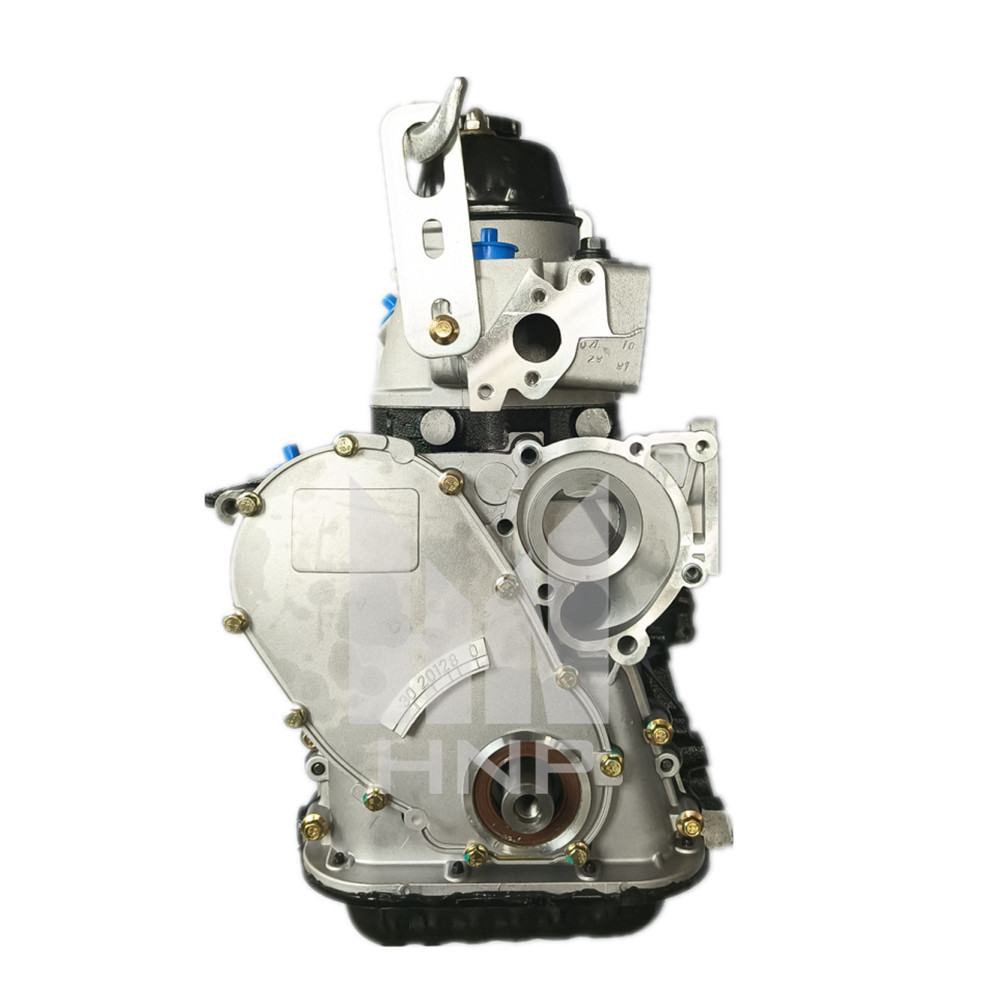
 1.jpg)
.jpg)
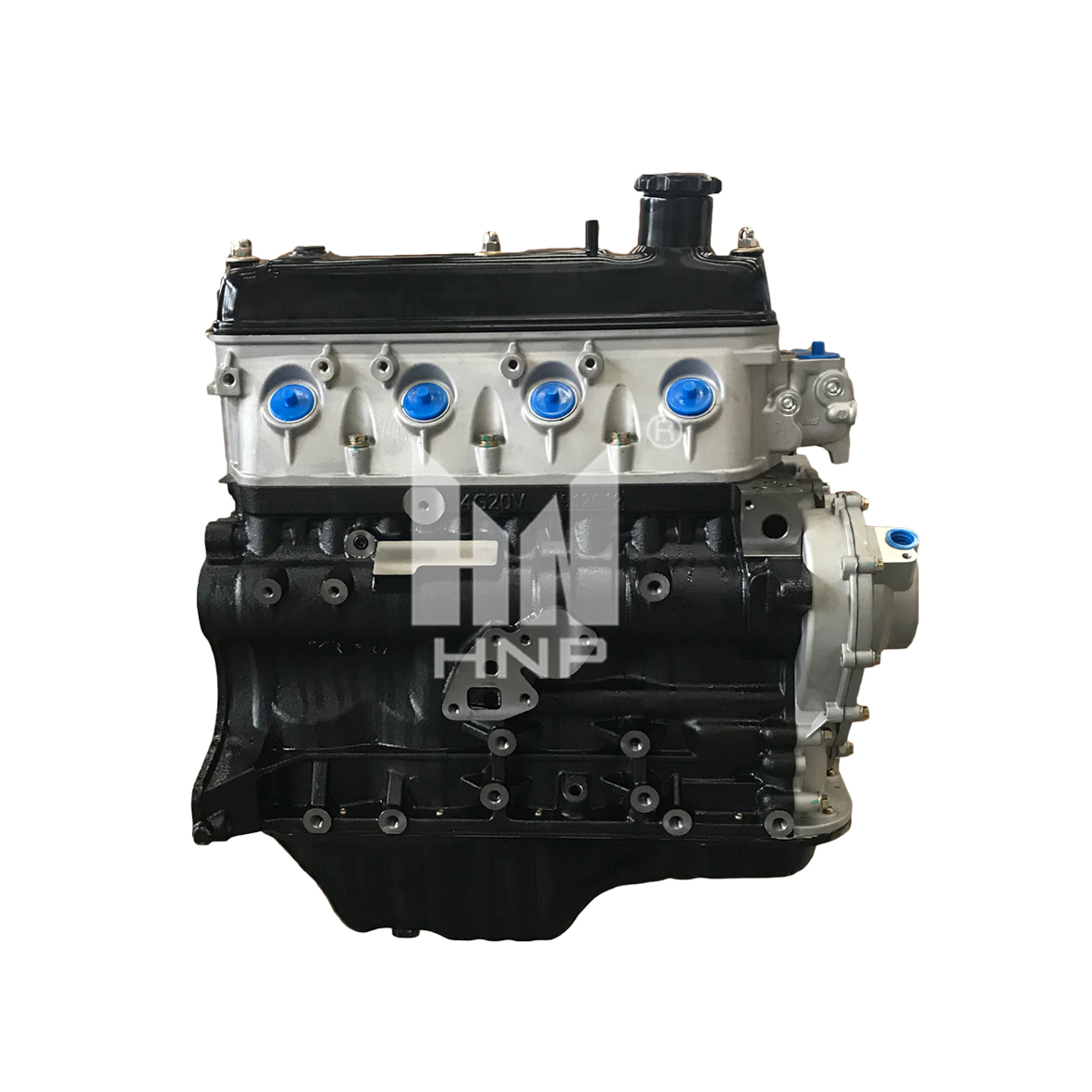
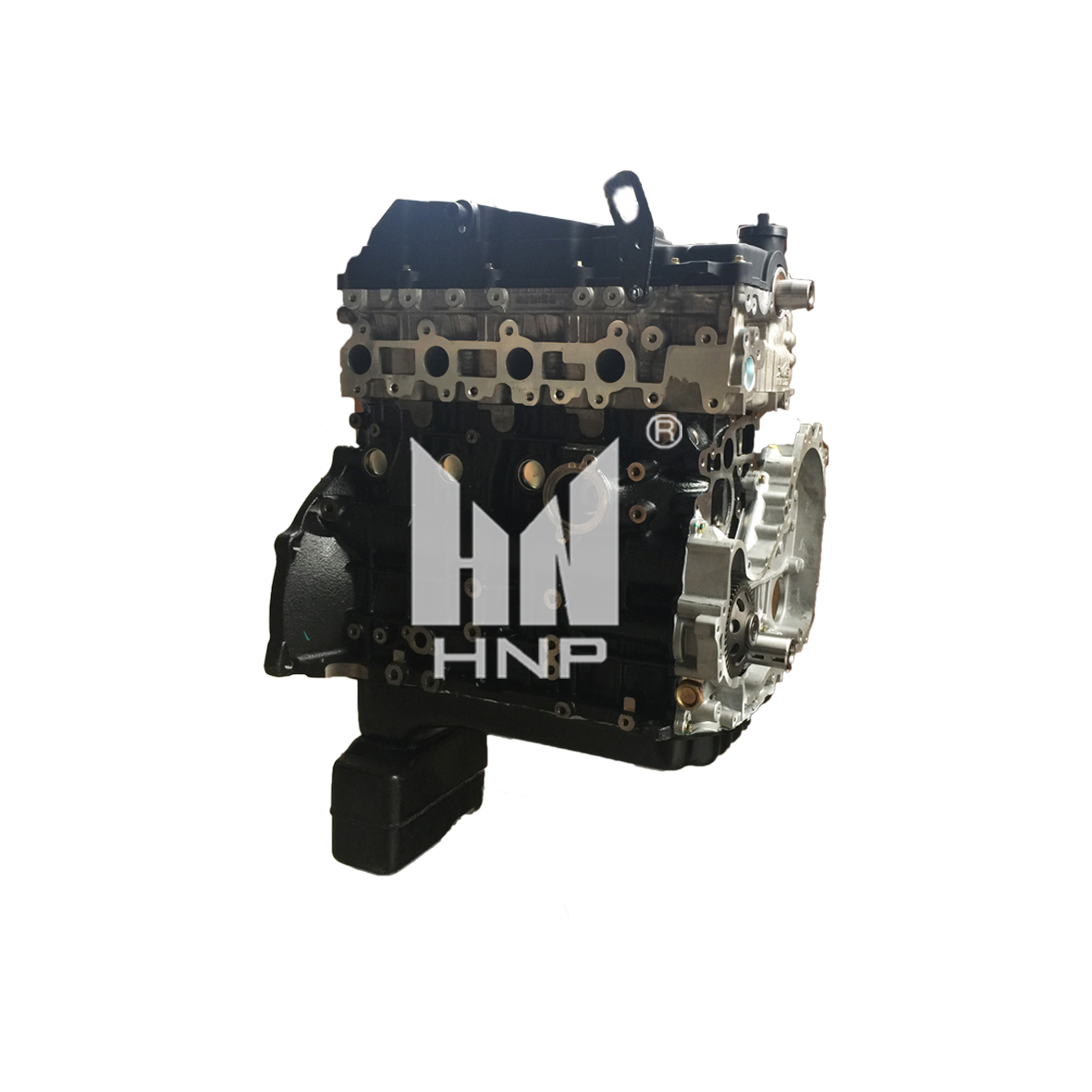
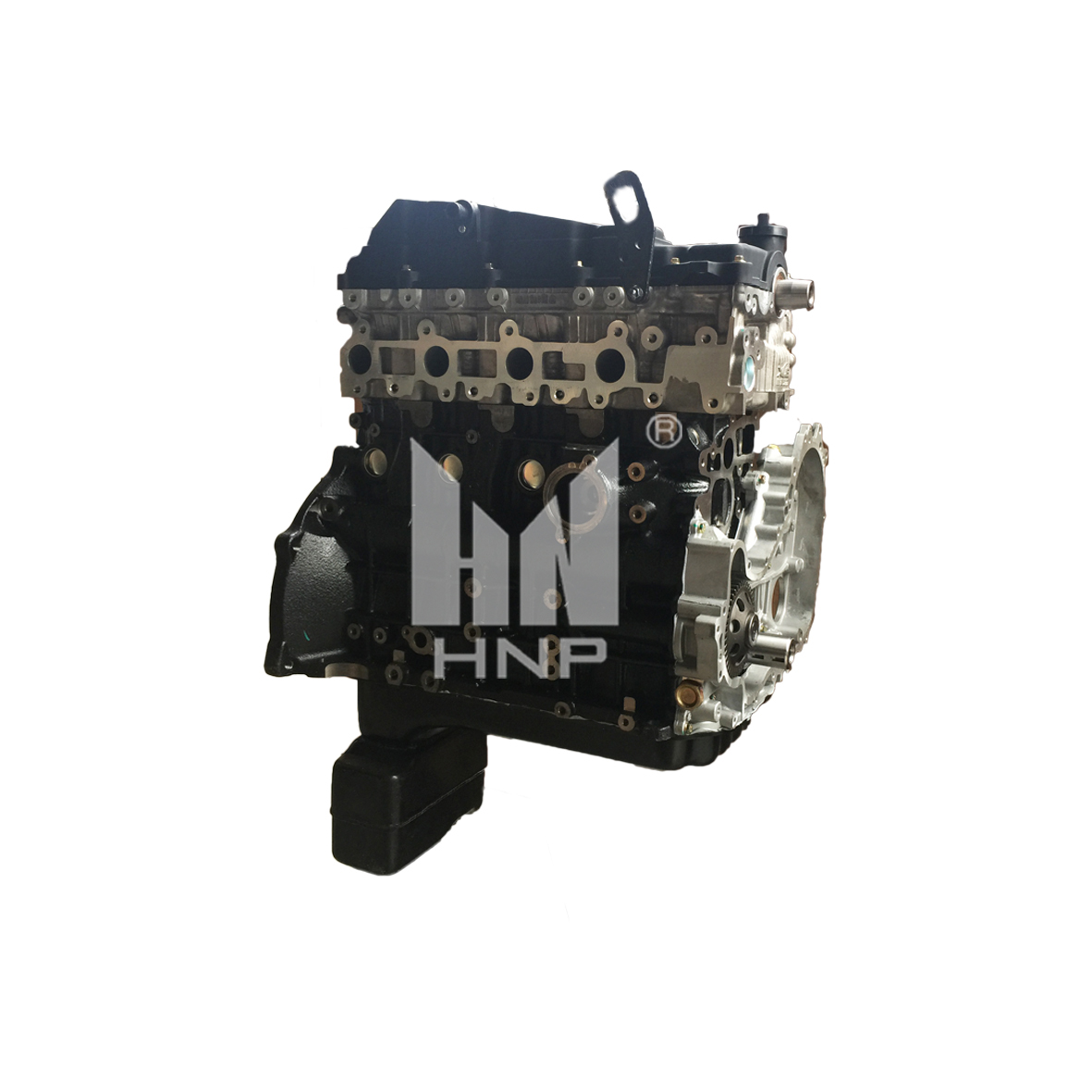
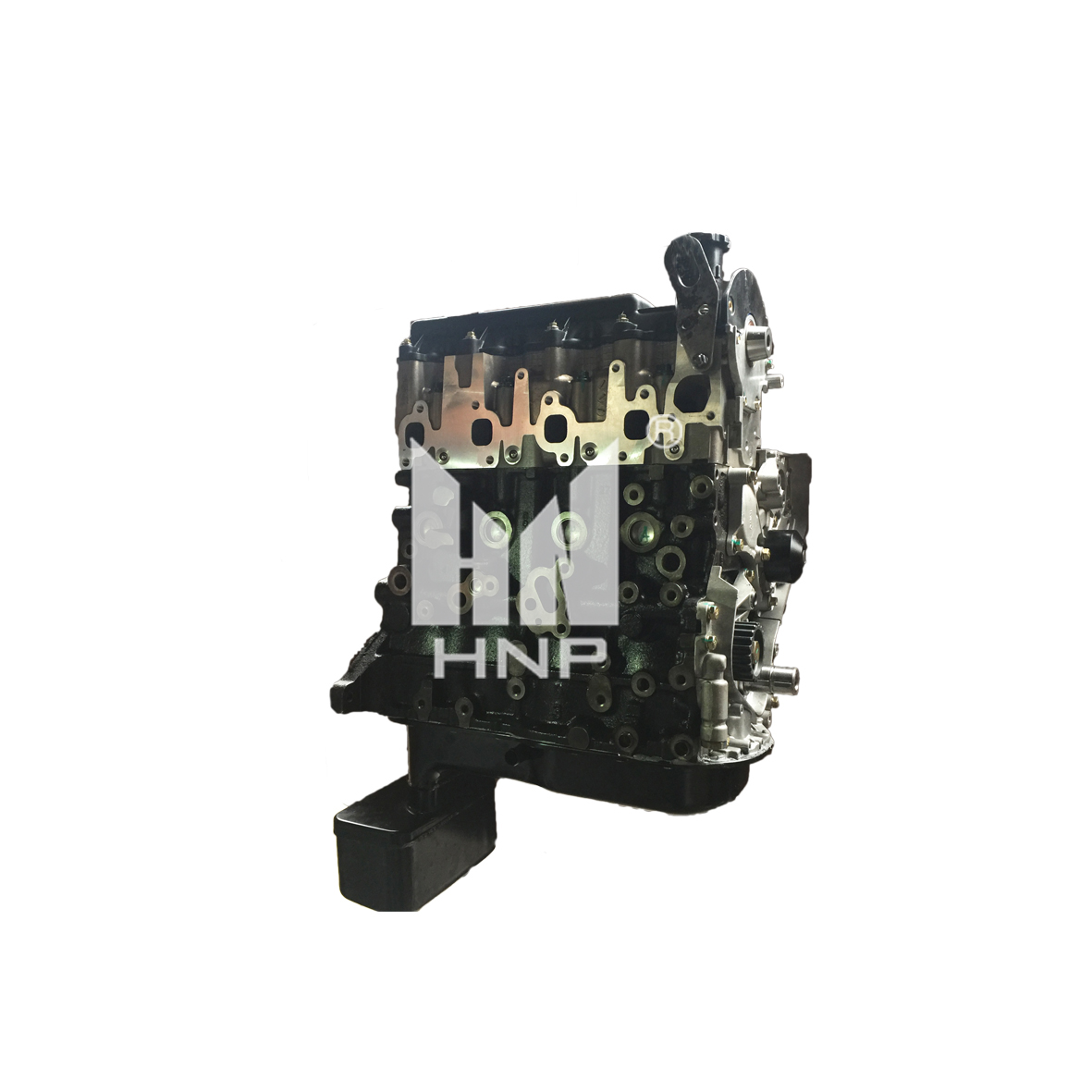
1.jpg)
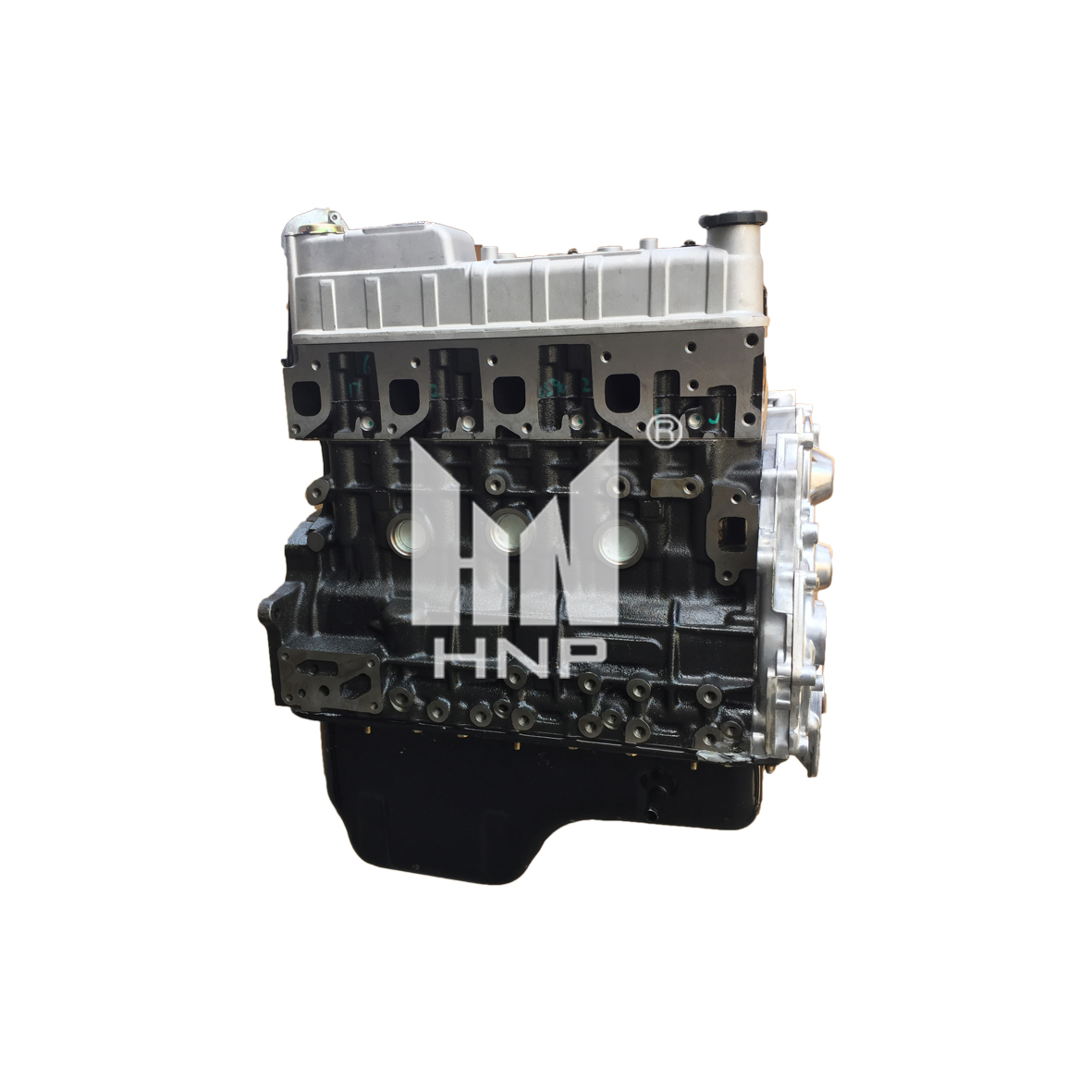

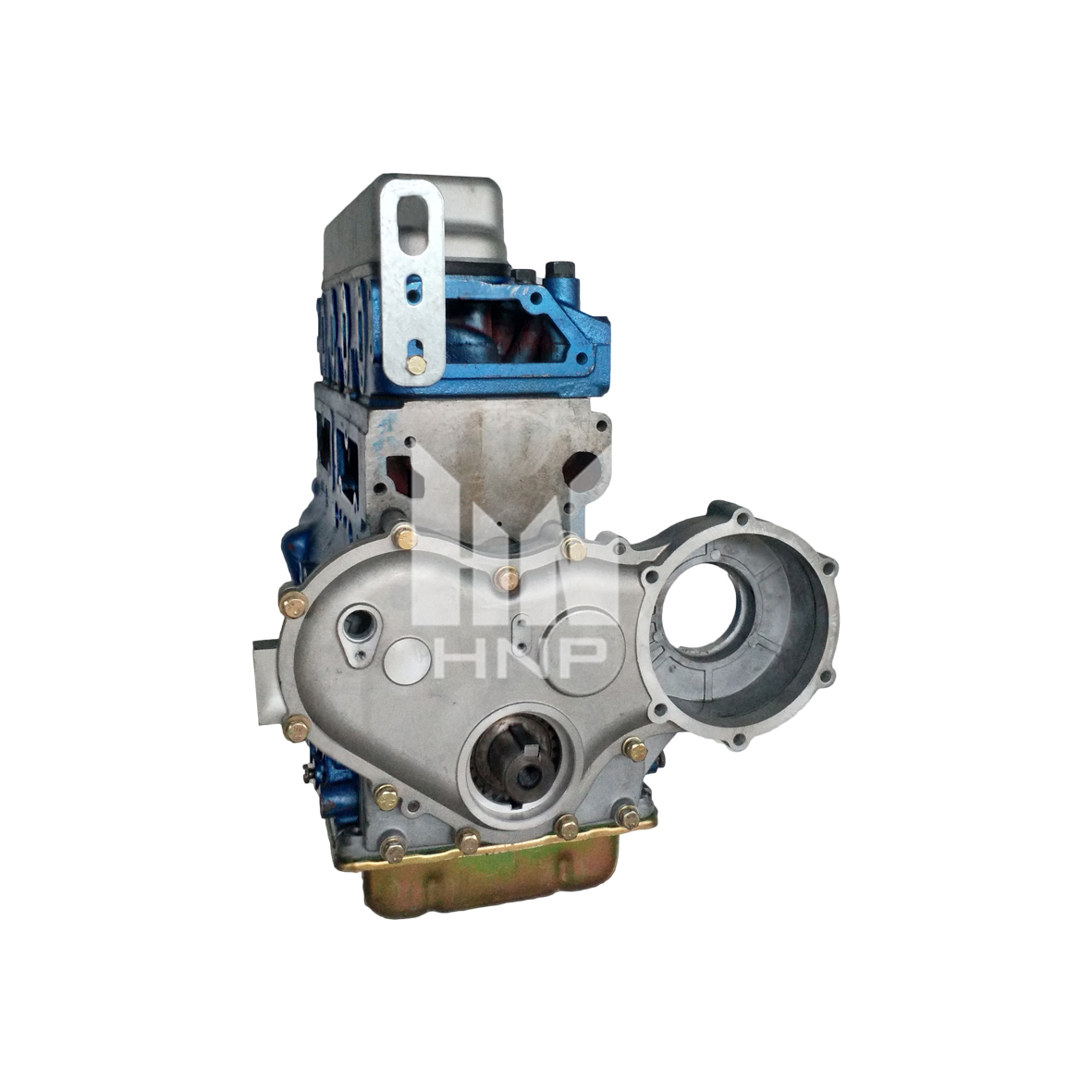
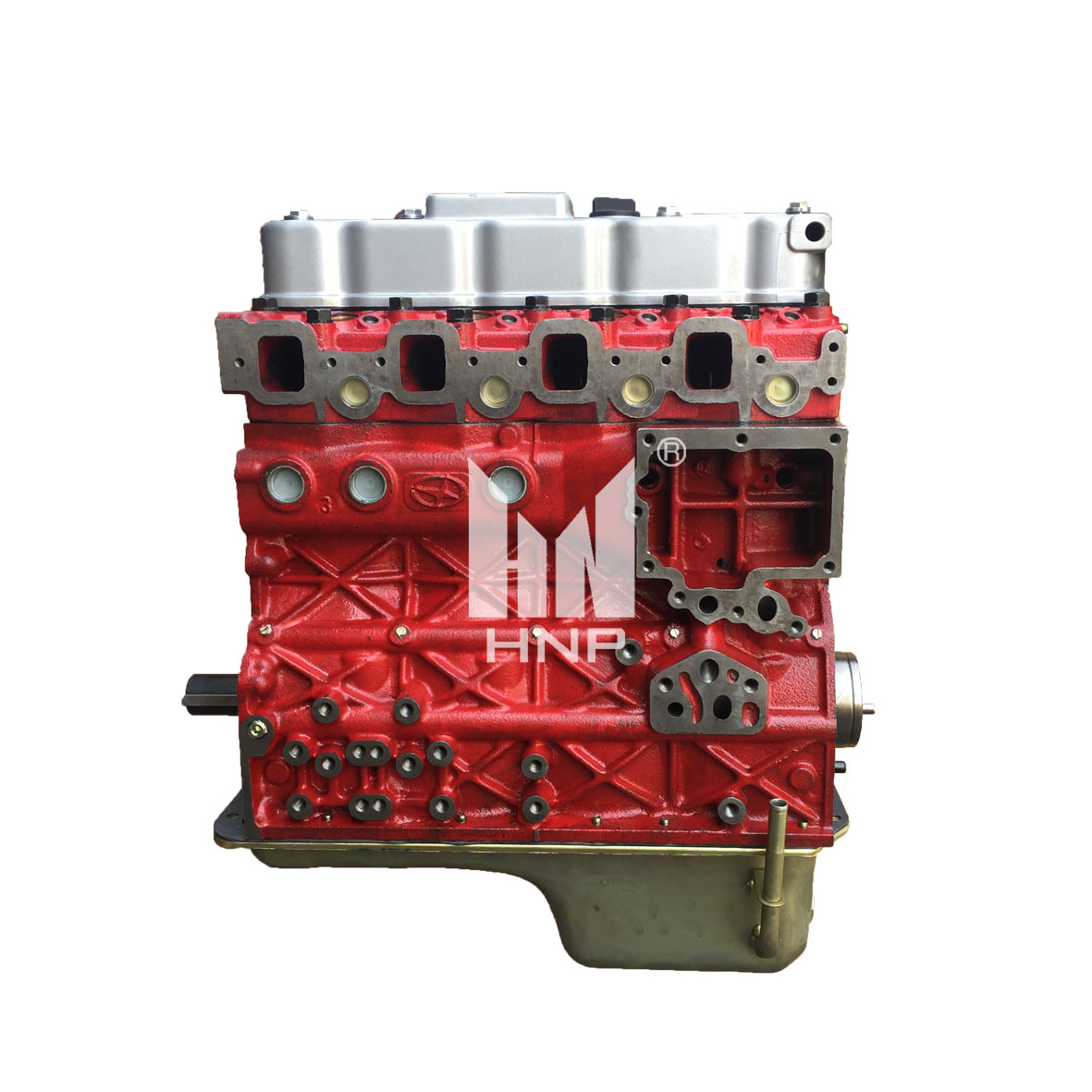
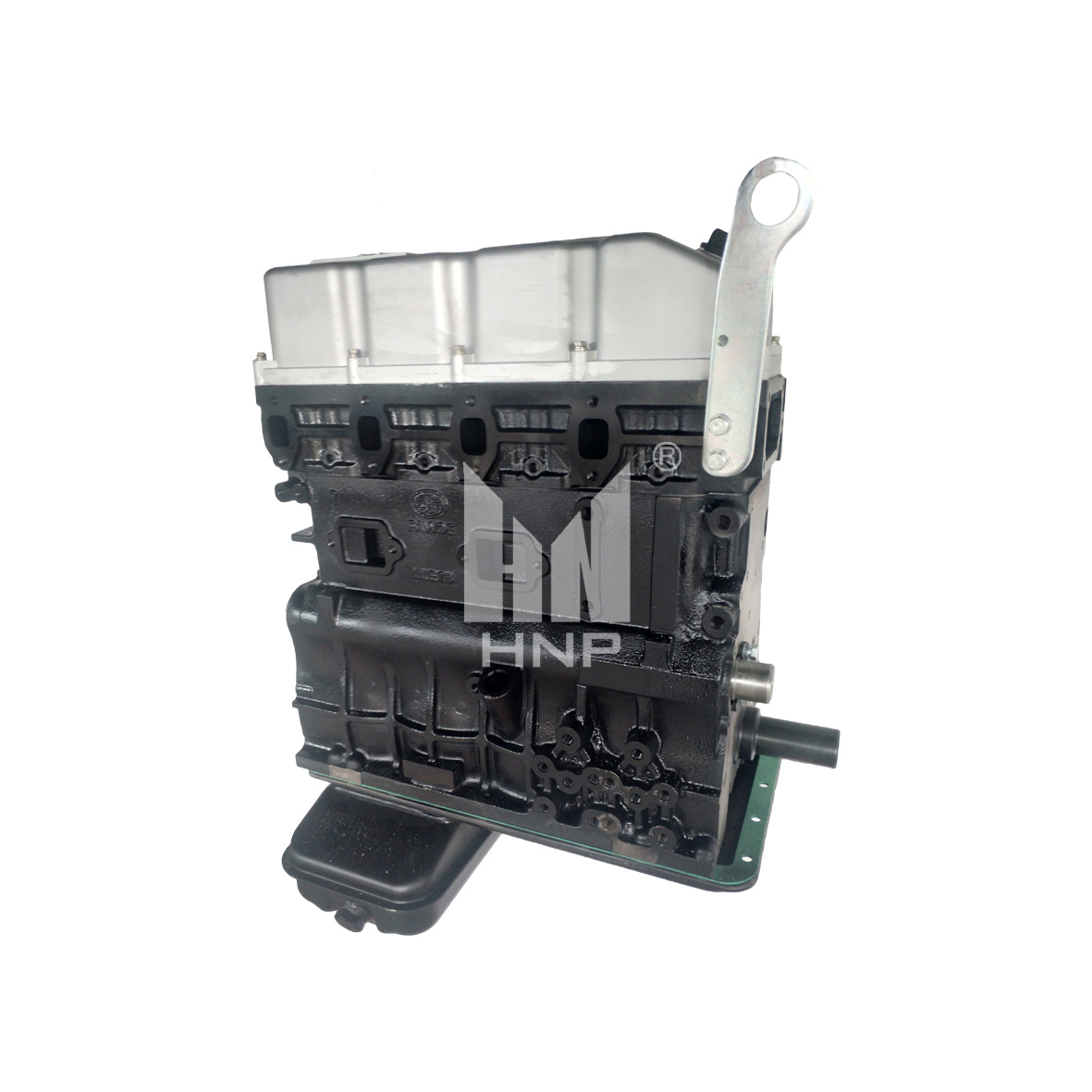
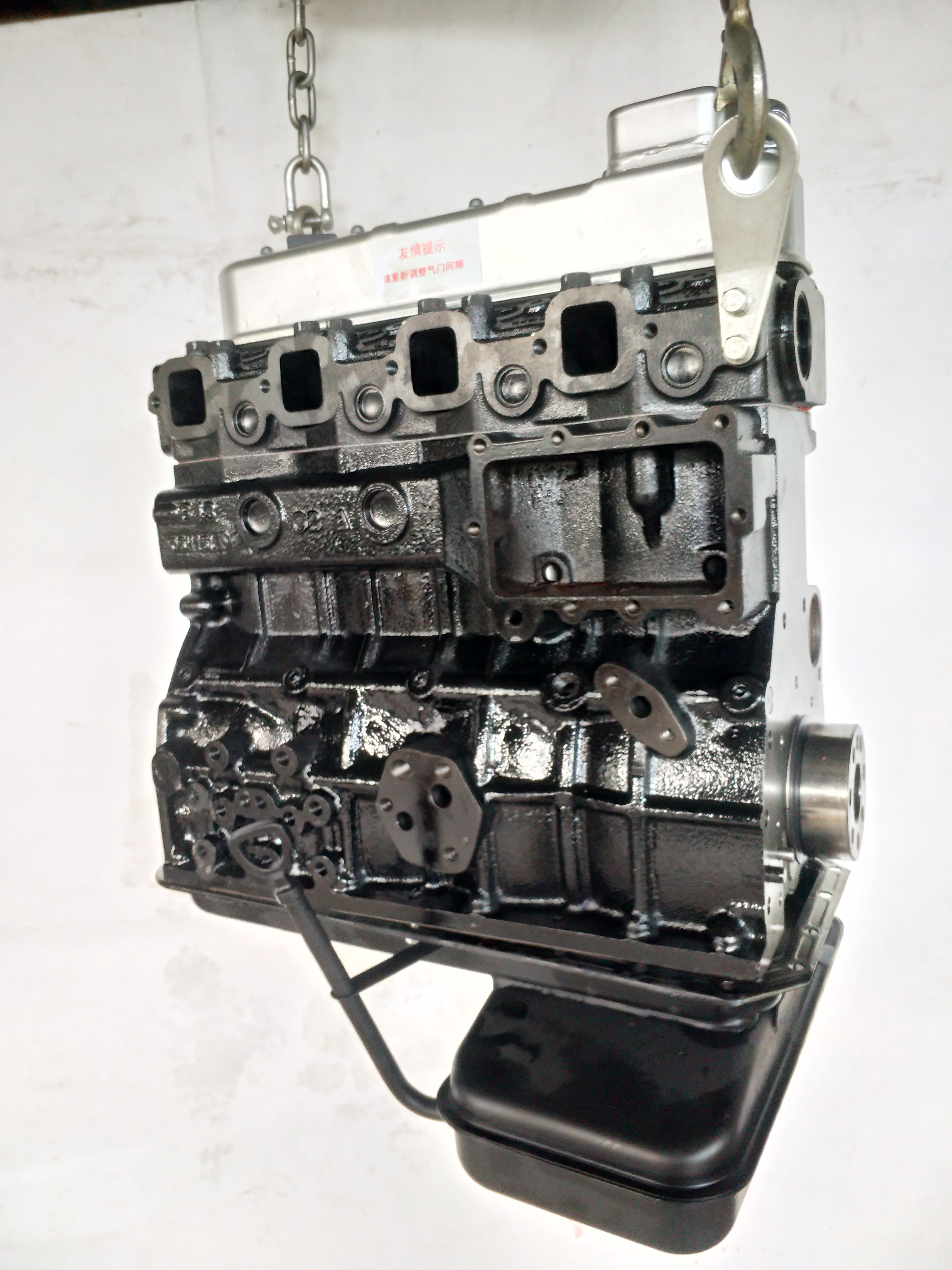
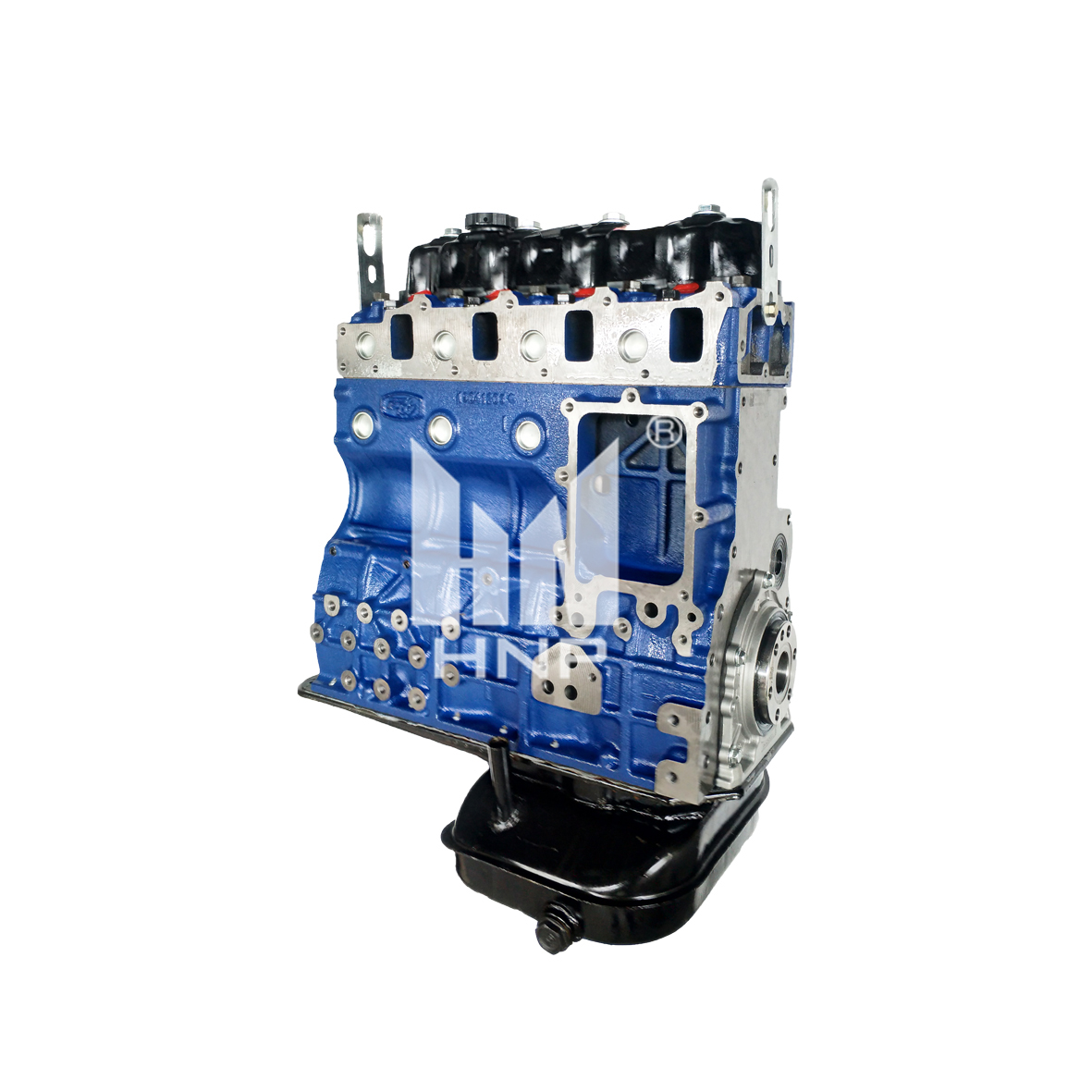
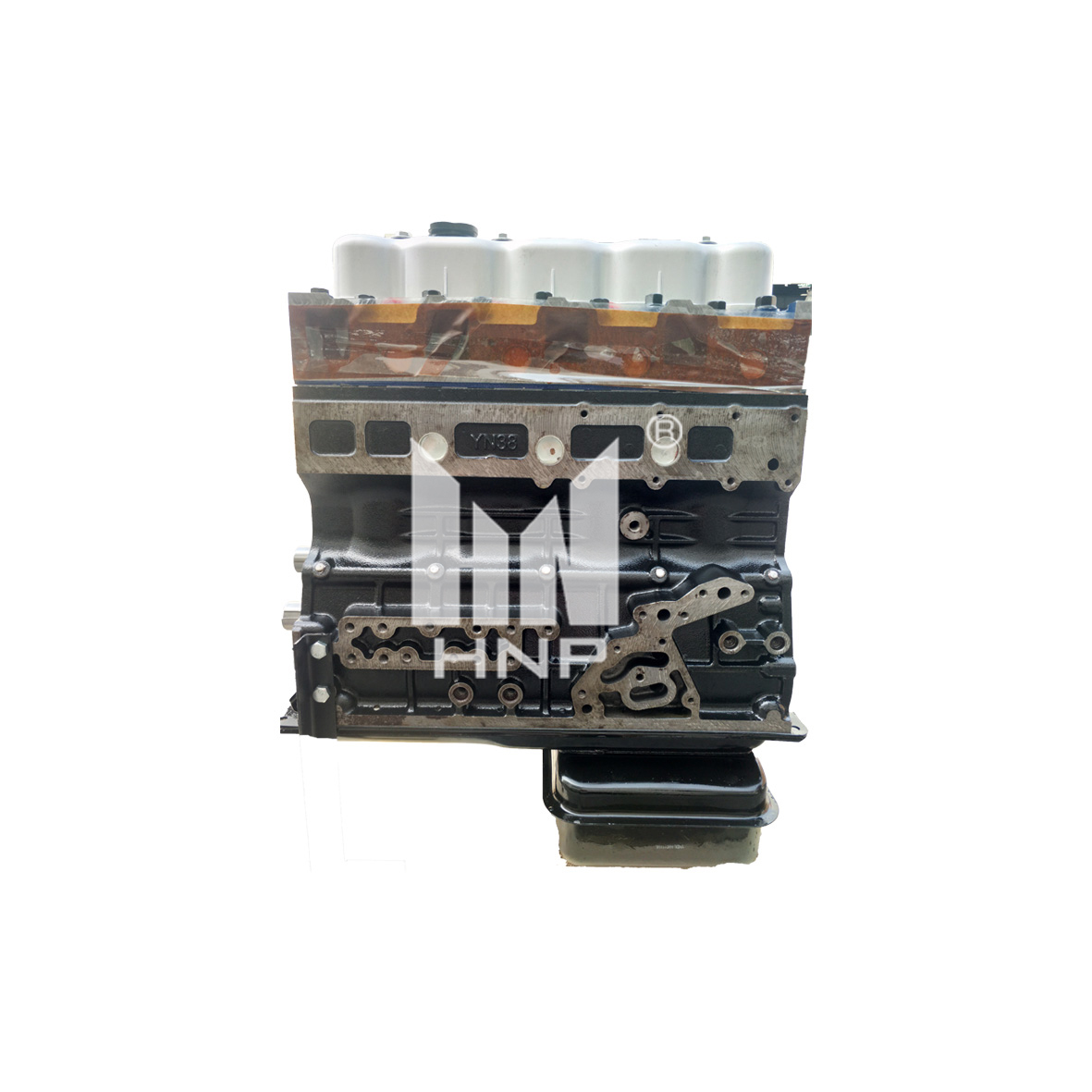
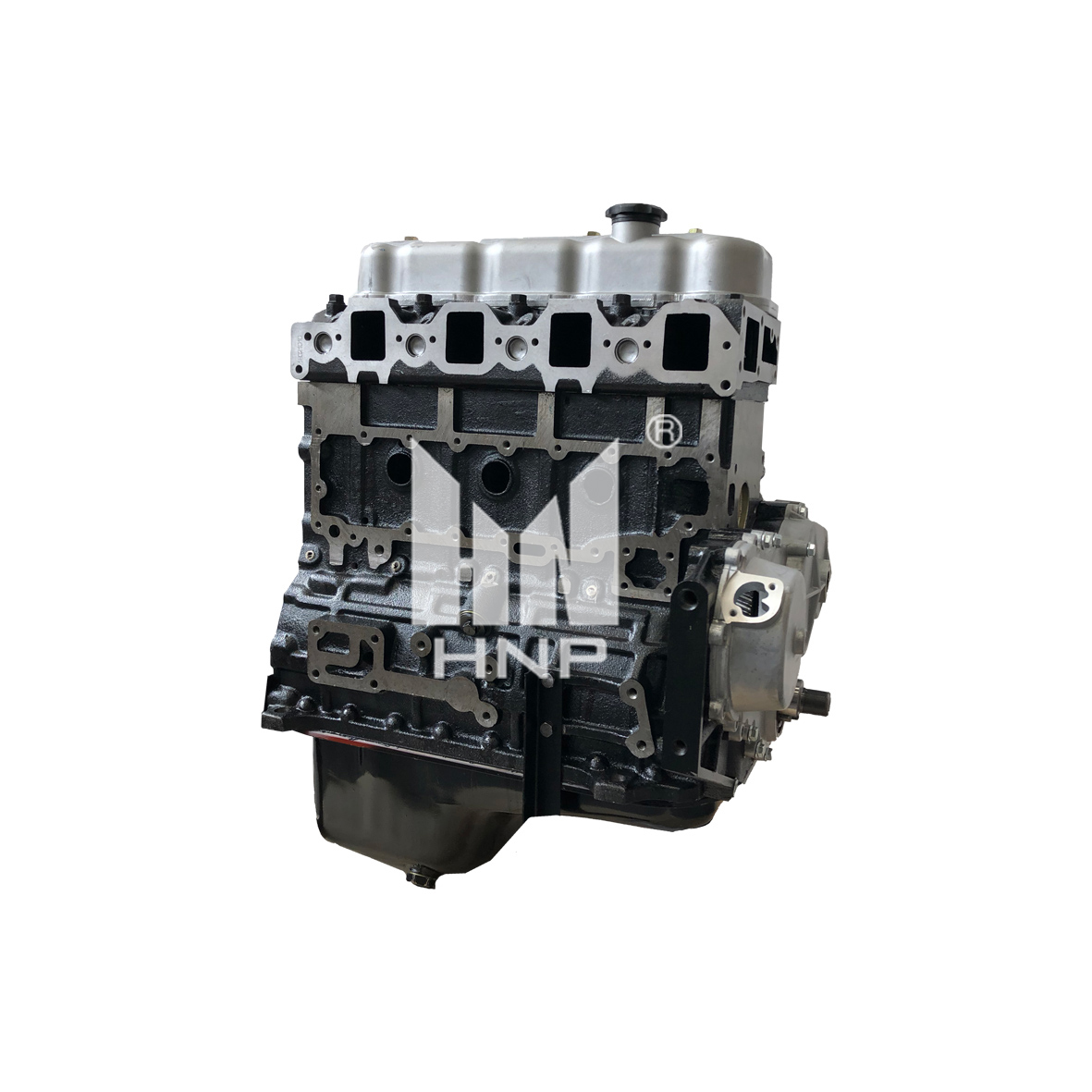

-1.jpg)
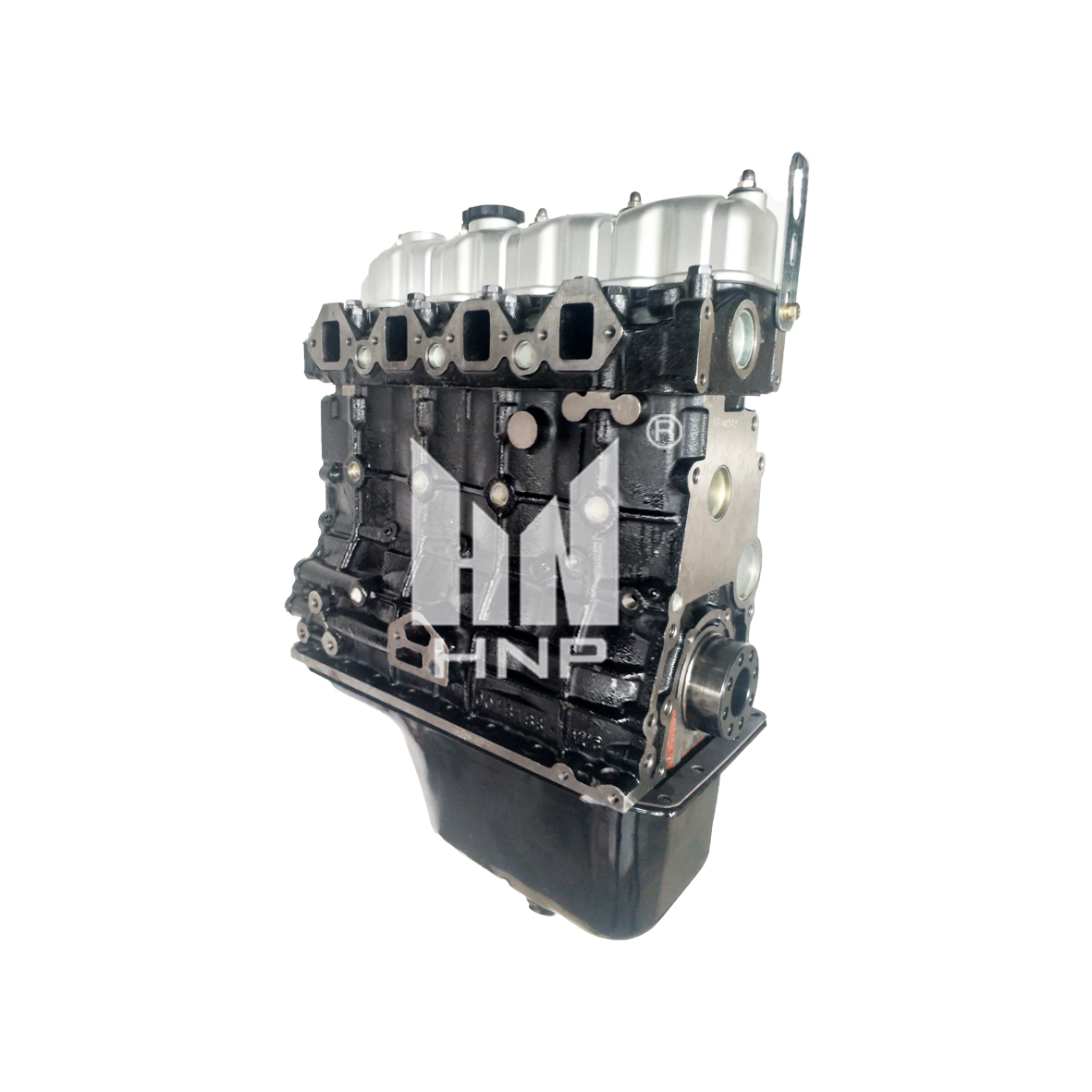
.jpg)
-1.jpg)
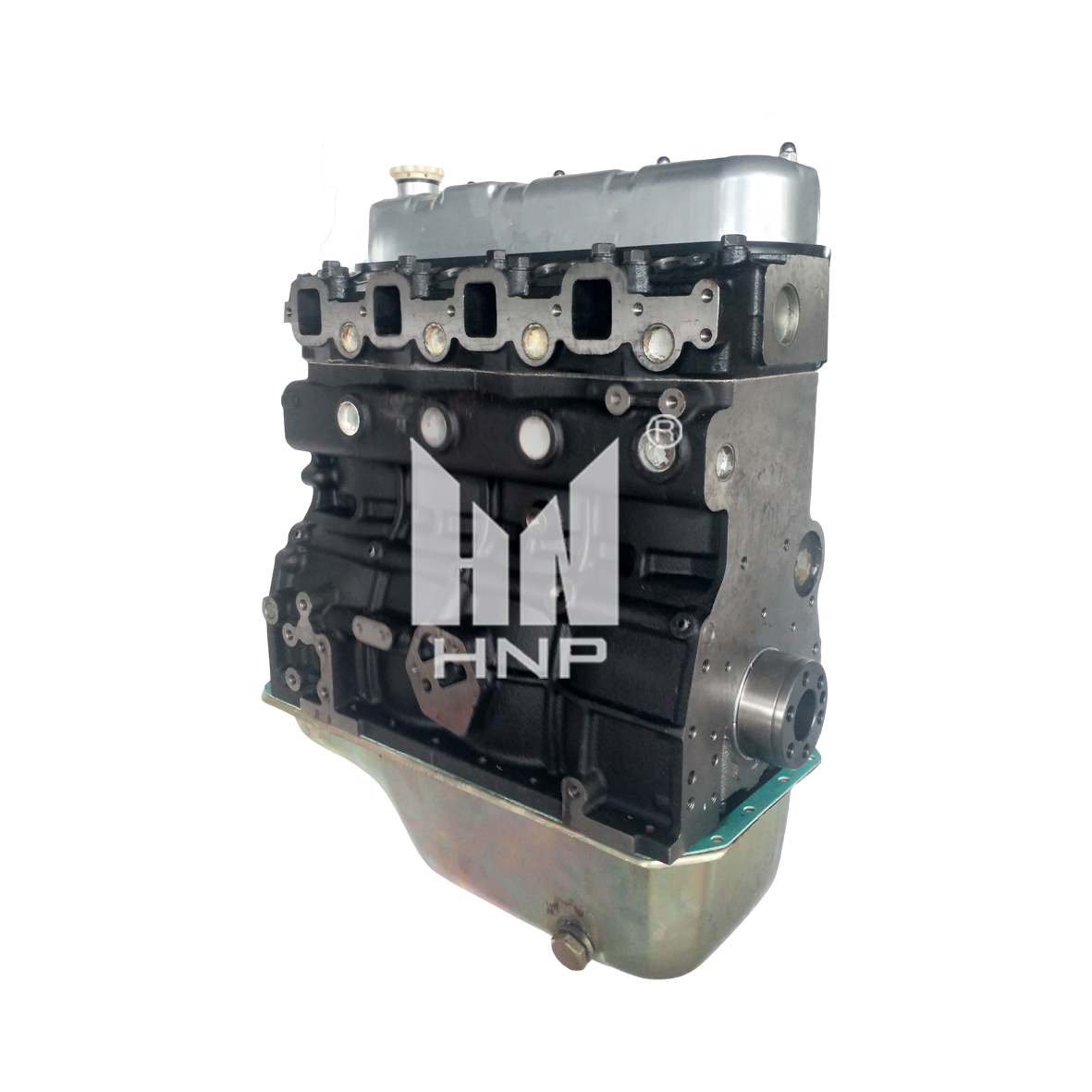
-1.jpg)
